New York City in the 1980s was a dynamic place, full of contrasts and changes. The era saw economic ups and downs, cultural shifts, and significant events that shaped the city’s future. From bustling streets to iconic landmarks, the 1980s were both exciting and challenging.
Life in the 1980s
The city was vibrant, with a mix of people from all walks of life. However, it also faced significant issues like crime and poverty. Despite these problems, many New Yorkers found ways to thrive and enjoy the city’s unique atmosphere.
The subway was an essential part of daily life. Though it was often dirty and plagued with graffiti, it was the fastest way to get around. People relied on it to commute to work, school, and social activities. Street performers, like breakdancers and musicians, added an element of entertainment to the subway experience.
Neighborhoods had distinct identities. Harlem was known for its rich African American culture and history. The Lower East Side was a hub for artists and musicians. Brooklyn neighborhoods like Williamsburg and Park Slope started to attract more young families and professionals.
Read more
Famous Places and Events
Times Square was undergoing a transformation in the 1980s. It was still known for its seediness, with peep shows and adult theaters, but the city began efforts to clean it up. Bright neon signs and bustling crowds made it a focal point for both locals and tourists.
Central Park remained a beloved green space where people went to relax and enjoy outdoor activities. Summer concerts, rollerblading, and picnicking were popular pastimes. The Central Park Zoo reopened in 1988 after extensive renovations, attracting families and animal lovers.
One of the most memorable events of the 1980s was the reopening of the Statue of Liberty in 1986, after a major restoration project. The event marked the statue’s centennial and was celebrated with great fanfare, including a visit from President Ronald Reagan.
Economy and Industry
The economy of New York City in the 1980s saw significant changes. Wall Street experienced a boom, with the stock market reaching new heights. The financial district thrived, and investment banks like Goldman Sachs and Merrill Lynch became powerful players. The 1987 stock market crash, known as Black Monday, was a major event that shook the financial world, but the city eventually bounced back.
Real estate was another key industry. Manhattan’s skyline changed dramatically with the construction of new skyscrapers. The Trump Tower, completed in 1983, became an iconic symbol of the decade’s real estate boom. Luxury condos and office buildings transformed neighborhoods and attracted a new wave of wealthy residents and businesses.
However, not all sectors flourished. Manufacturing continued to decline, leading to job losses in blue-collar industries. This economic disparity contributed to the growing divide between rich and poor in the city.
Construction and Infrastructure
The 1980s saw significant construction projects that reshaped the city. The Jacob K. Javits Convention Center opened in 1986, providing a modern venue for conventions and events. Battery Park City, a large, planned community on the Hudson River, began to take shape, offering new residential and commercial spaces.
The city also made efforts to improve public infrastructure. Subway cars were gradually refurbished, and graffiti was removed. The city invested in parks and public spaces, aiming to make them safer and more welcoming. Despite these efforts, some areas still struggled with neglect and decay.
Restaurants and Food
New York City’s food scene in the 1980s was diverse and evolving. Fine dining restaurants, like Le Bernardin and The Four Seasons, offered upscale dining experiences that attracted gourmets and celebrities. These establishments were known for their exquisite menus and impeccable service.
Italian restaurants in Little Italy, Chinese eateries in Chinatown, and Jewish delis on the Lower East Side were popular spots. Indian, Thai, and Japanese restaurants also gained popularity, introducing New Yorkers to a wider range of flavors.
Street food was a quintessential part of city life. Hot dog stands, pretzel carts, and food trucks served quick, affordable meals. Nathan’s Famous in Coney Island continued to draw crowds for its legendary hot dogs. Pizza joints like Lombardi’s and Ray’s Pizza were favorites for a quick slice.
Entertainment and Culture
Entertainment was a central part of life in New York City during the 1980s. Broadway flourished, with musicals like “Cats” and “Les Misérables” becoming huge hits. Off-Broadway theaters offered more experimental and avant-garde productions, catering to diverse tastes.
The music scene was vibrant and varied. Clubs like Studio 54 and the Palladium were hotspots for nightlife, attracting celebrities and partygoers. Punk rock and new wave bands performed at CBGB, while hip-hop culture continued to grow in the Bronx and Brooklyn. Artists like Run-DMC and LL Cool J brought hip-hop into the mainstream.
Art thrived in the city, with SoHo becoming a hub for contemporary art galleries. Street art and graffiti also became prominent, with artists like Keith Haring and Jean-Michel Basquiat gaining recognition. The city’s museums, like the Museum of Modern Art and the Metropolitan Museum of Art, continued to attract visitors with their impressive collections.
Social Issues
Crime was a major issue, with high rates of violent crime and drug-related offenses. The crack epidemic hit the city hard, leading to increased police presence and efforts to combat drug trafficking. Despite these challenges, community organizations worked to improve safety and support affected families.
Homelessness became a visible problem, as economic disparities left many without stable housing. Shelters and social services struggled to keep up with the growing need. Advocacy groups and charities worked to provide assistance and push for policy changes to address the crisis.
Fashion and Lifestyle
Fashion in the 1980s was bold and expressive. Women’s fashion included power suits with shoulder pads, flashy jewelry, and vibrant colors. Men’s fashion featured casual looks with denim, leather jackets, and sneakers. Designers like Calvin Klein, Donna Karan, and Ralph Lauren made a significant impact on the fashion scene.
Fitness became a major trend, with aerobics classes, jogging, and gym memberships becoming popular. Jane Fonda’s workout videos inspired many to get active and stay fit. Central Park and other public spaces were filled with joggers and fitness enthusiasts.
Television and movies played a big role in daily life. Shows like “Dallas,” “Dynasty,” and “Cheers” were hugely popular. New York City was often featured in films, showcasing its iconic landmarks and vibrant street life. Movies like “Ghostbusters,” “Wall Street,” and “Working Girl” captured different aspects of the city’s character.
Technology and Innovation
The 1980s saw significant technological advancements that impacted daily life. Personal computers began to enter homes and offices, changing how people worked and communicated. Companies like IBM and Apple led the way in making technology more accessible.
The city’s communications infrastructure improved with the introduction of cable television and the growth of telecommunications. Mobile phones were still a novelty, but they began to appear among the city’s business elite. These technological changes laid the groundwork for the digital revolution that would come in the following decades.
Education and Public Services
Education in New York City faced challenges in the 1980s. Public schools struggled with budget cuts, overcrowding, and aging facilities. However, efforts were made to improve education quality through reforms and investments. Magnet schools and specialized programs aimed to provide better opportunities for students.
Higher education institutions like Columbia University and New York University continued to attract students from around the world. These universities expanded their programs and facilities, contributing to the city’s reputation as a center for learning and innovation.
Public services were stretched thin due to economic constraints, but the city made efforts to improve sanitation, healthcare, and public safety. Hospitals and clinics worked to address the needs of a growing and diverse population. Police and fire departments faced challenges but continued to serve and protect the community.


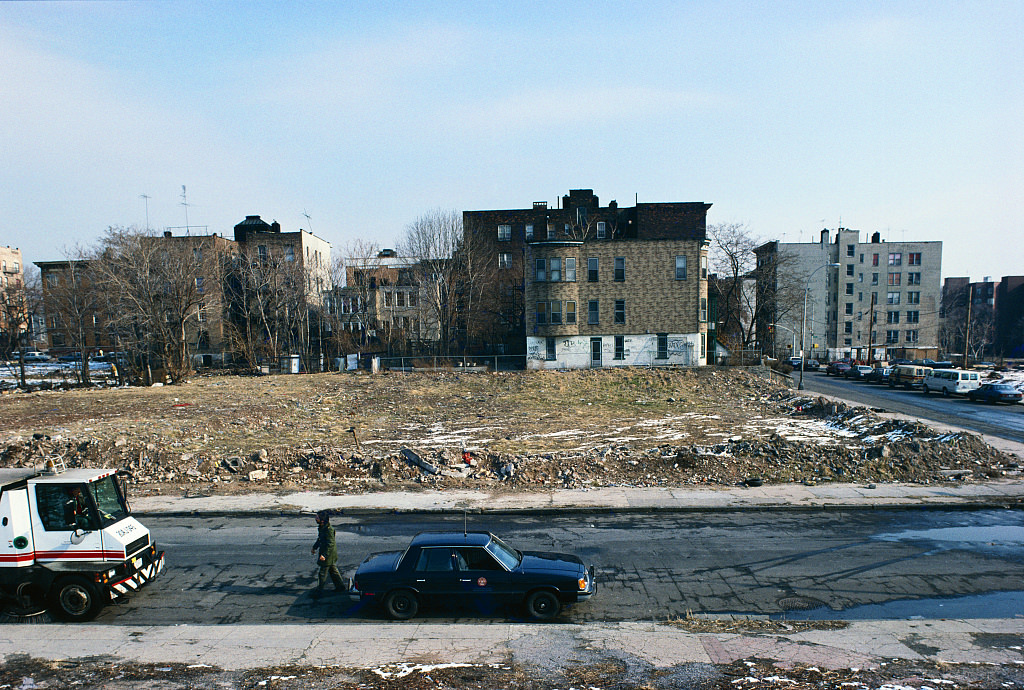
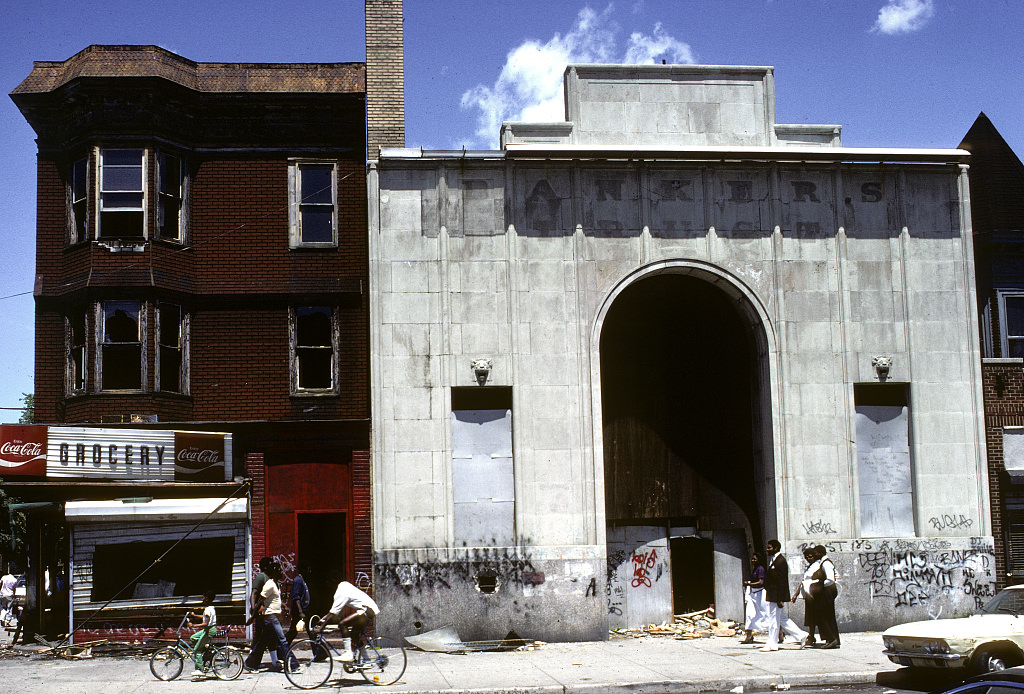
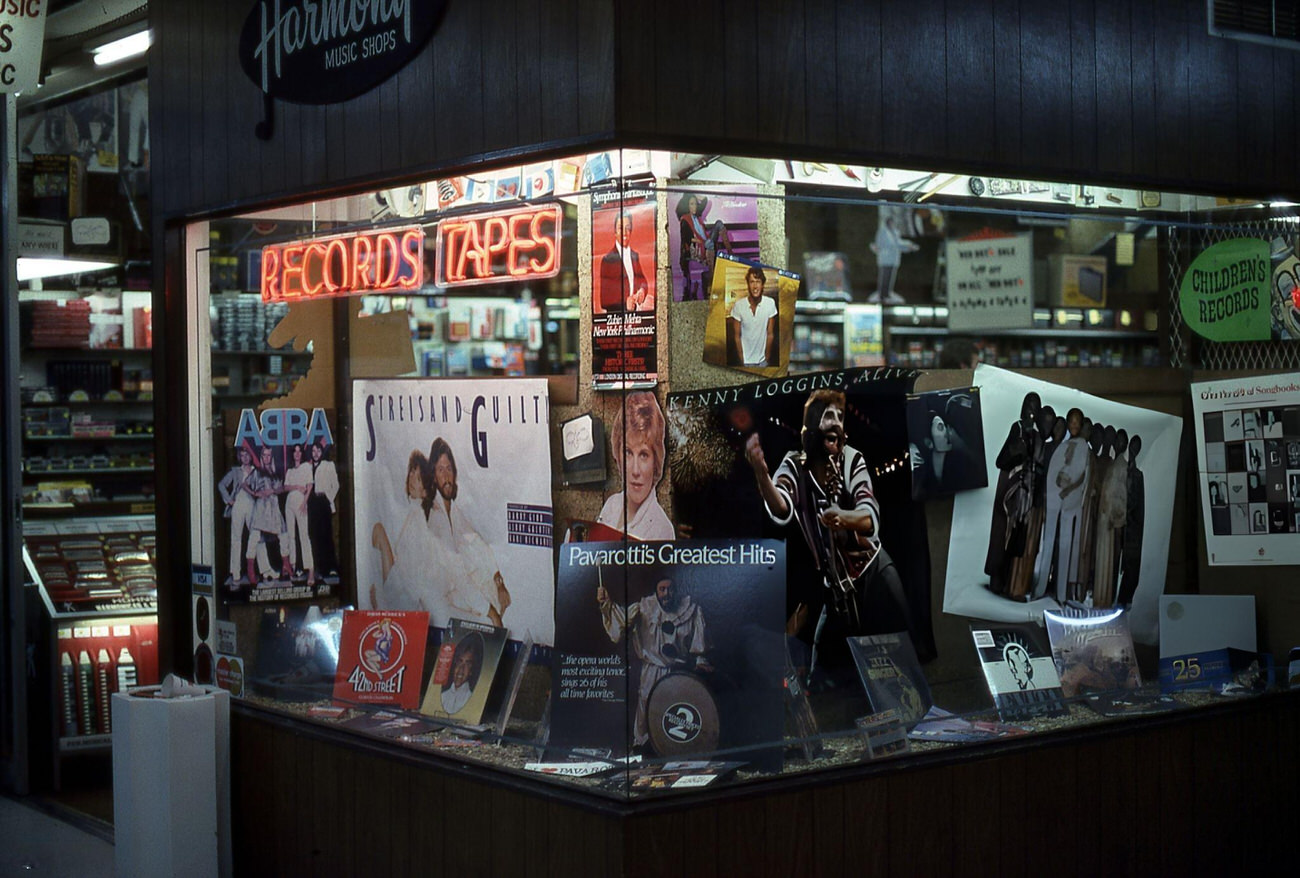
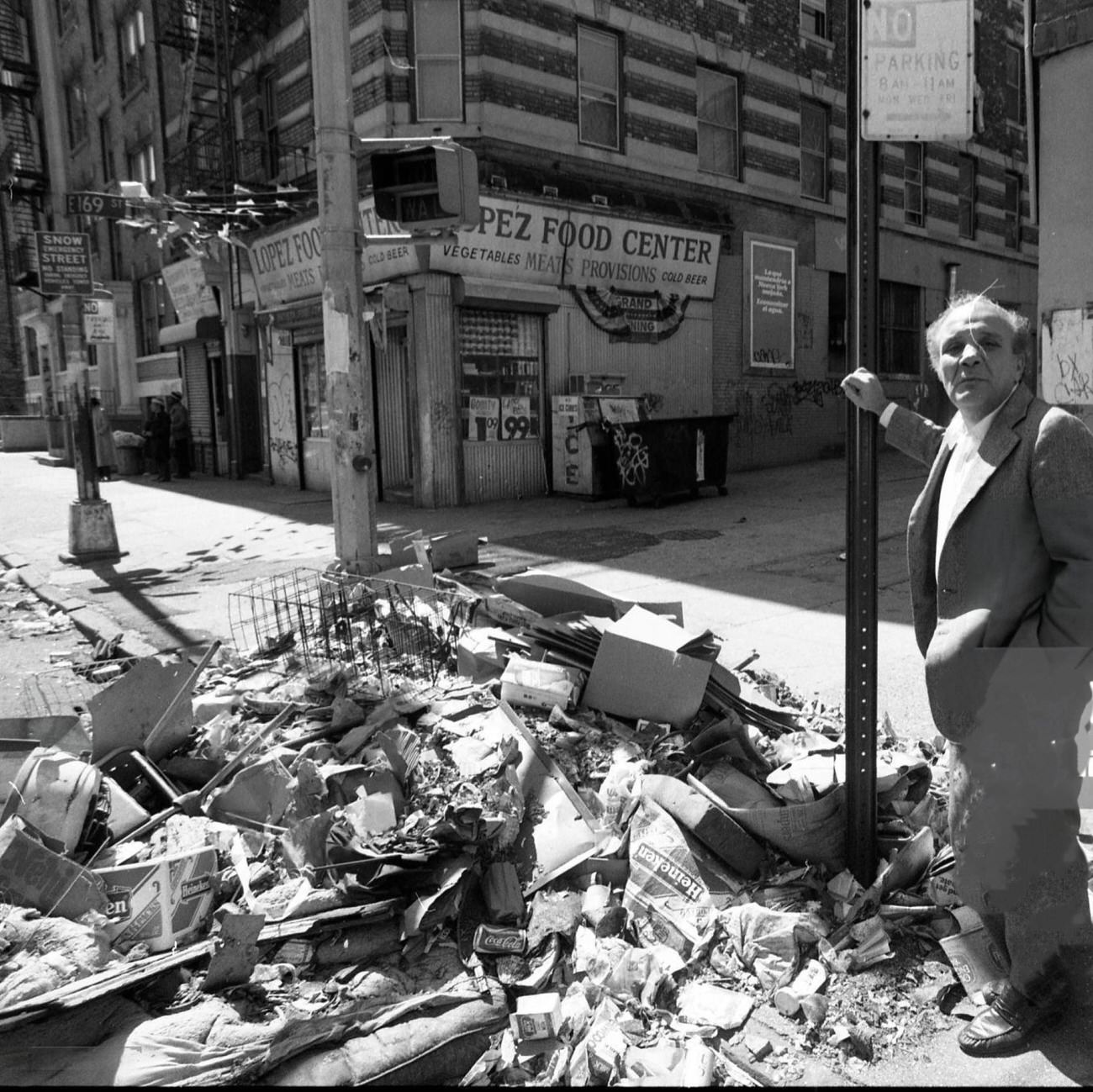
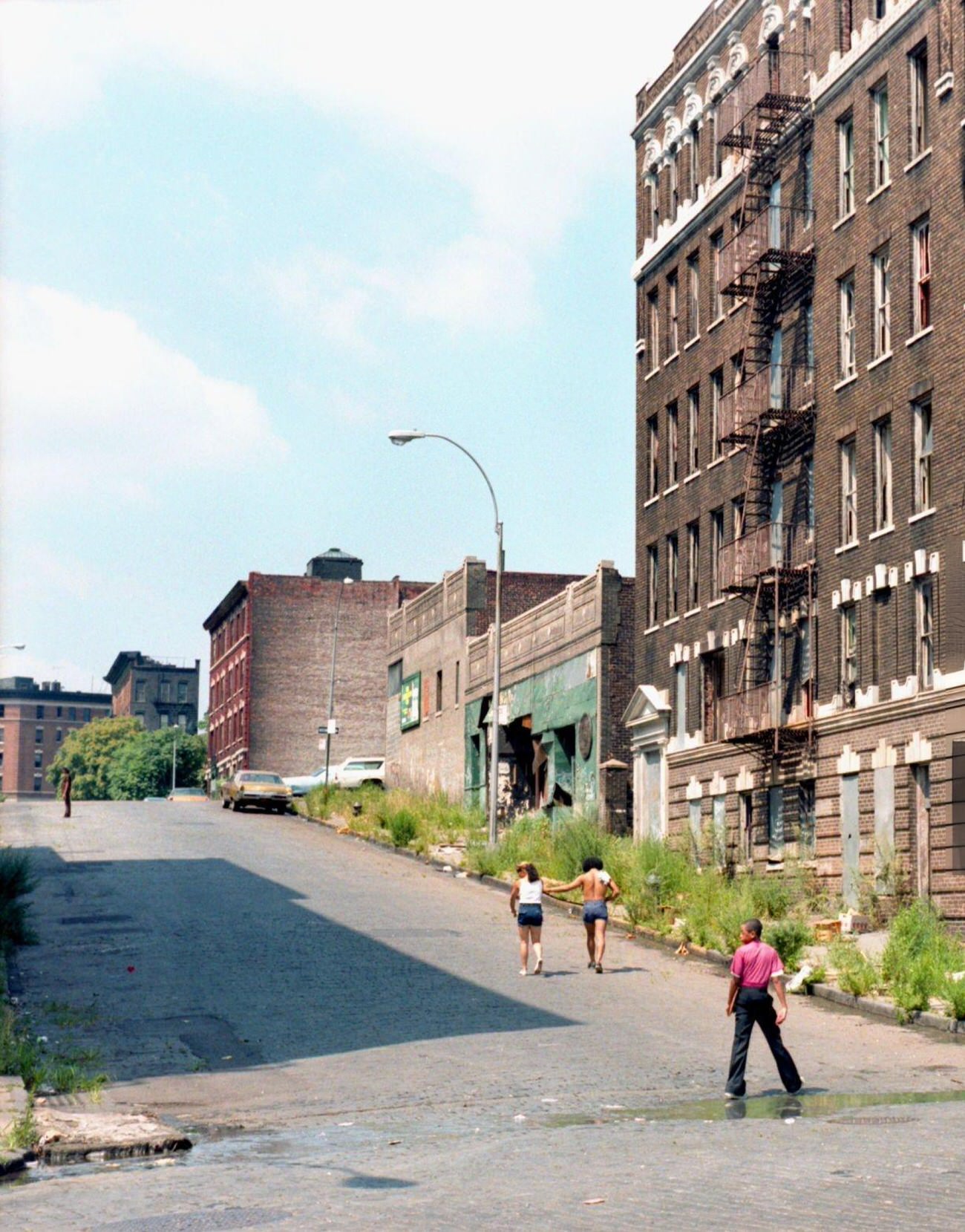
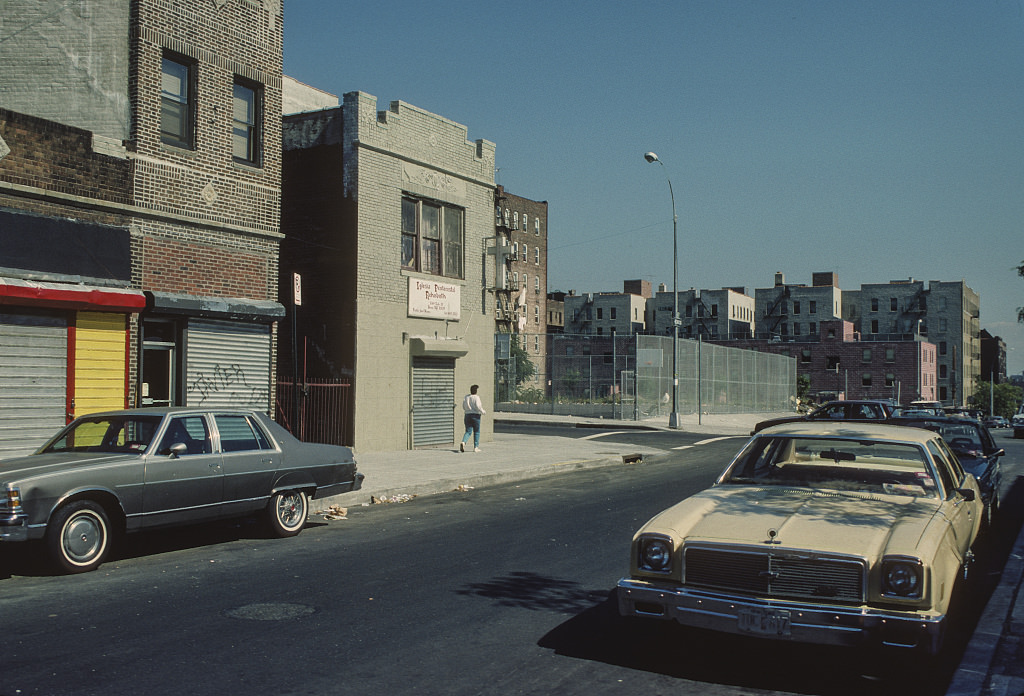
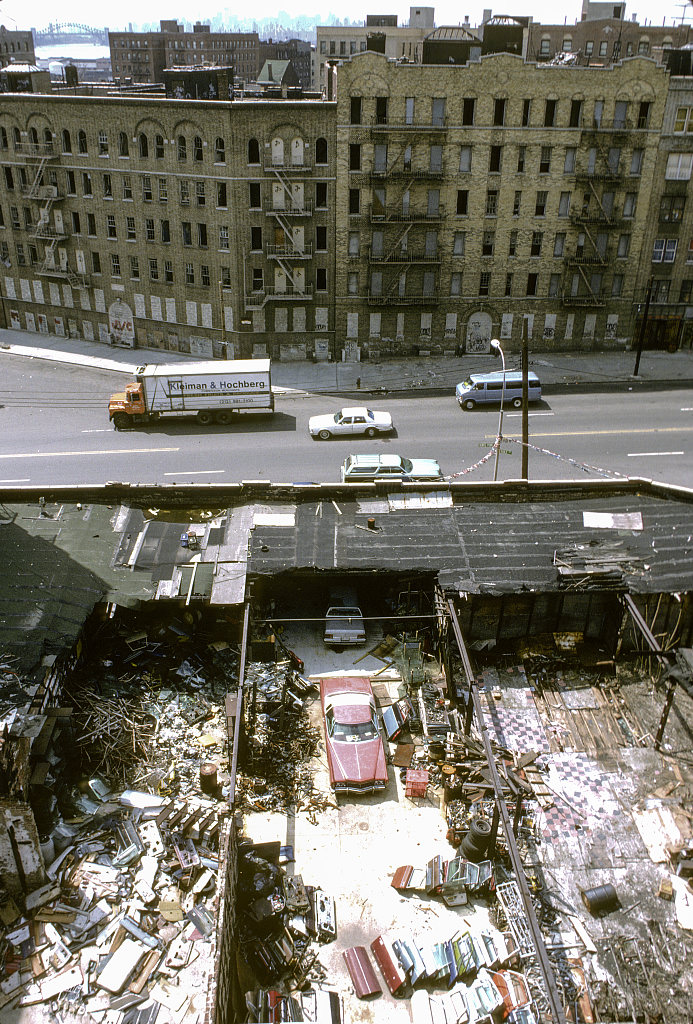
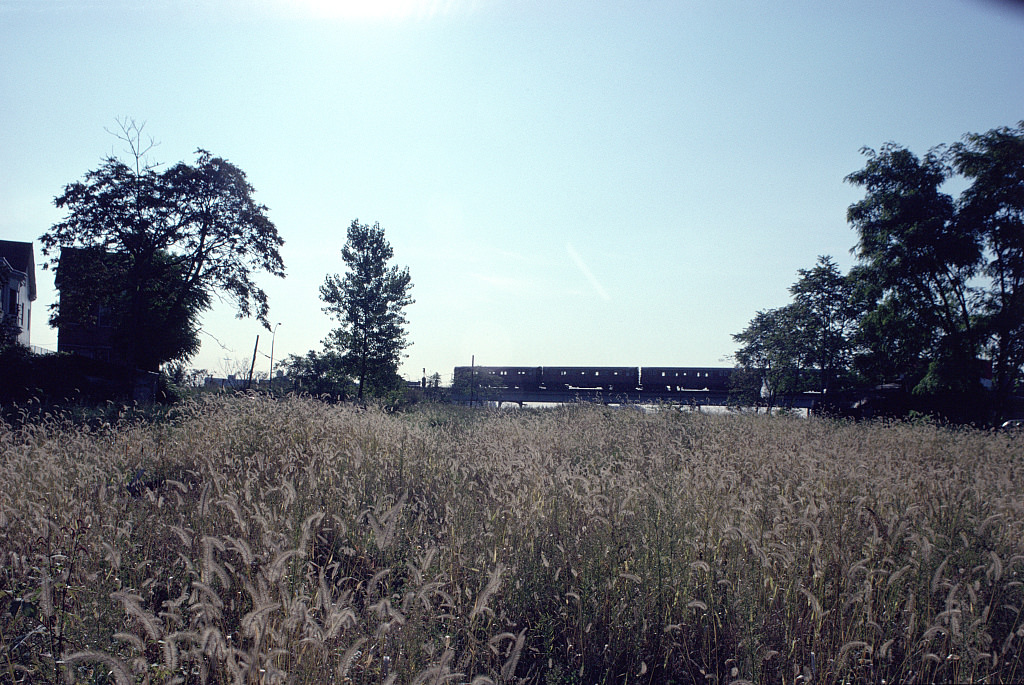
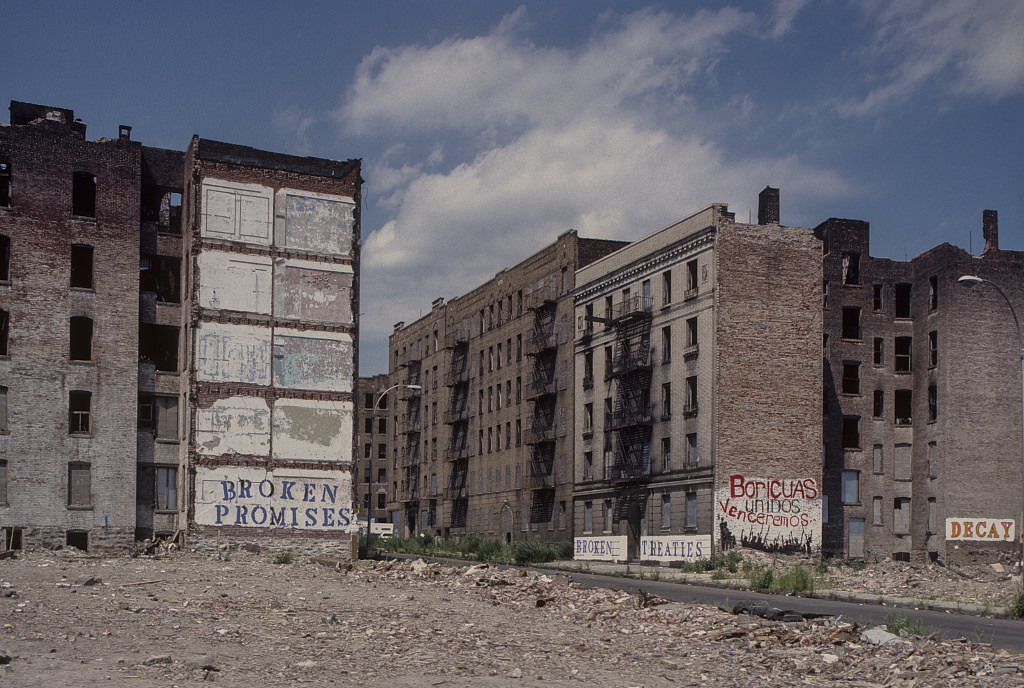
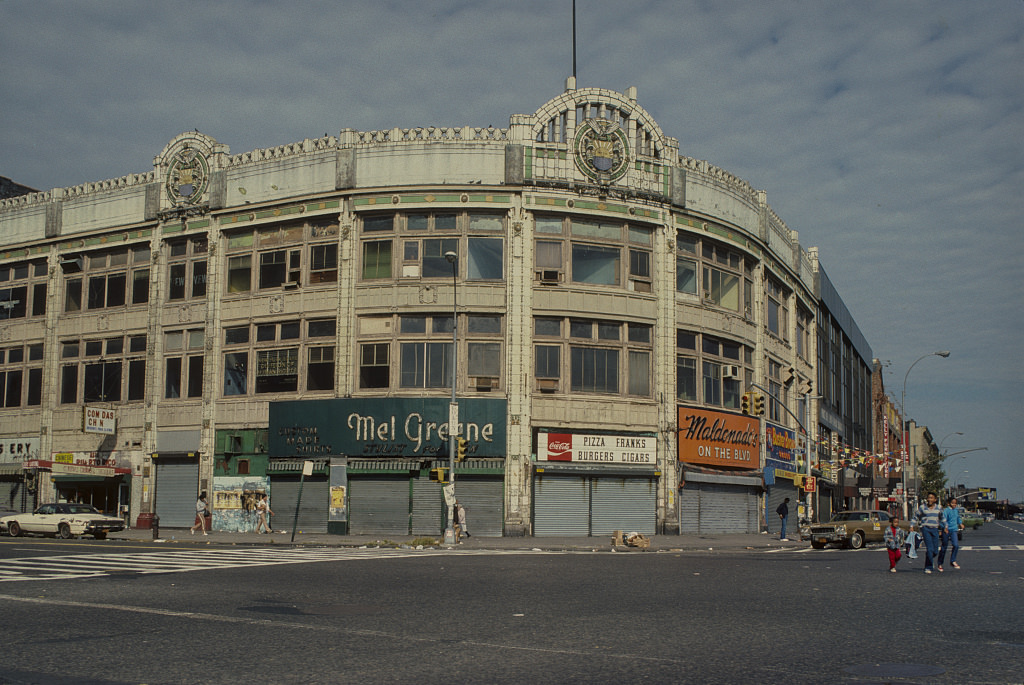
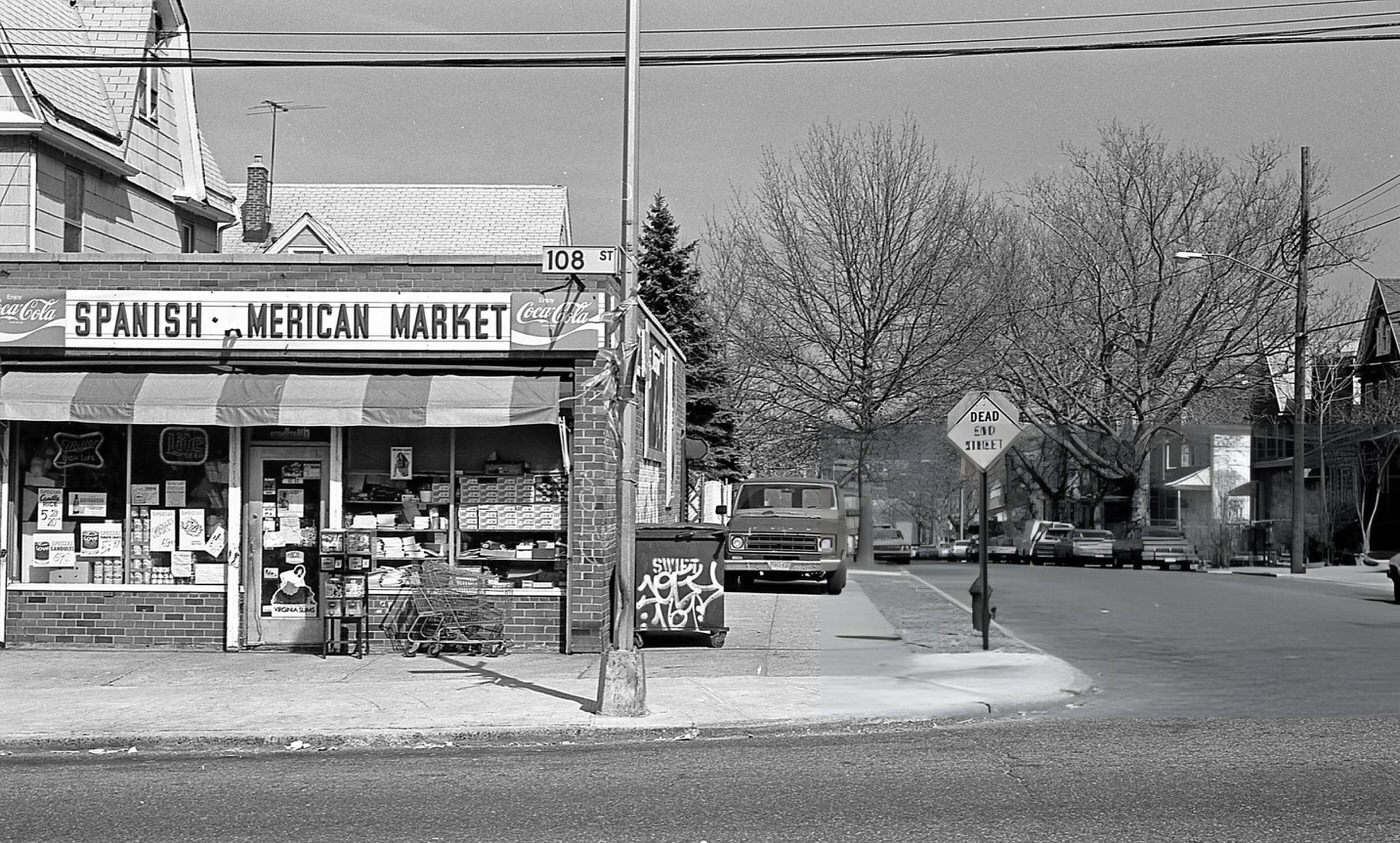
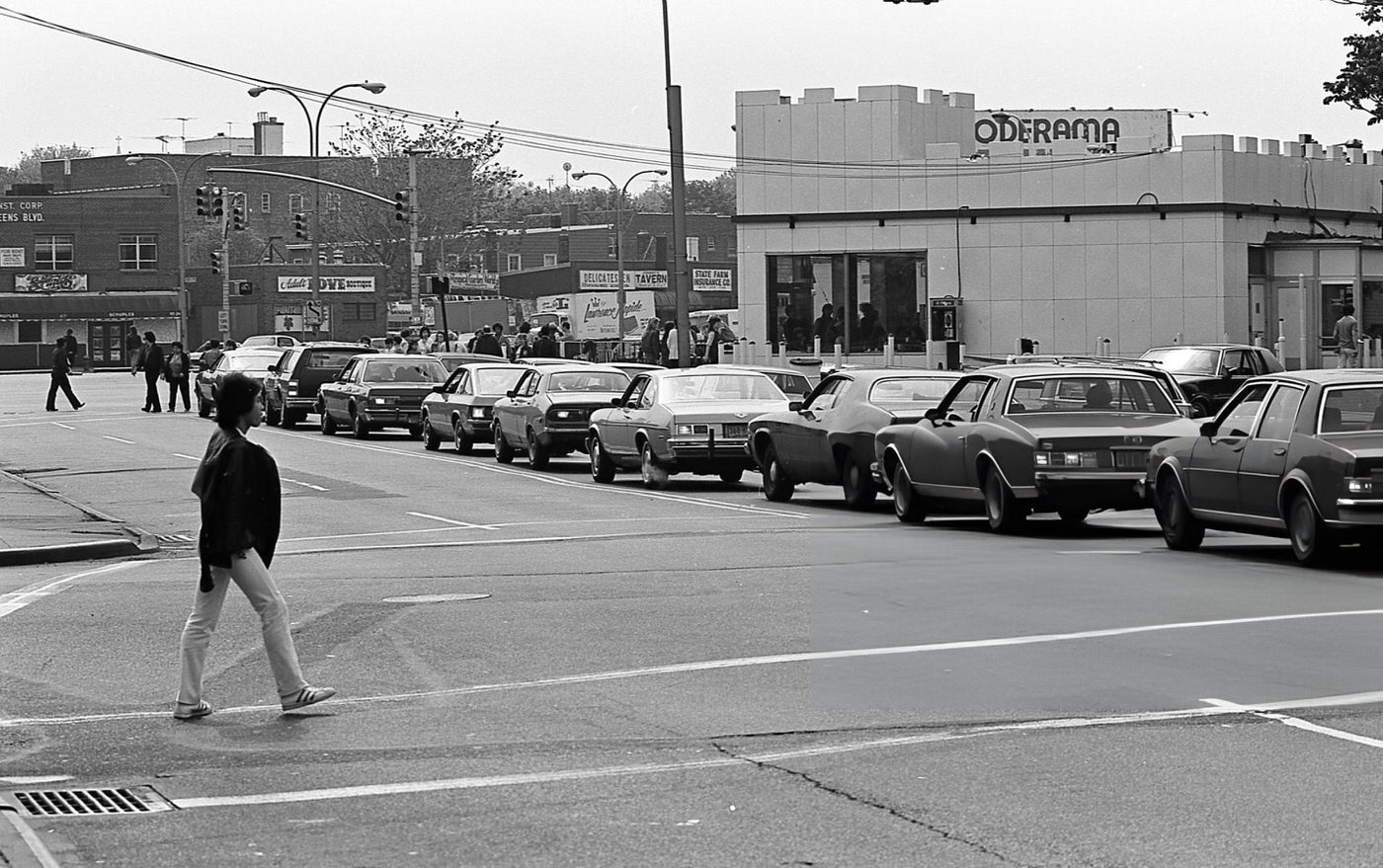


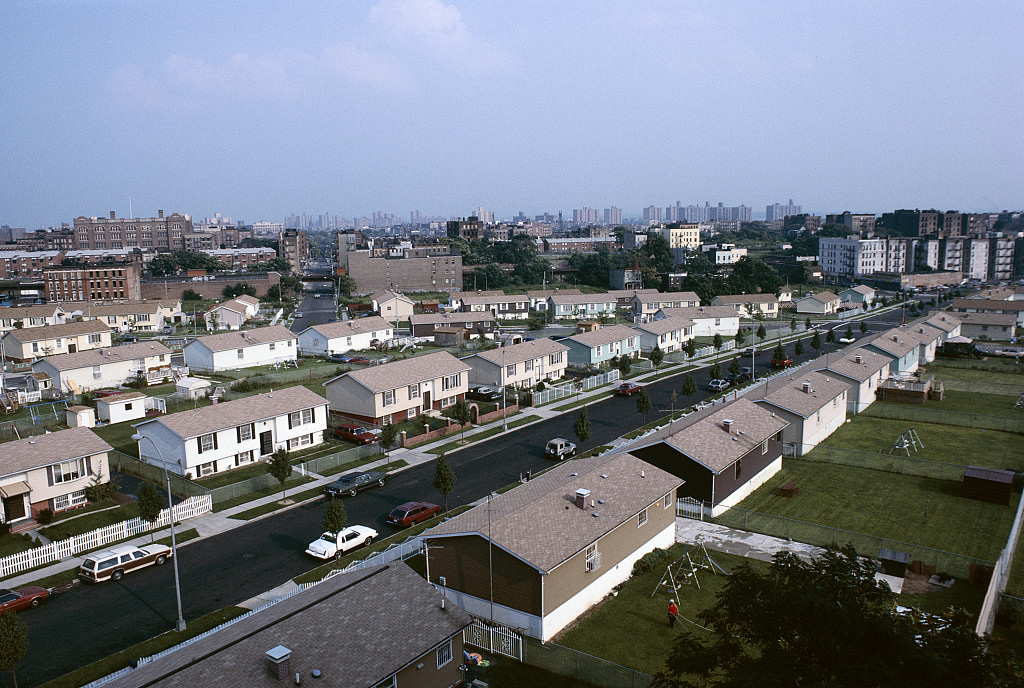
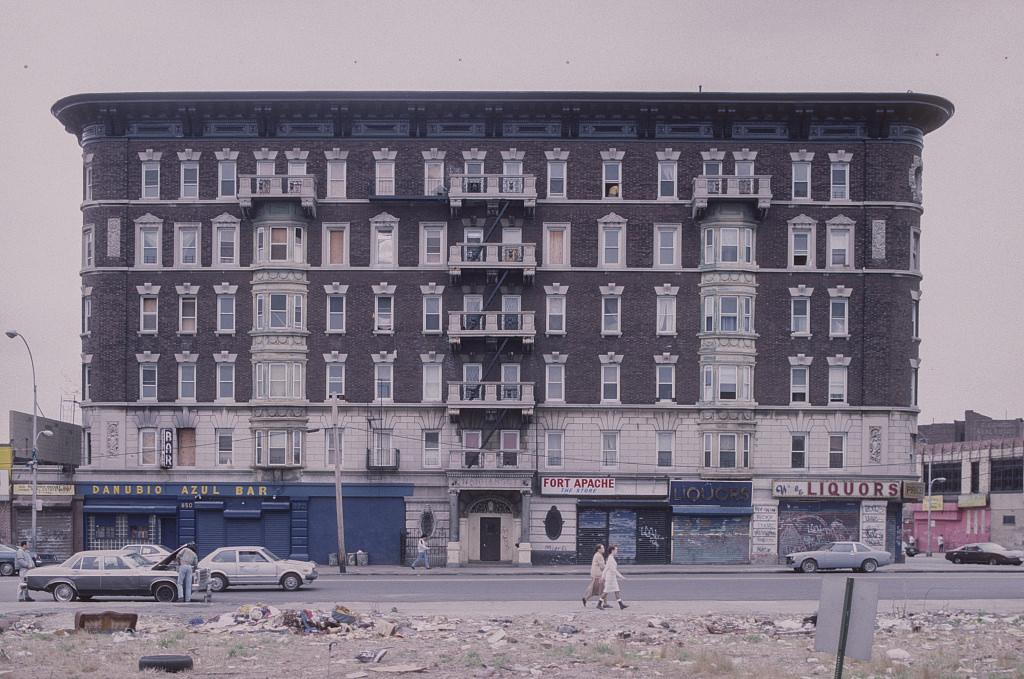
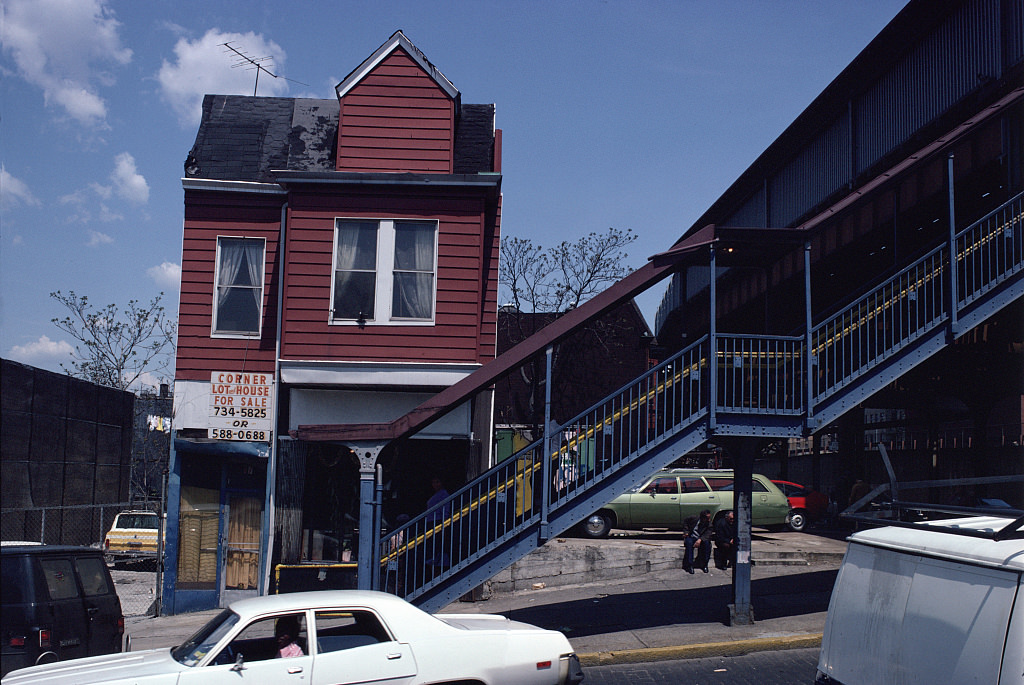
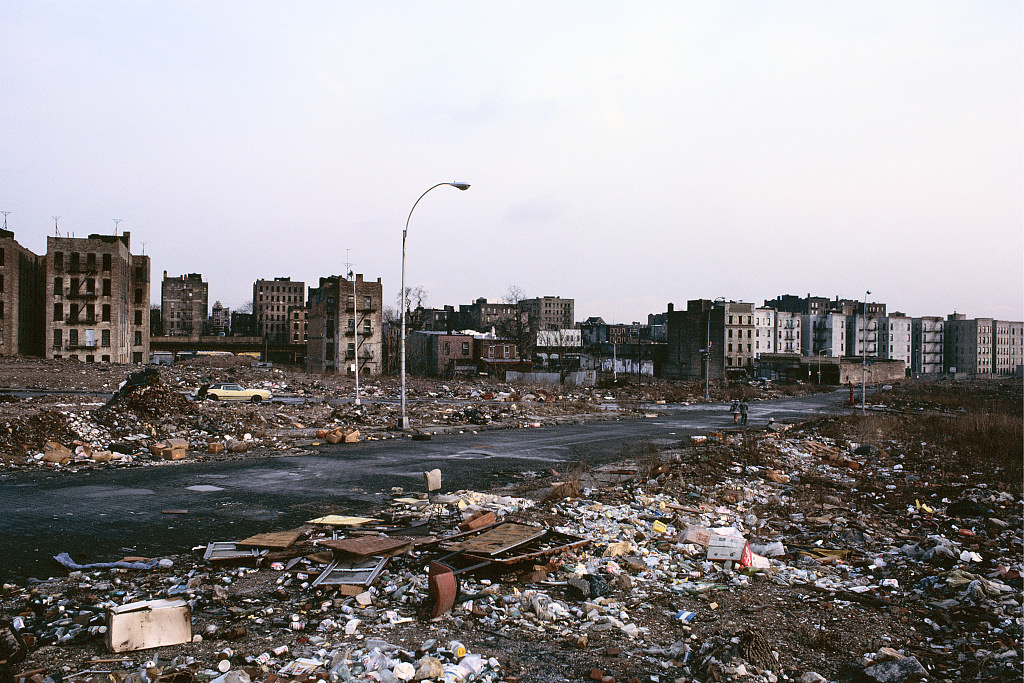
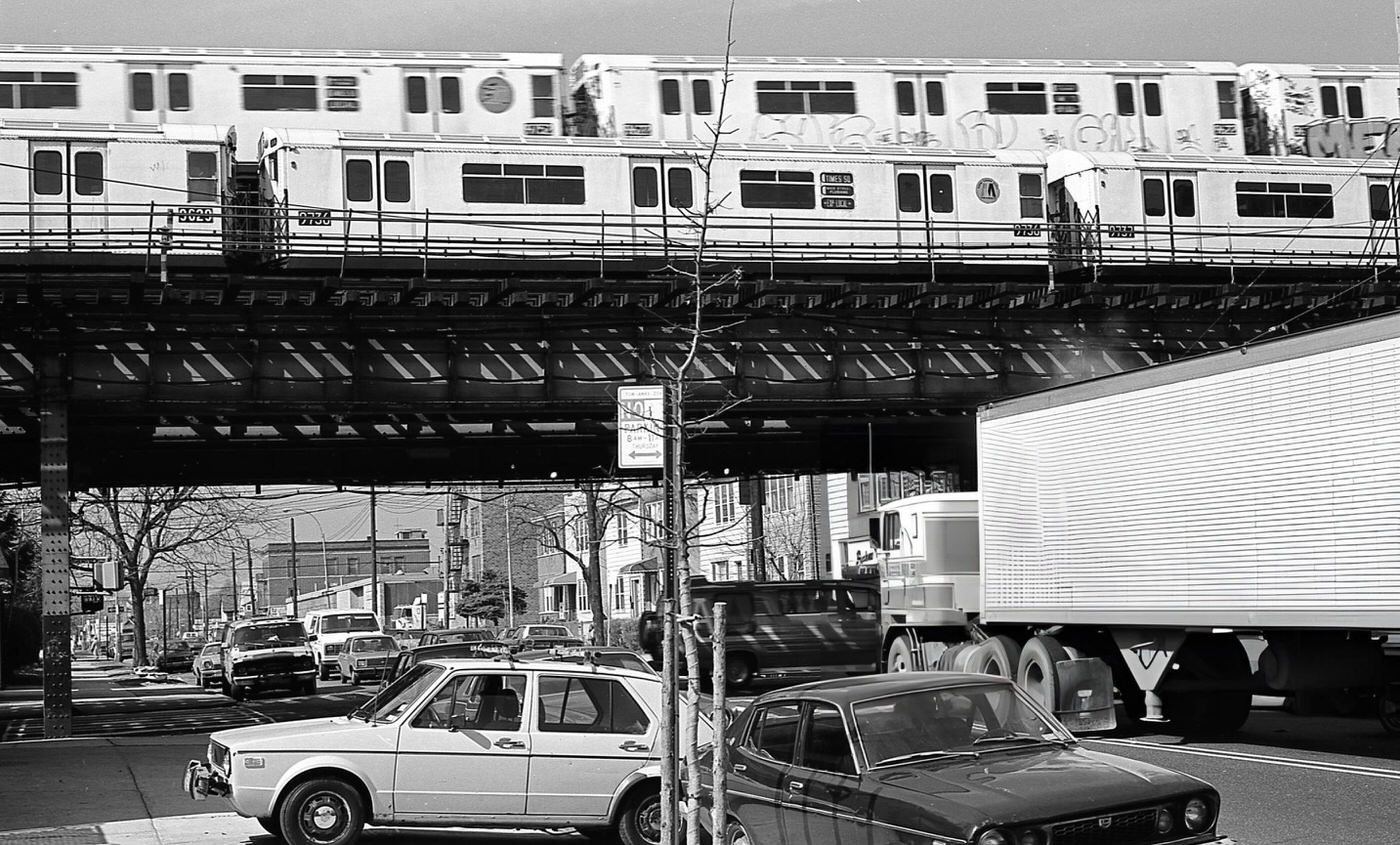
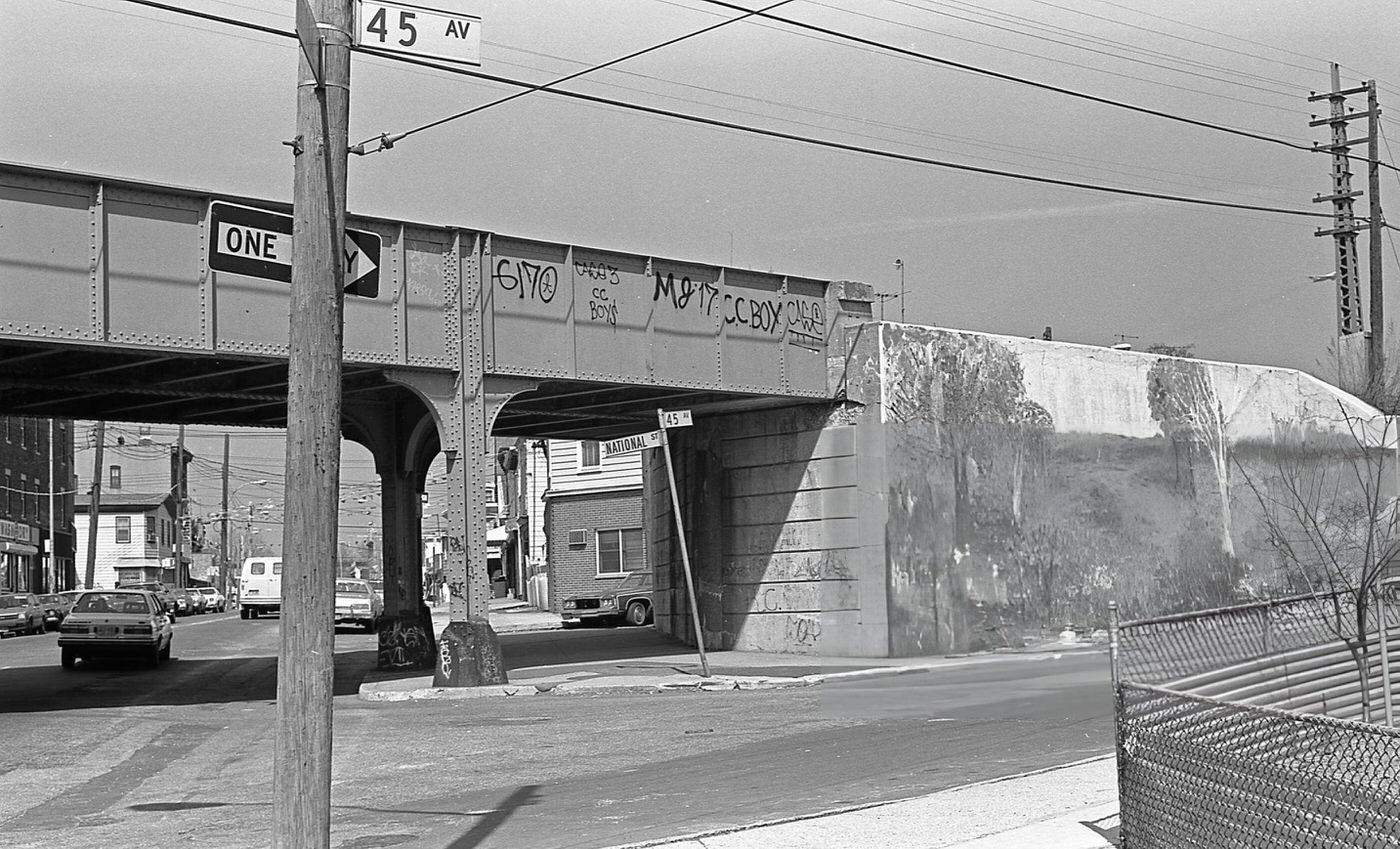

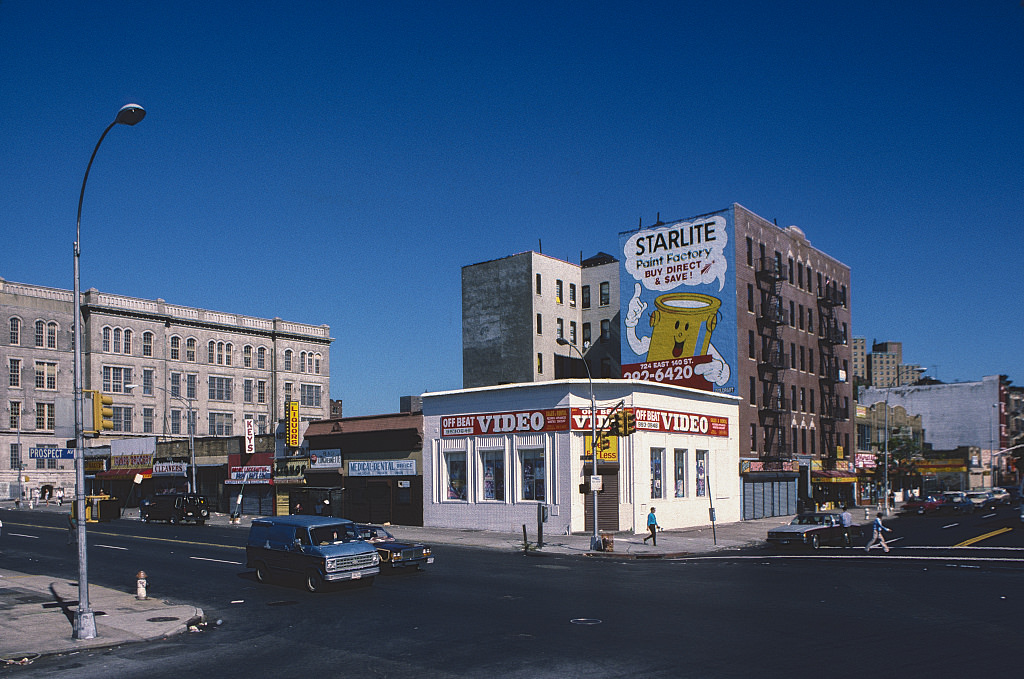
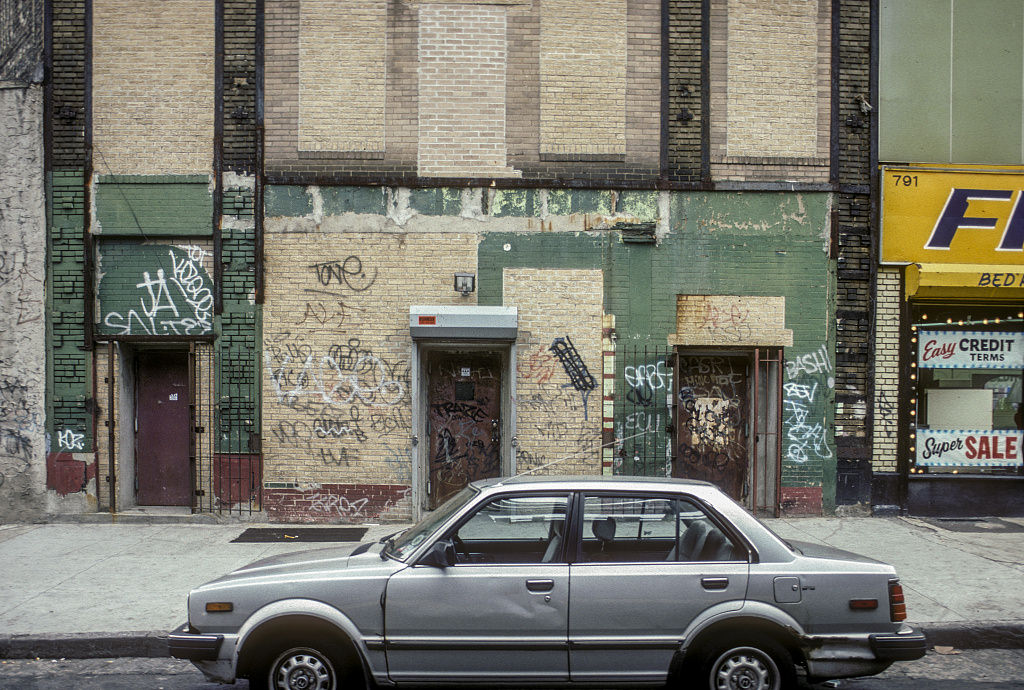
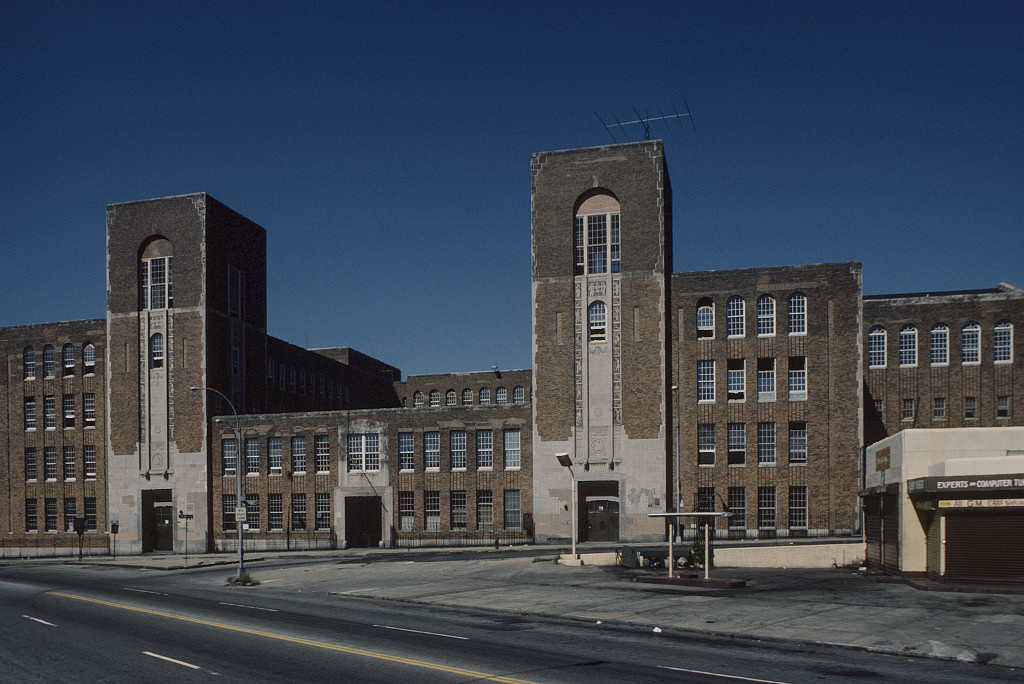
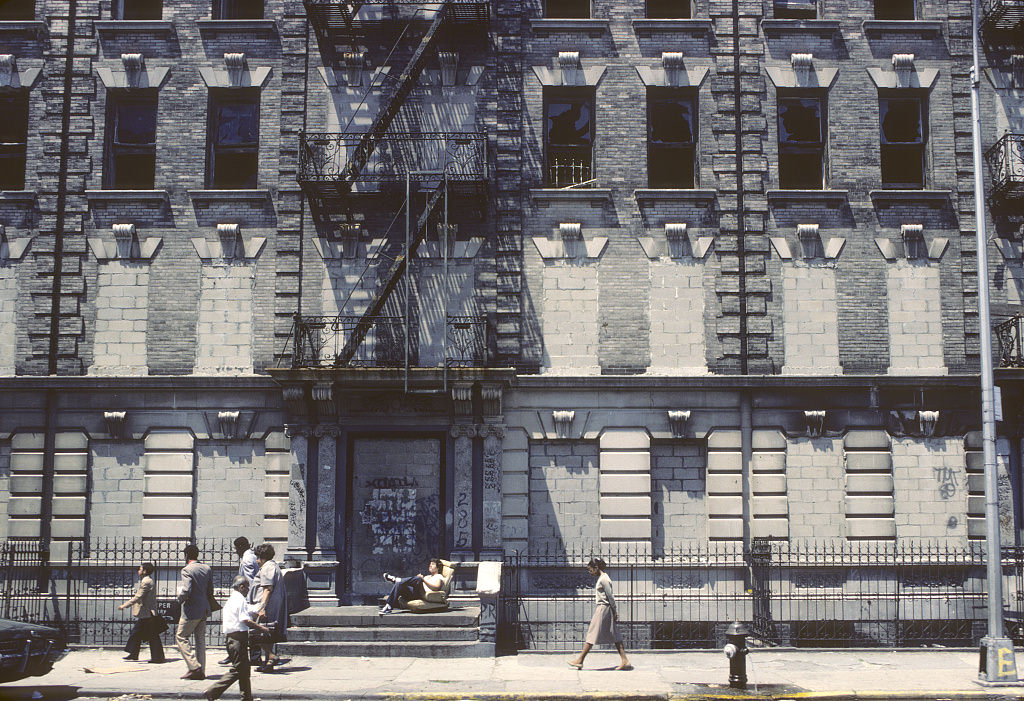
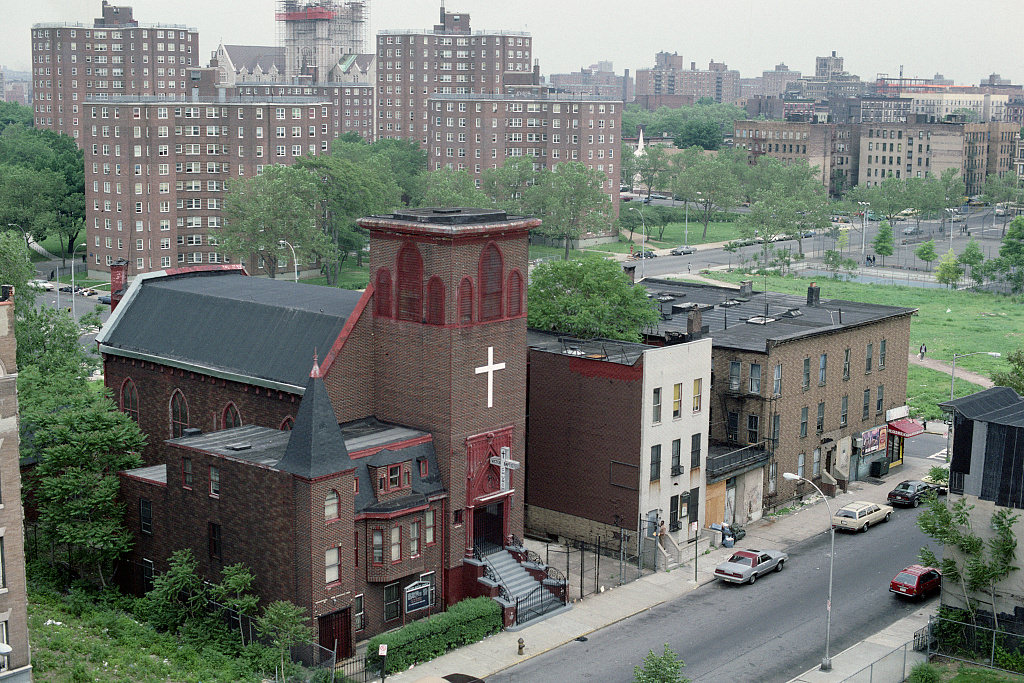
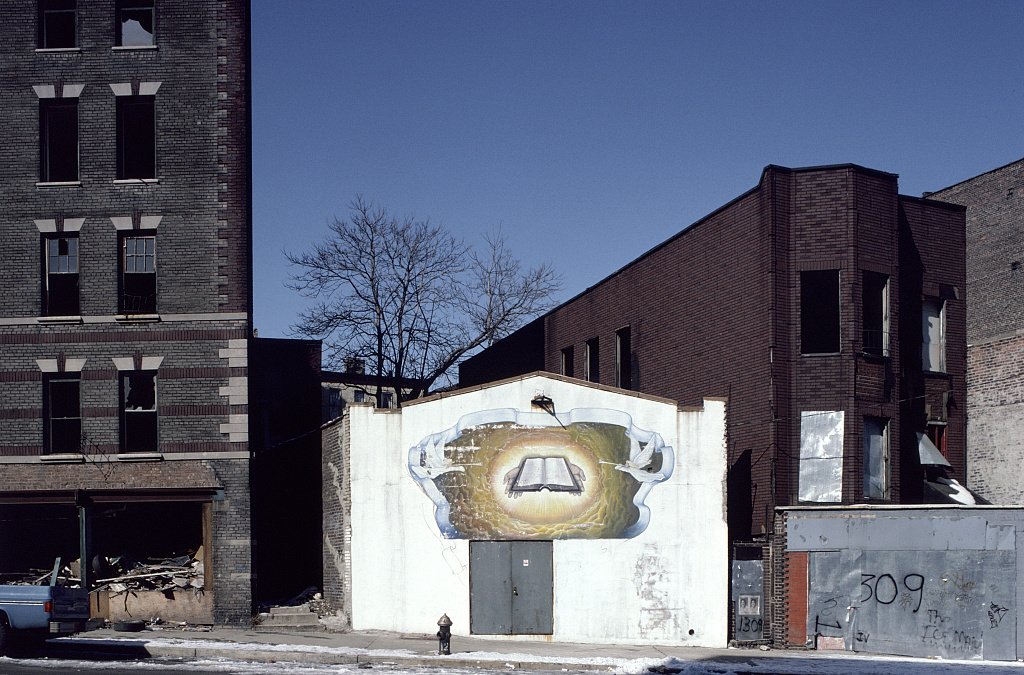
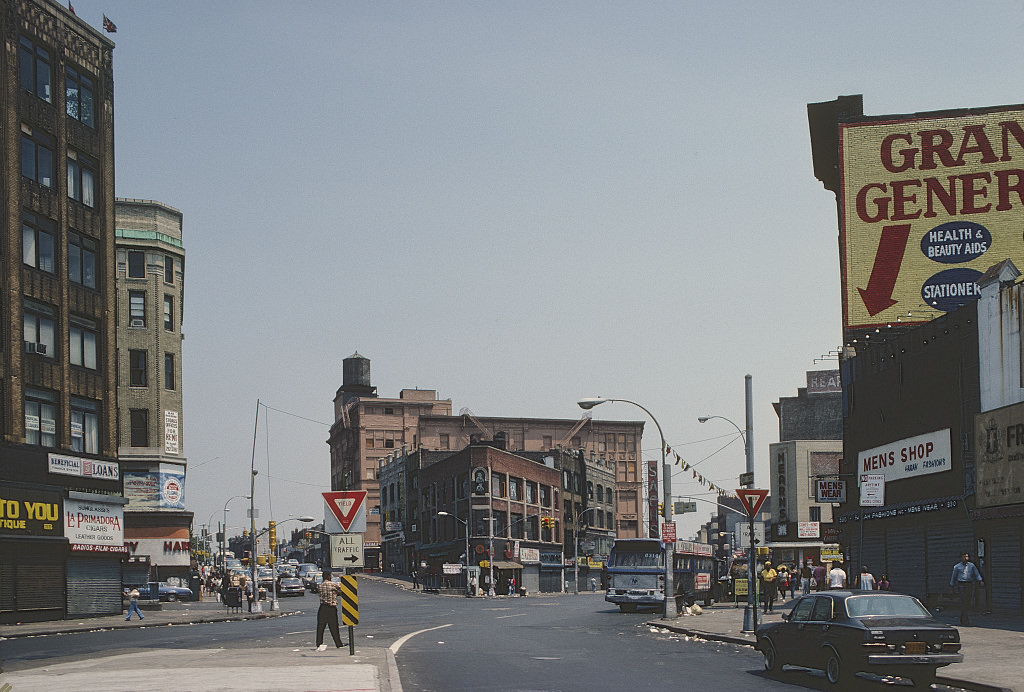
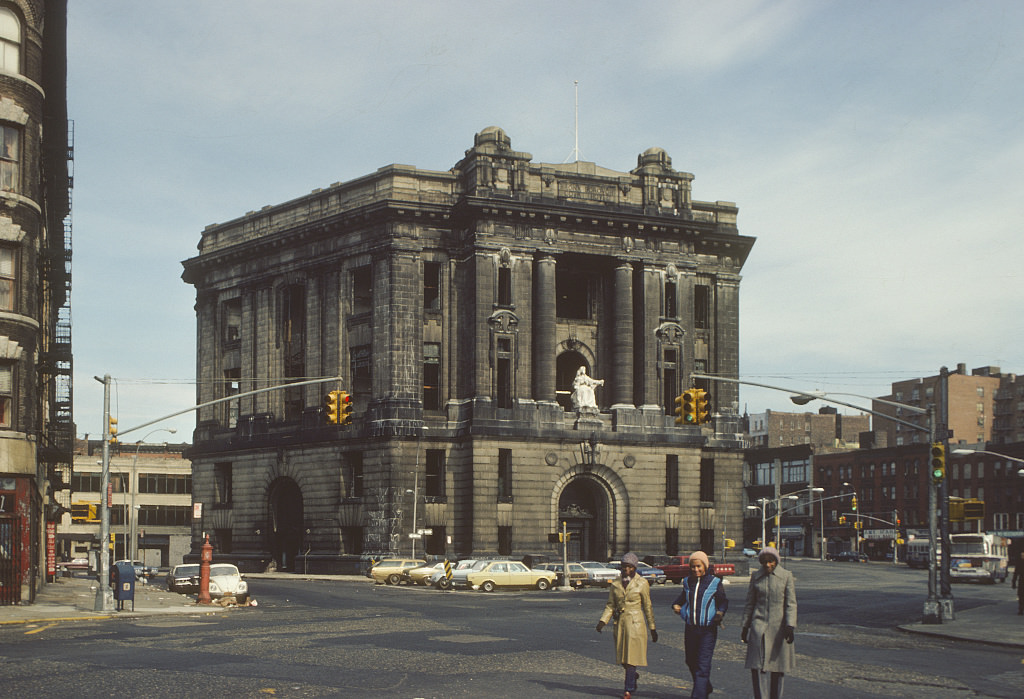
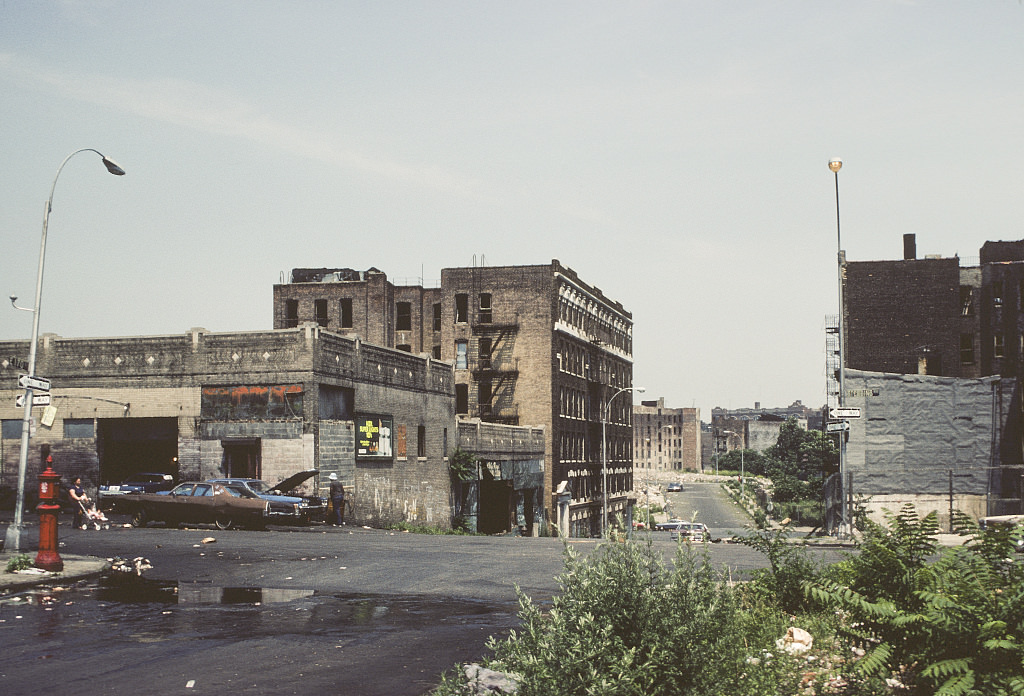
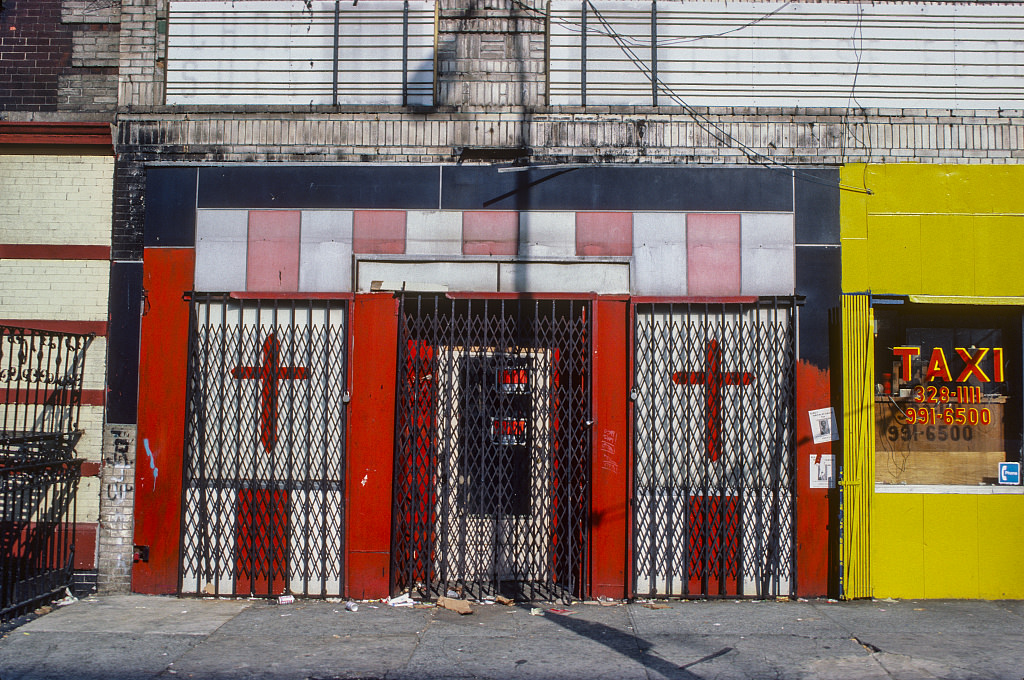
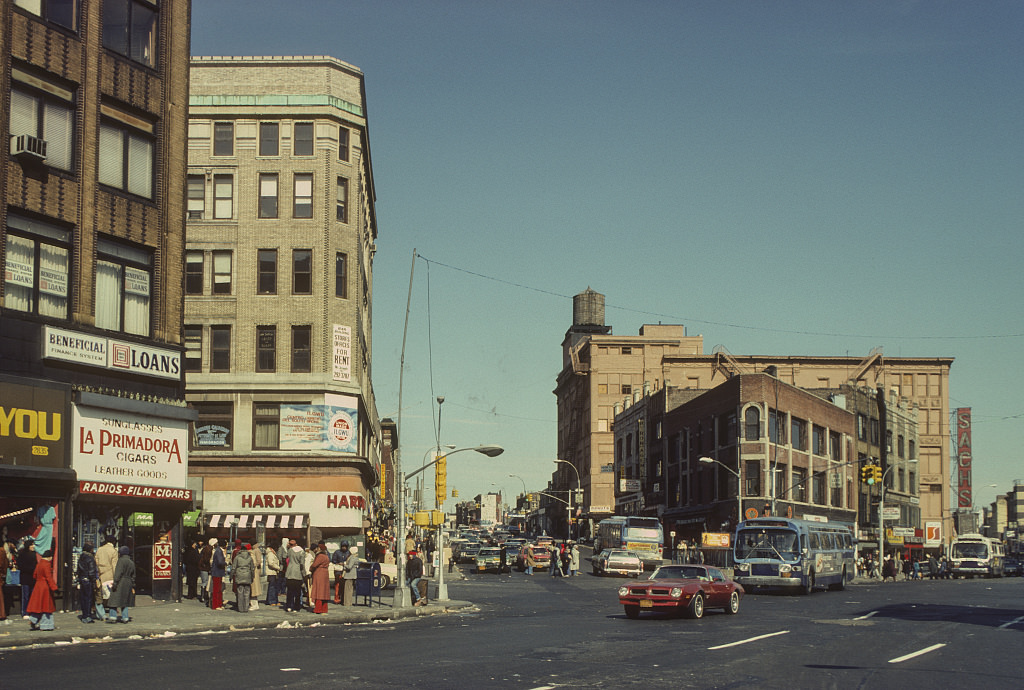

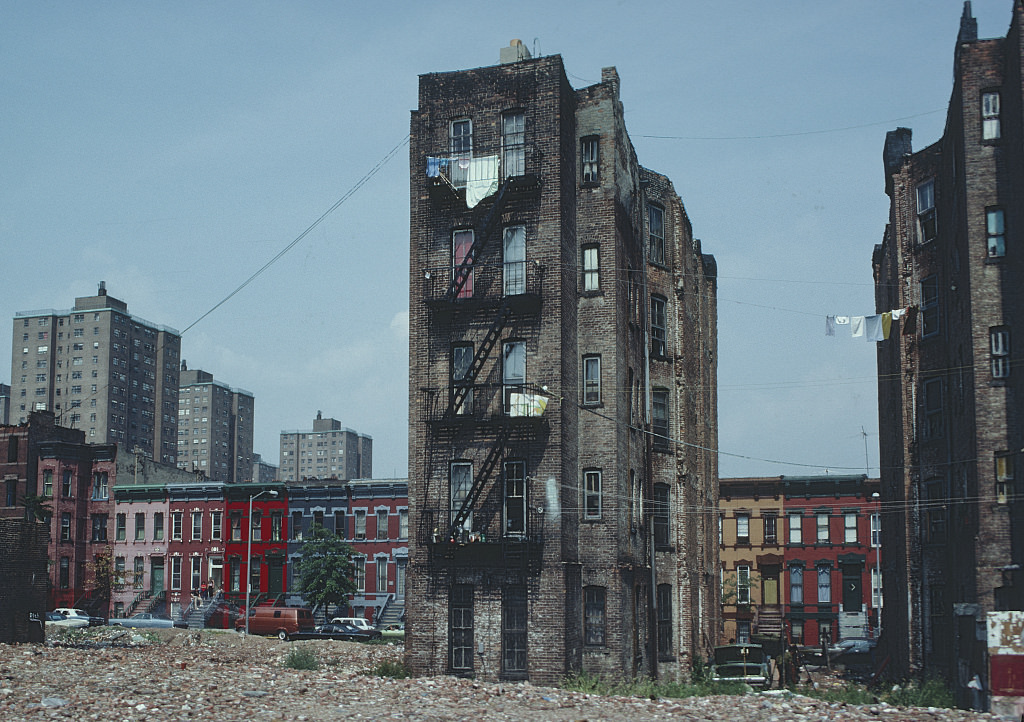
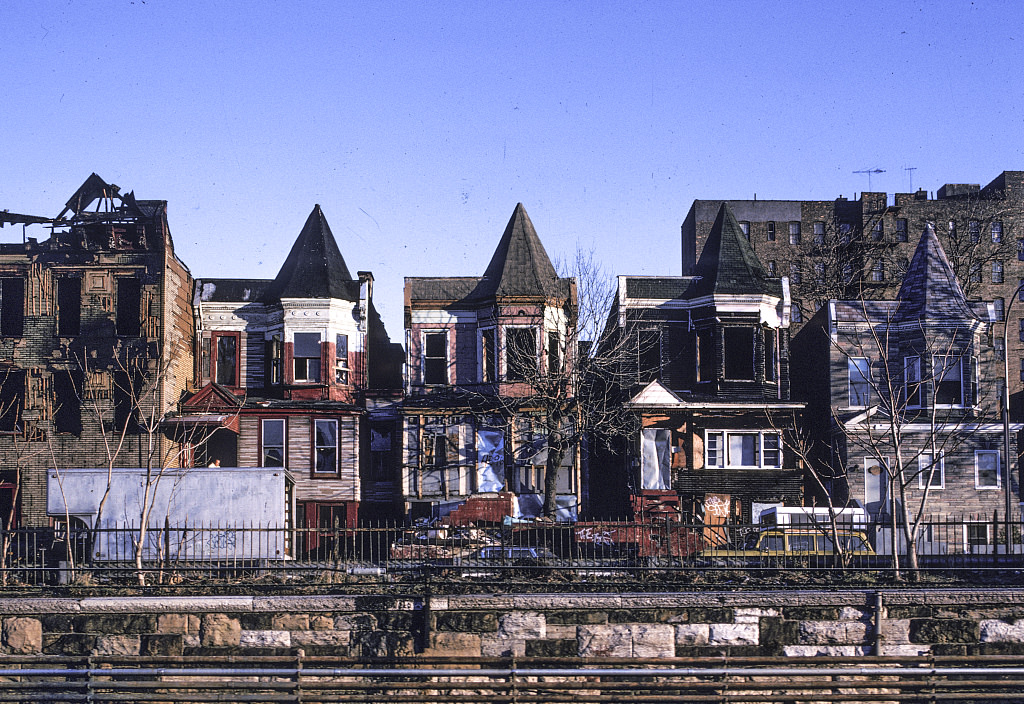
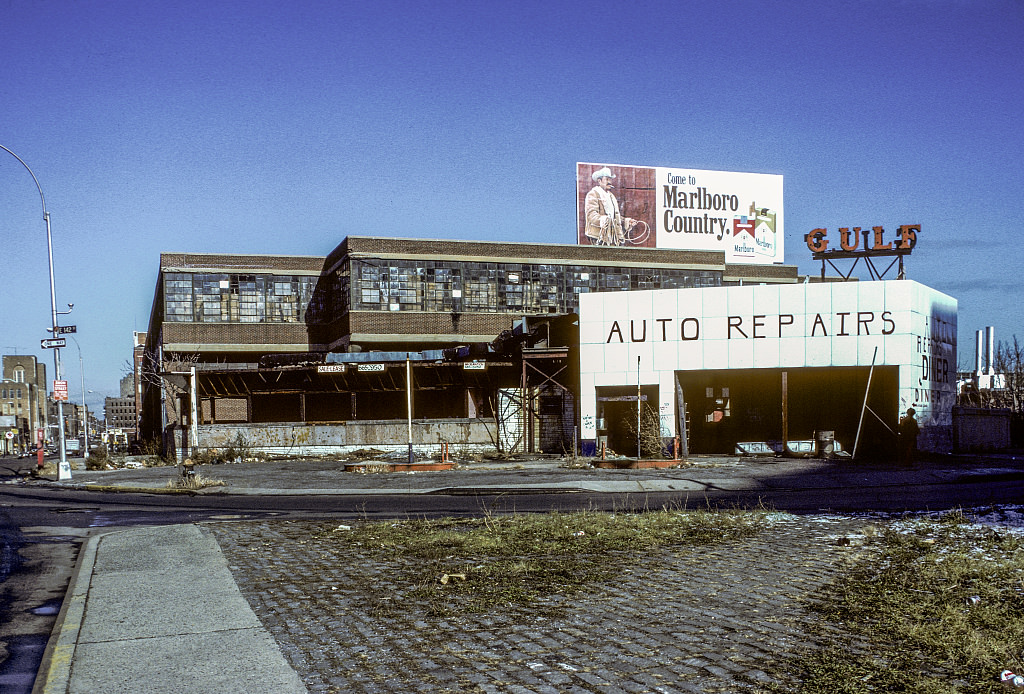
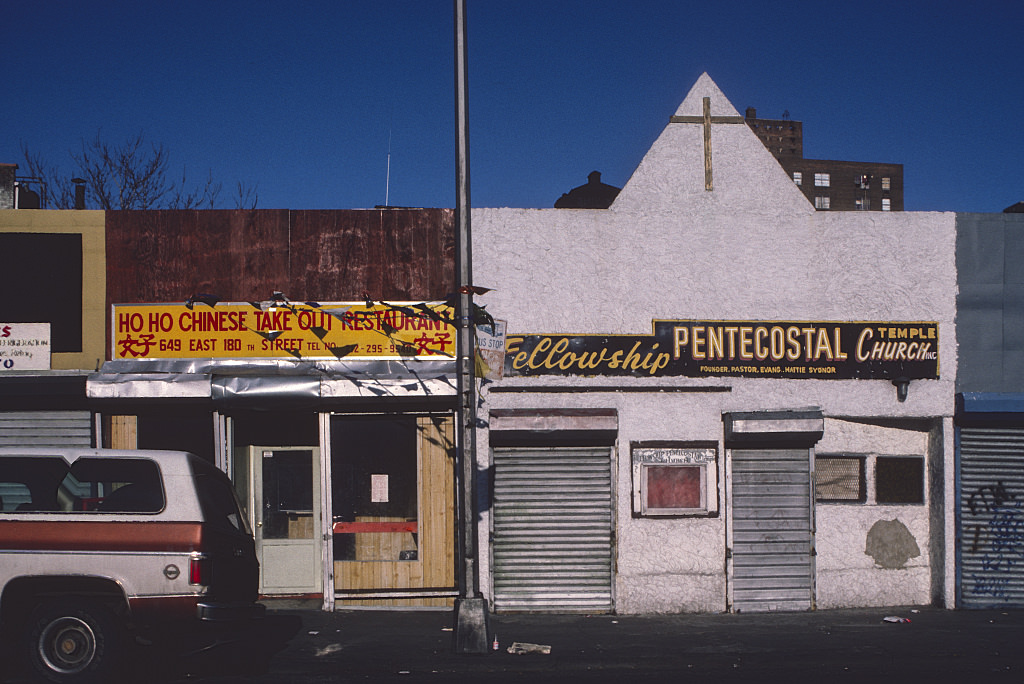

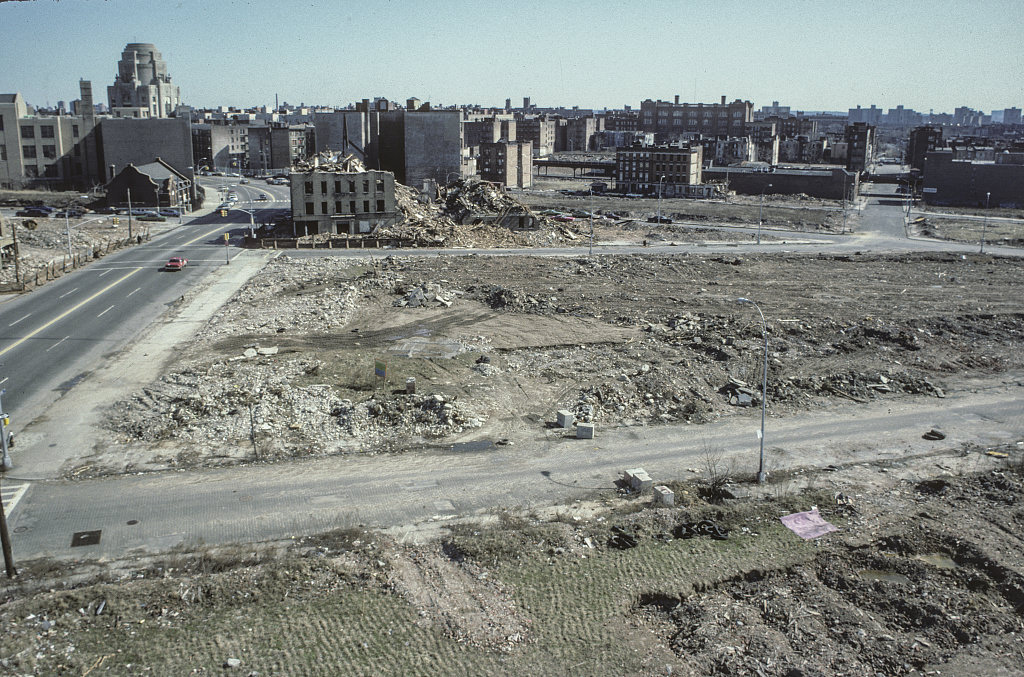
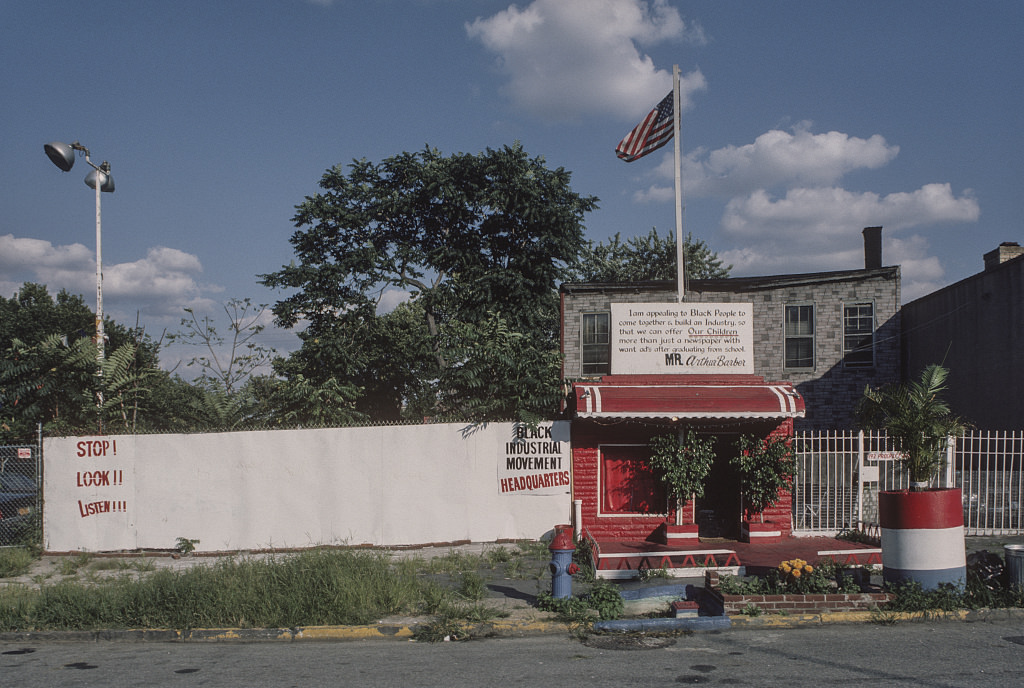
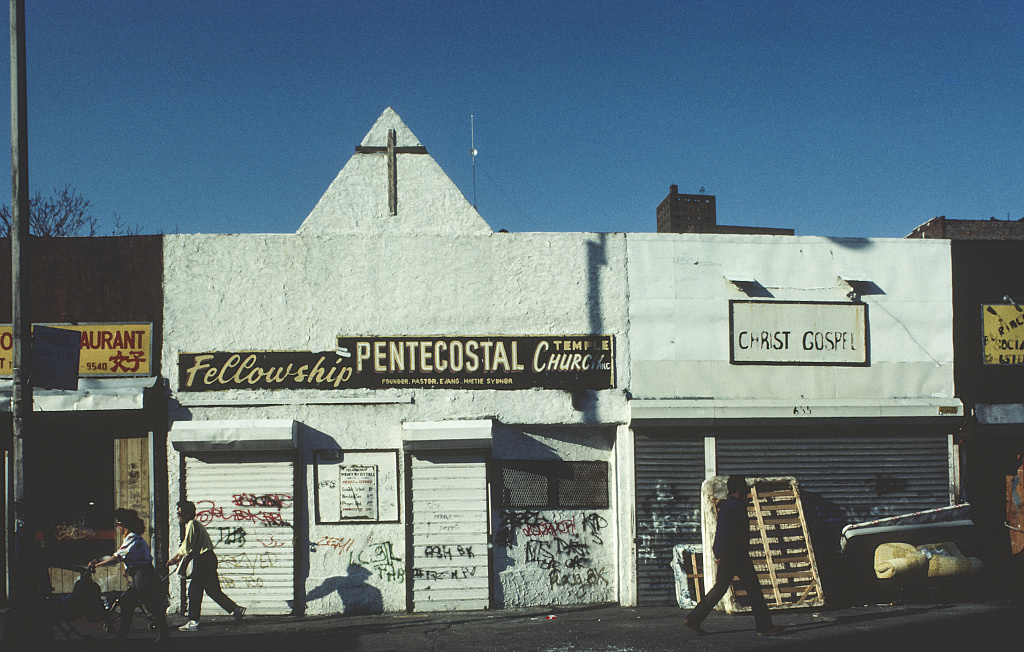

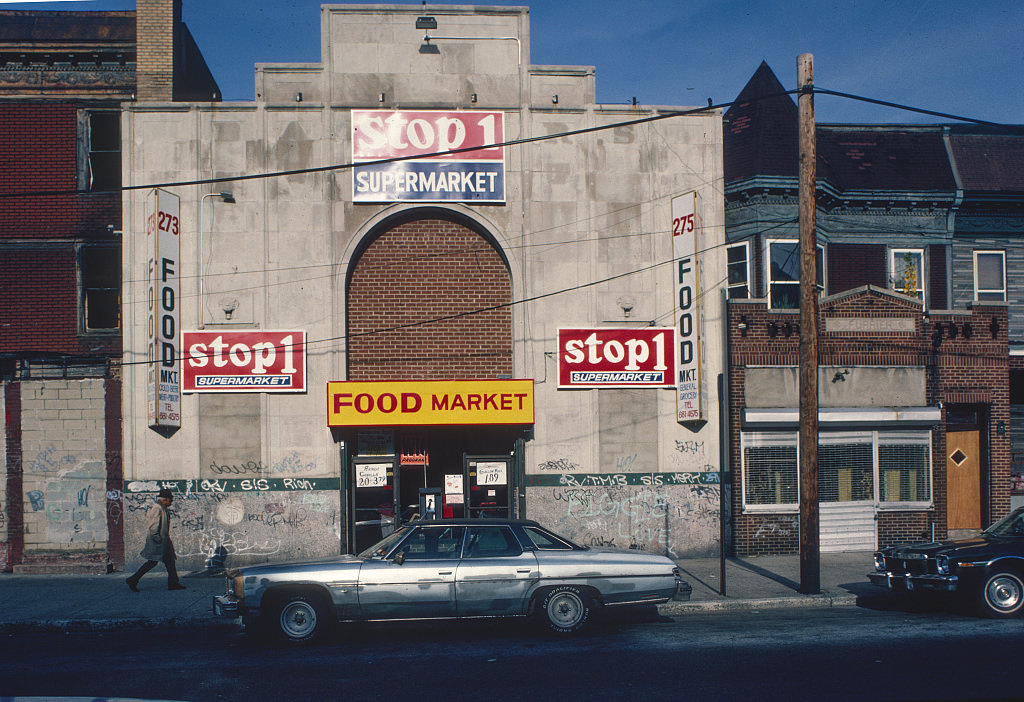
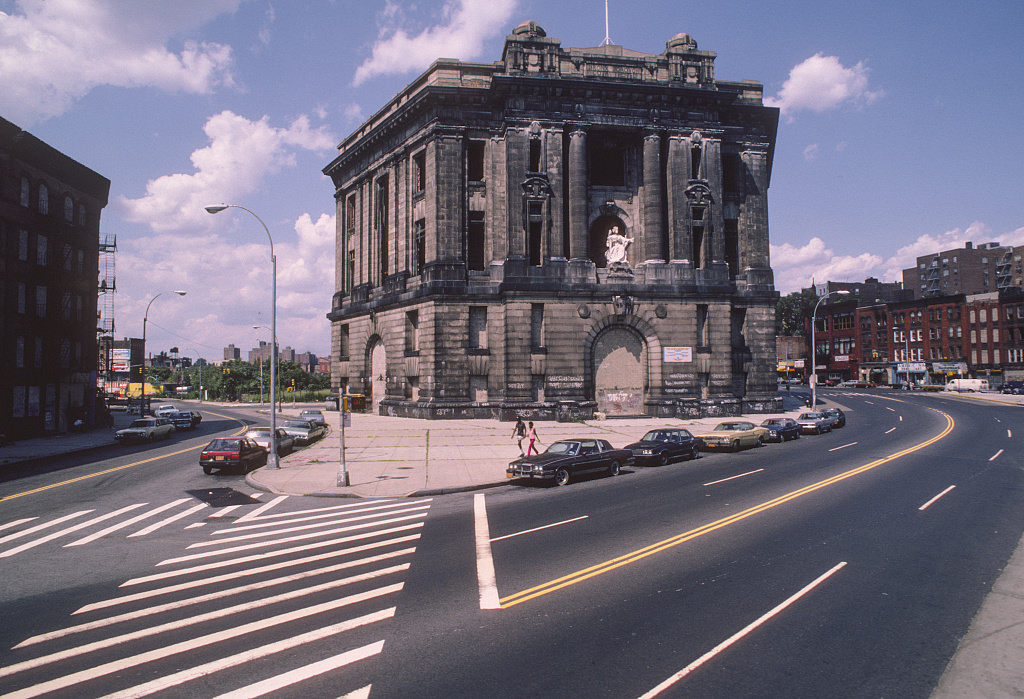
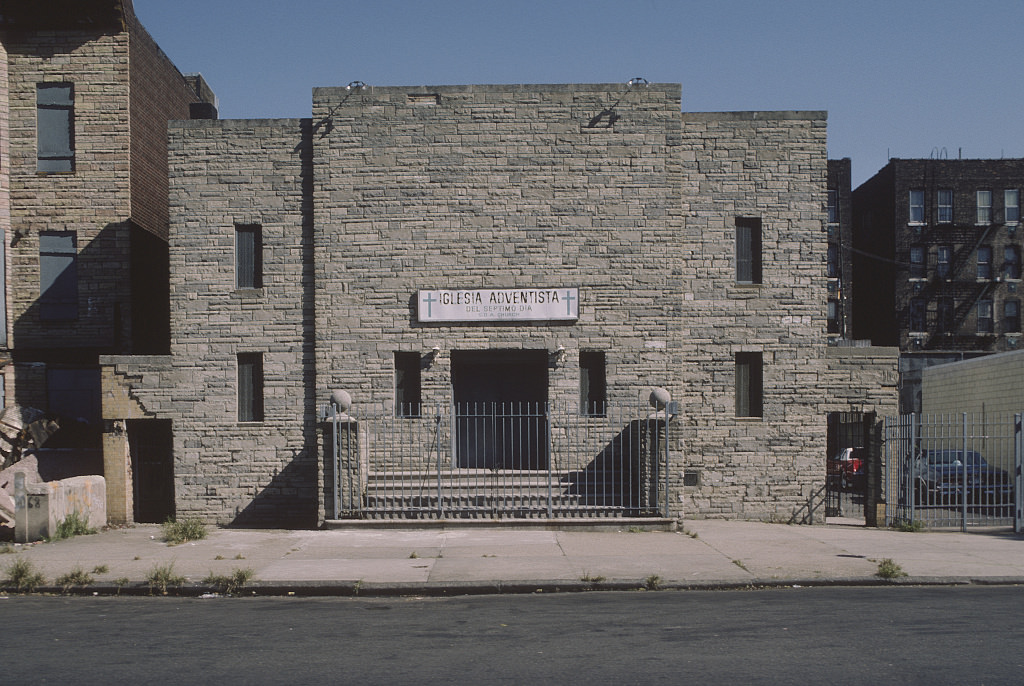
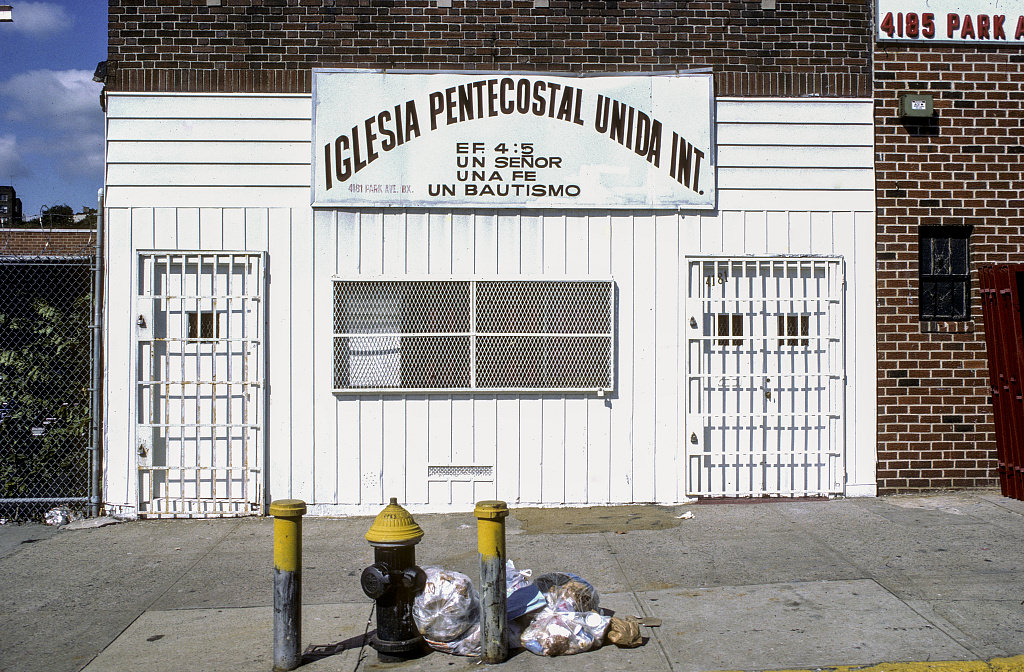
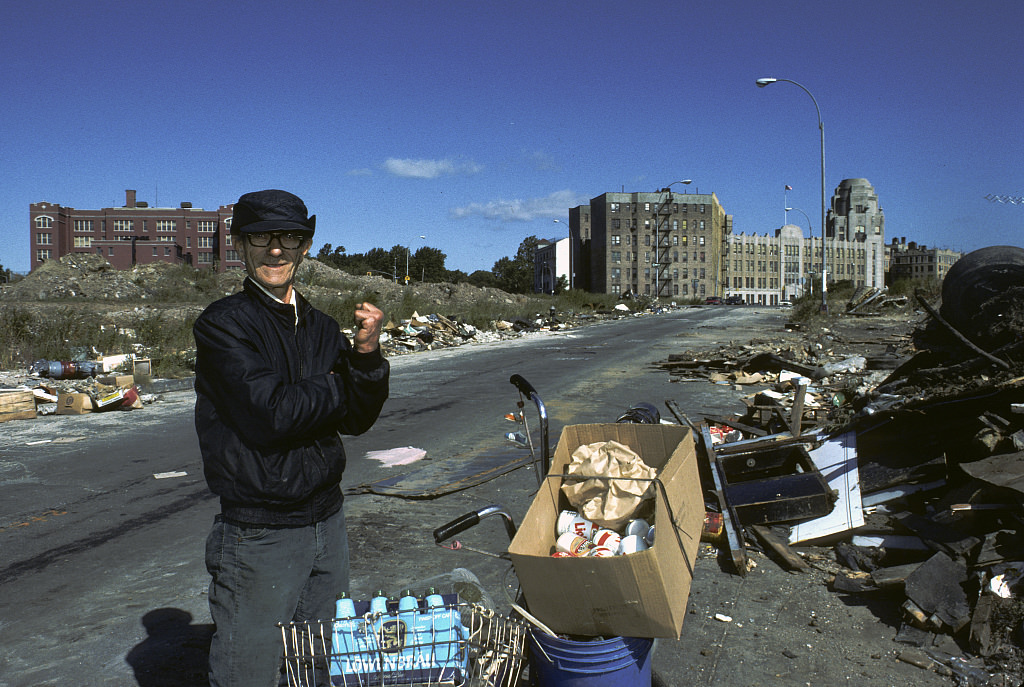
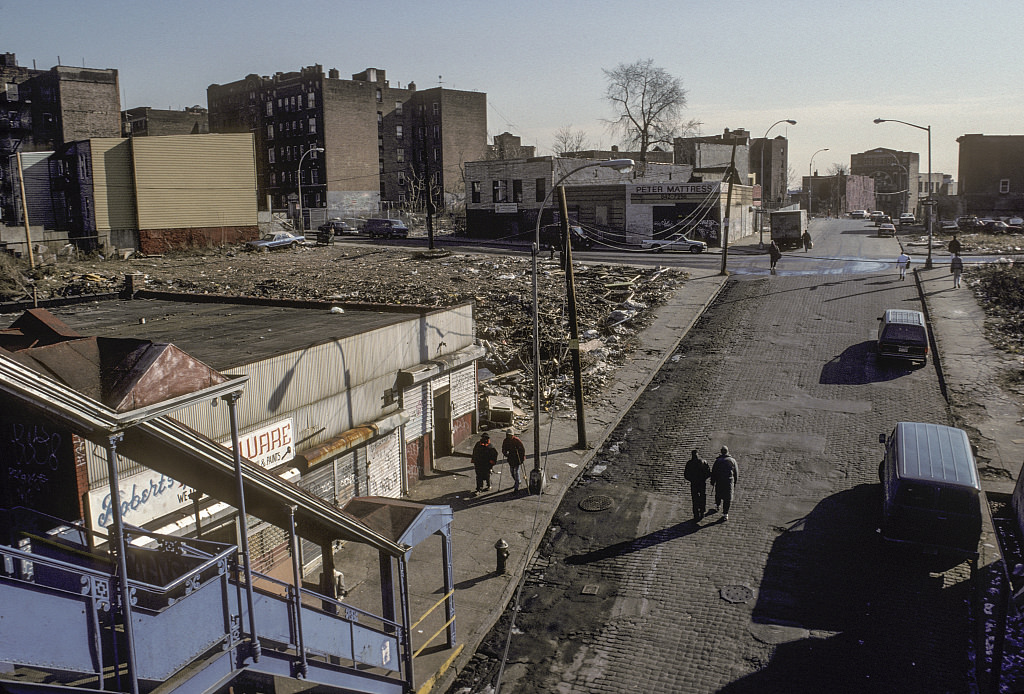
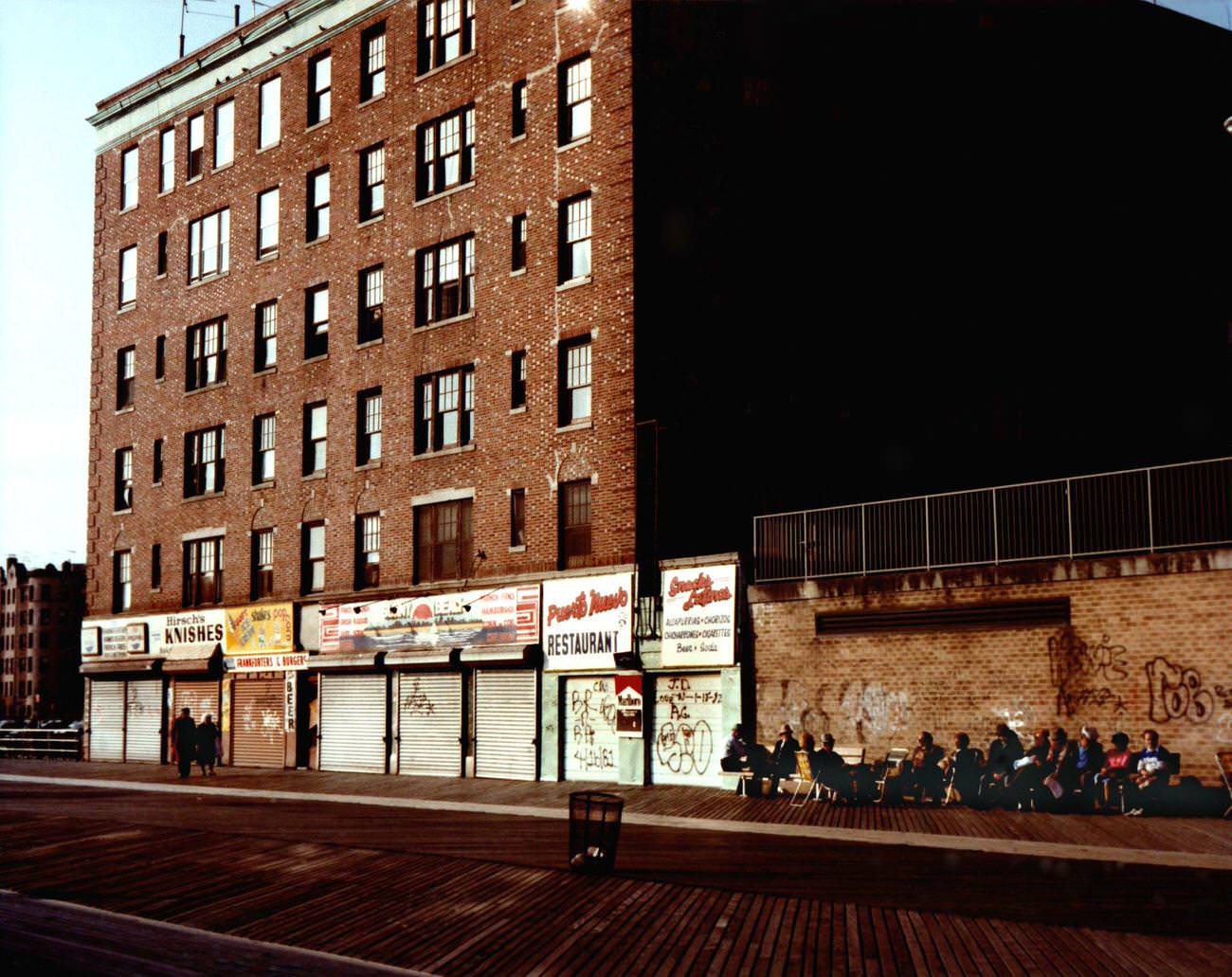
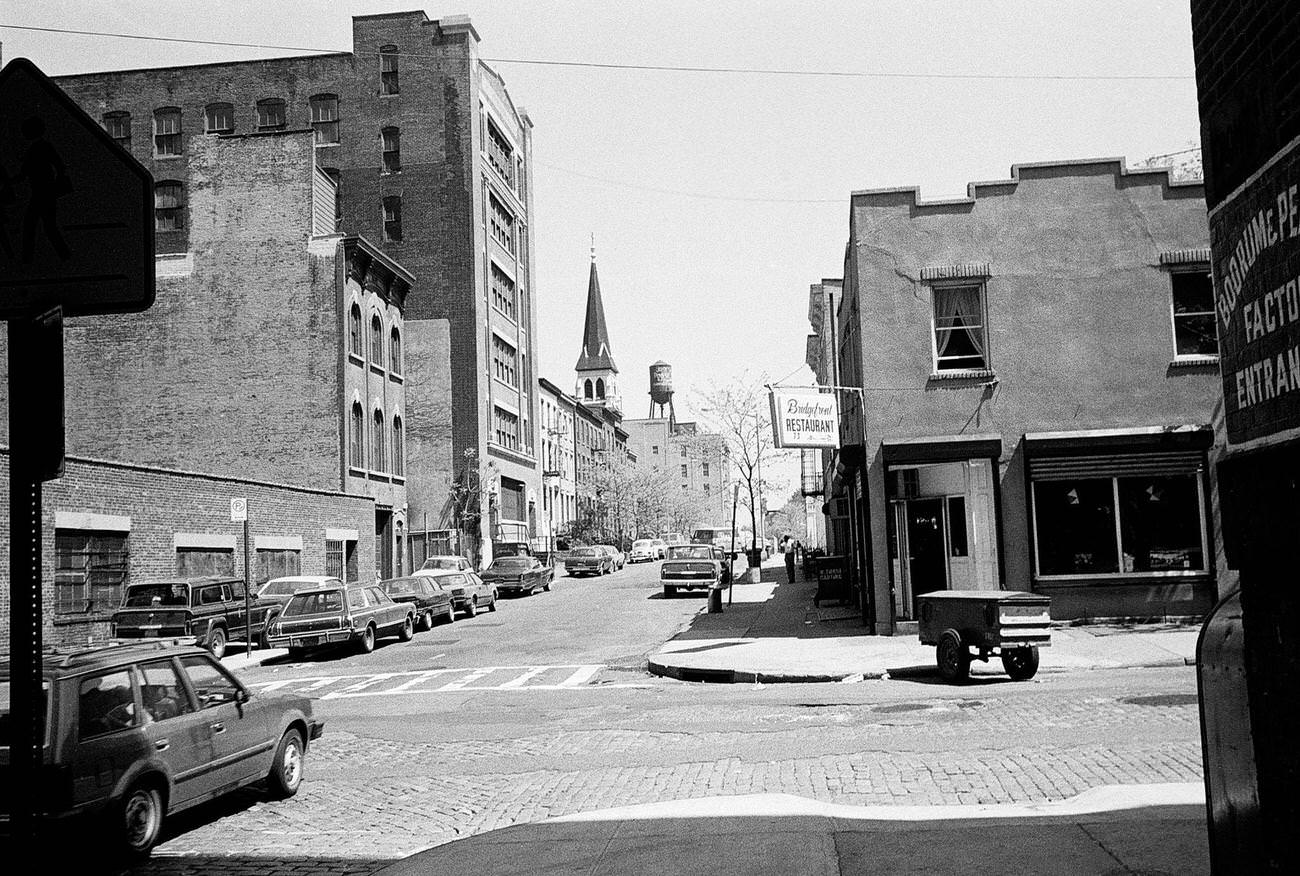
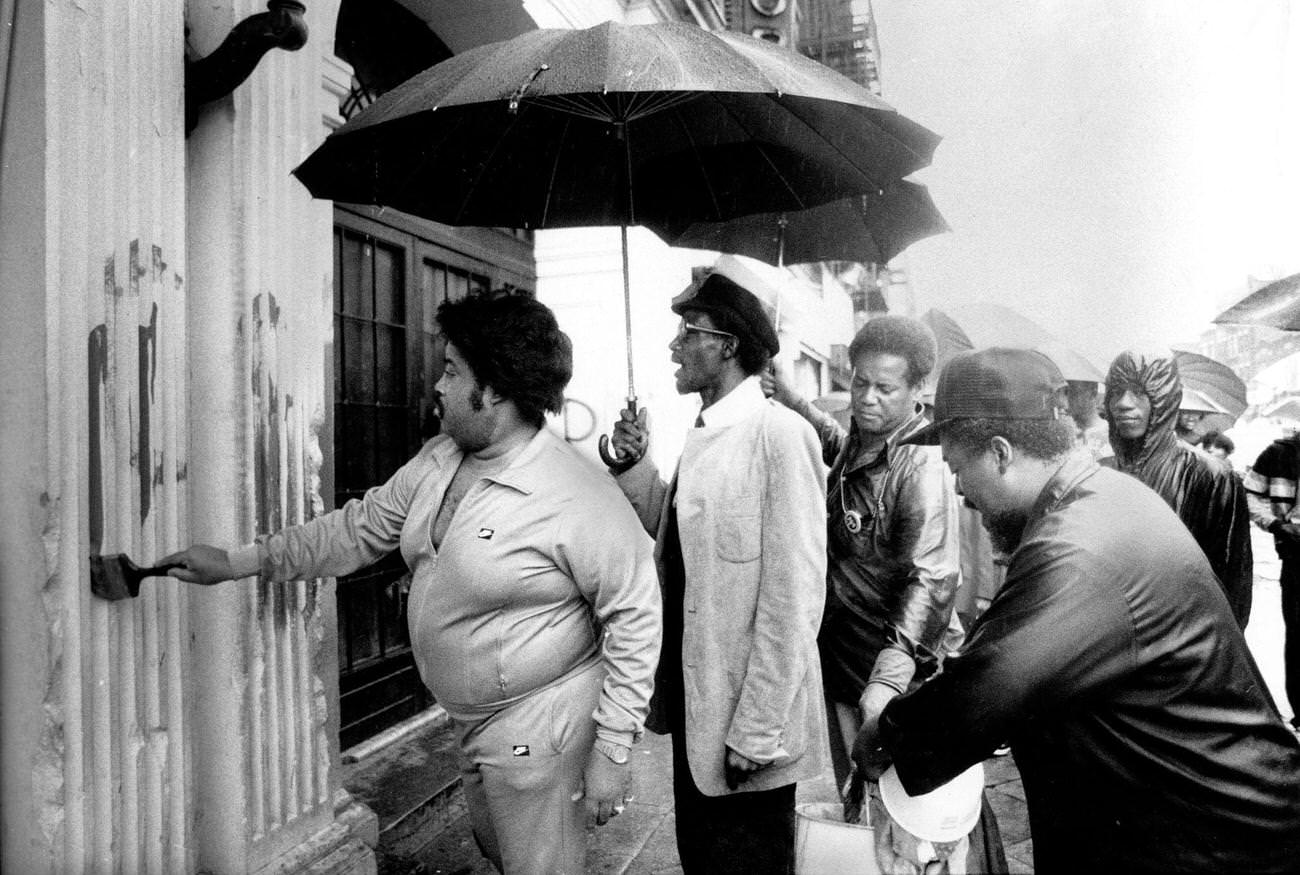
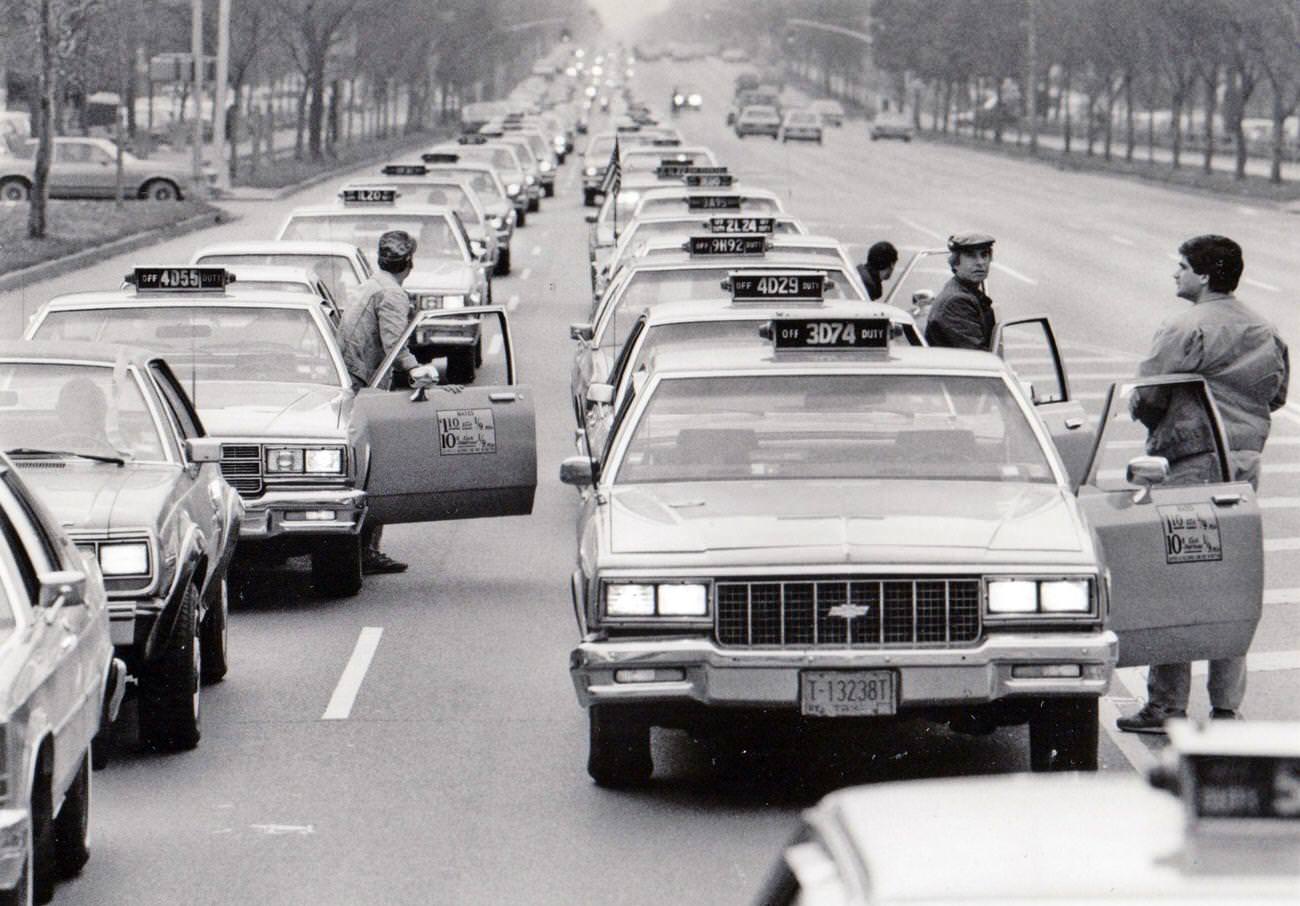
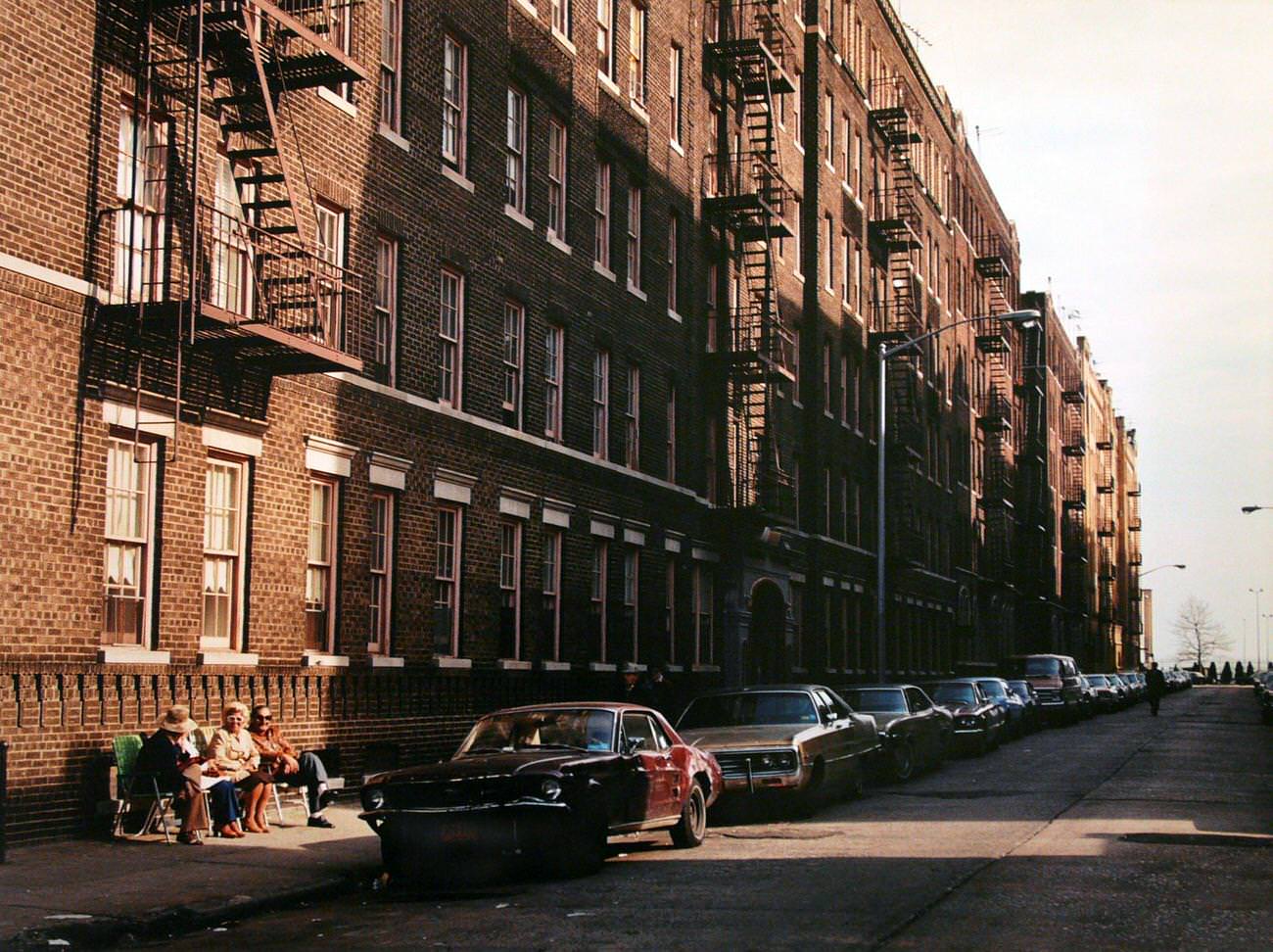
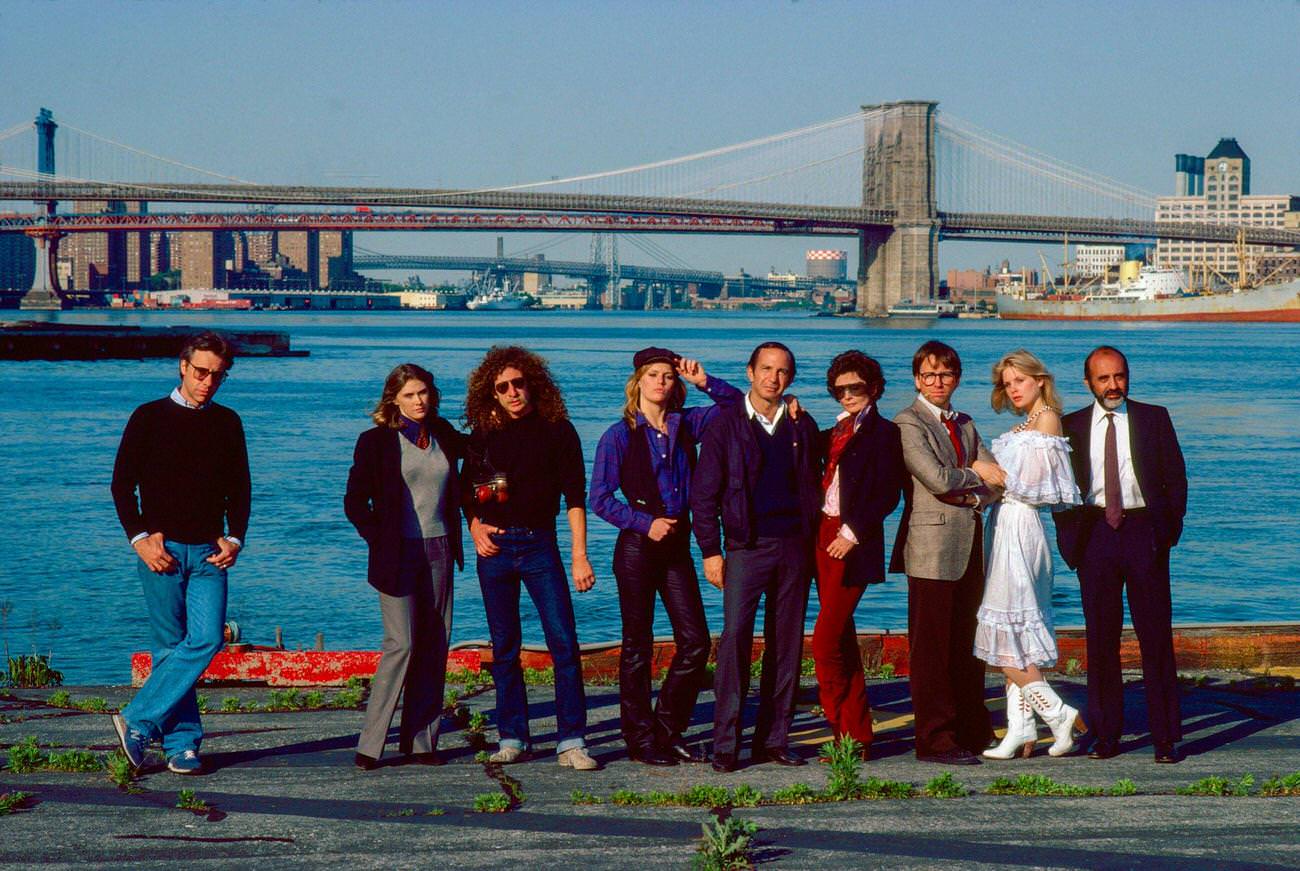
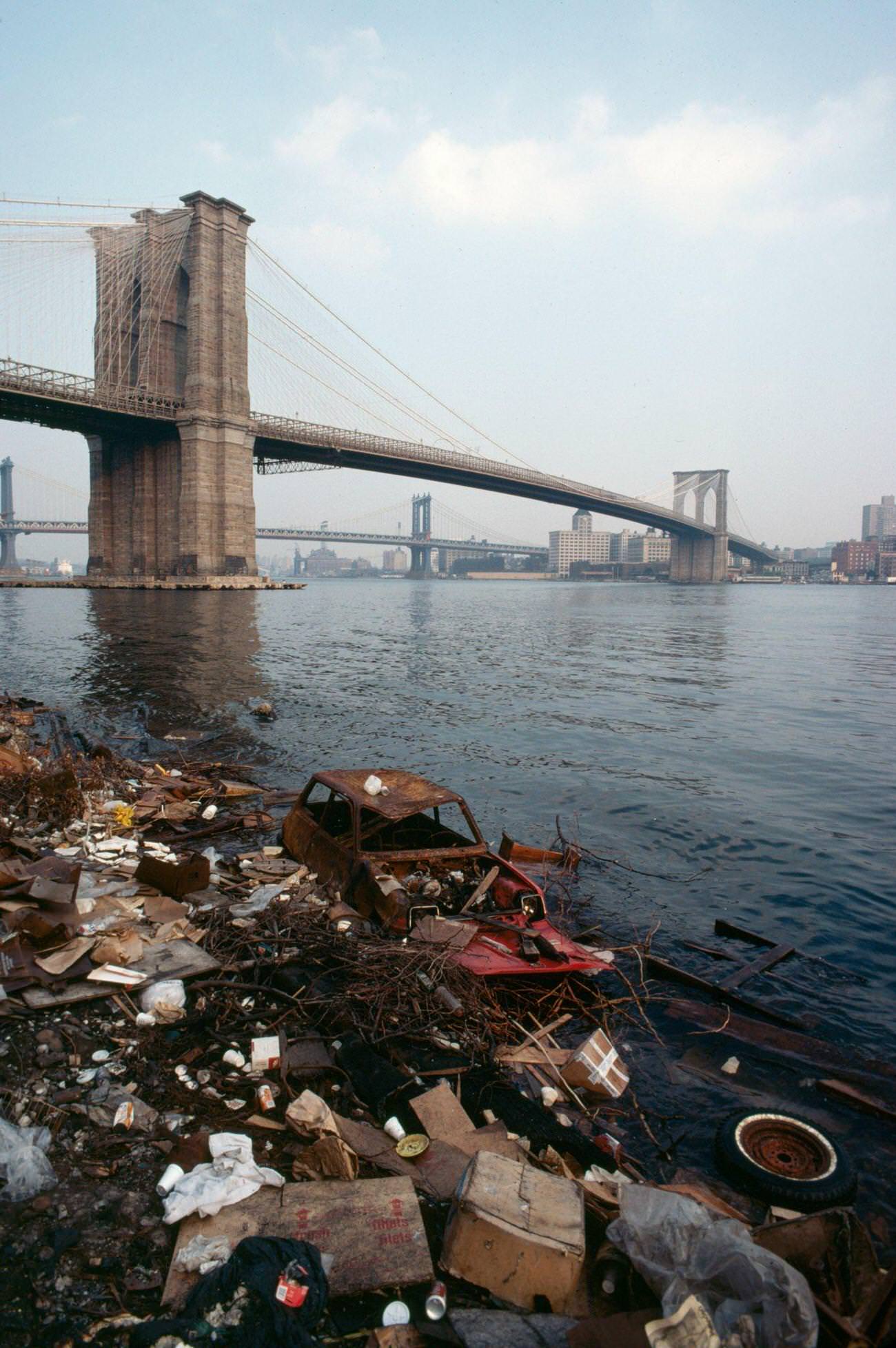
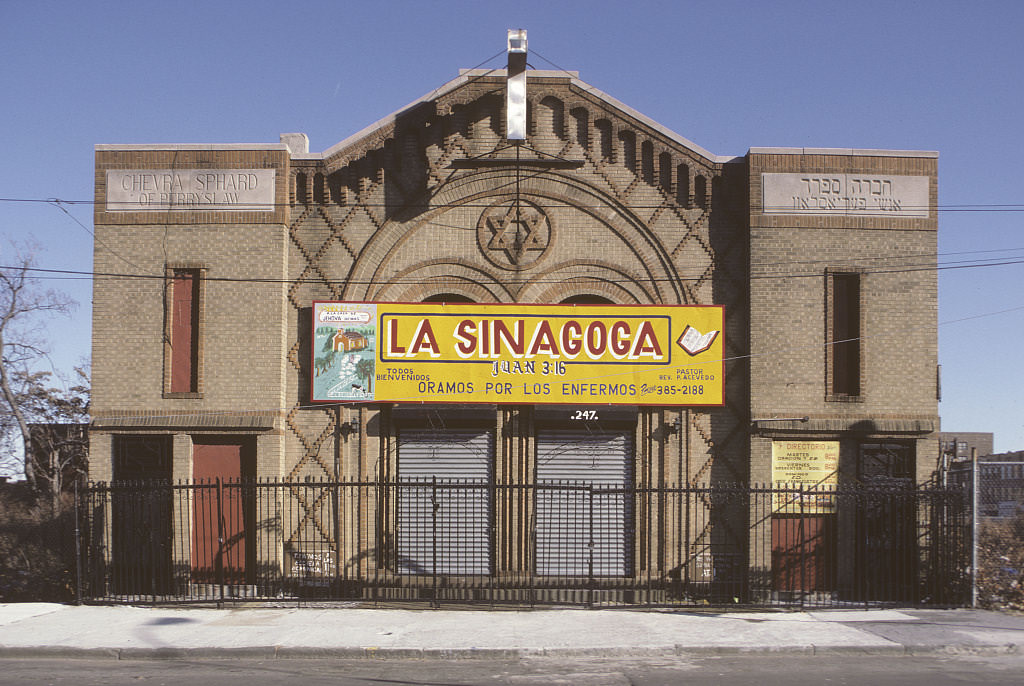
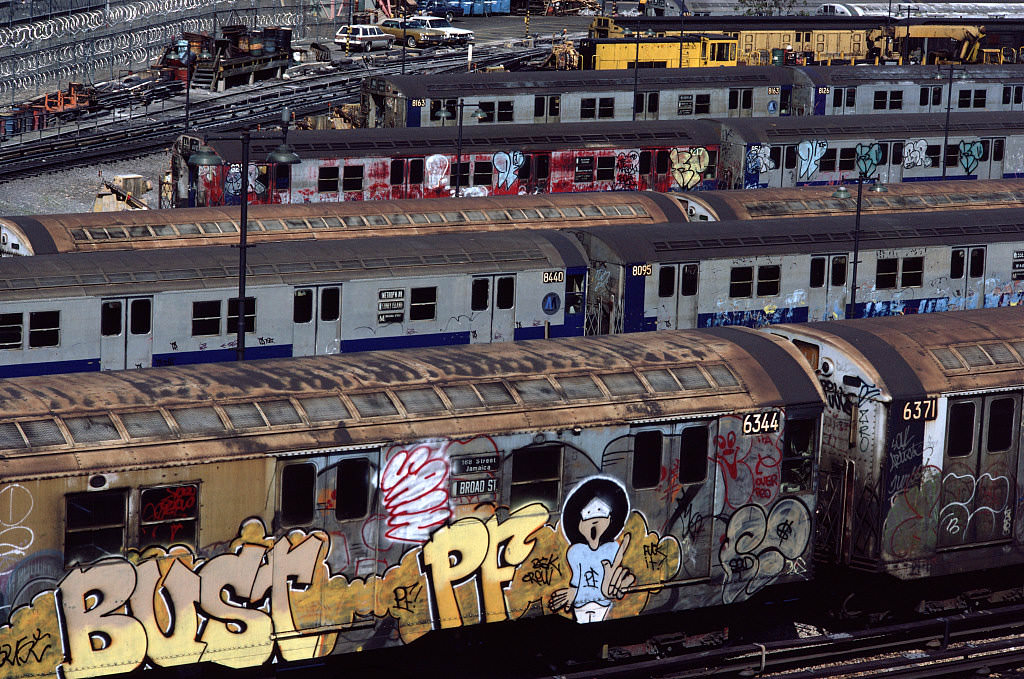
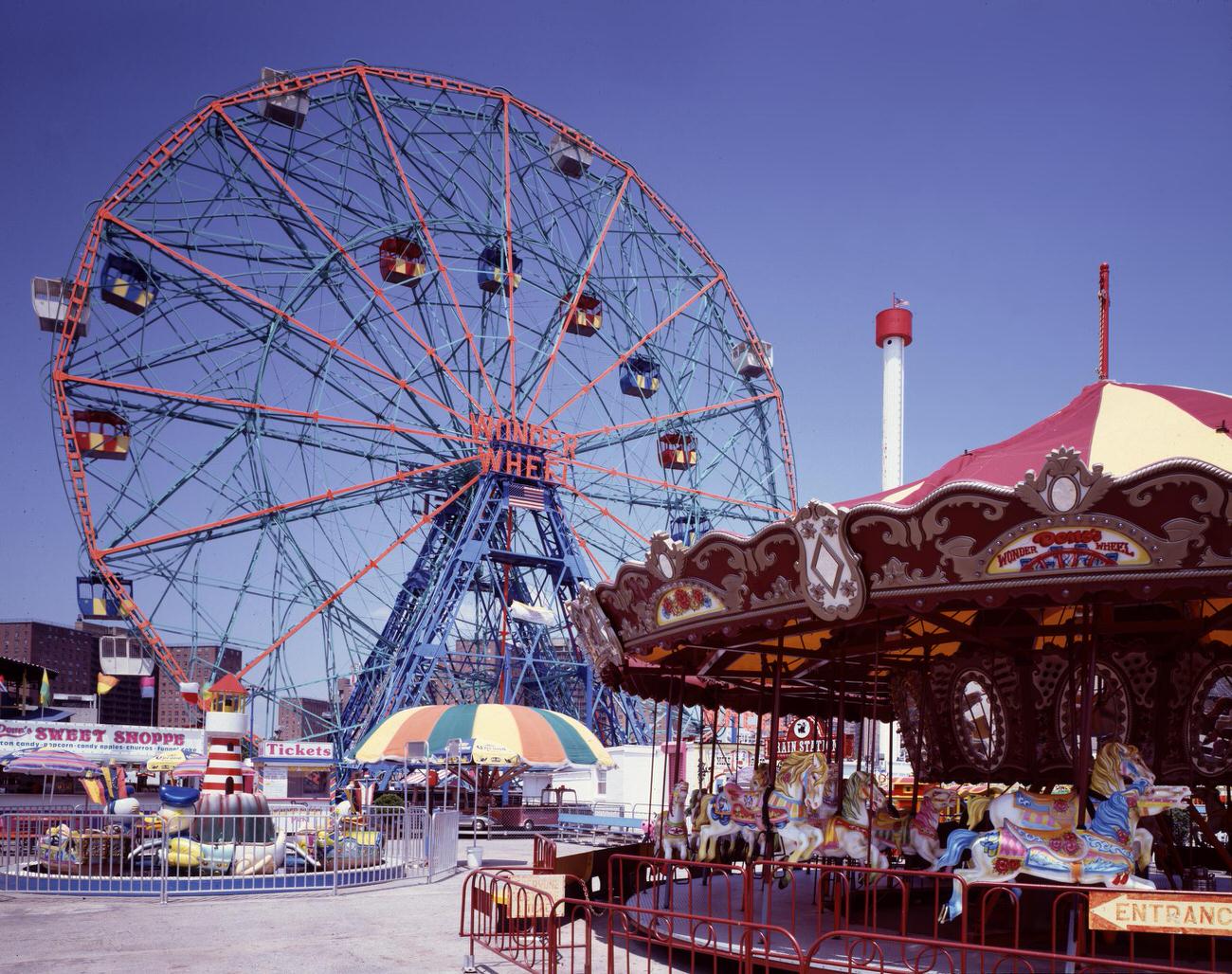
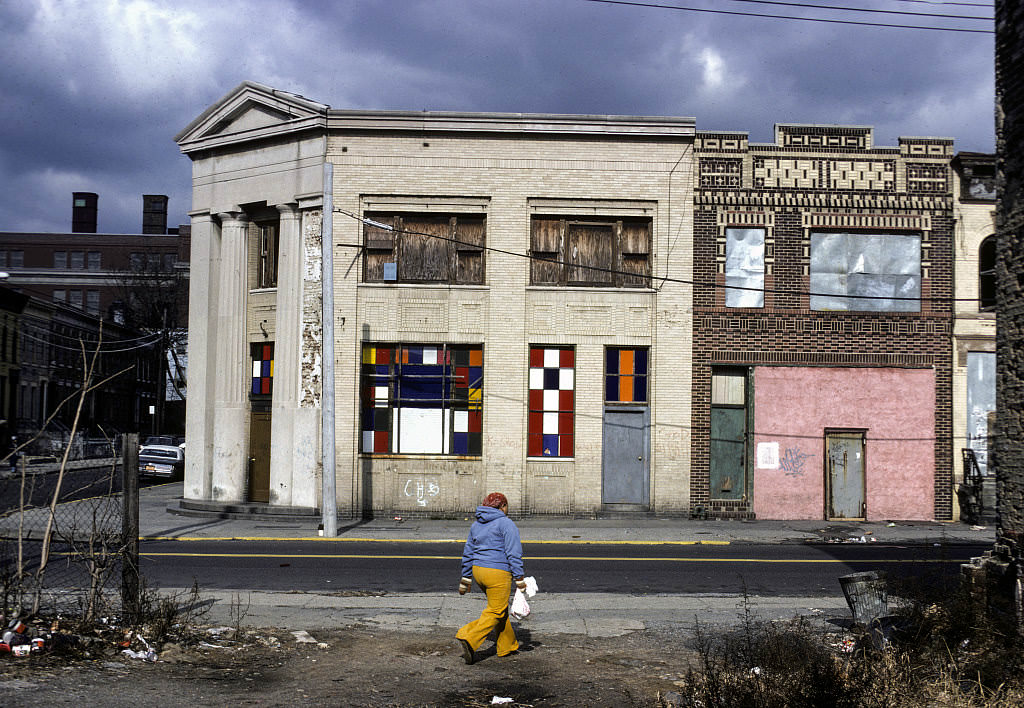
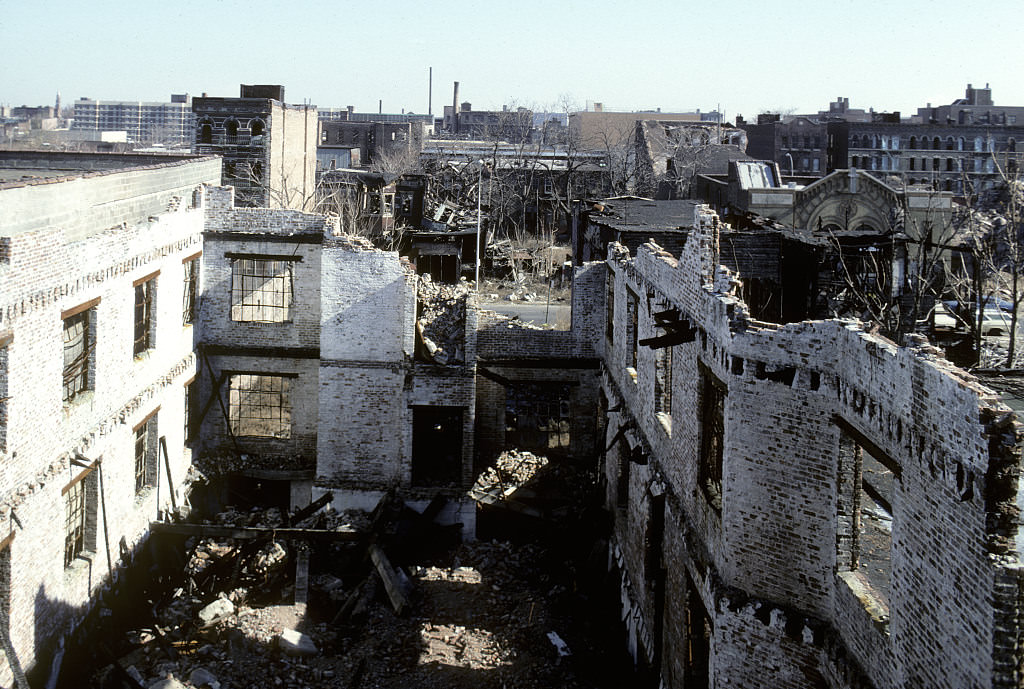
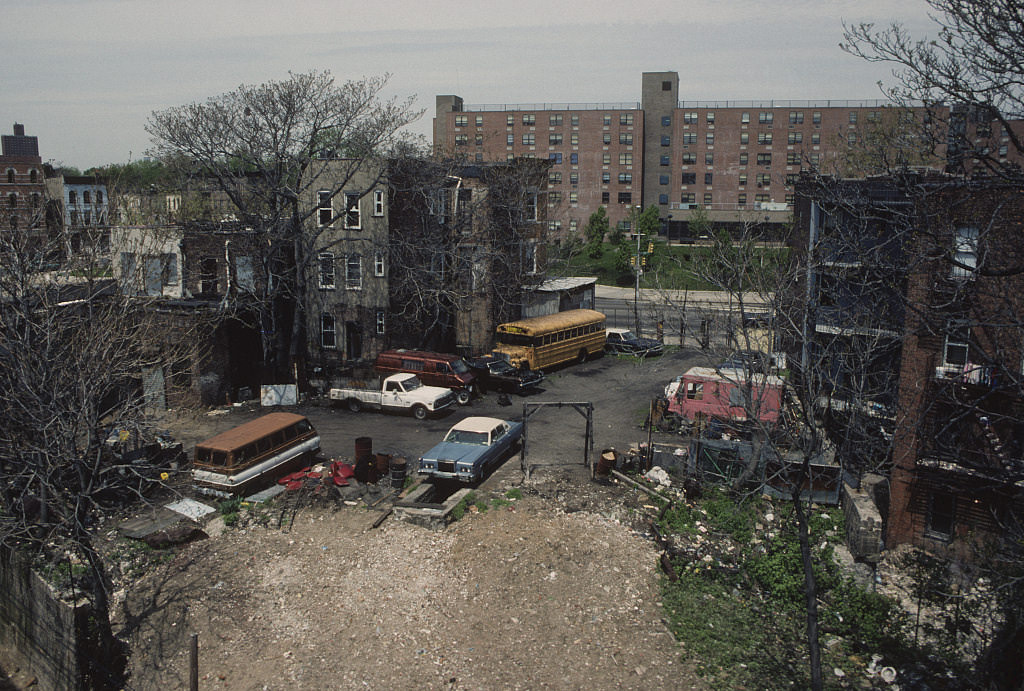
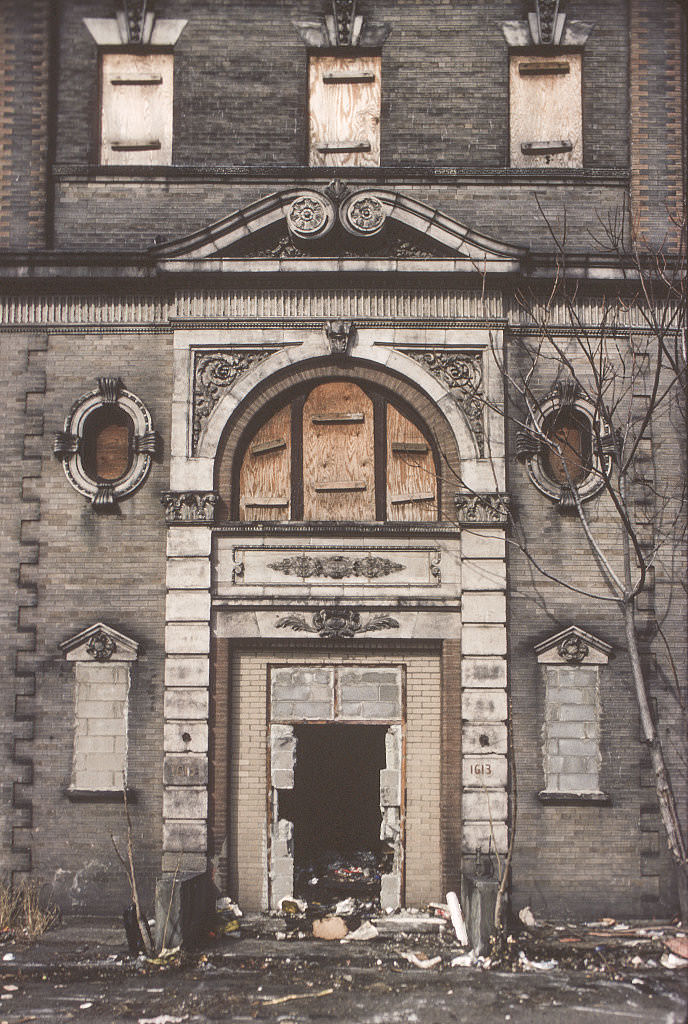
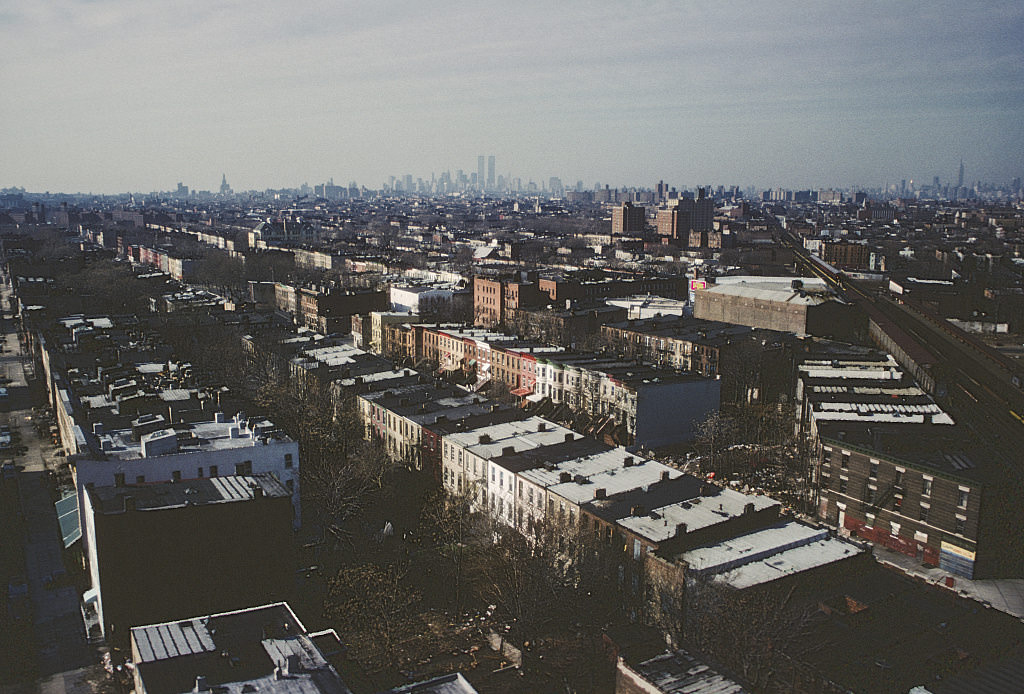
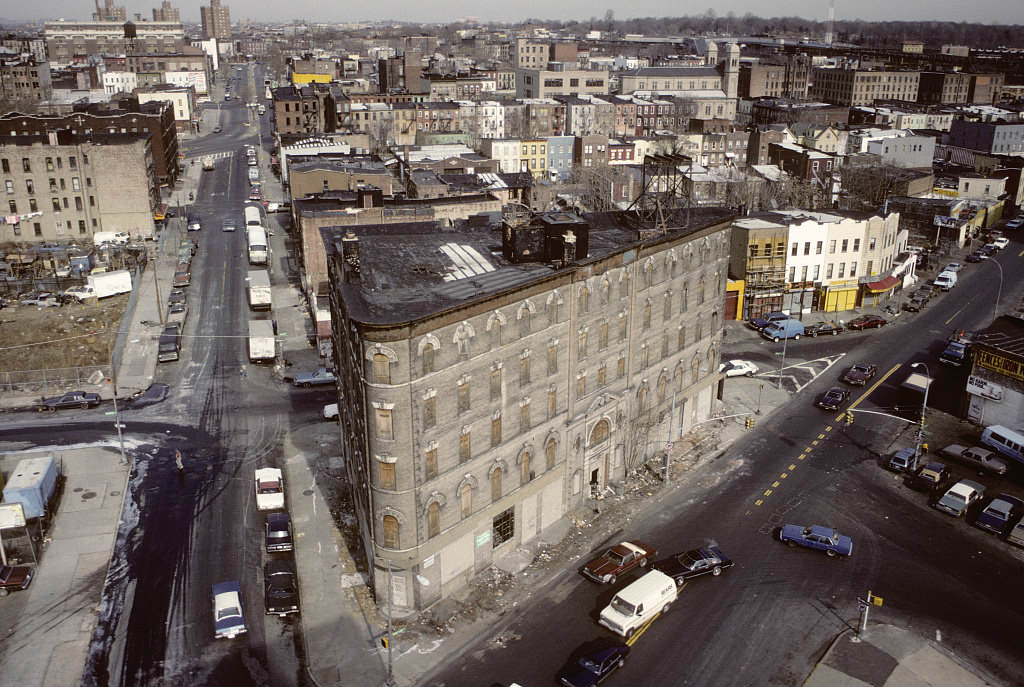
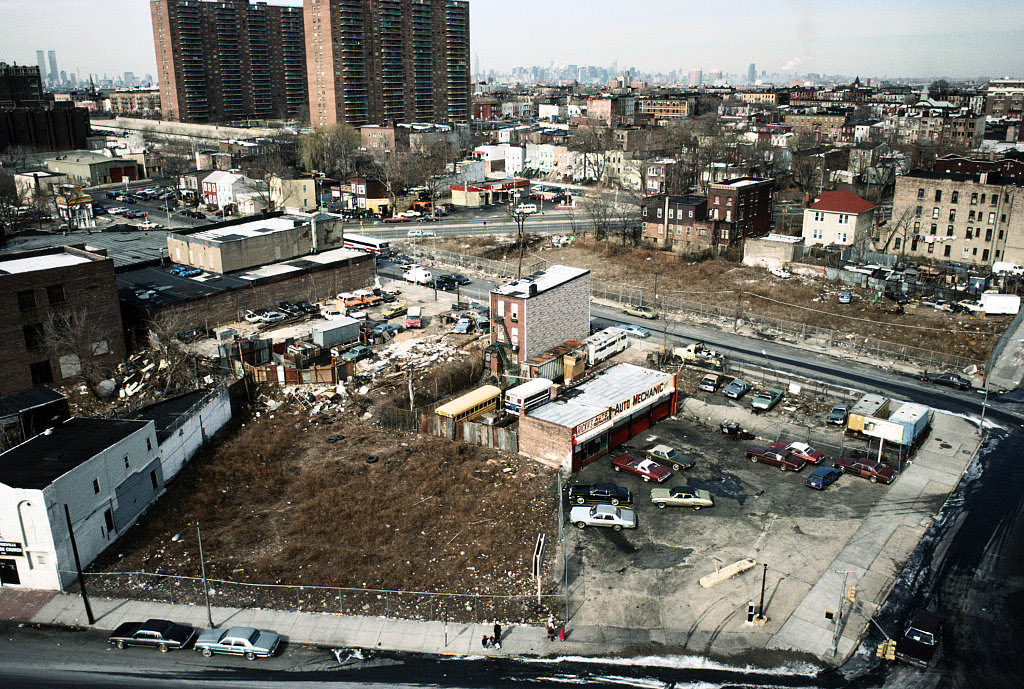
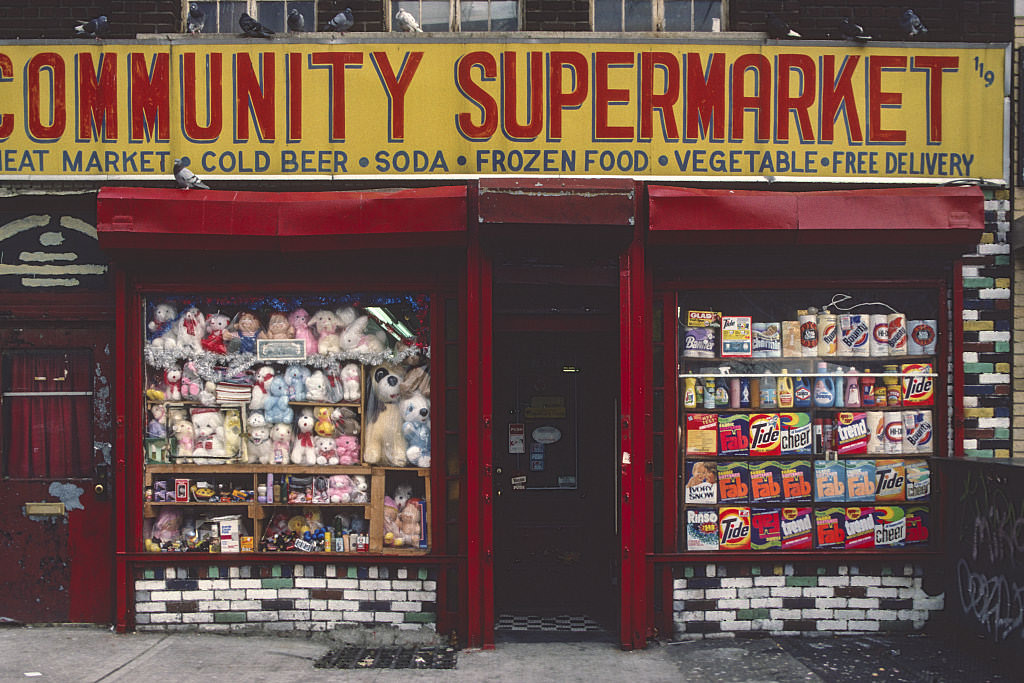
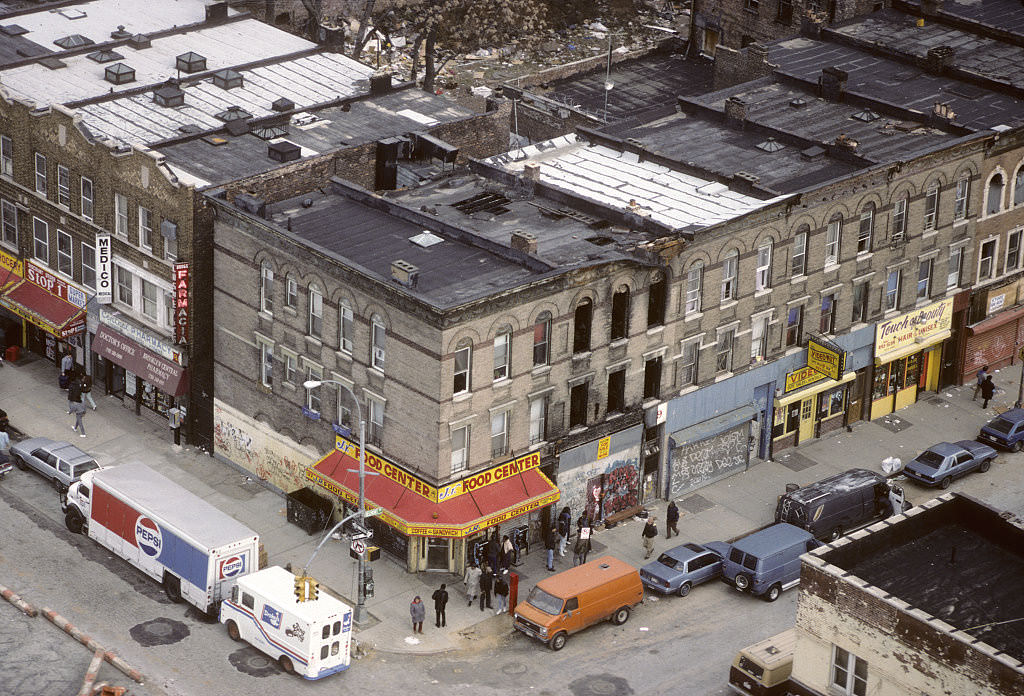
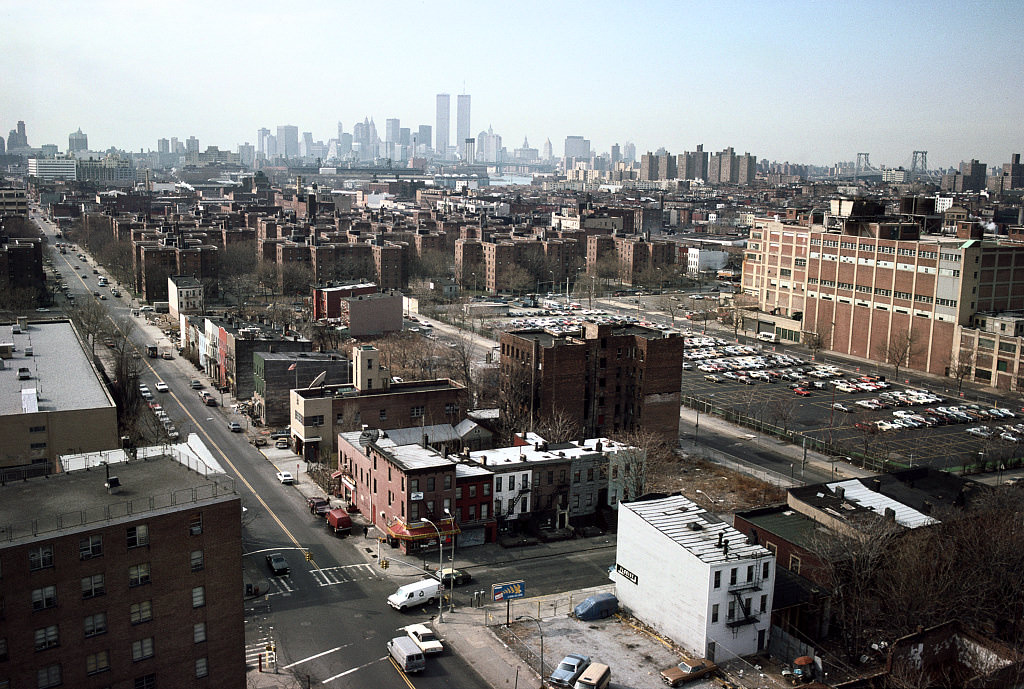
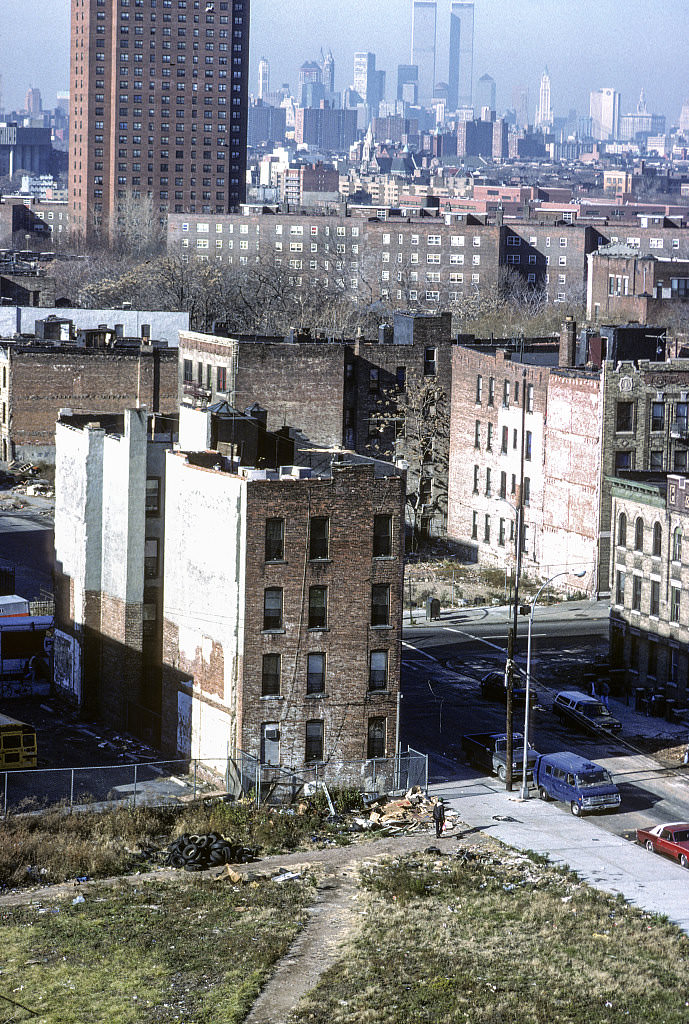
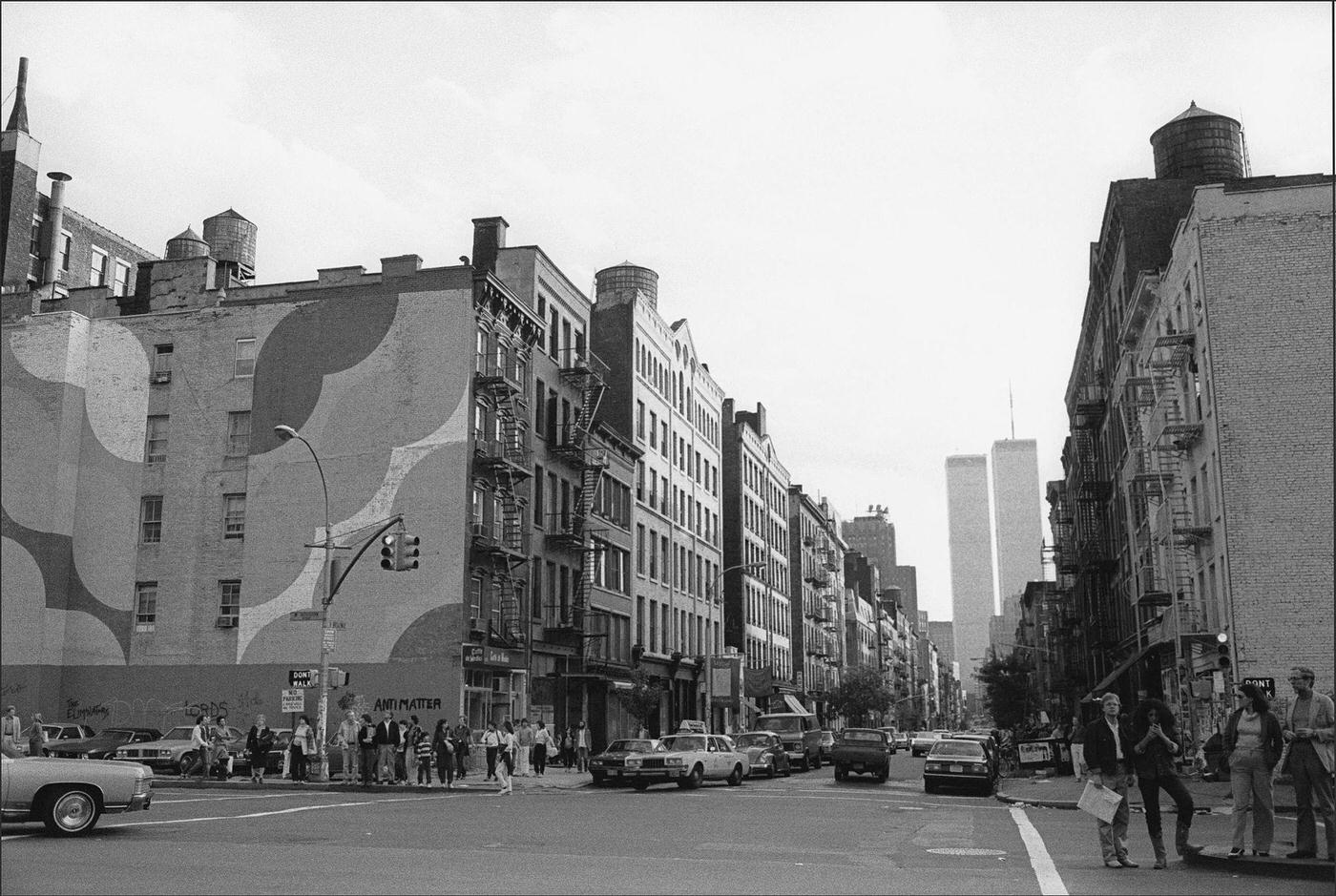
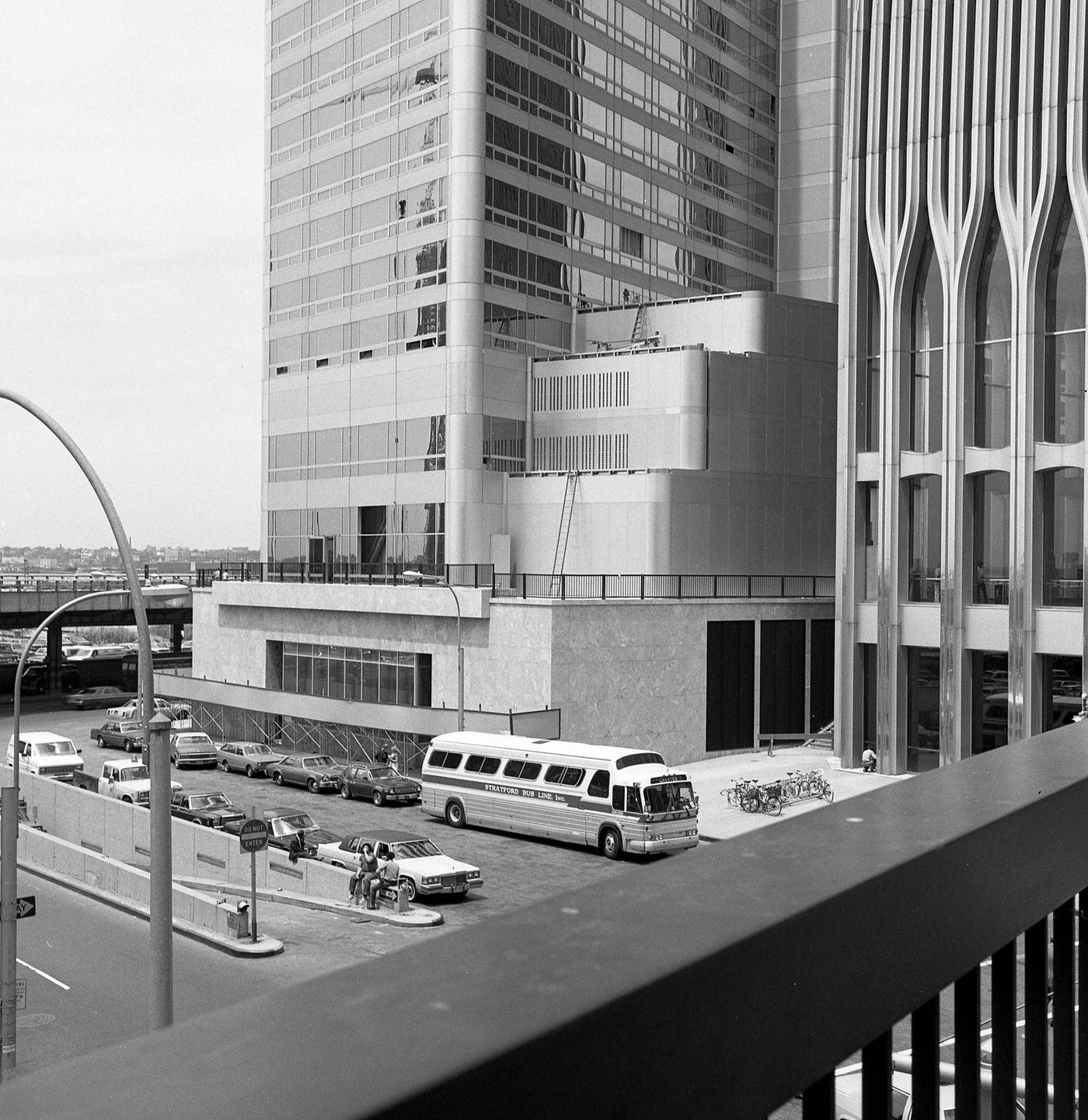
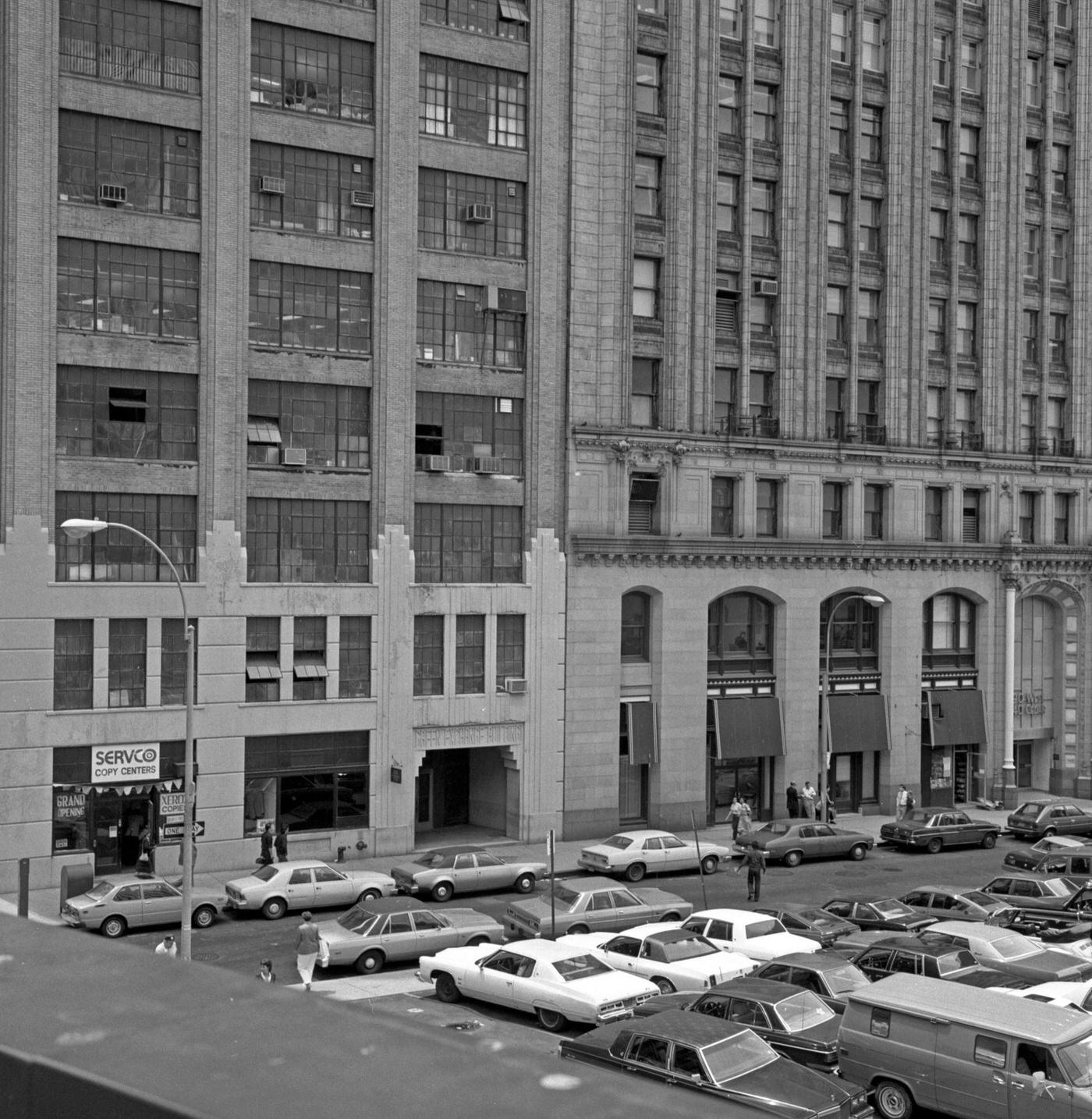


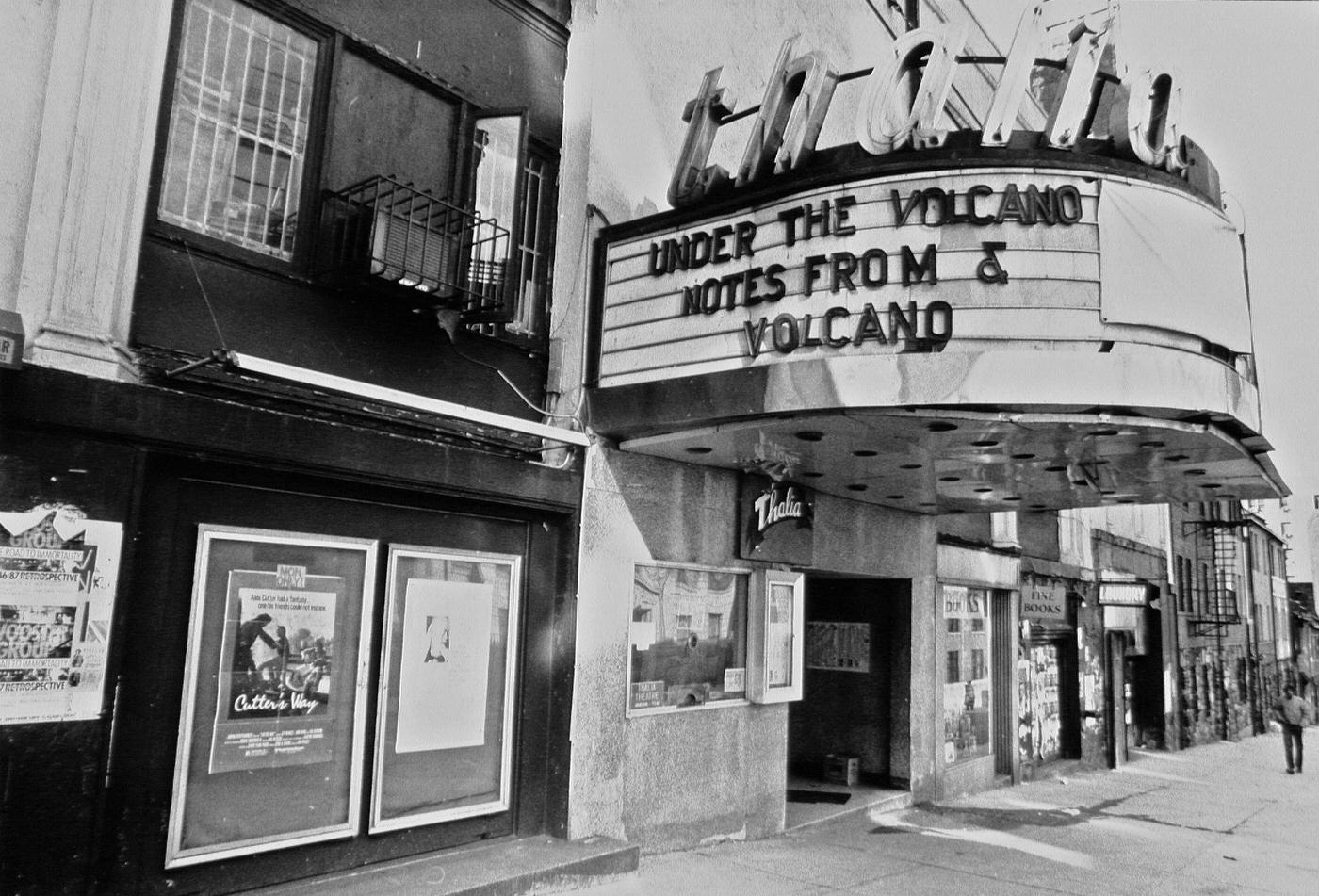
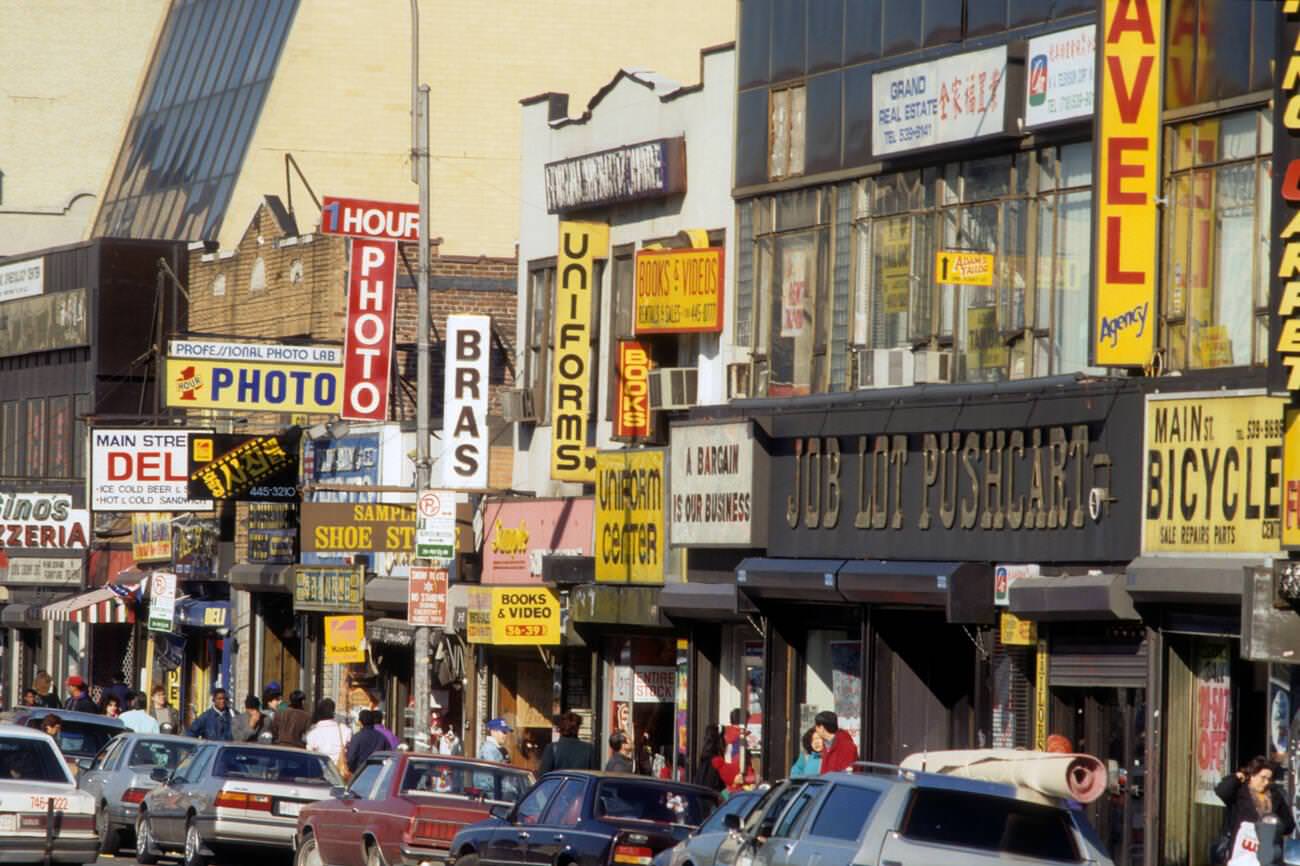

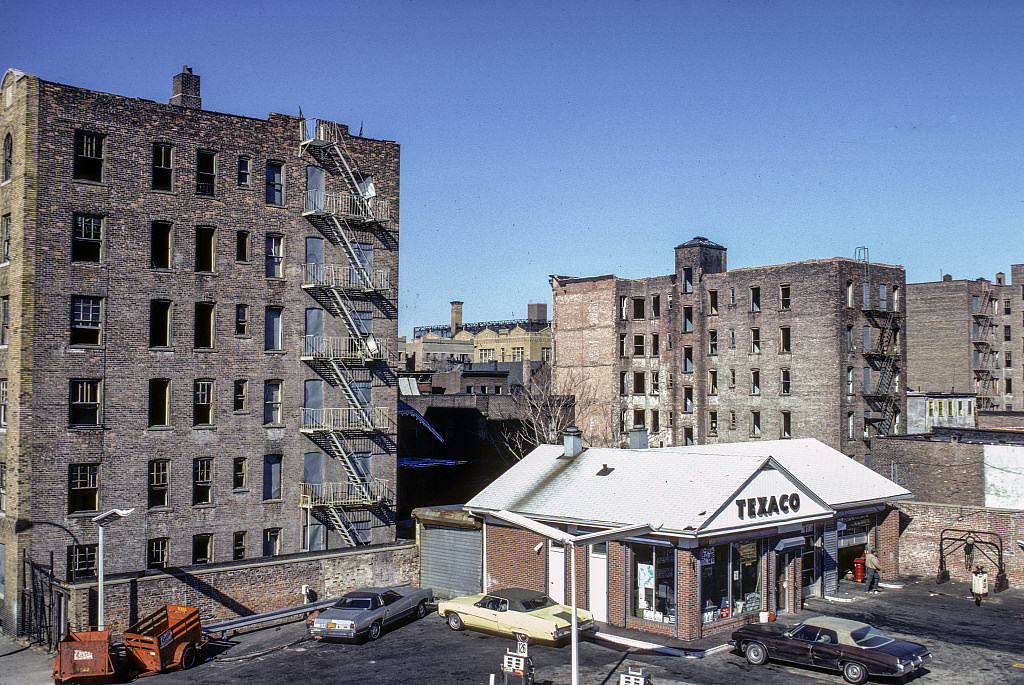
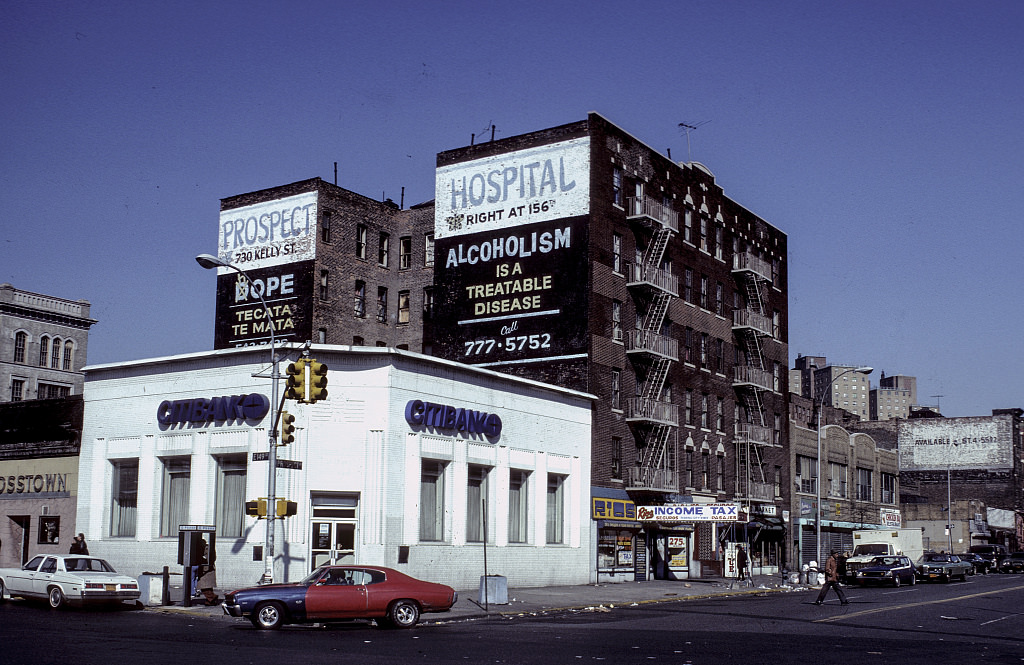
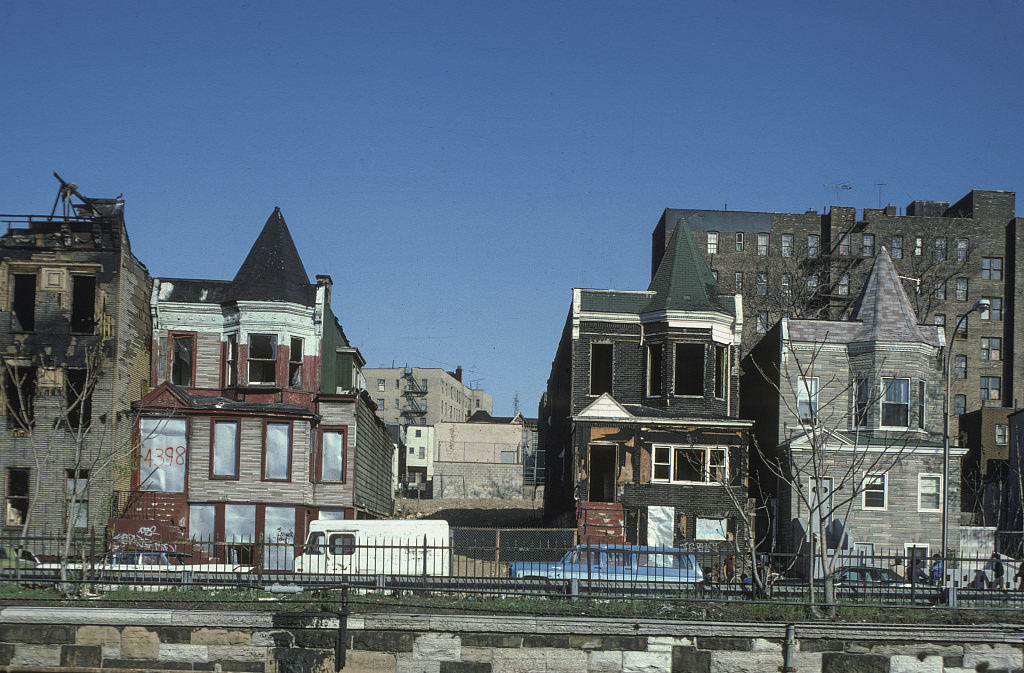
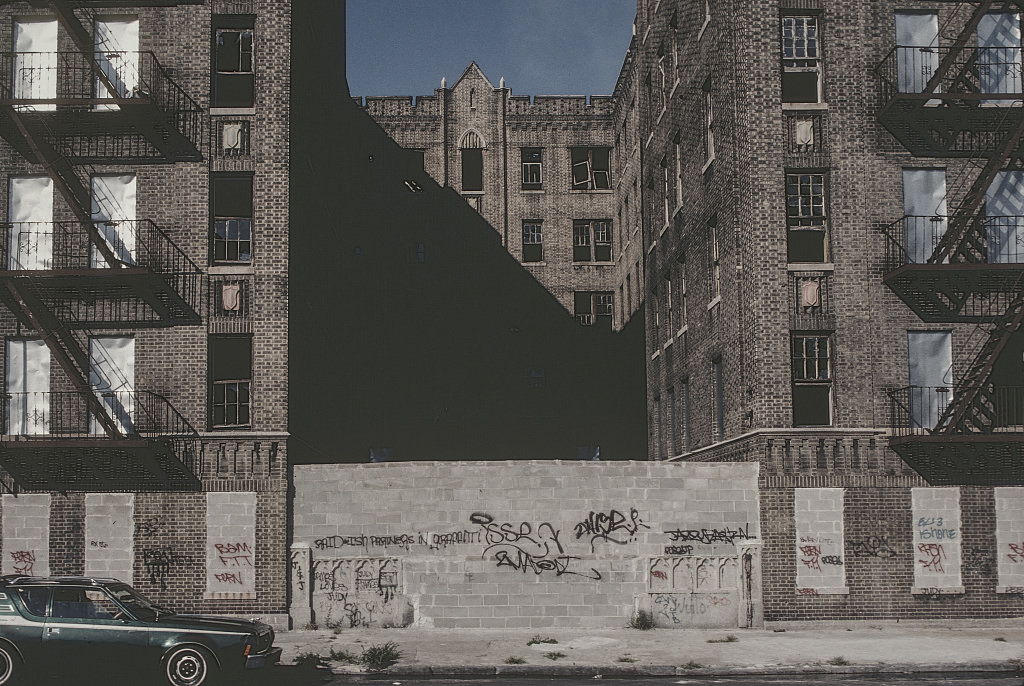
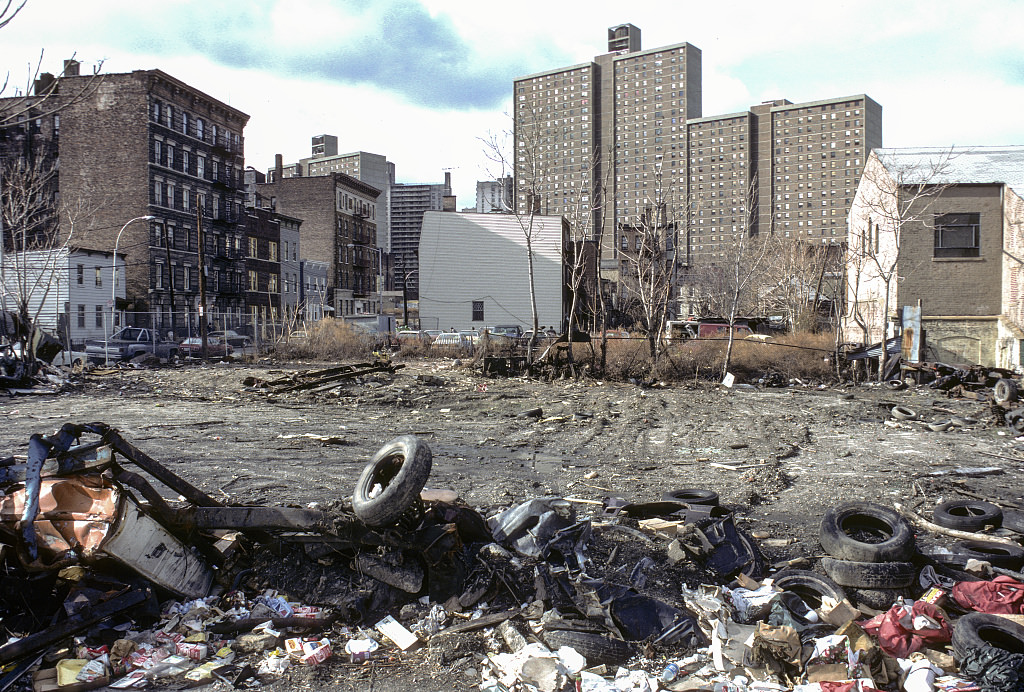
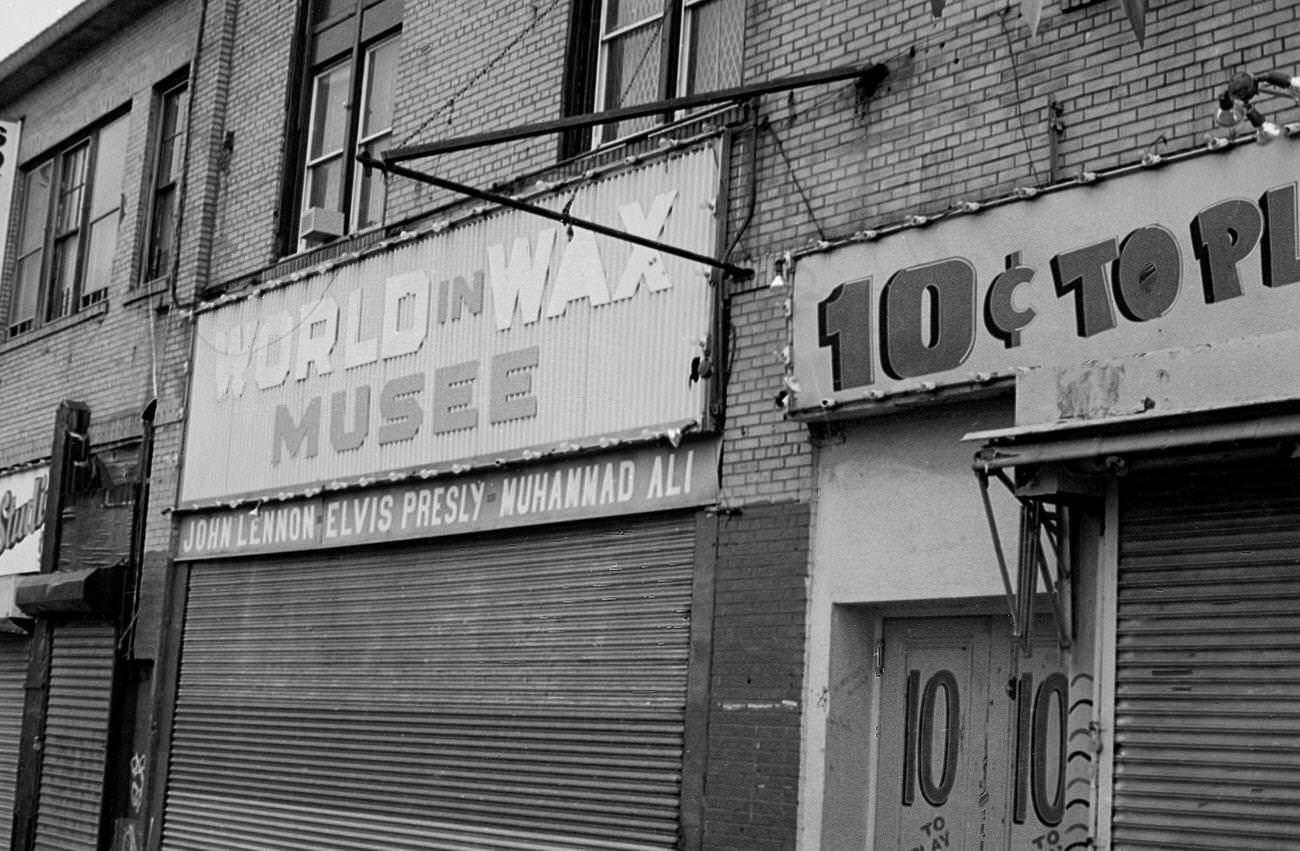
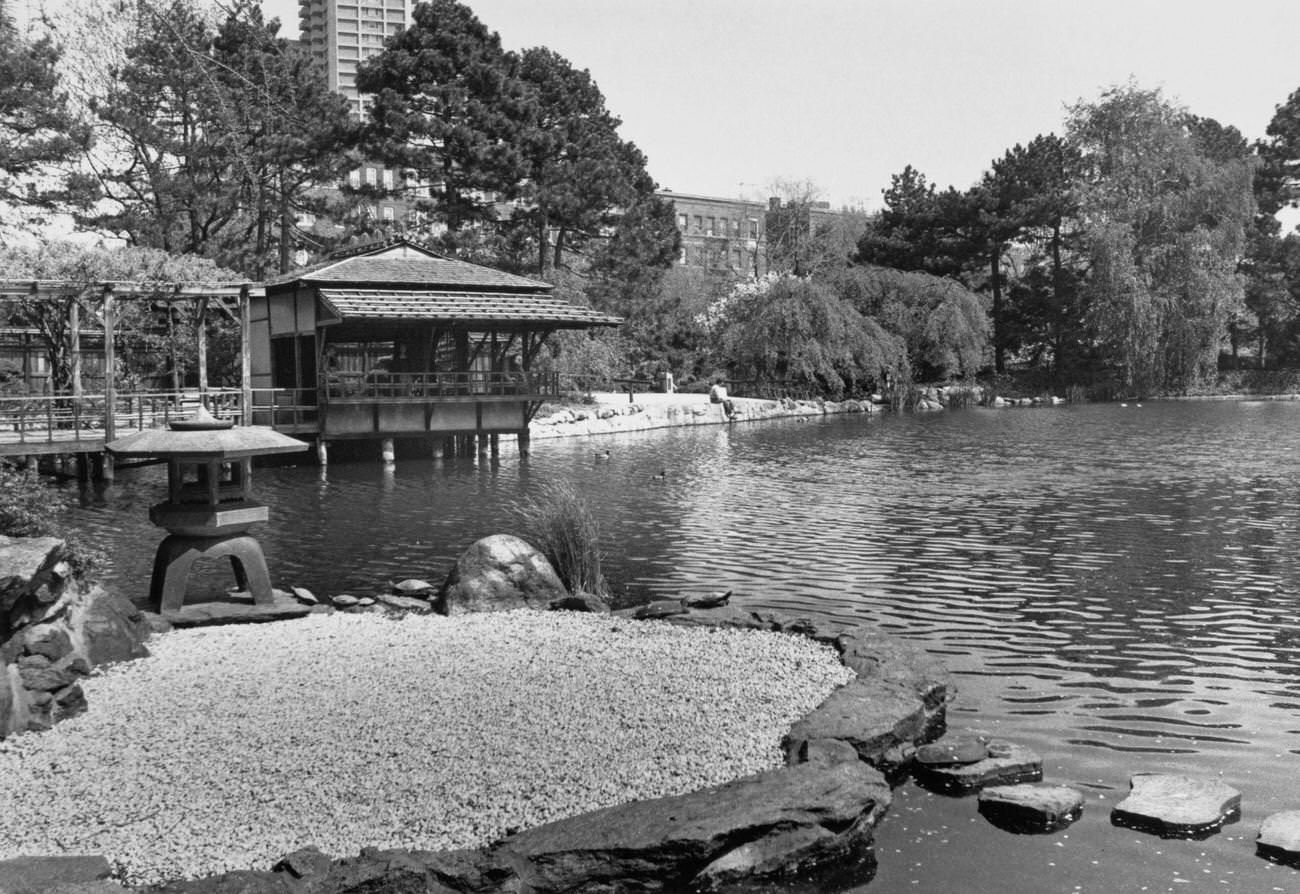

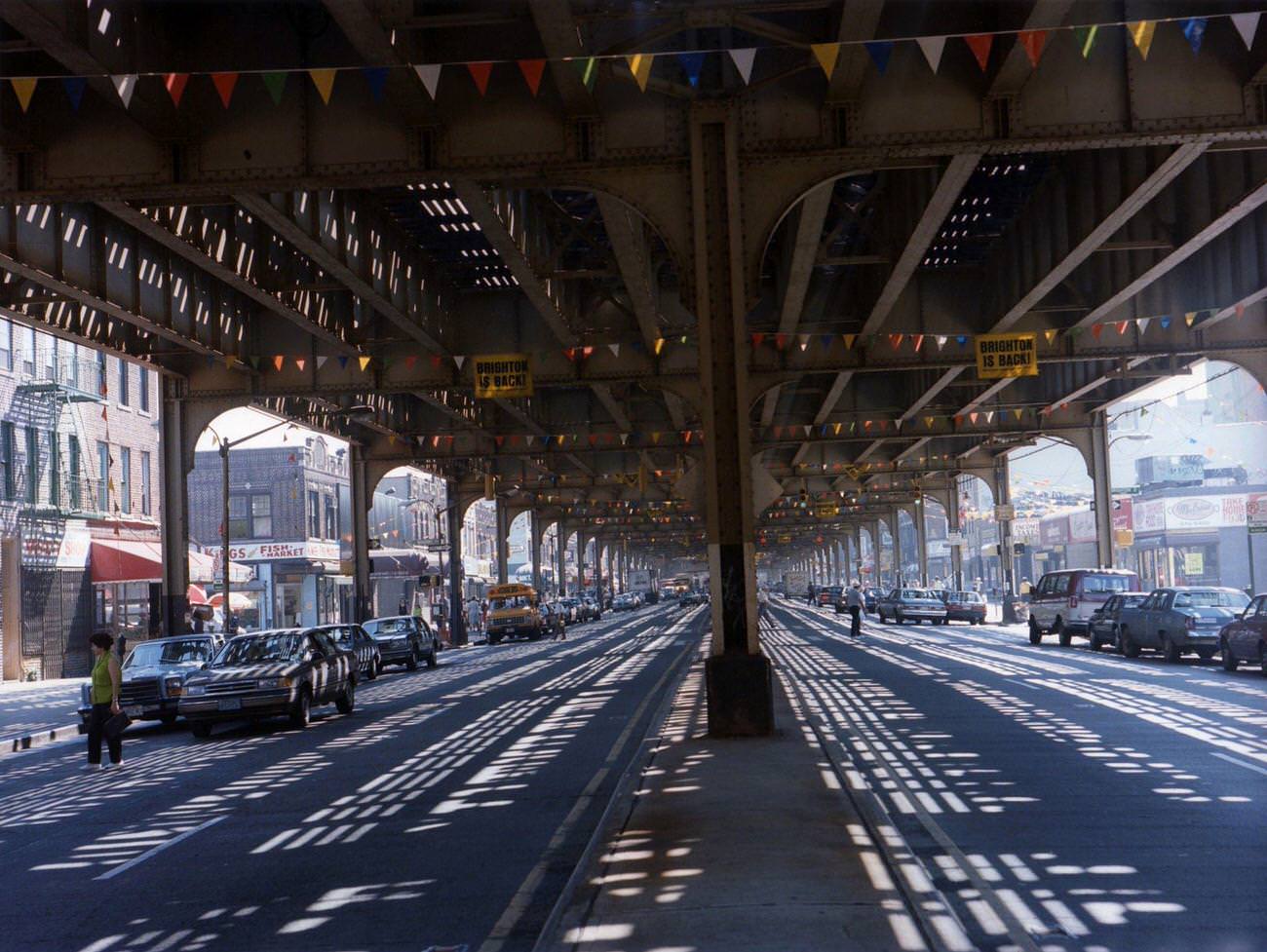
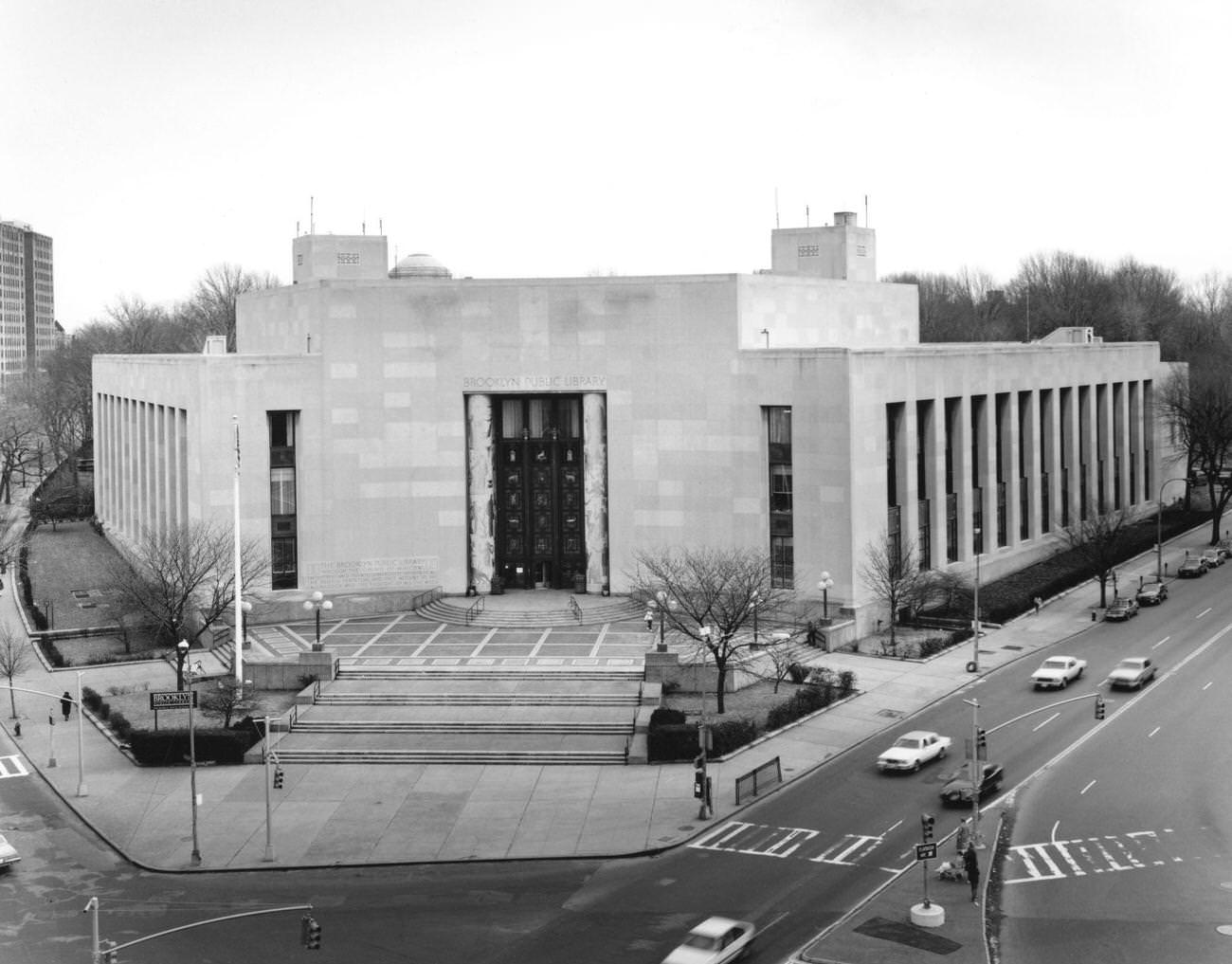
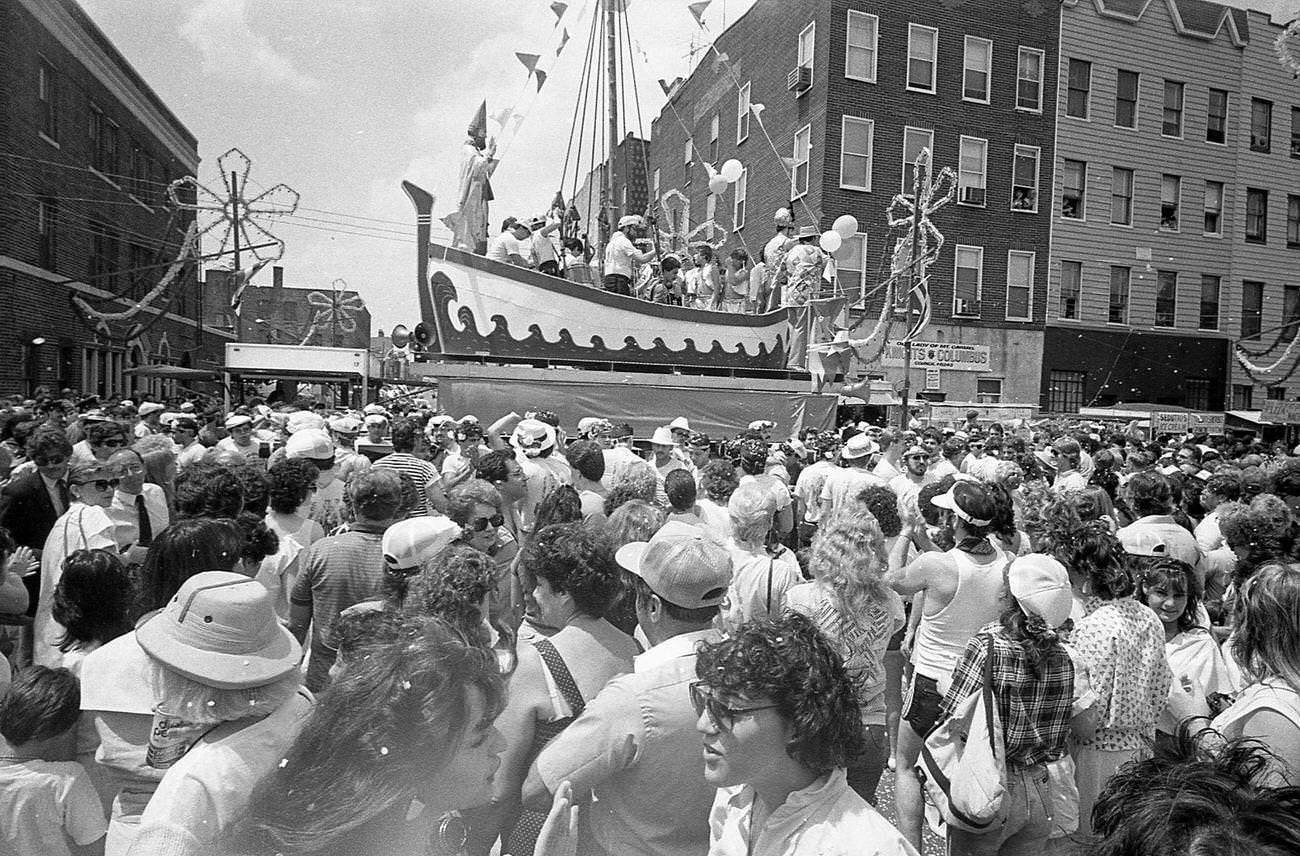

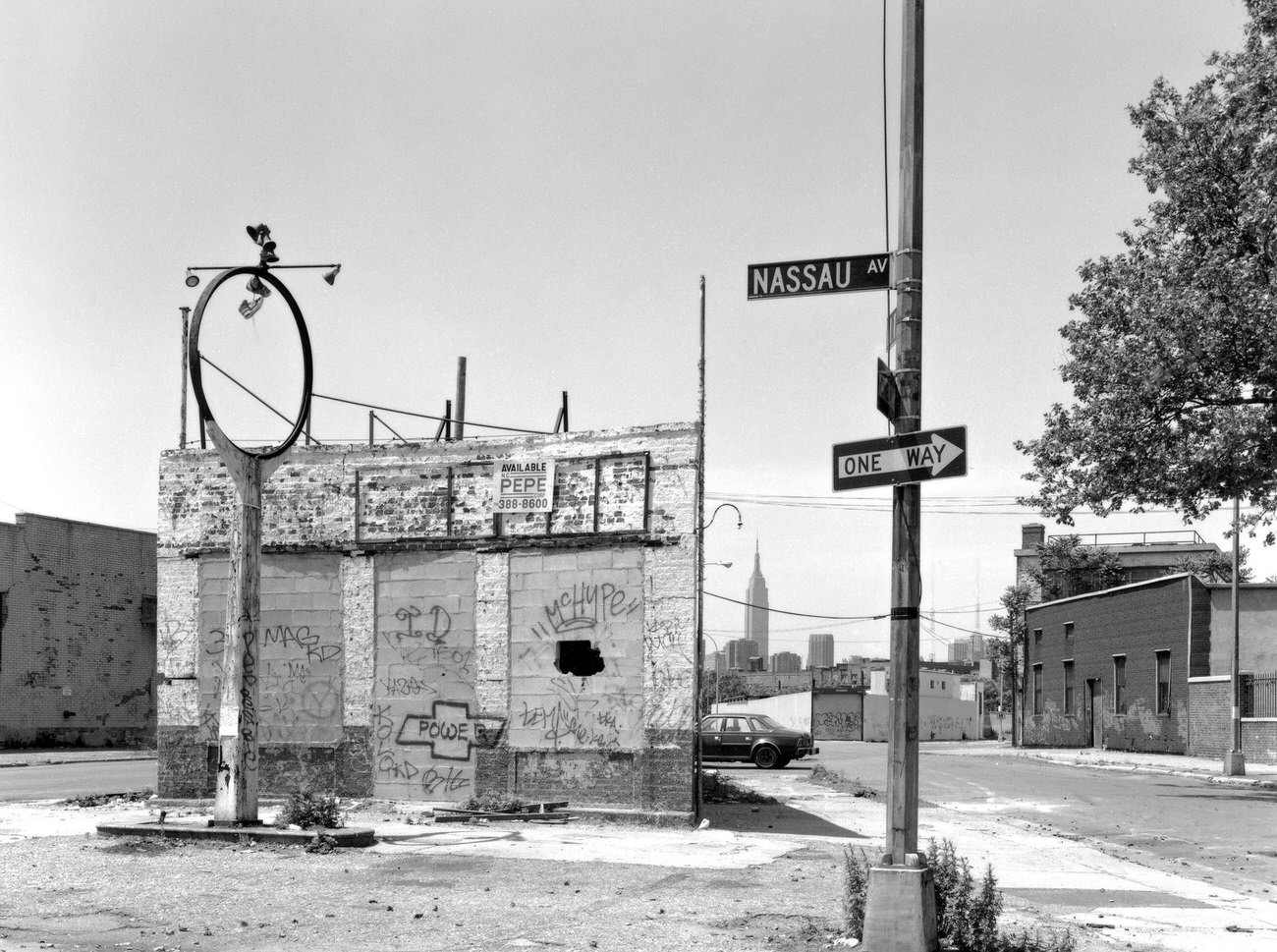

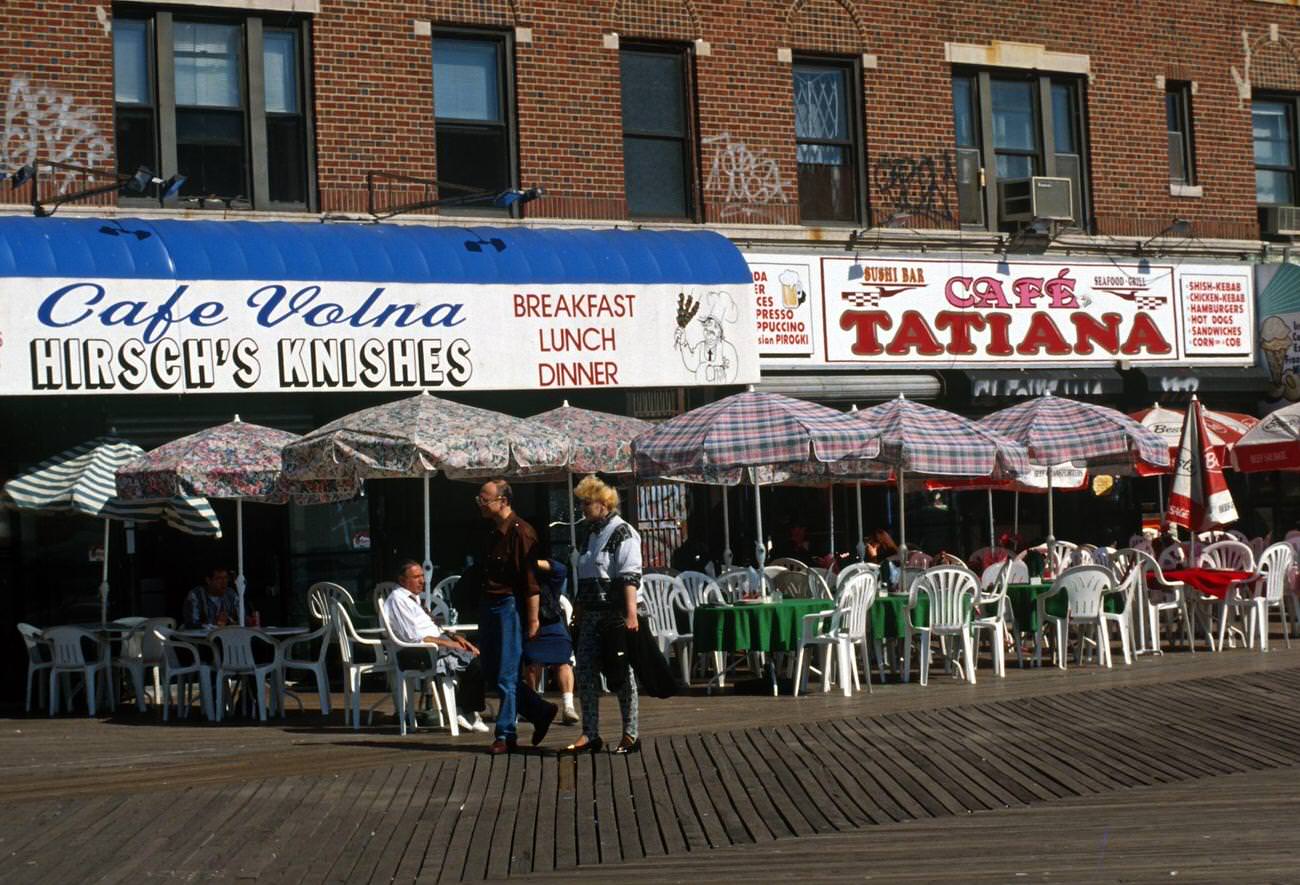
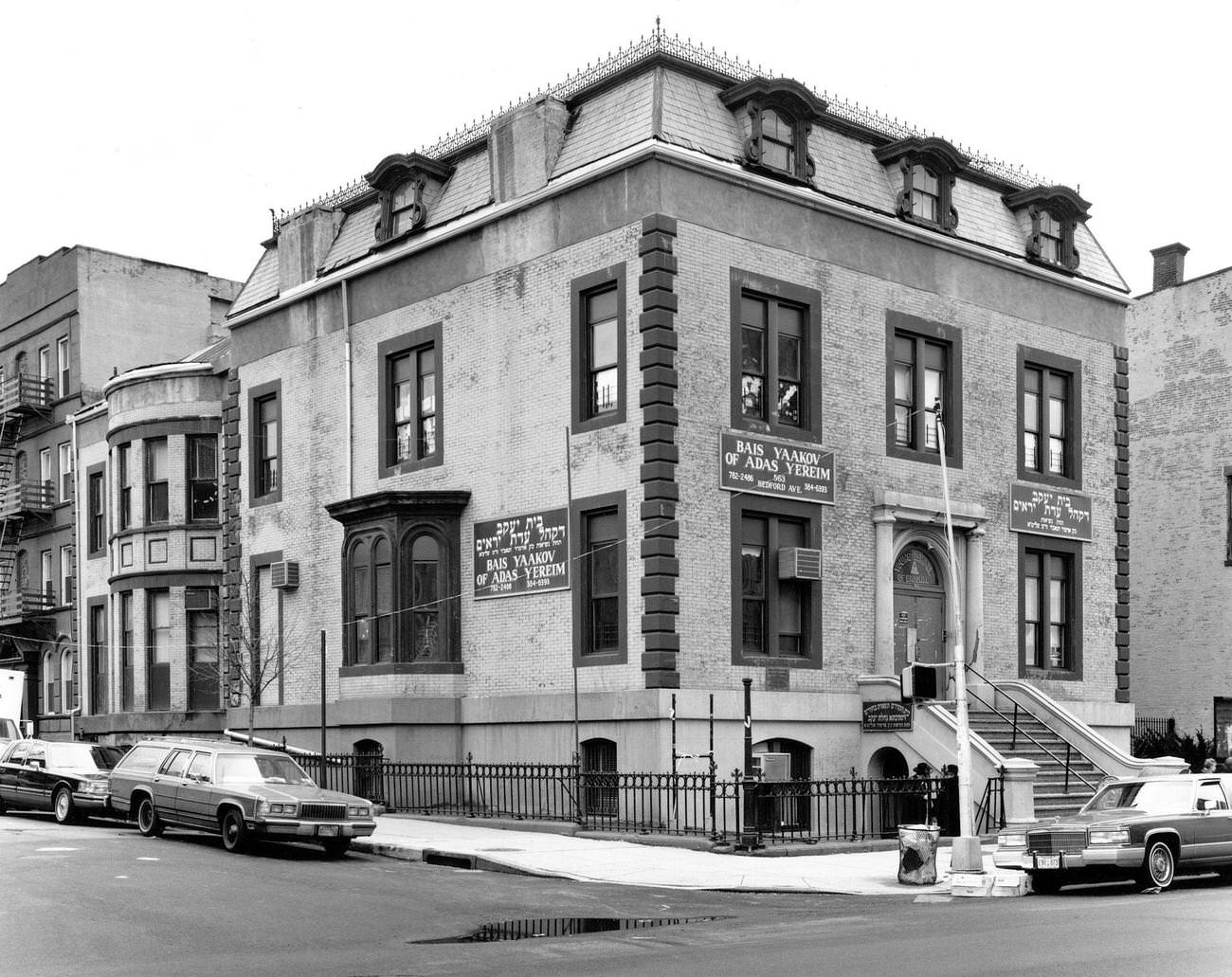
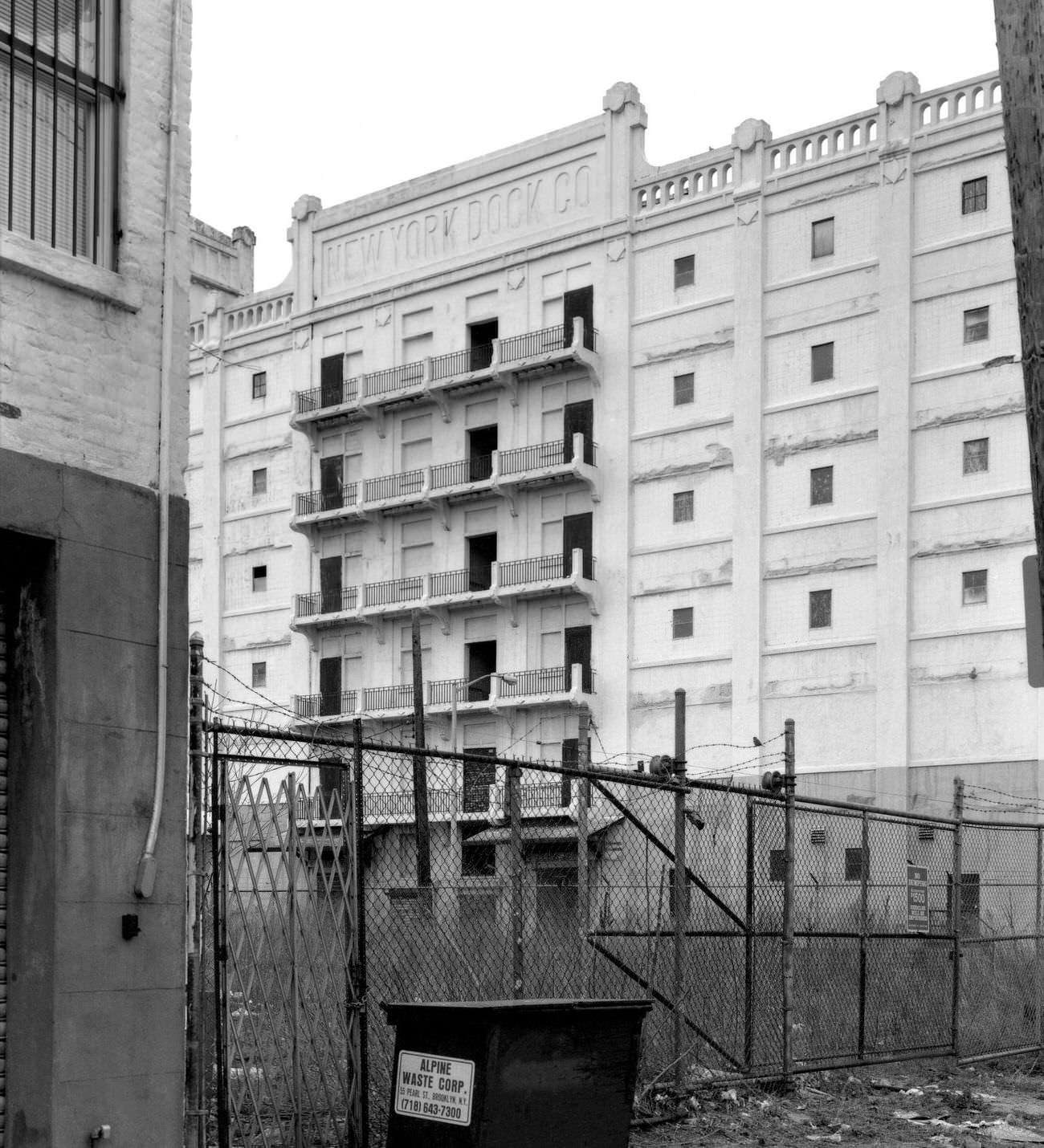
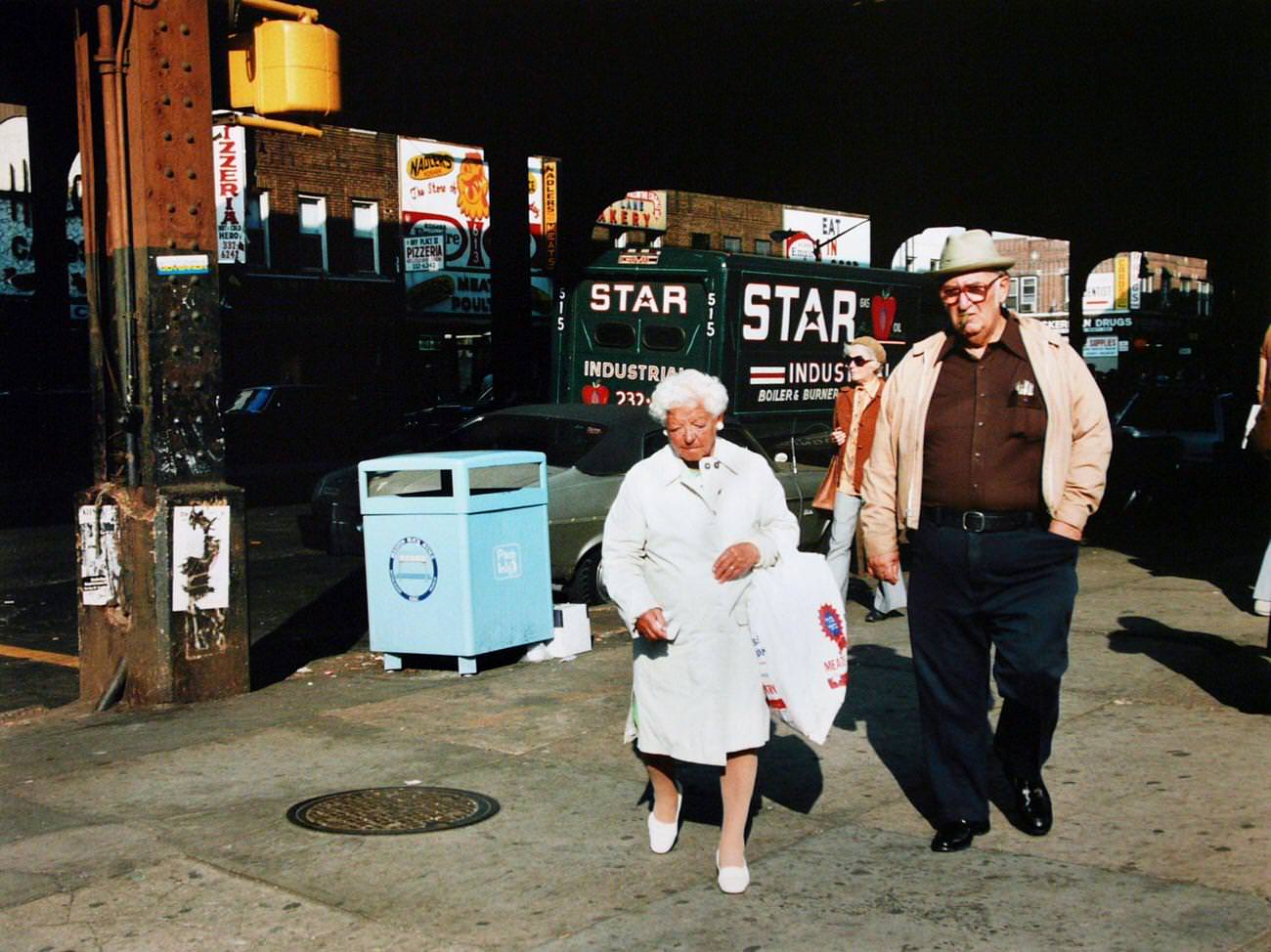
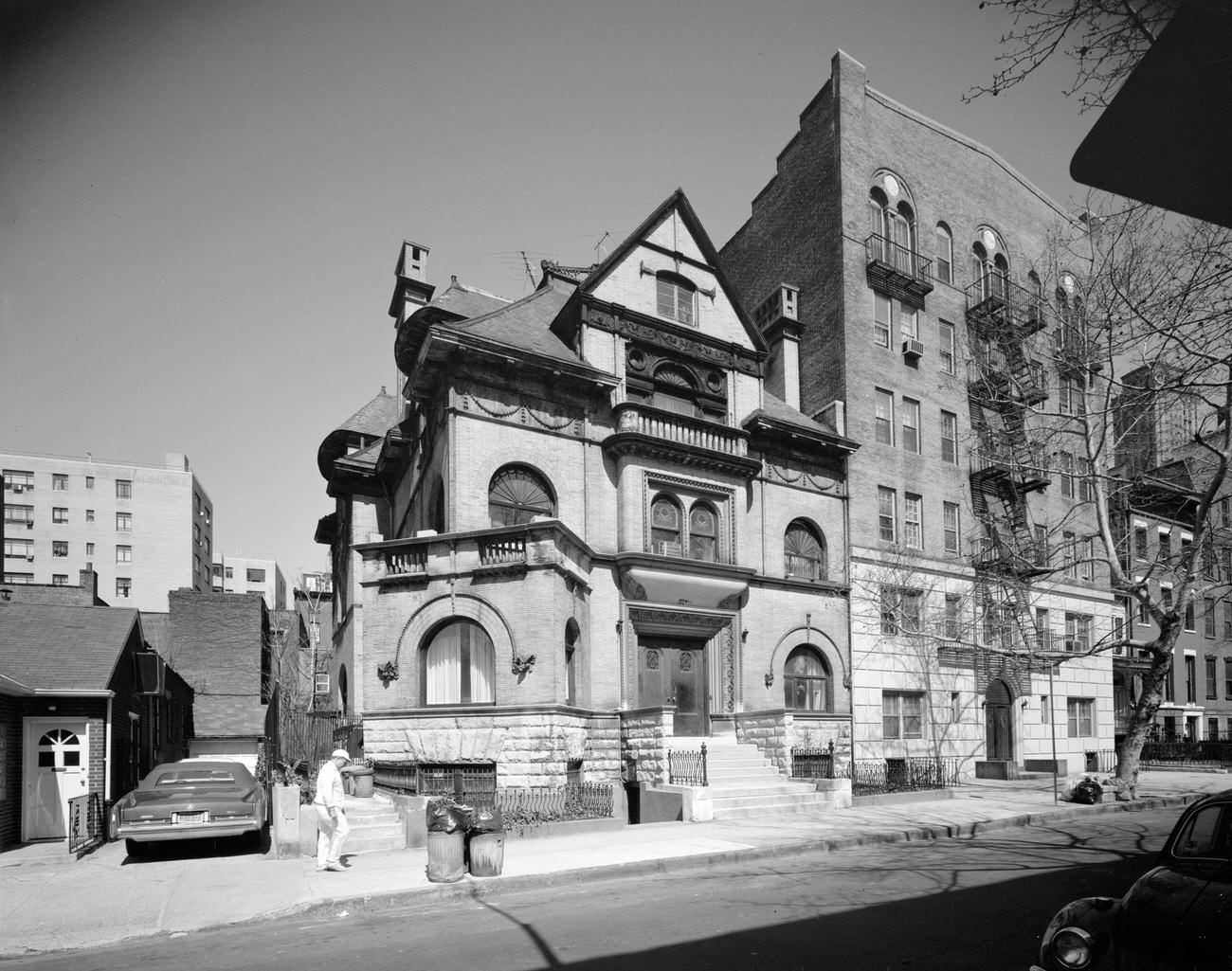
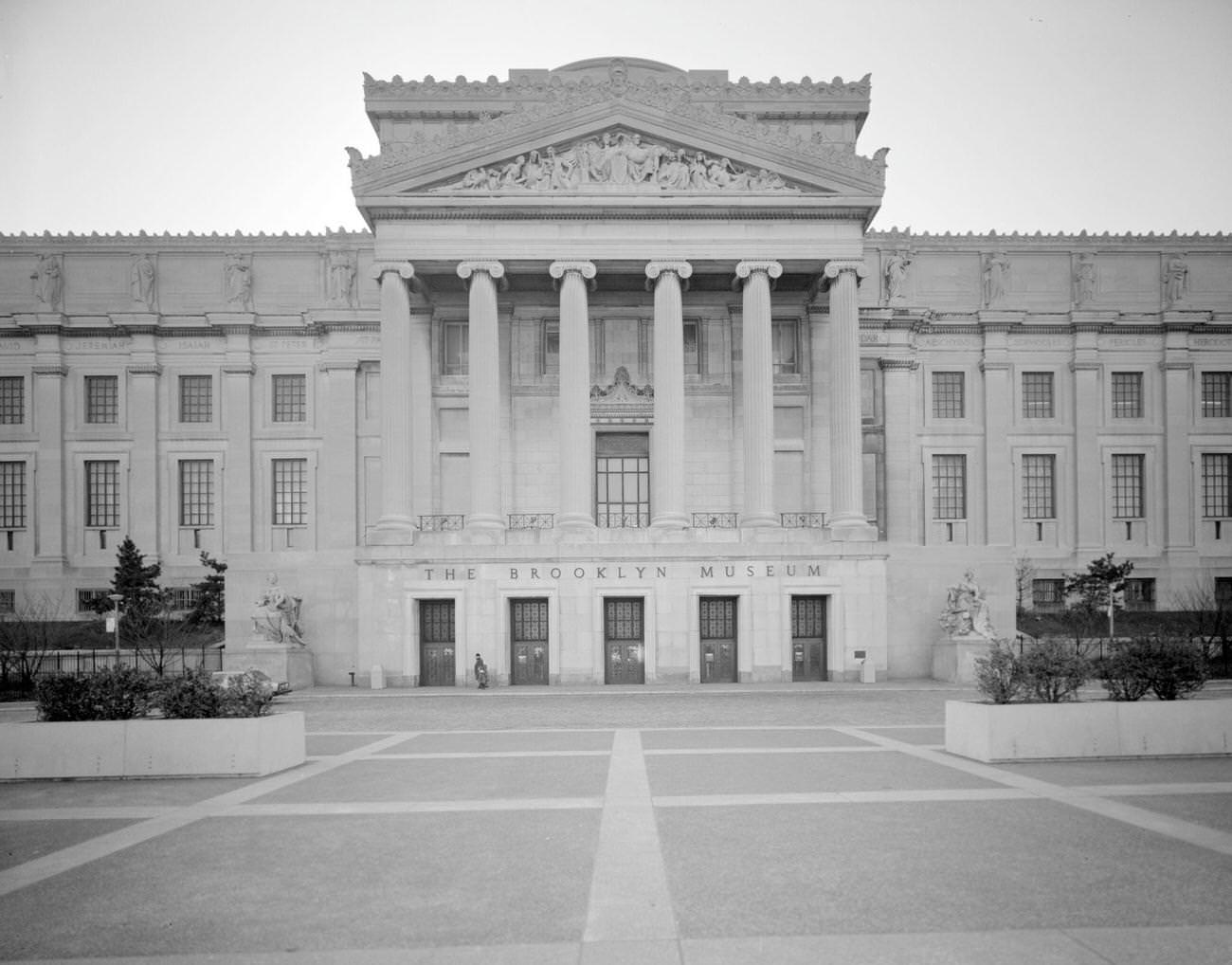
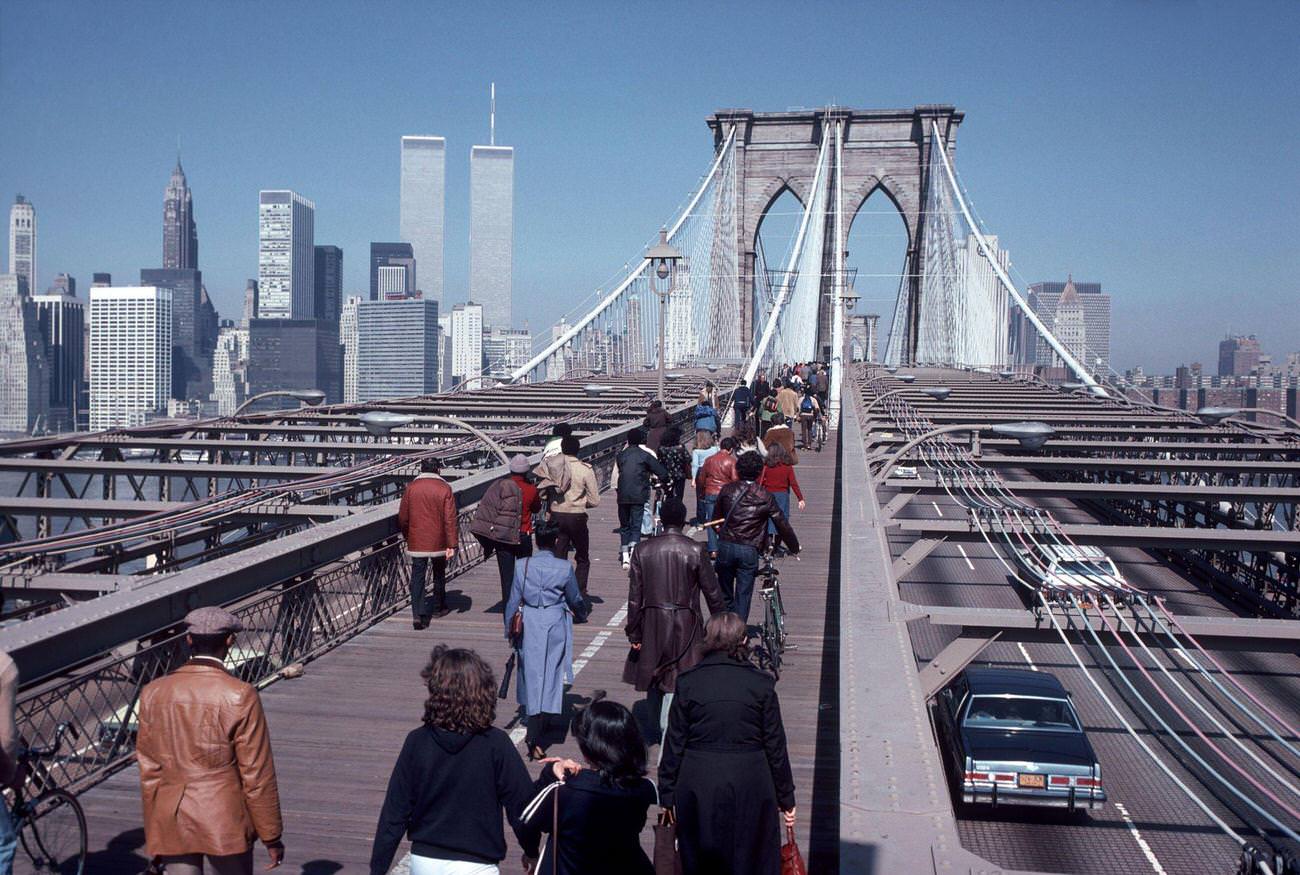
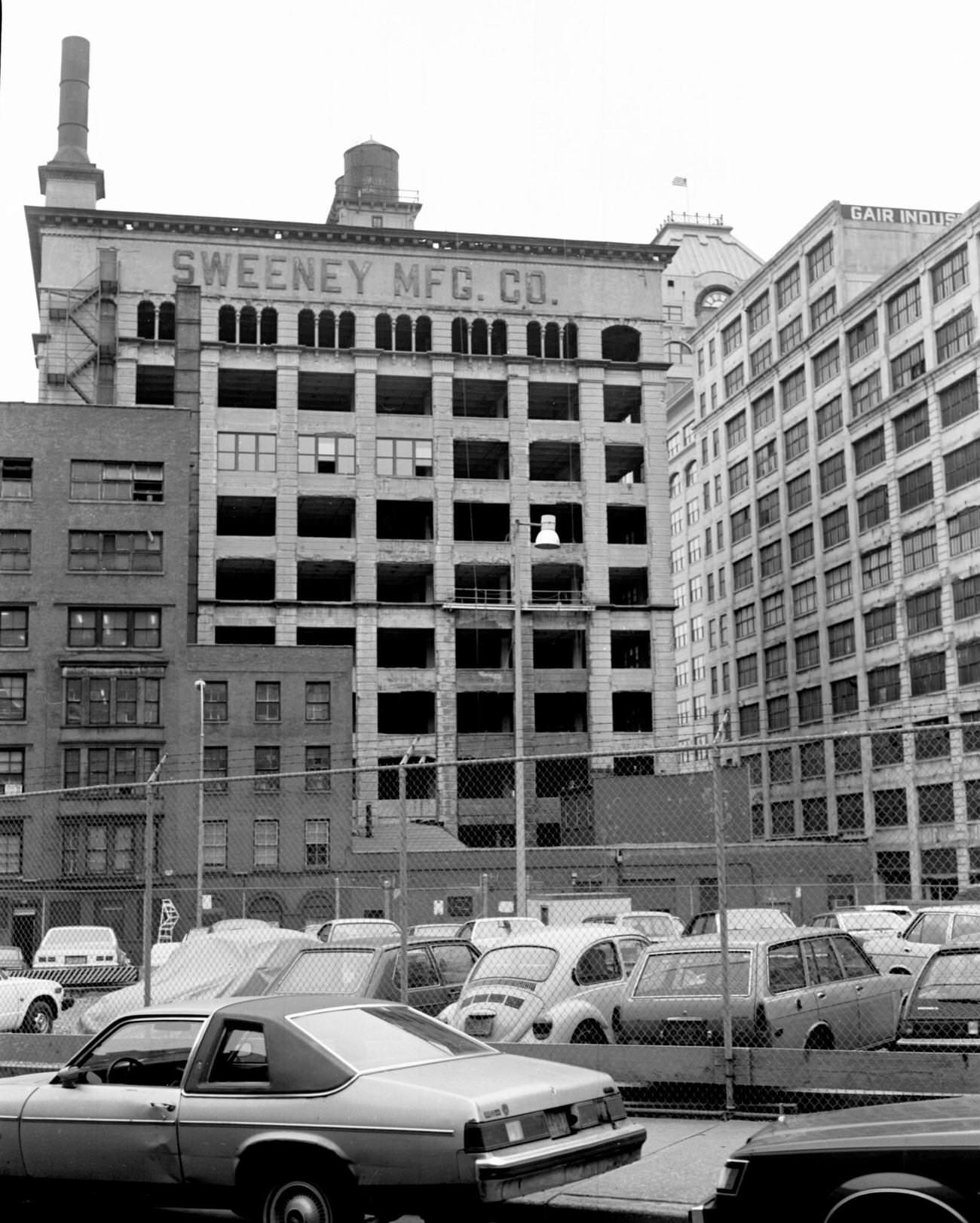
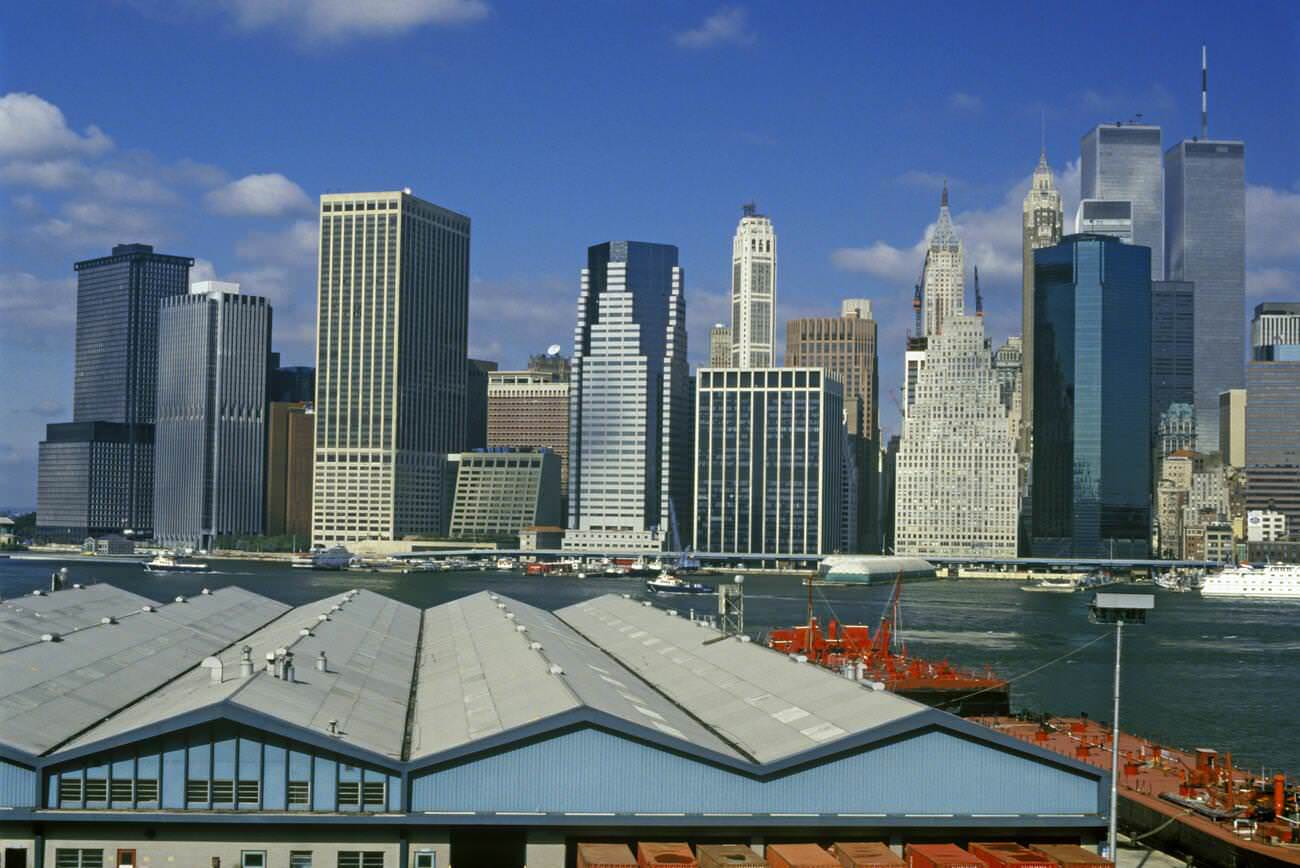
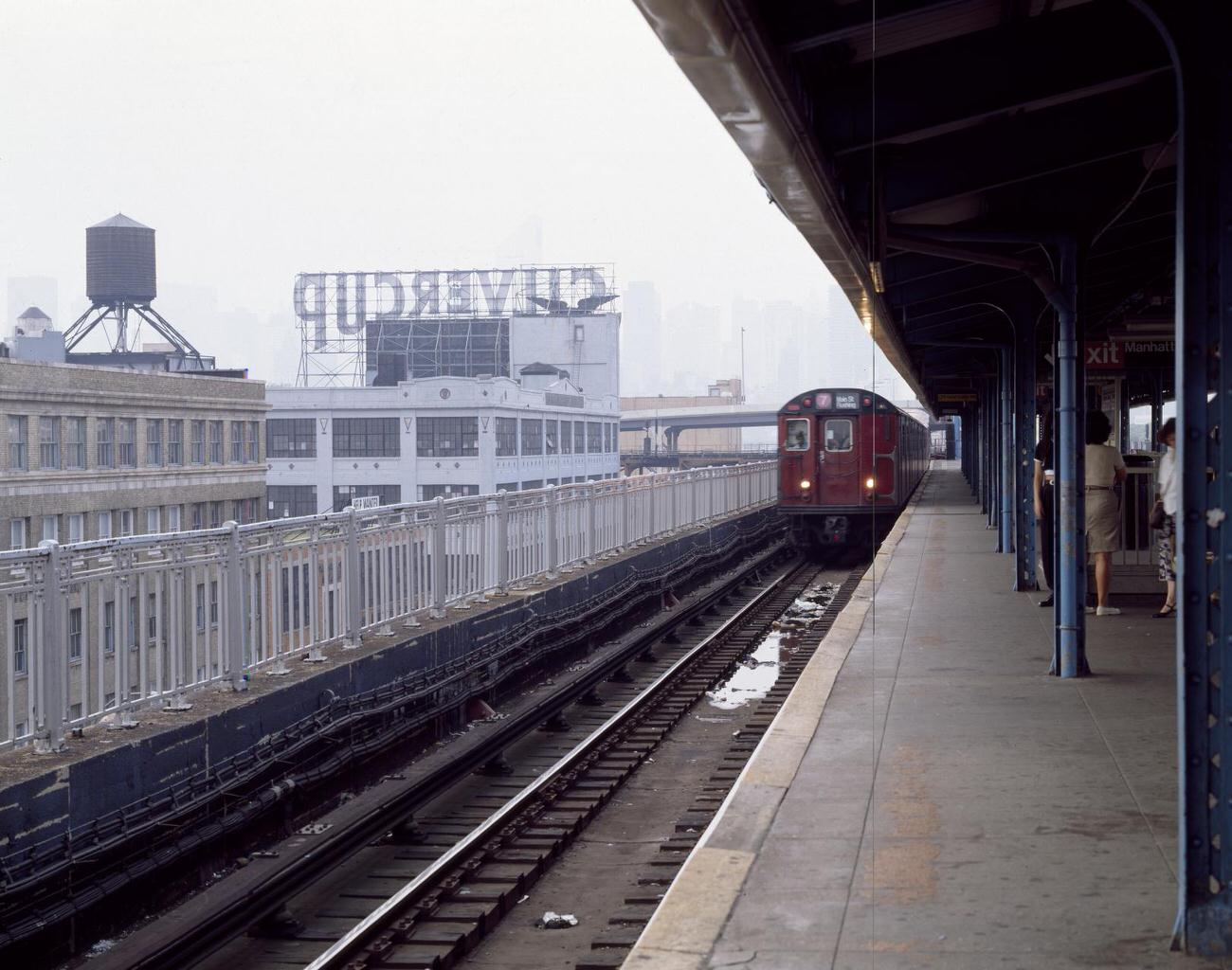
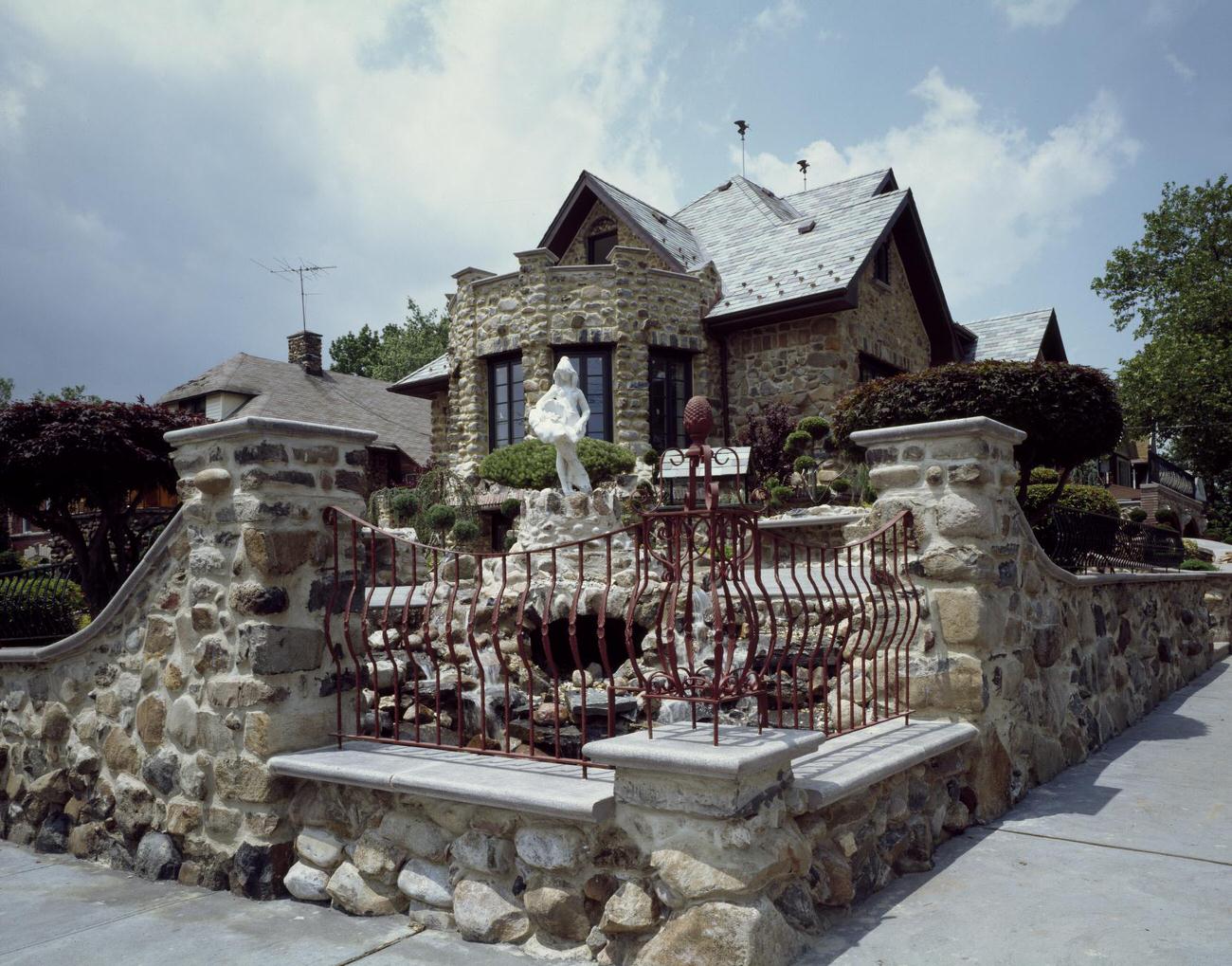
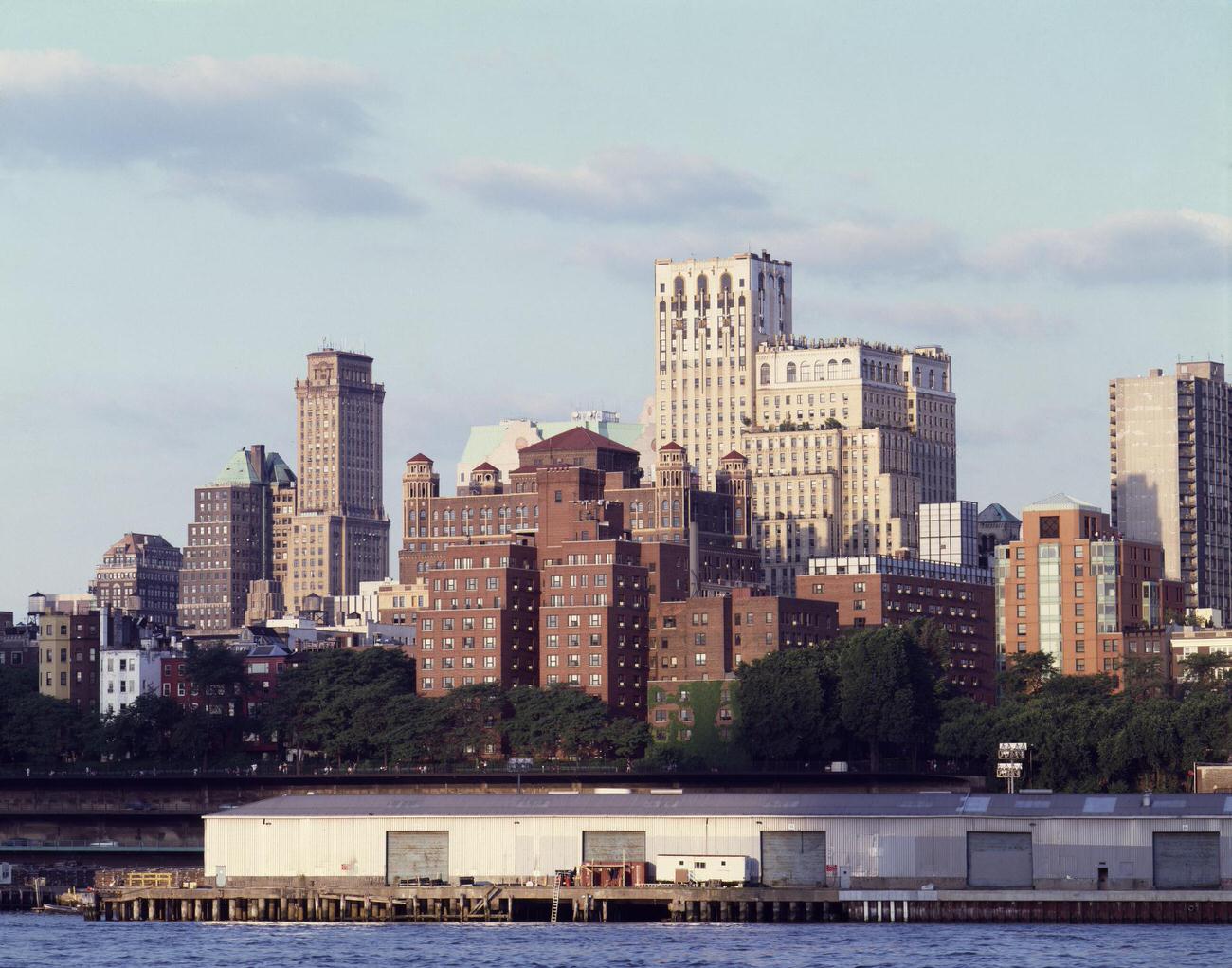
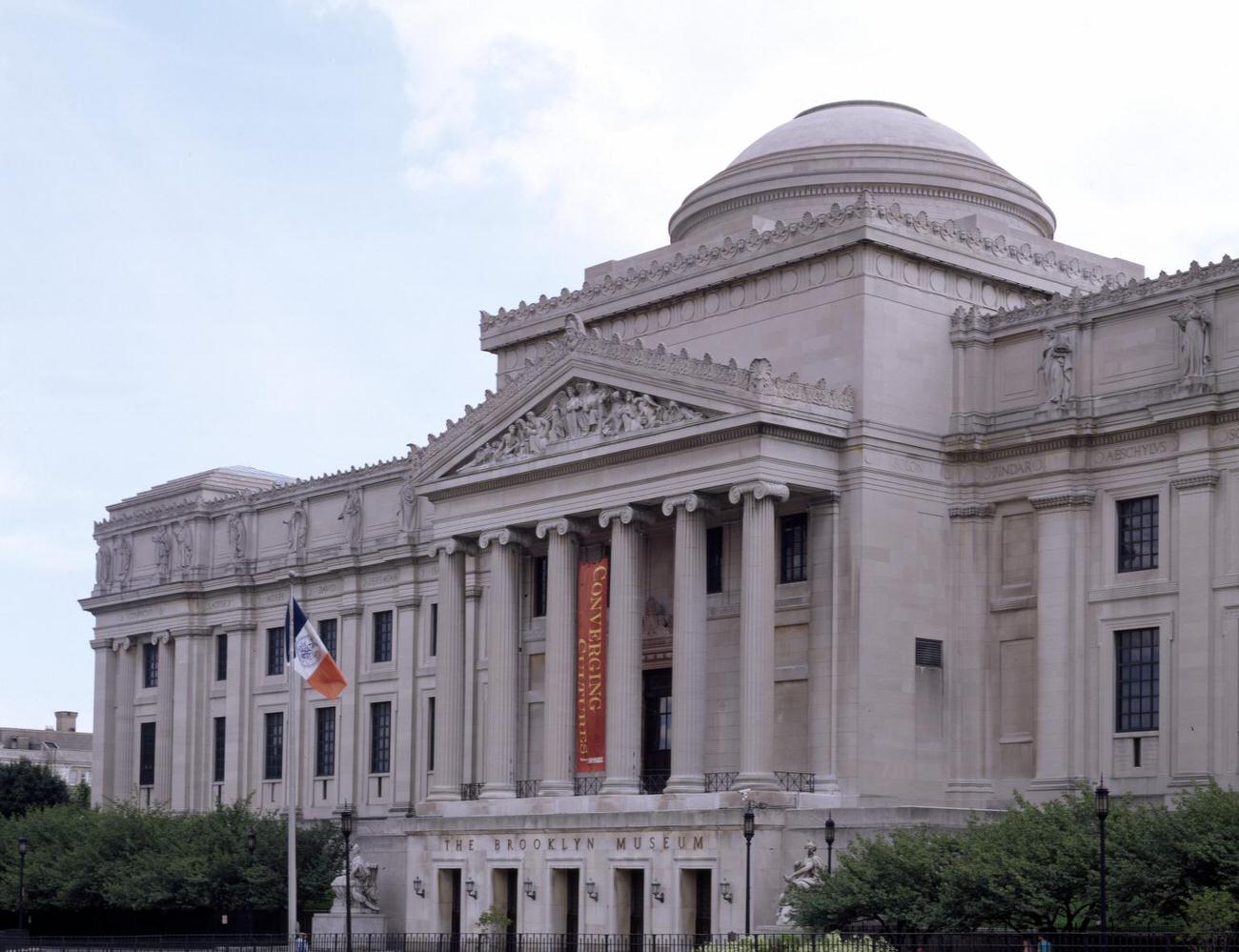
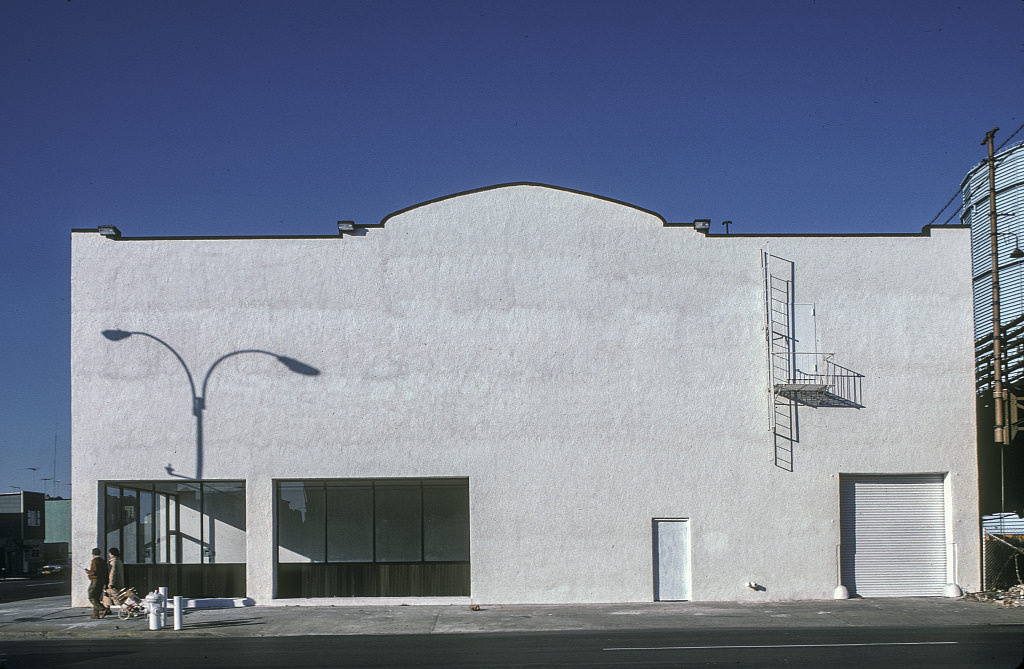
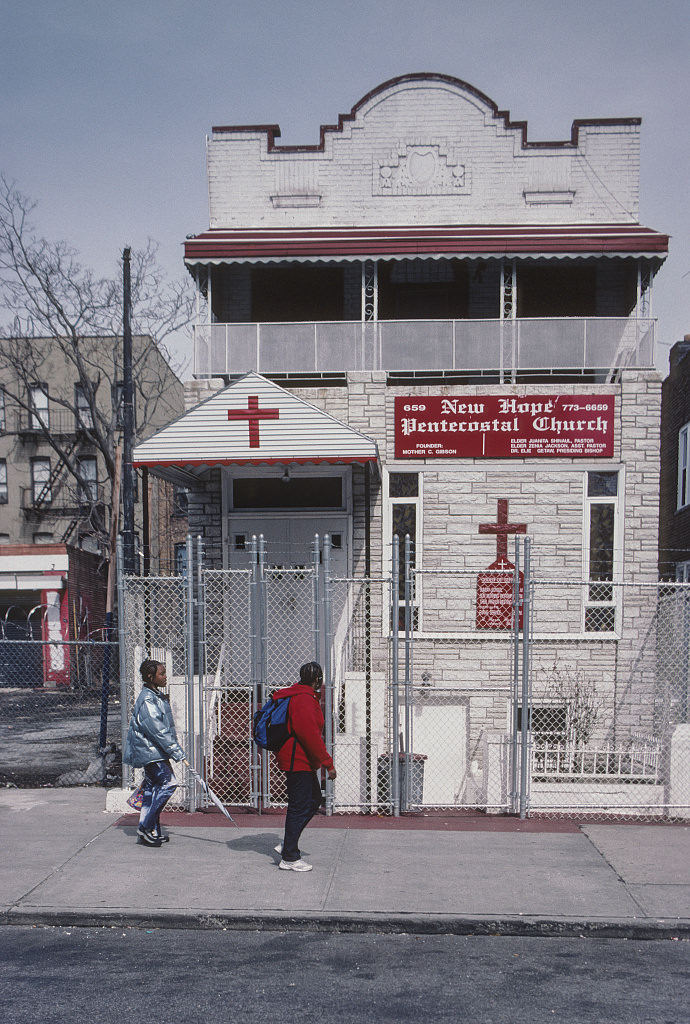
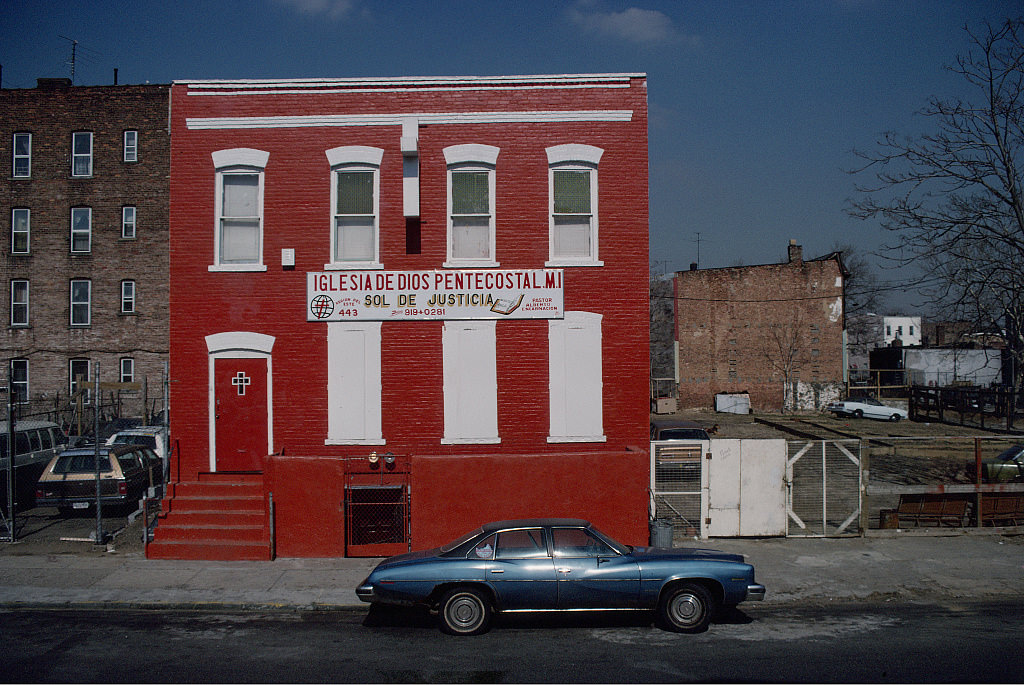
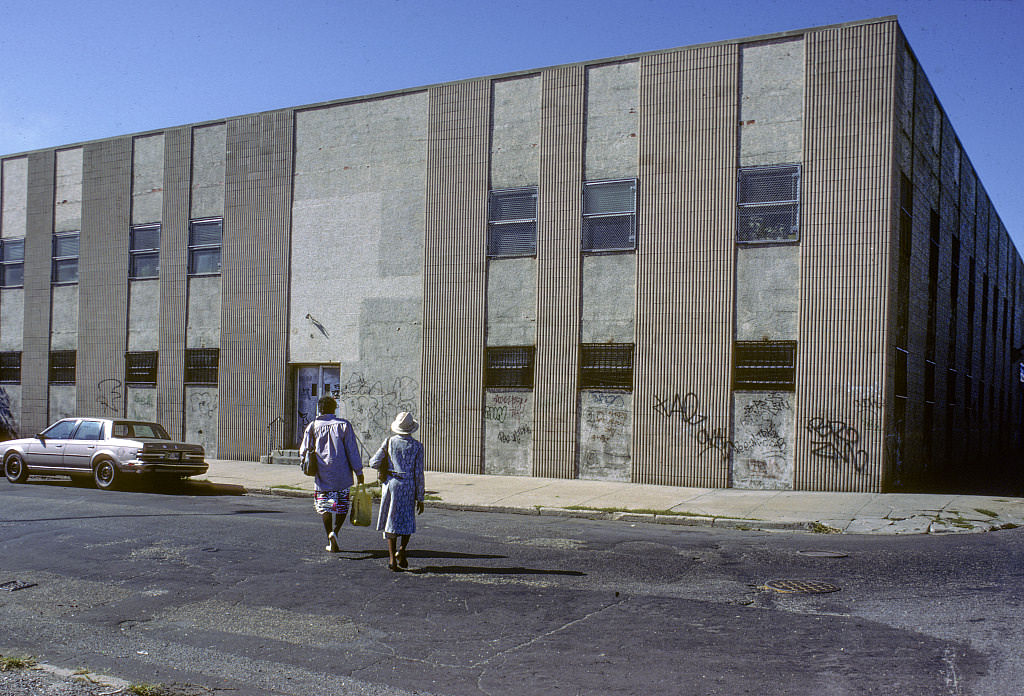
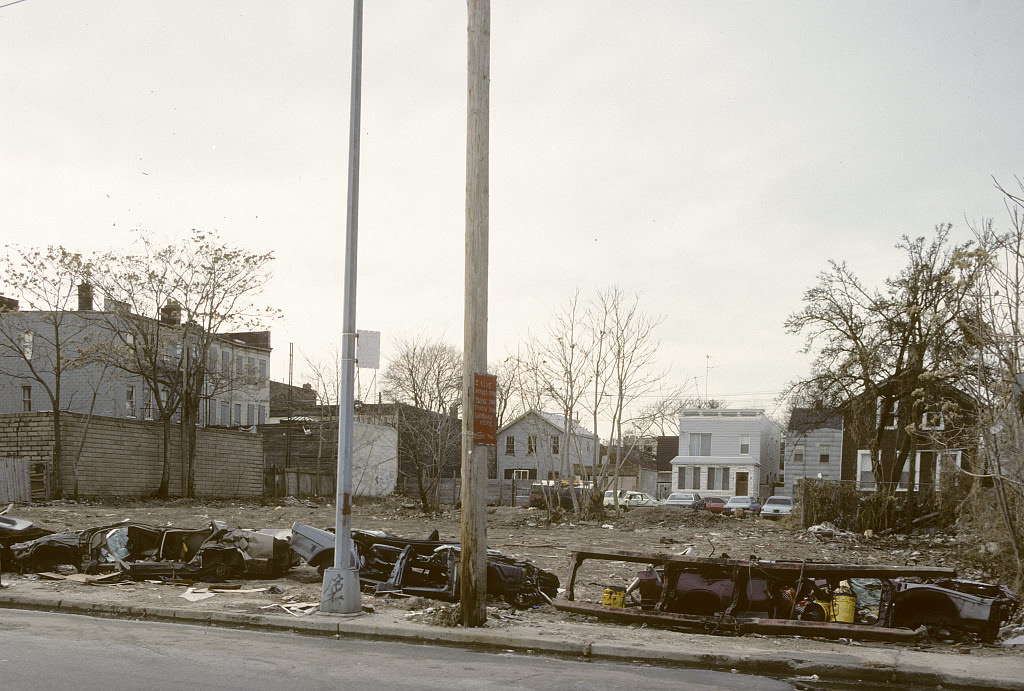
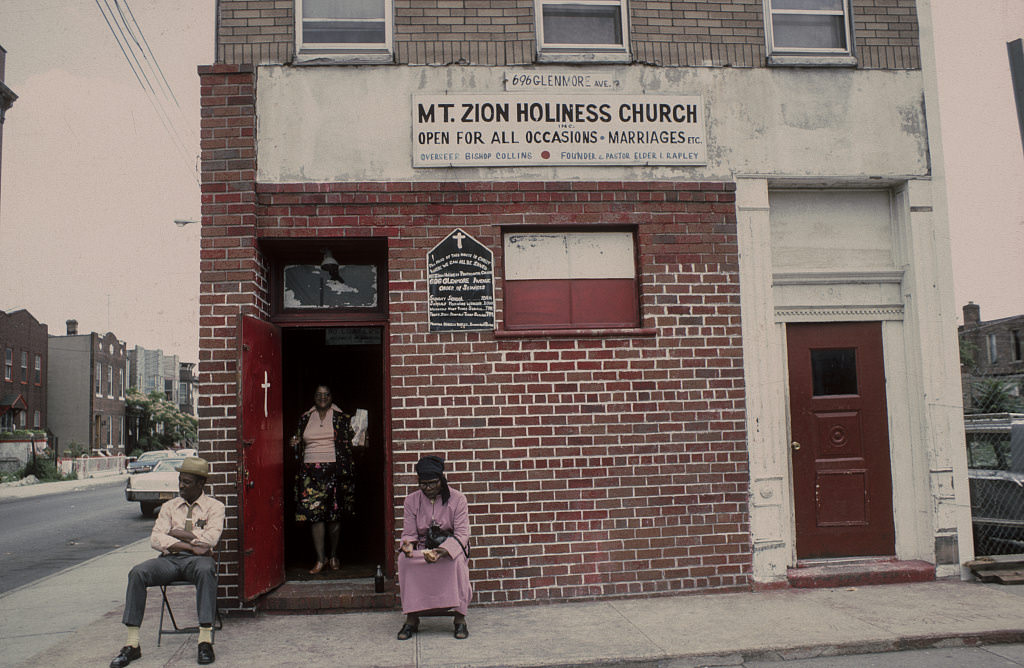
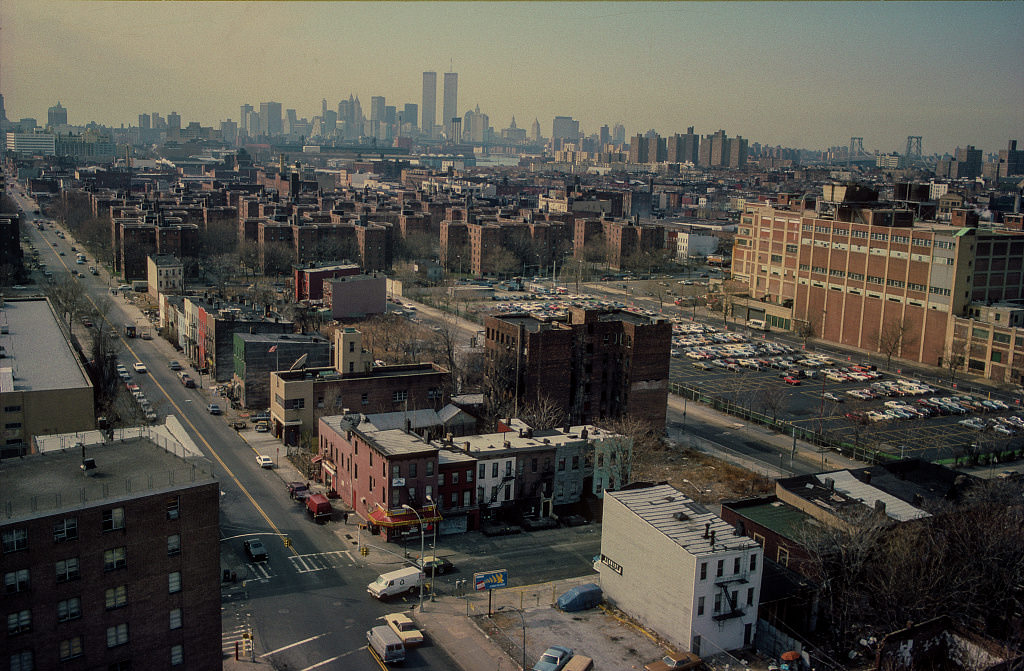
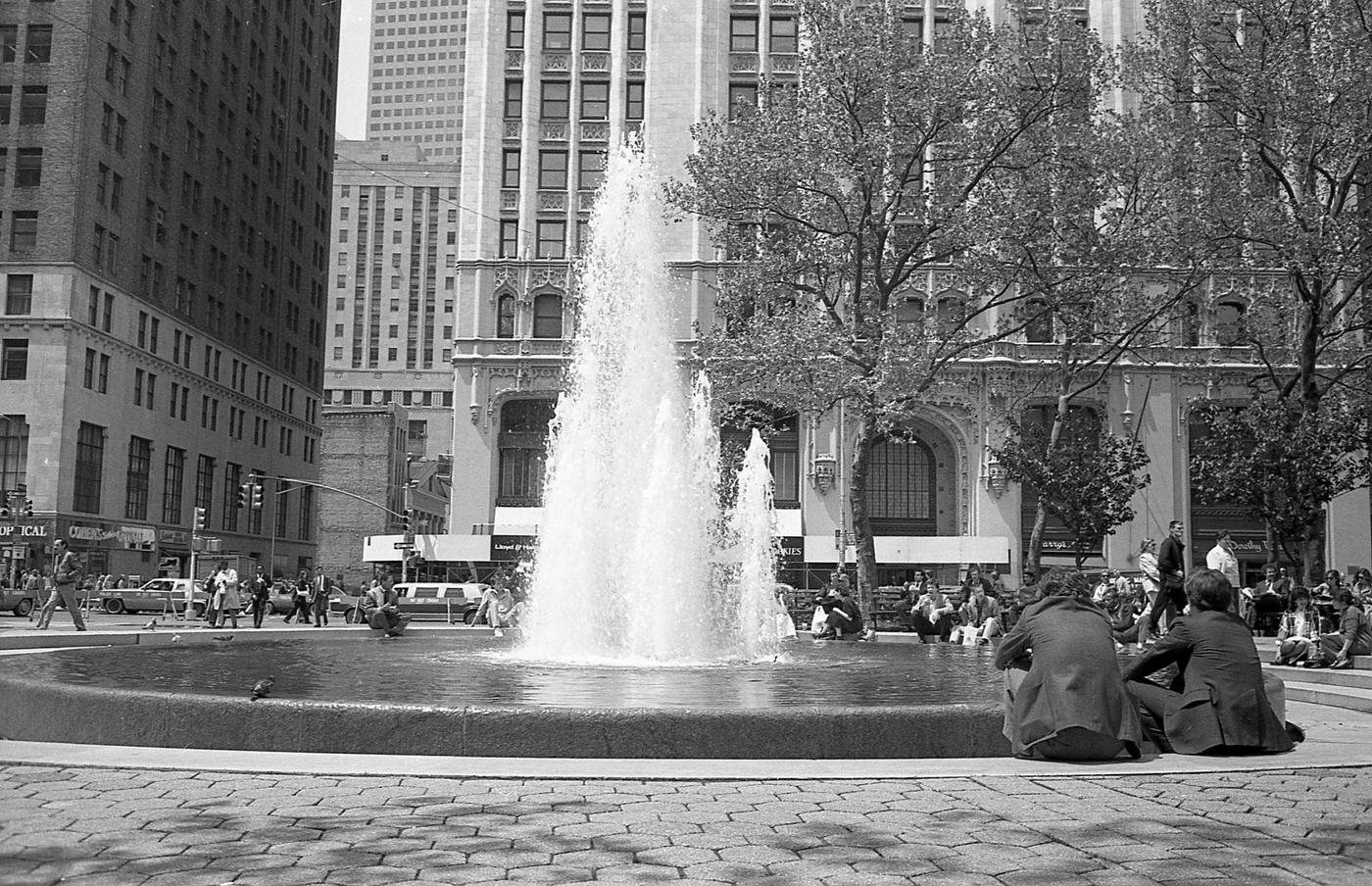
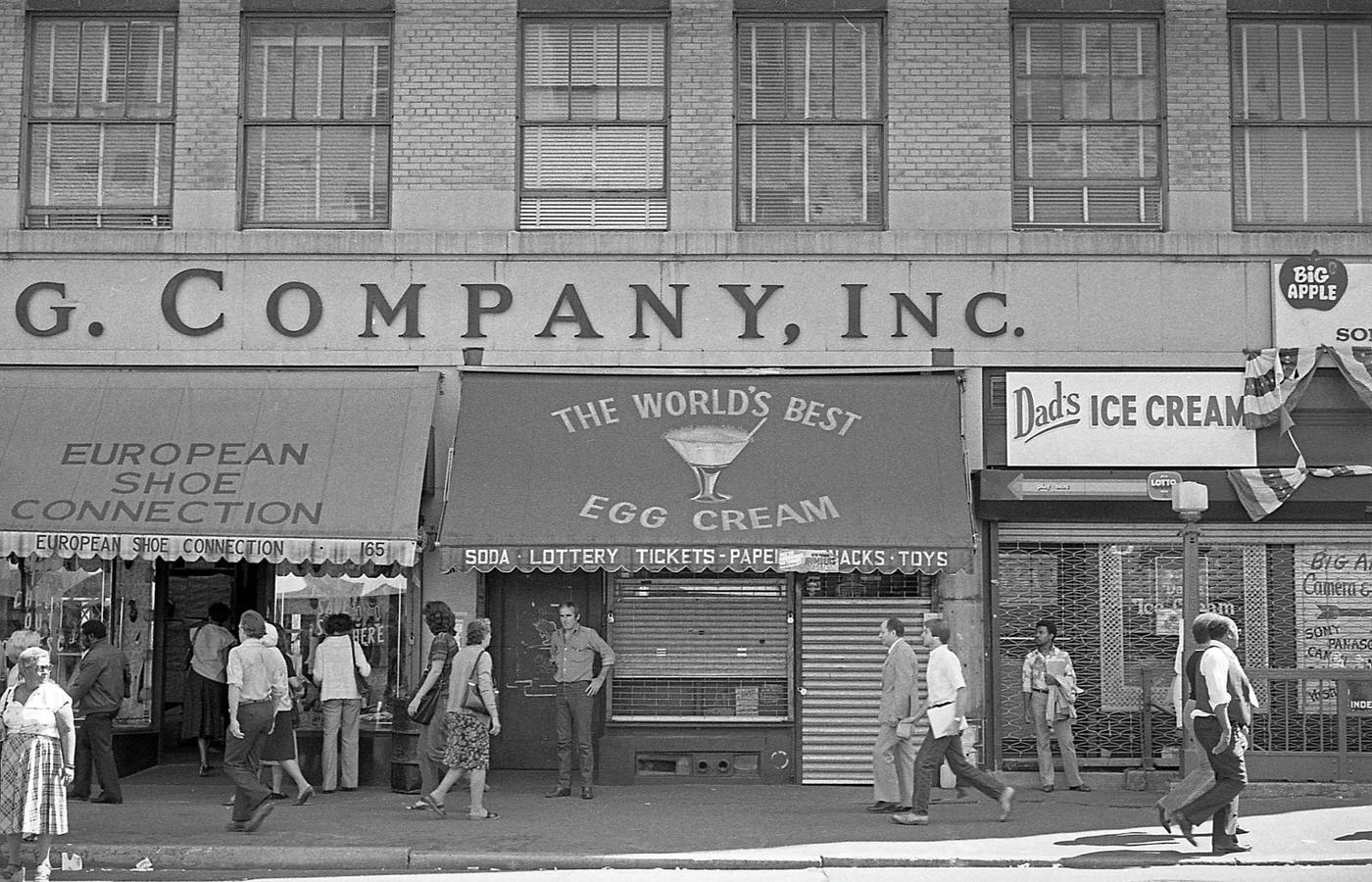
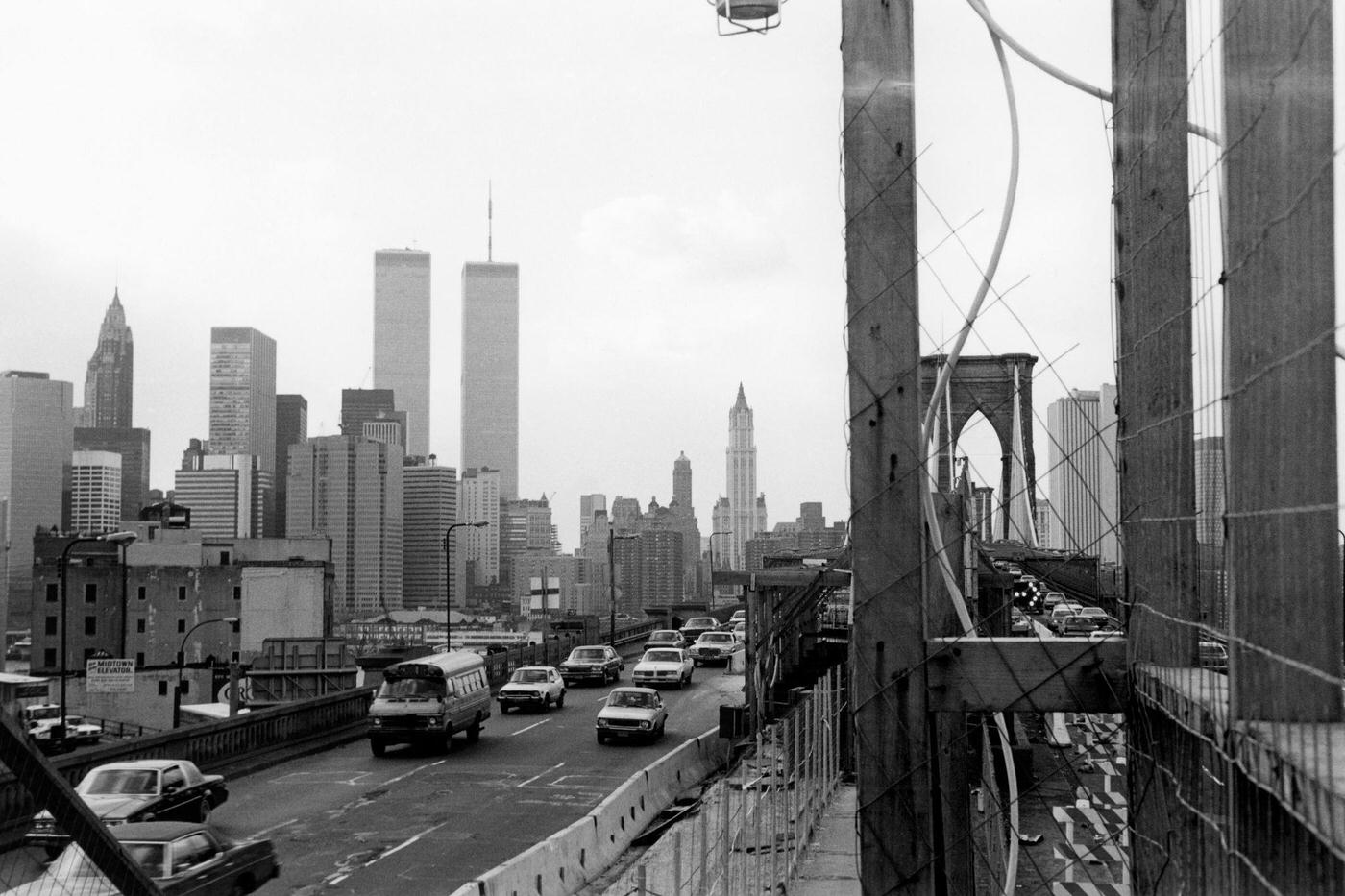
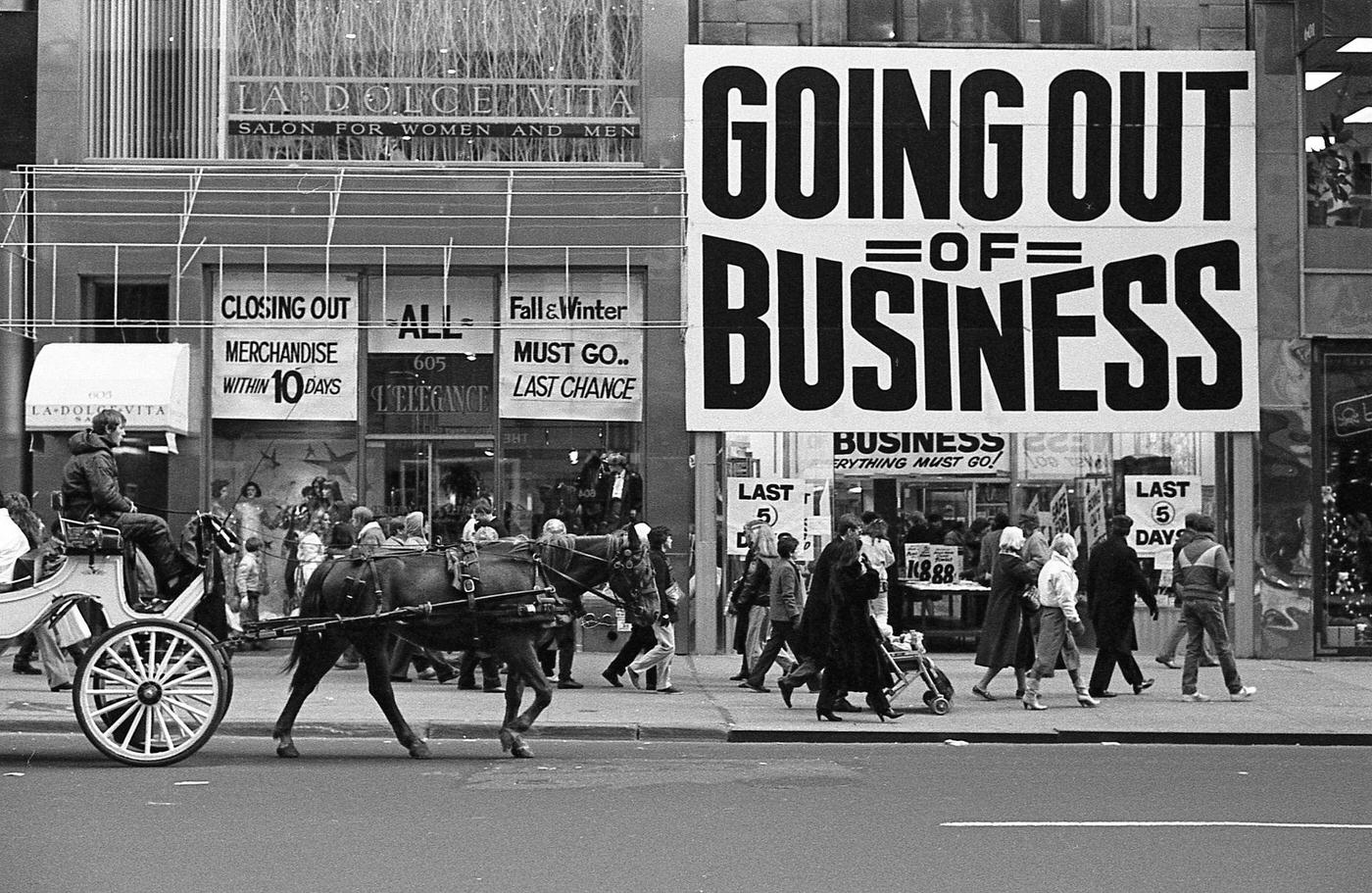
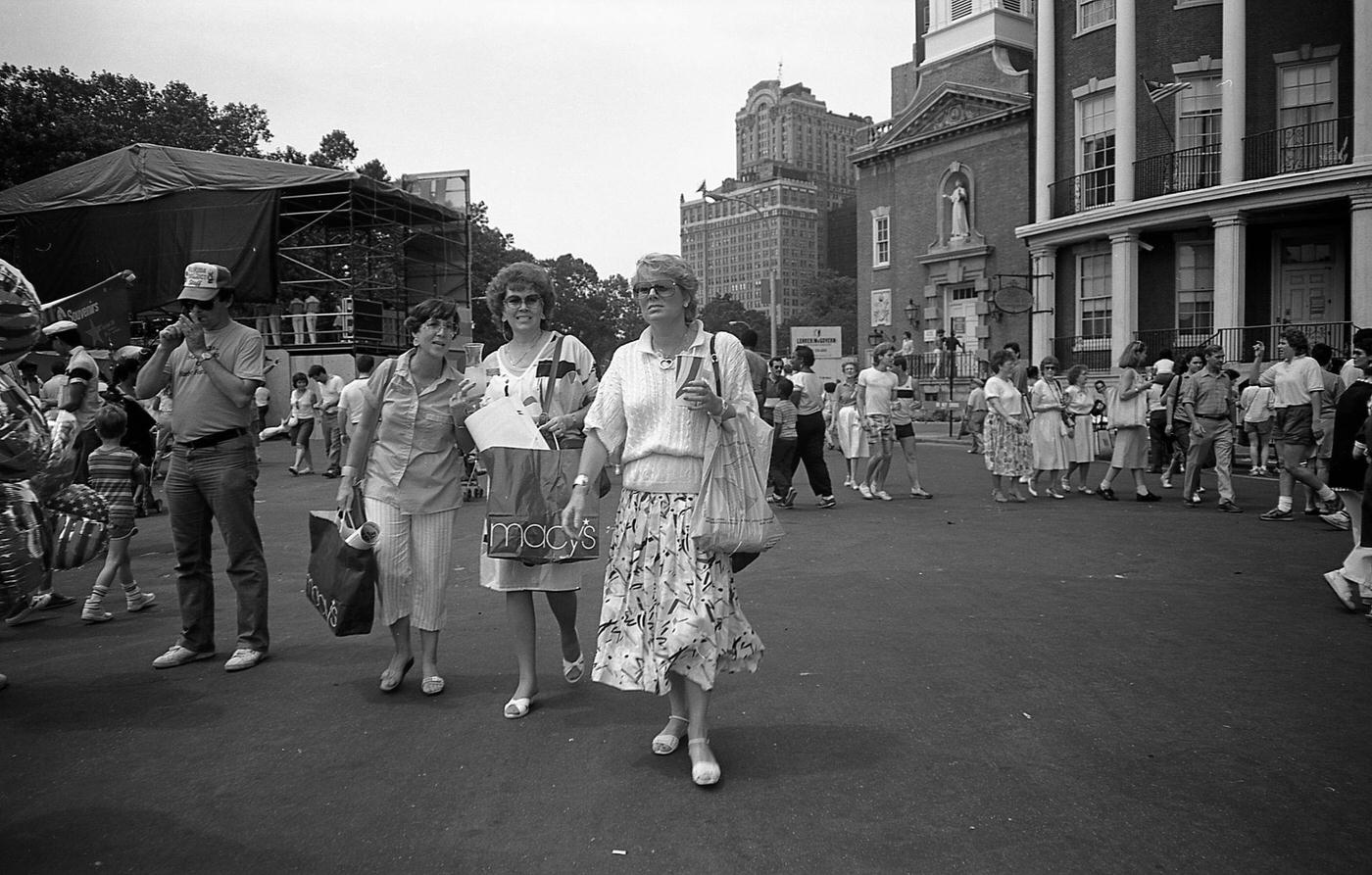
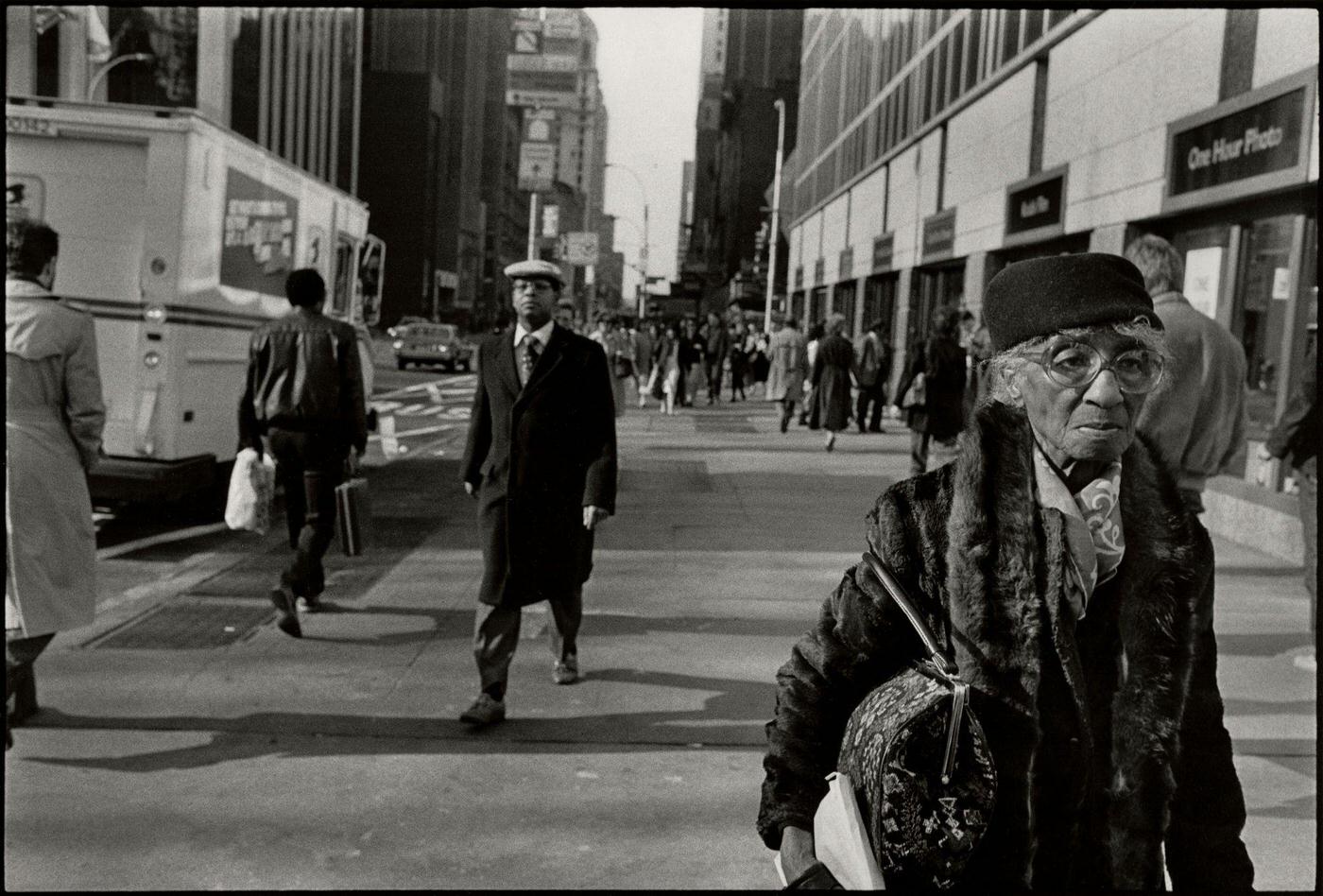
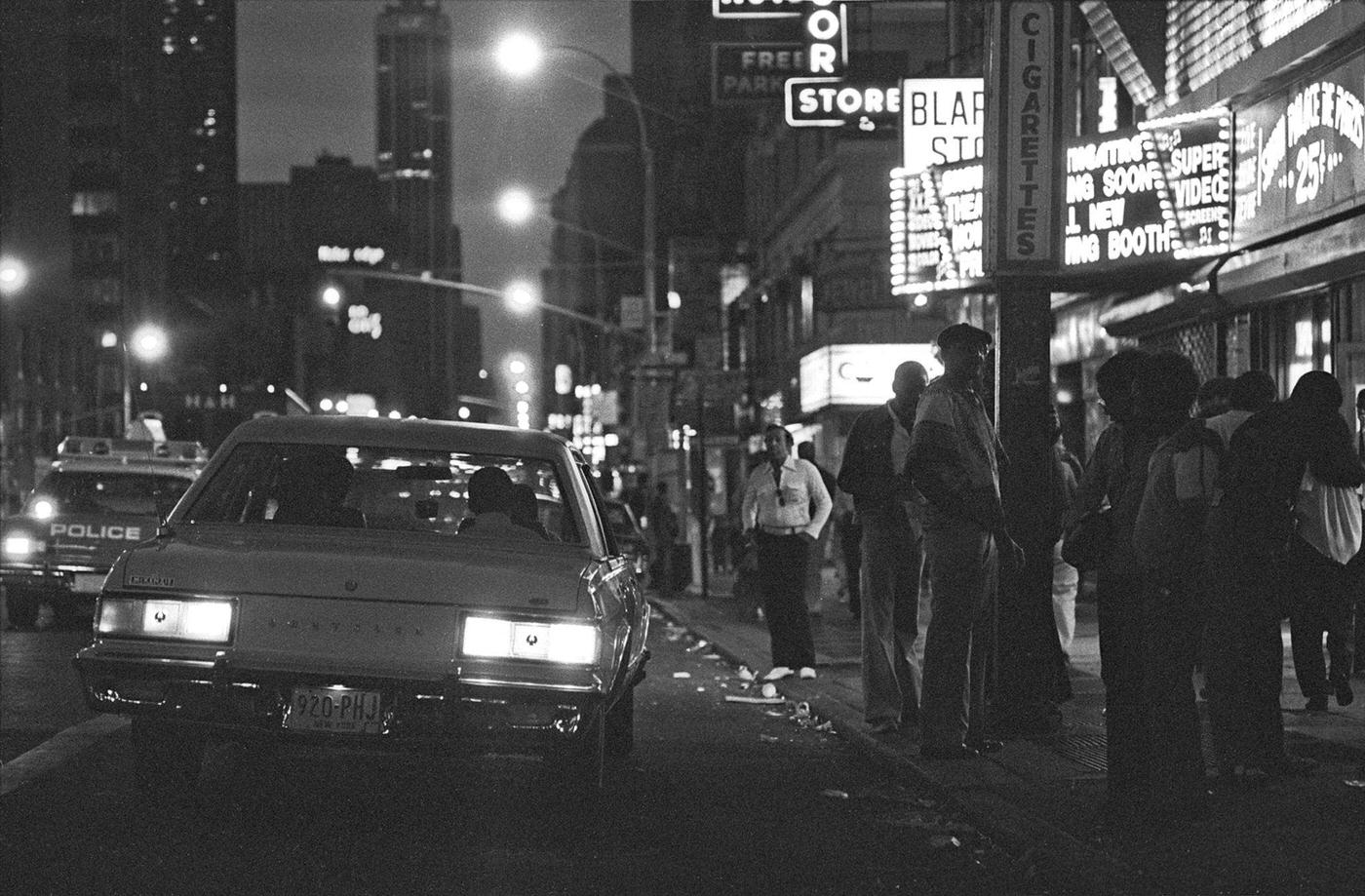
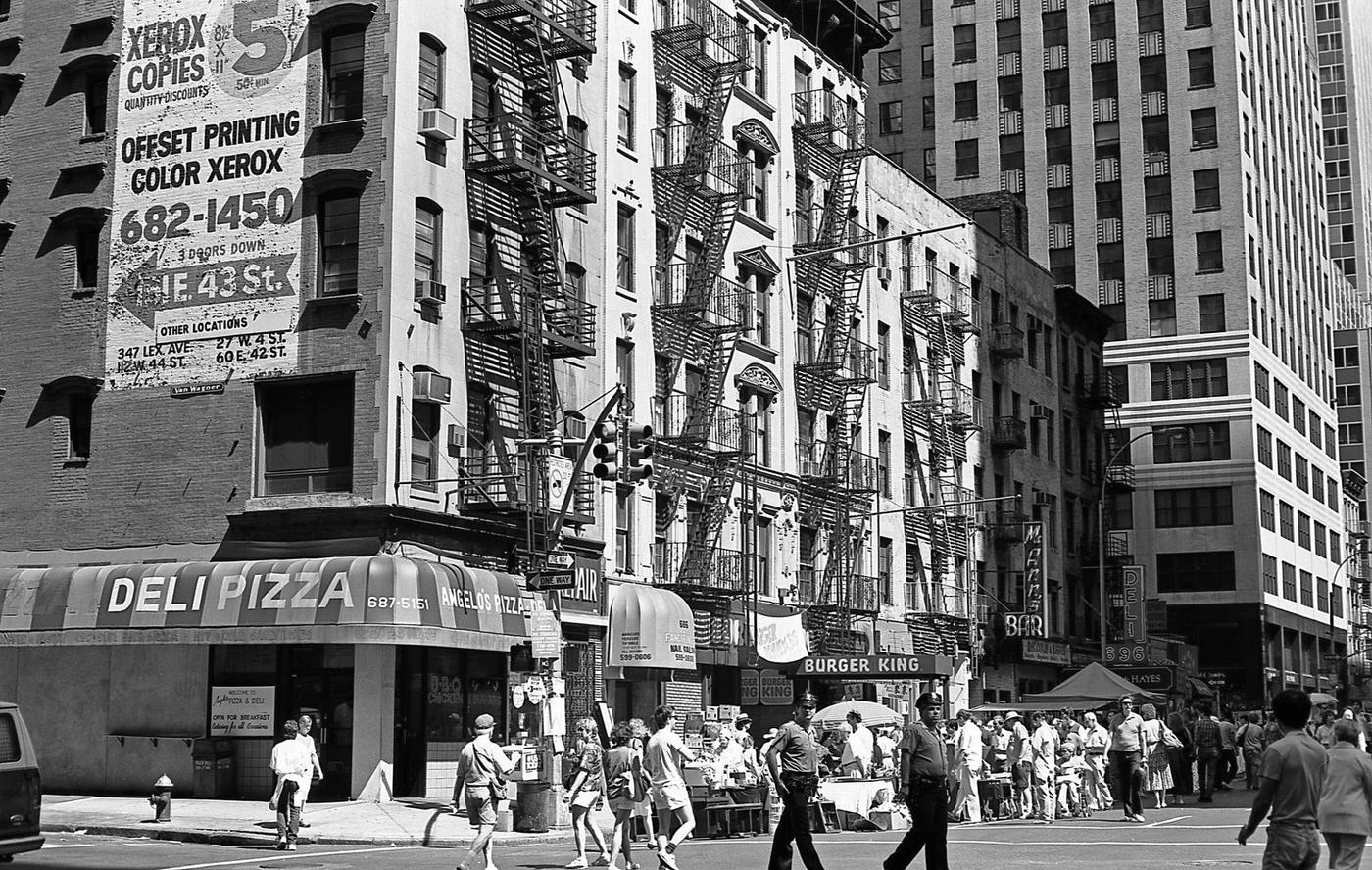

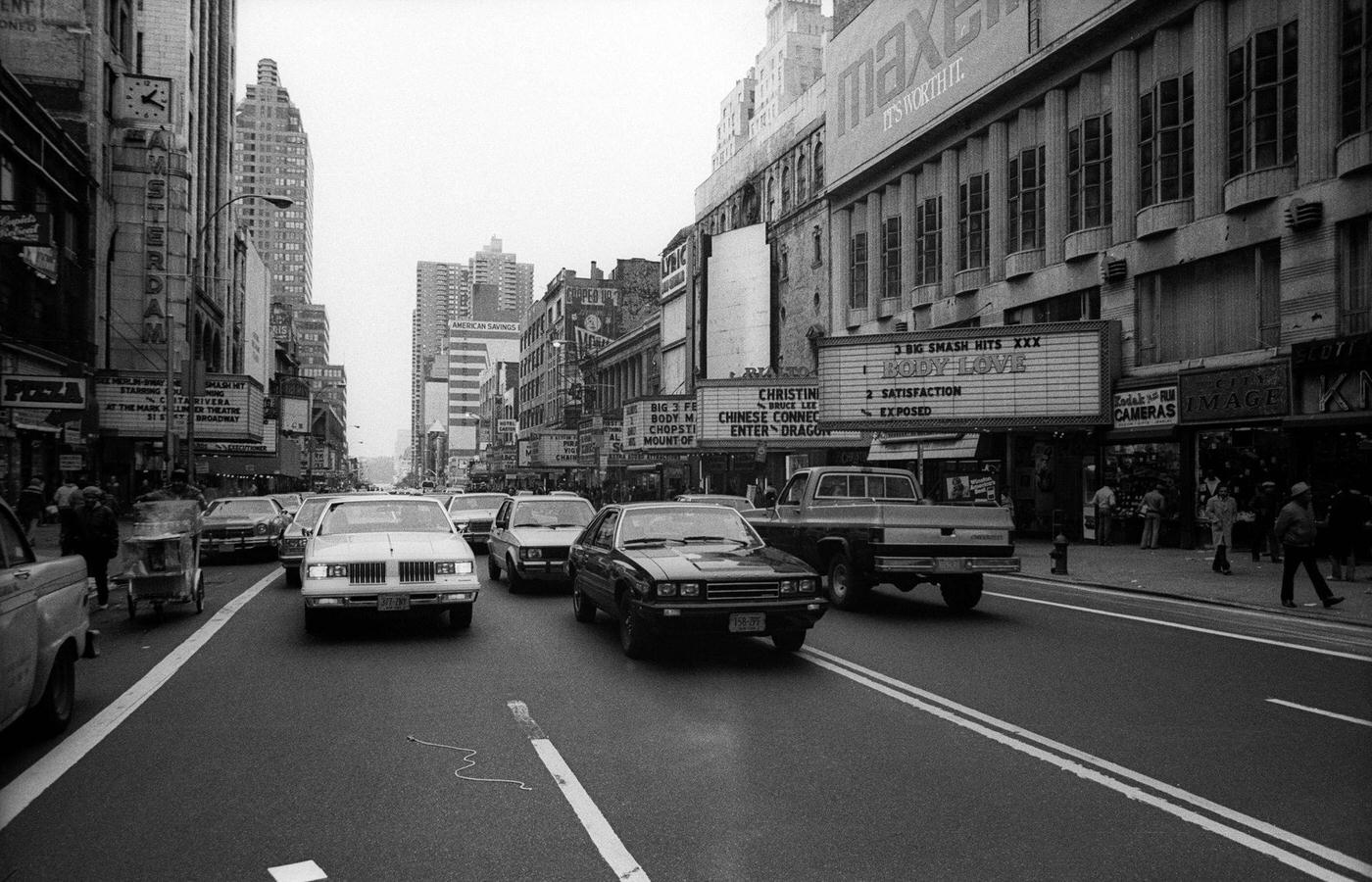
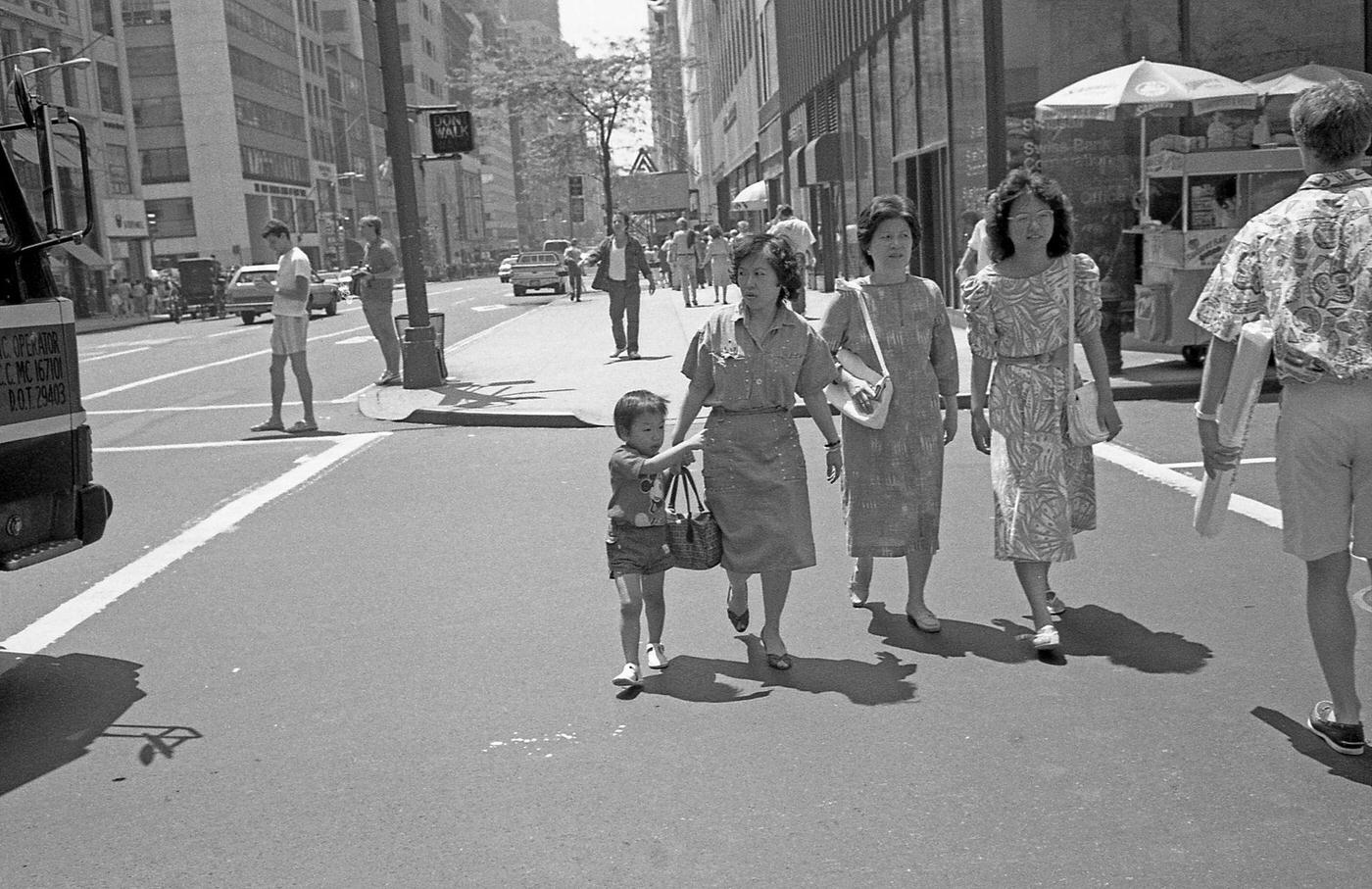
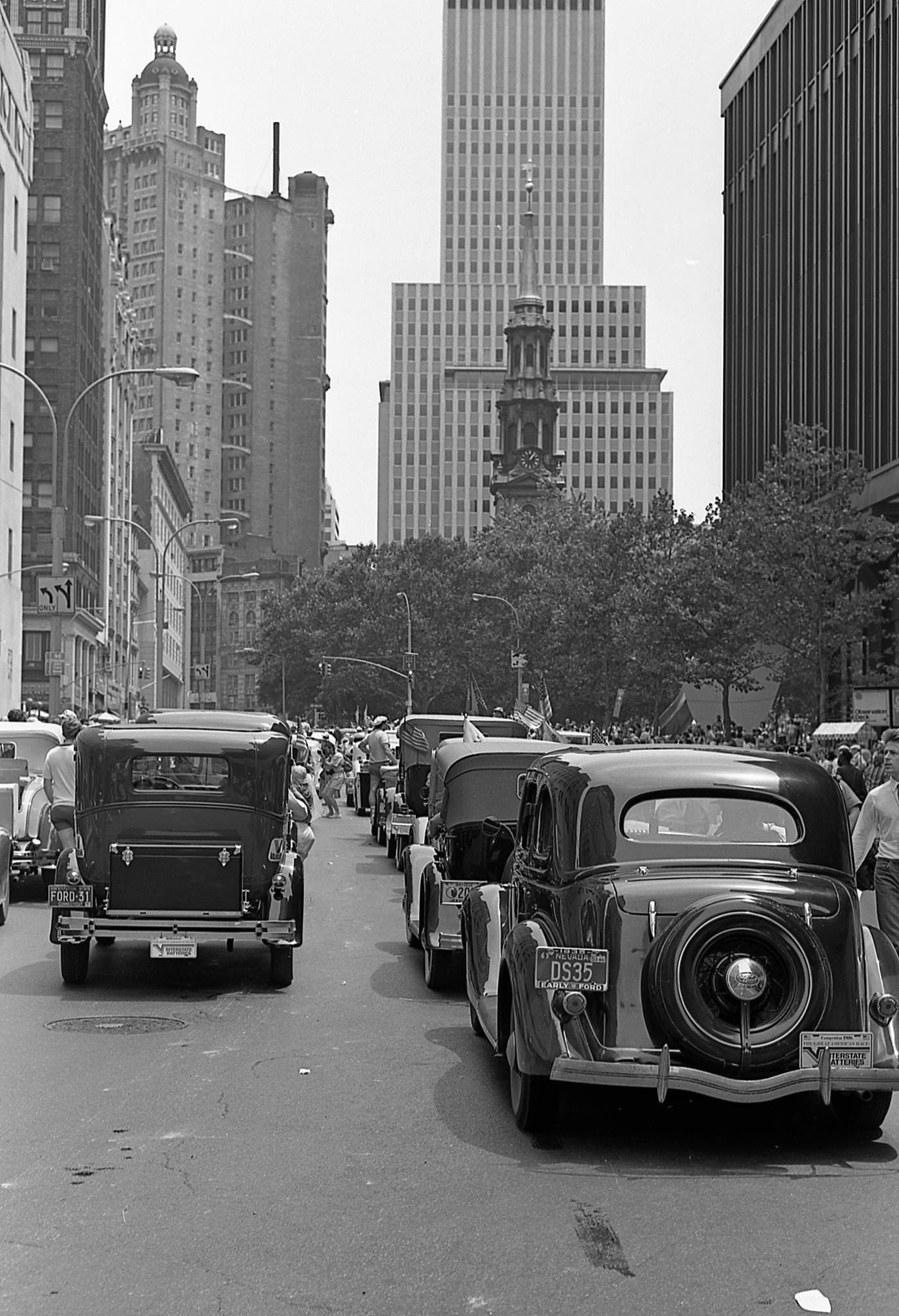
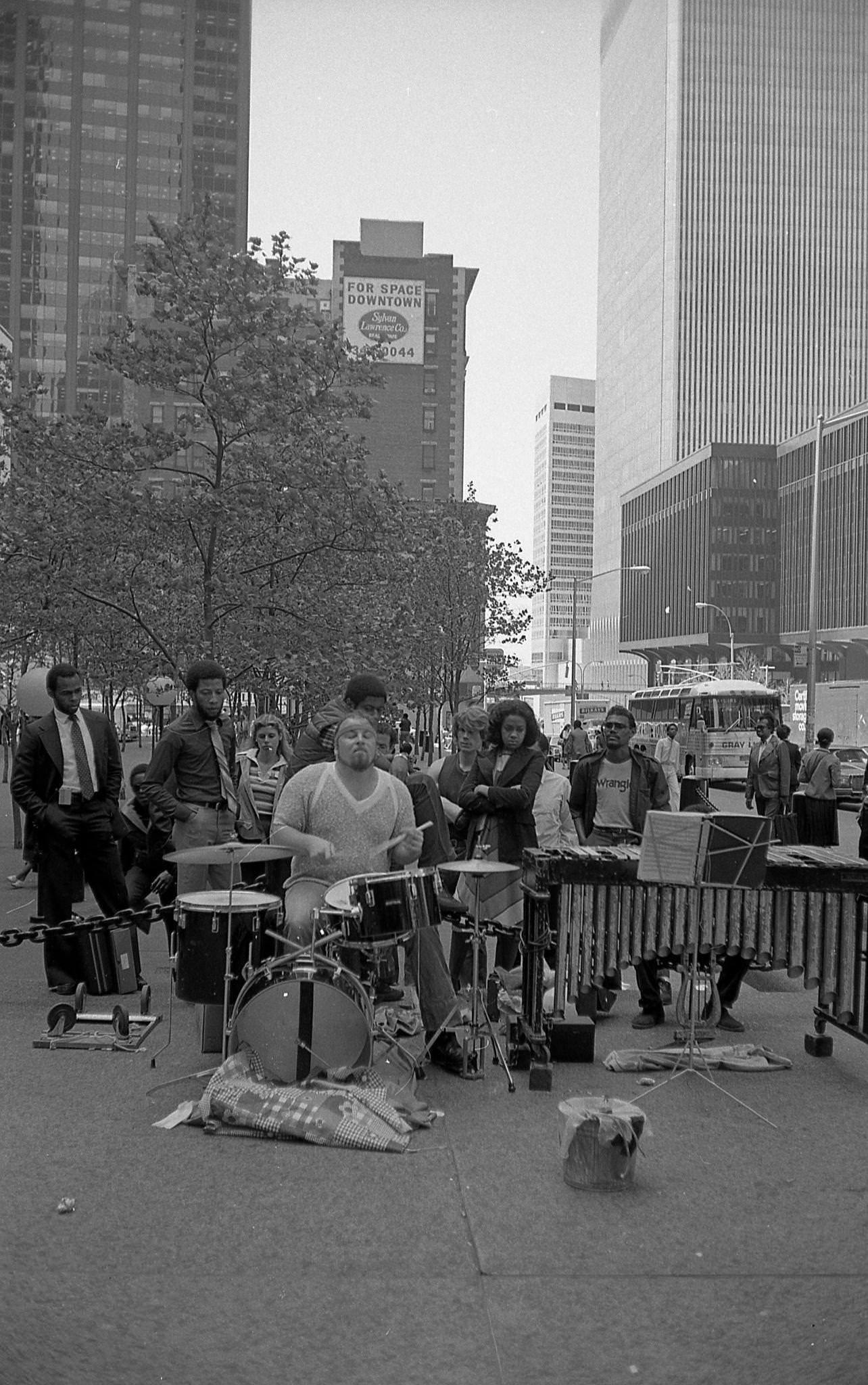
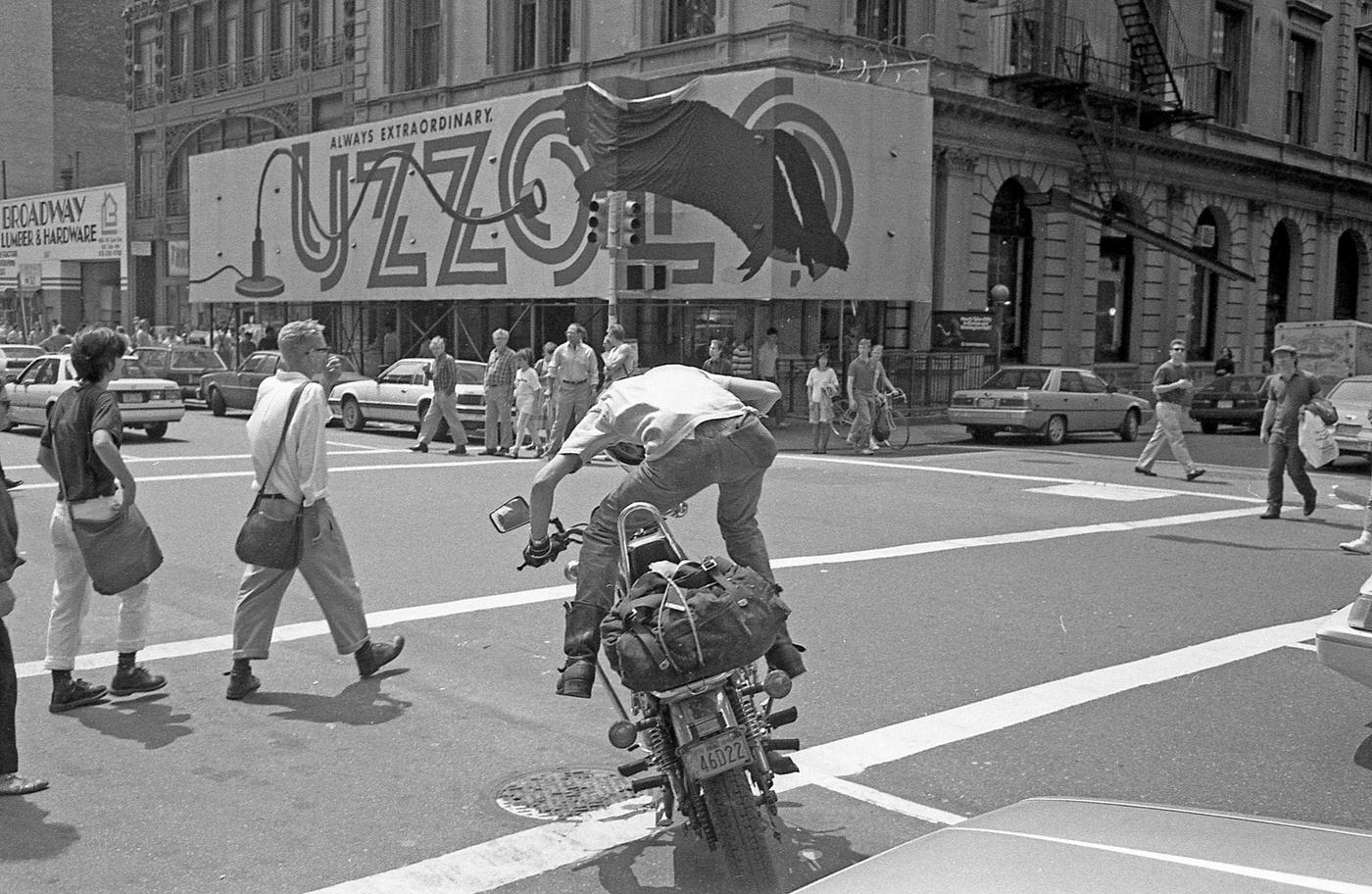
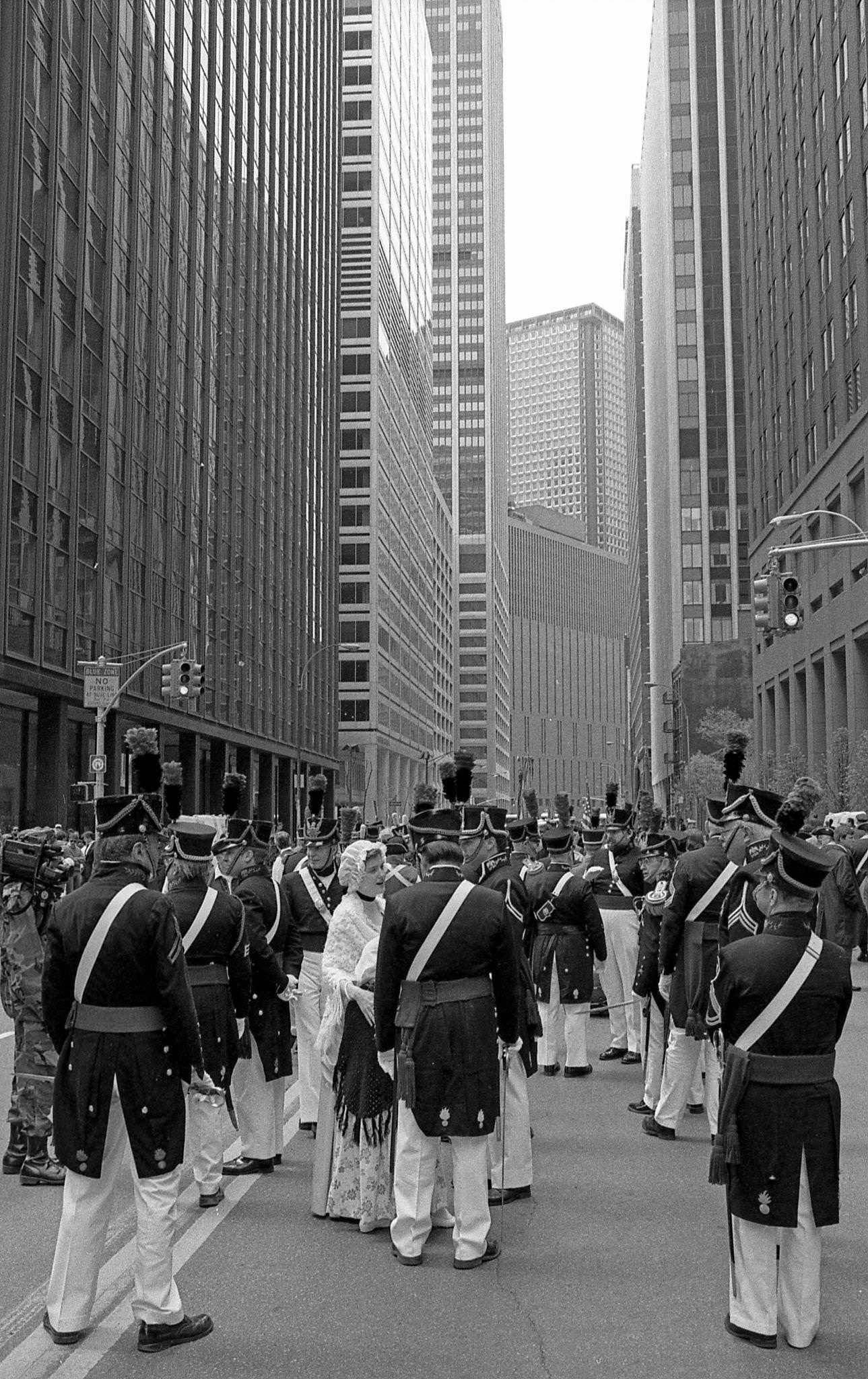
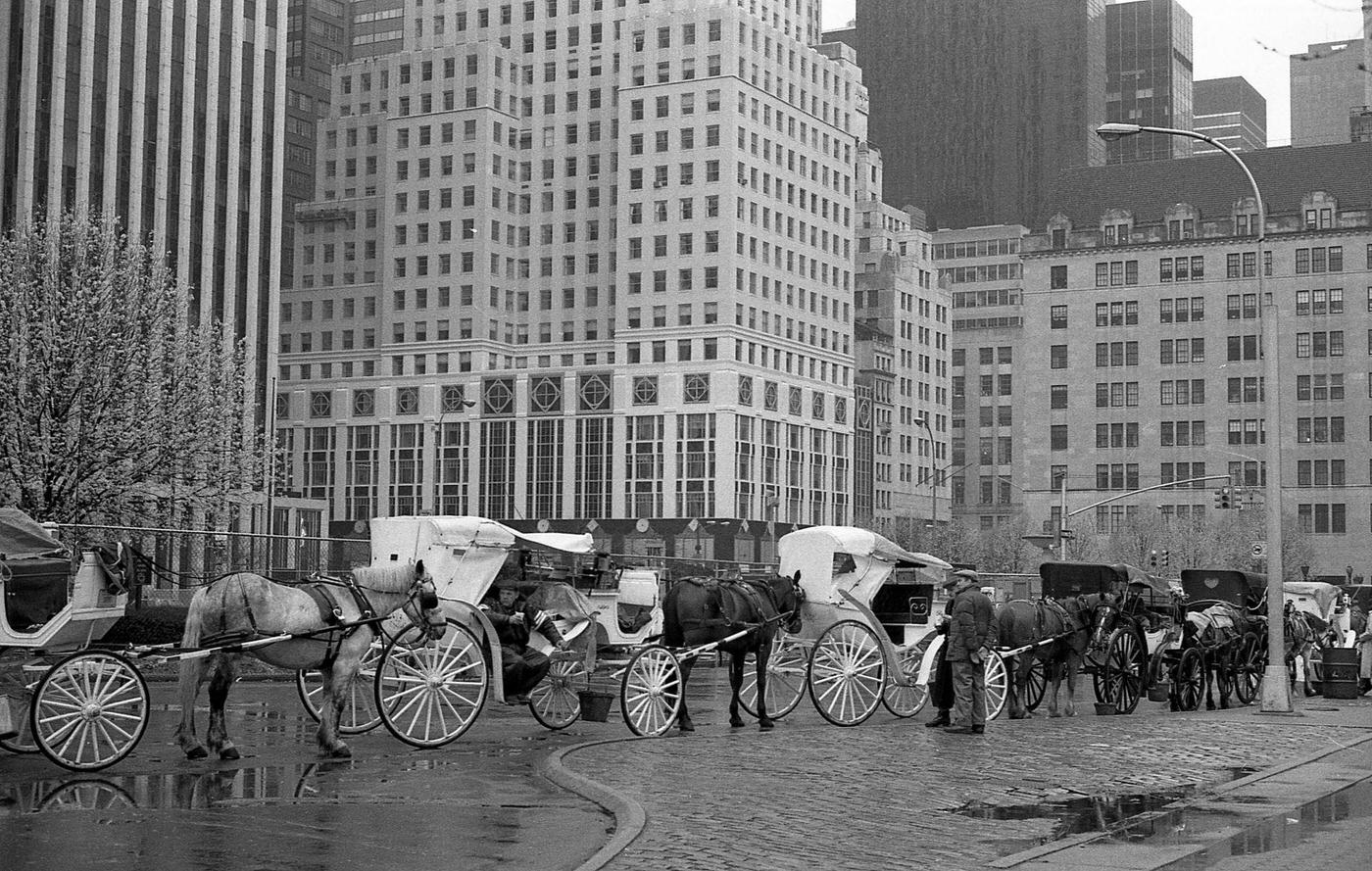
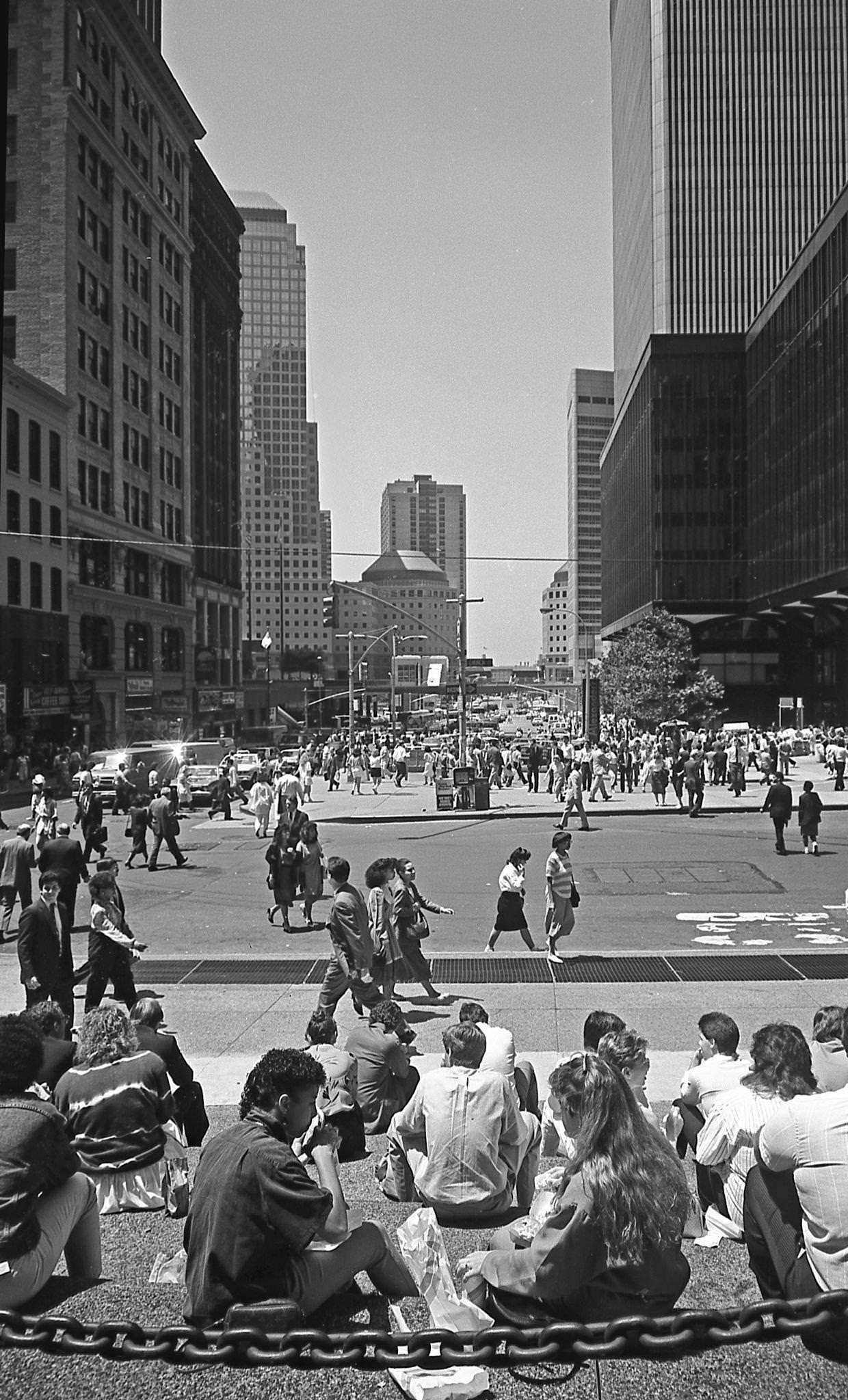
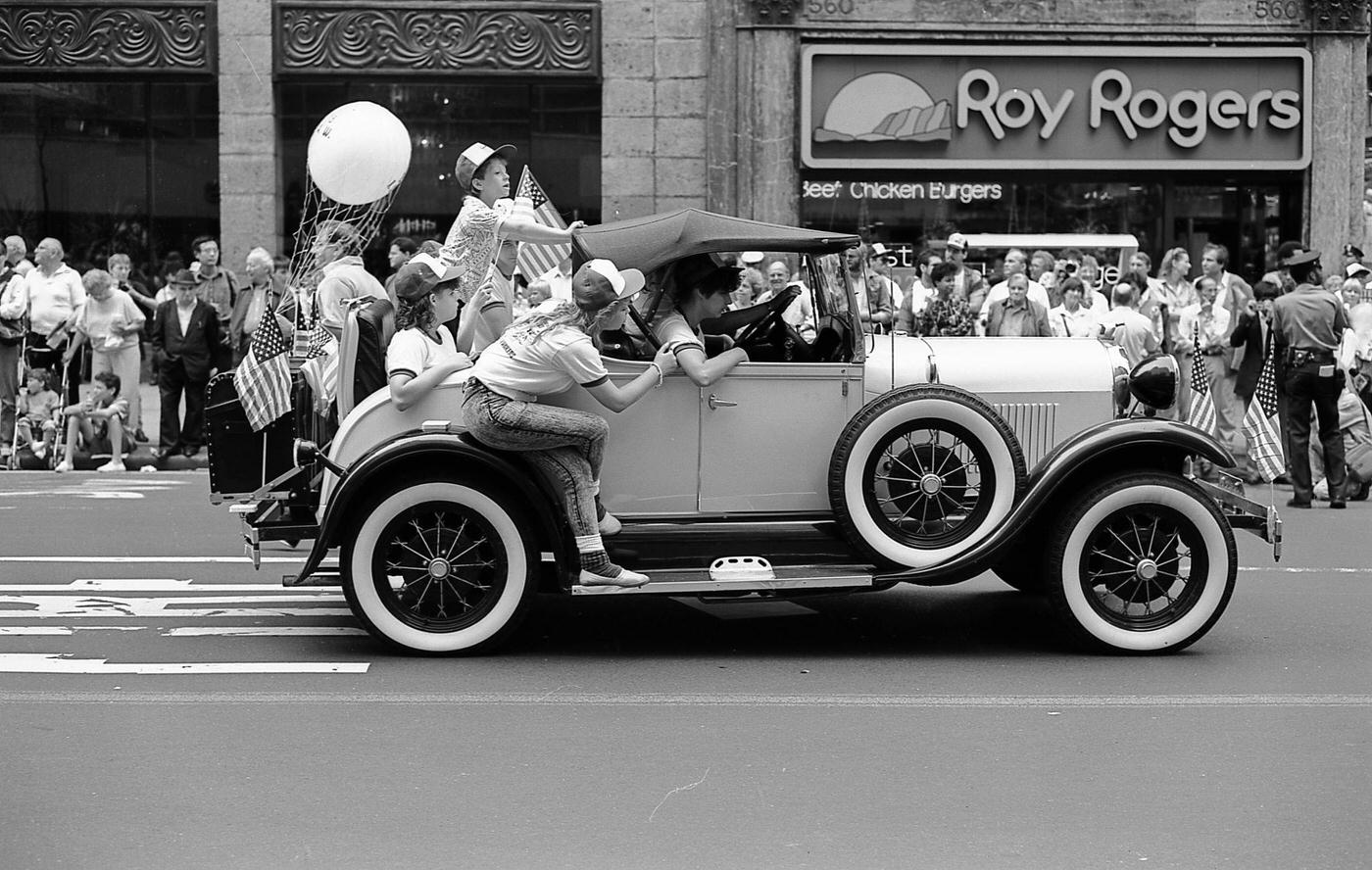
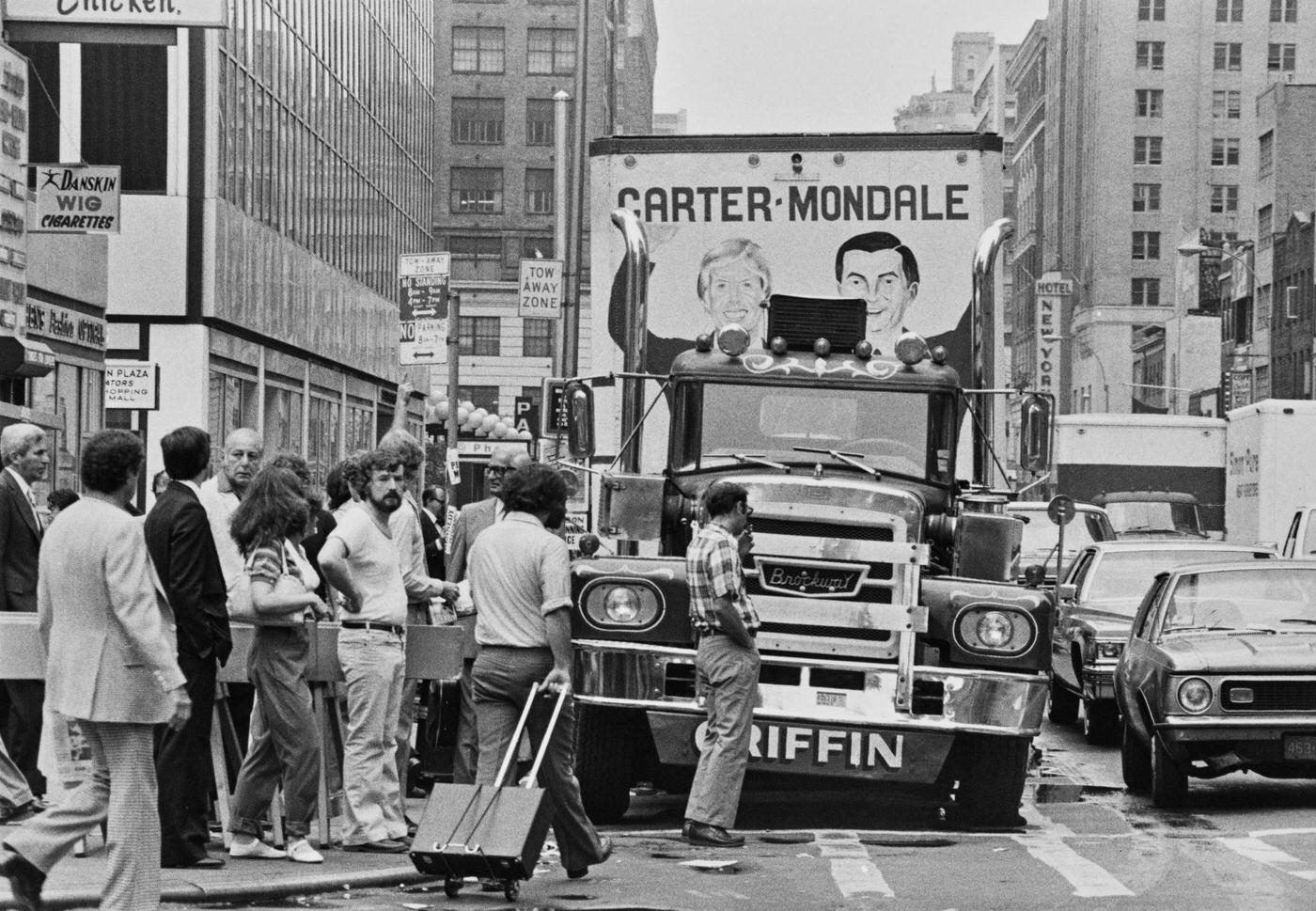
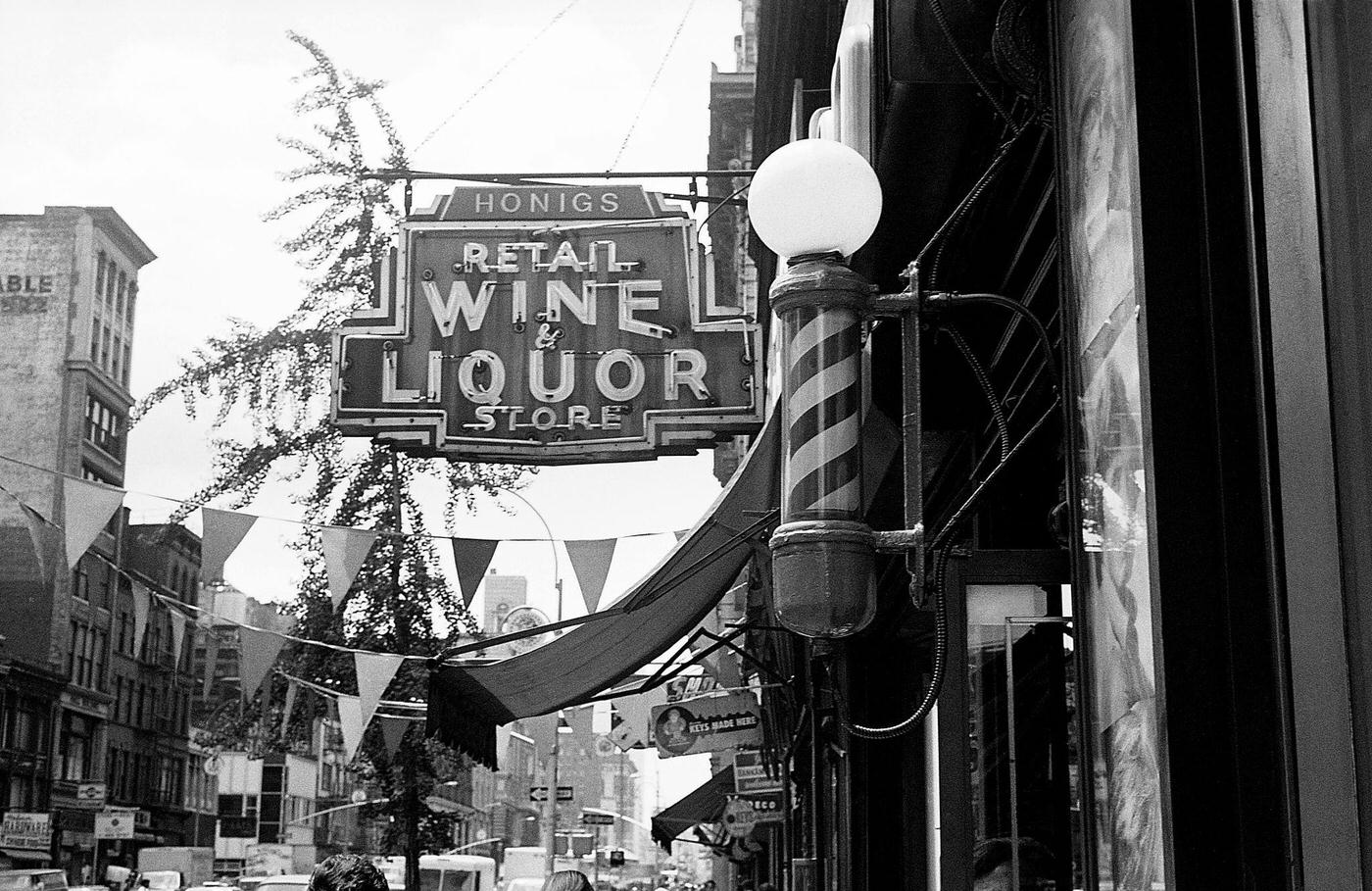
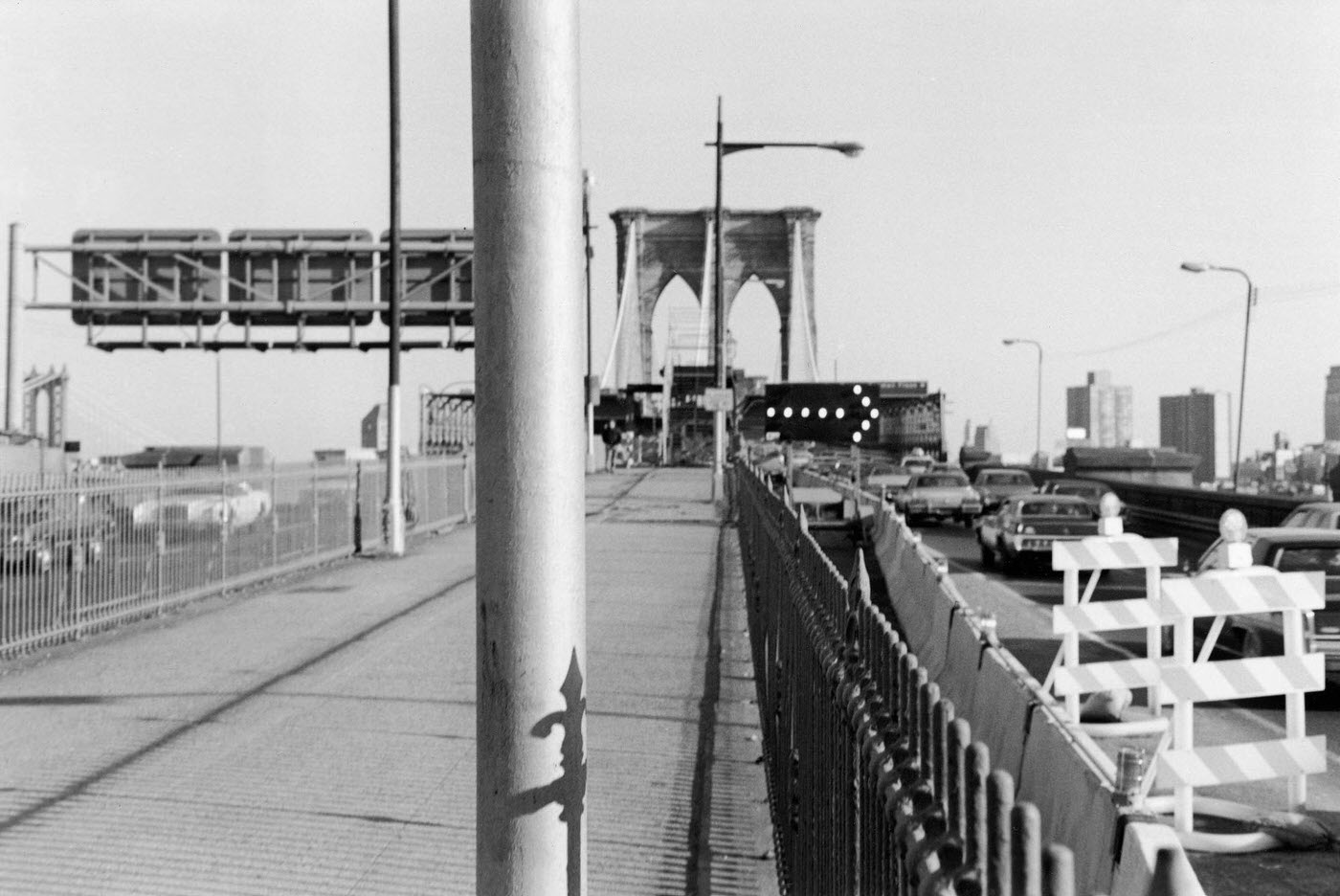
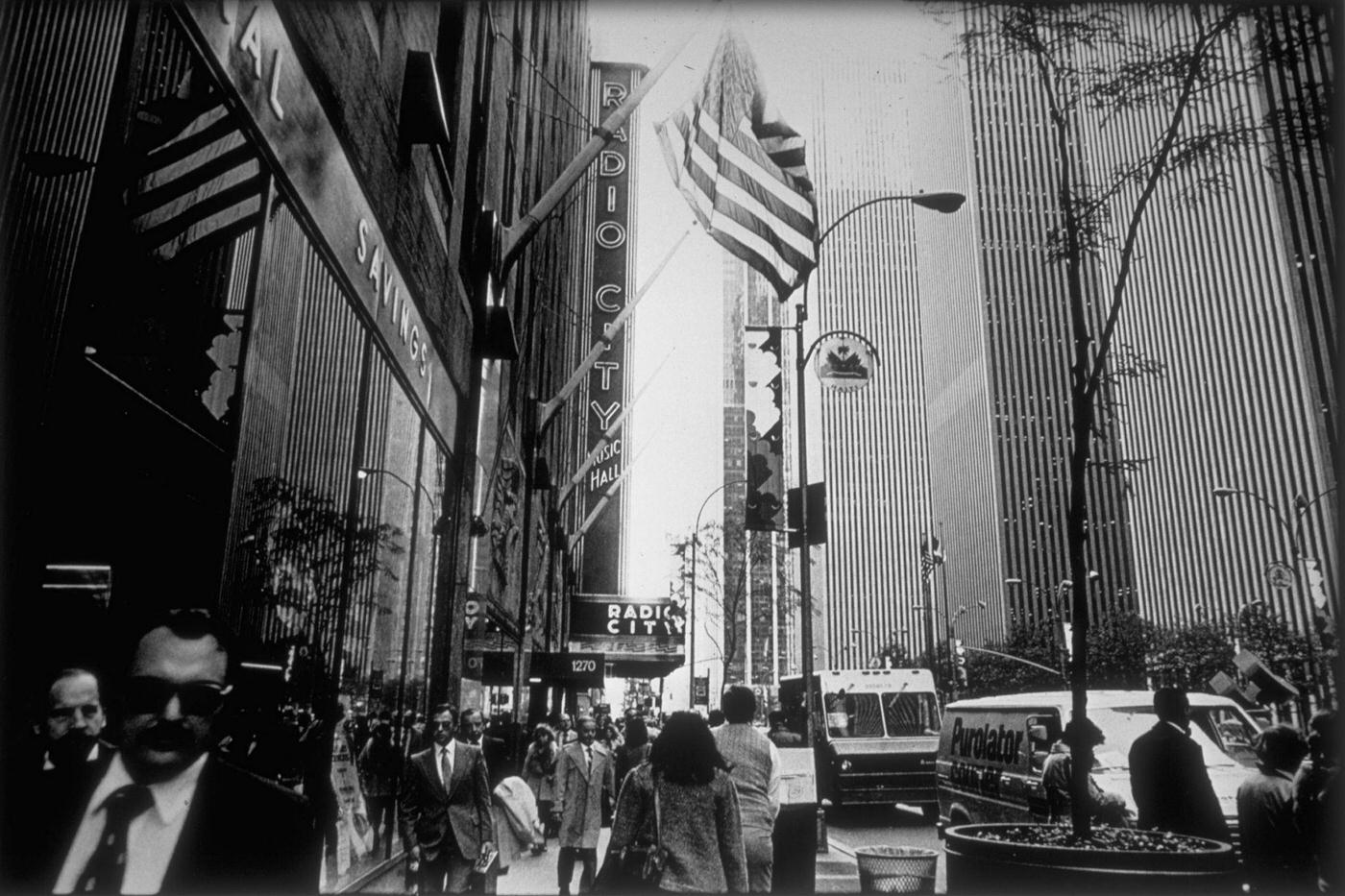
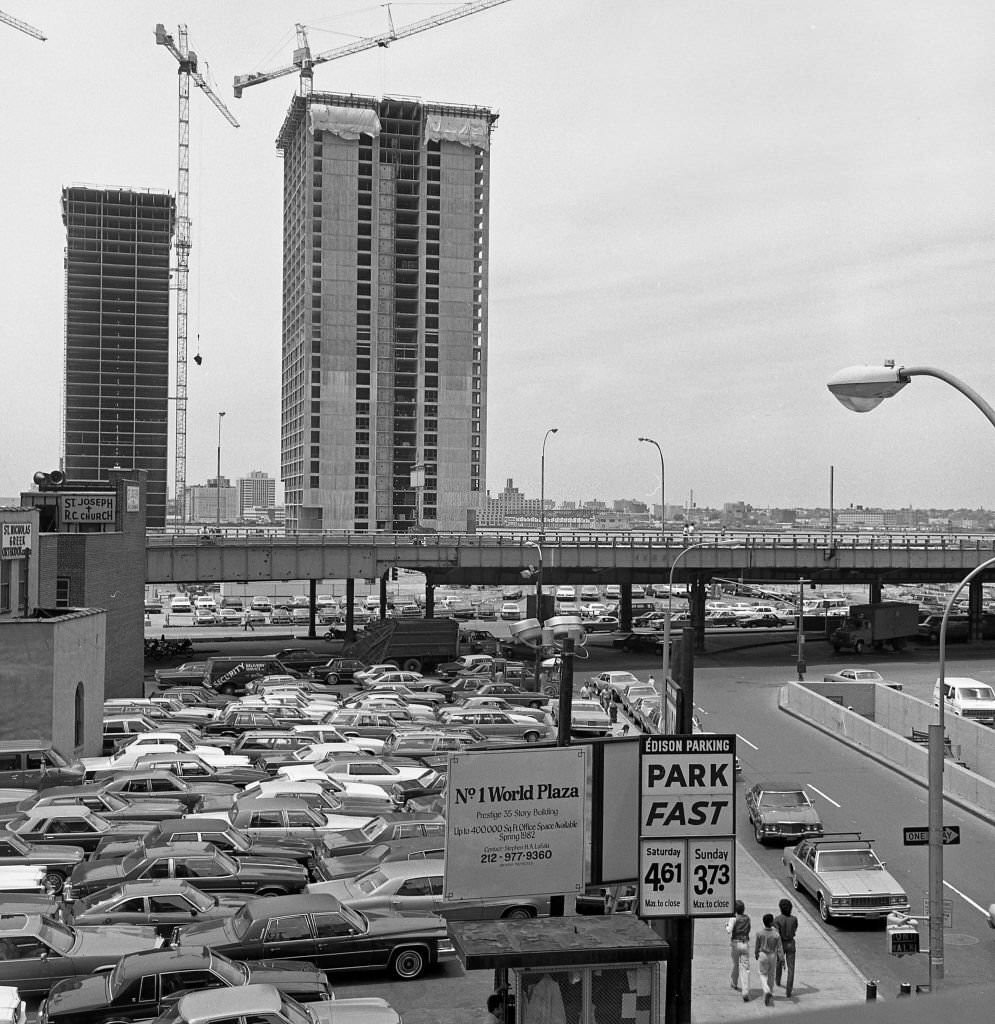
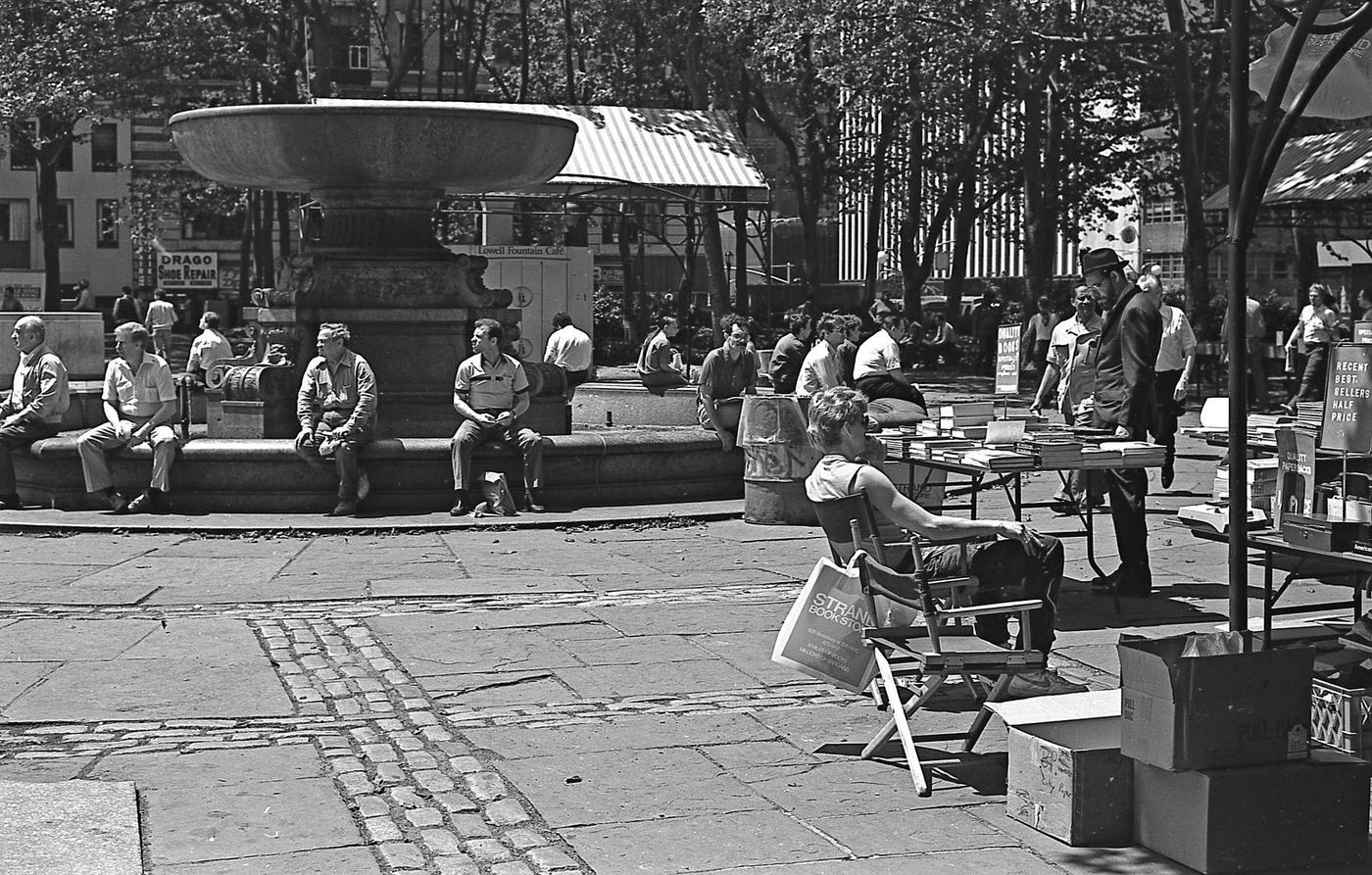
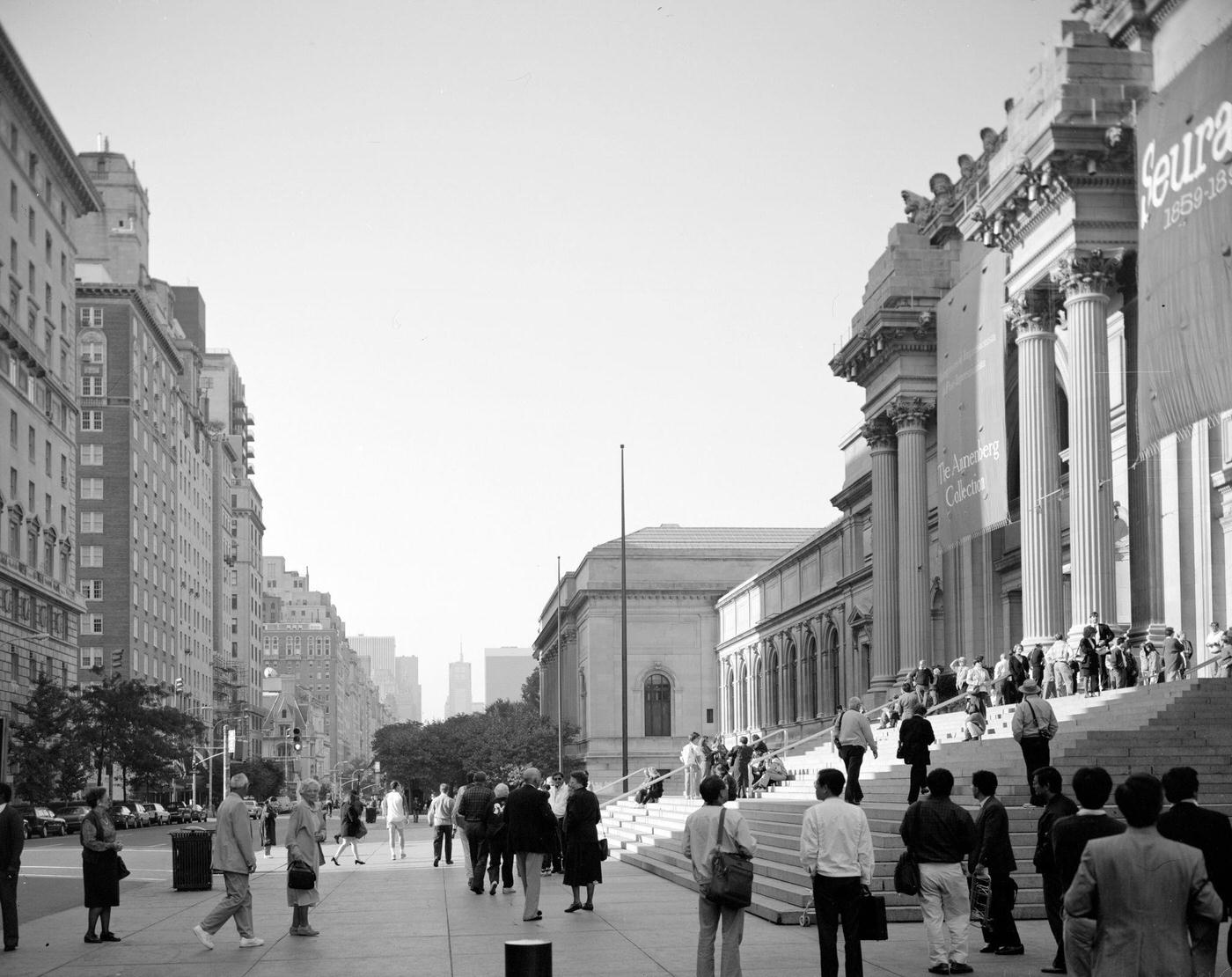
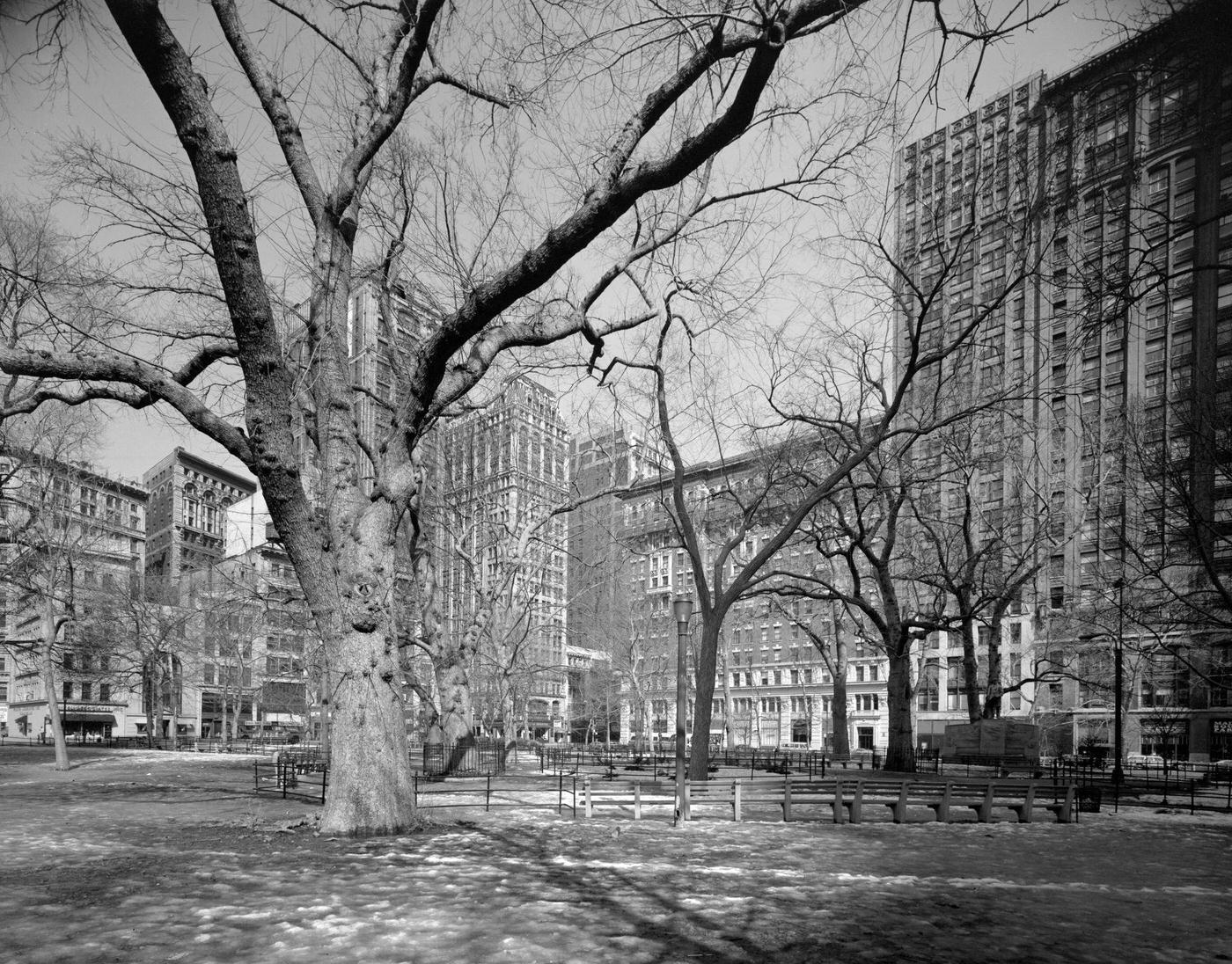

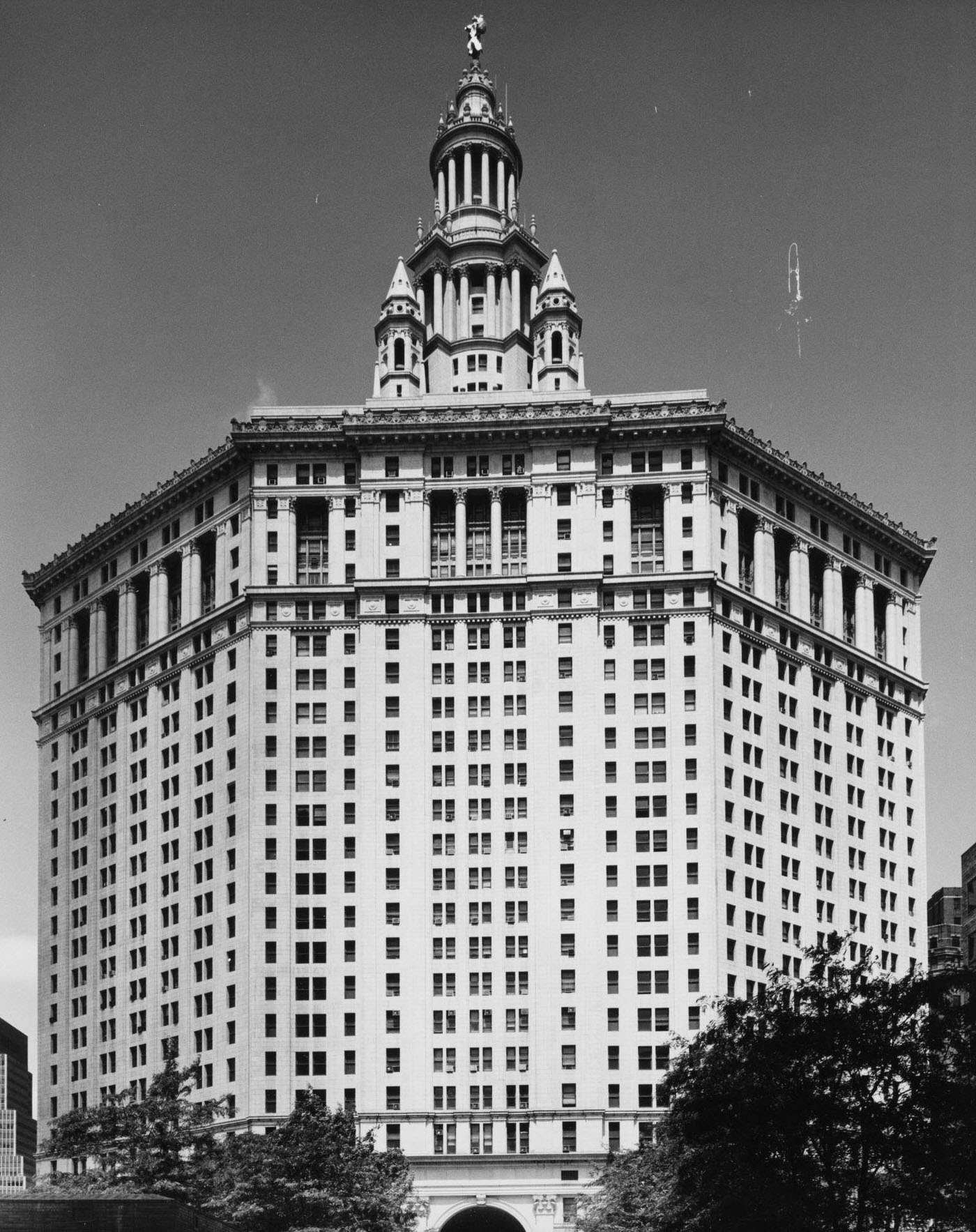
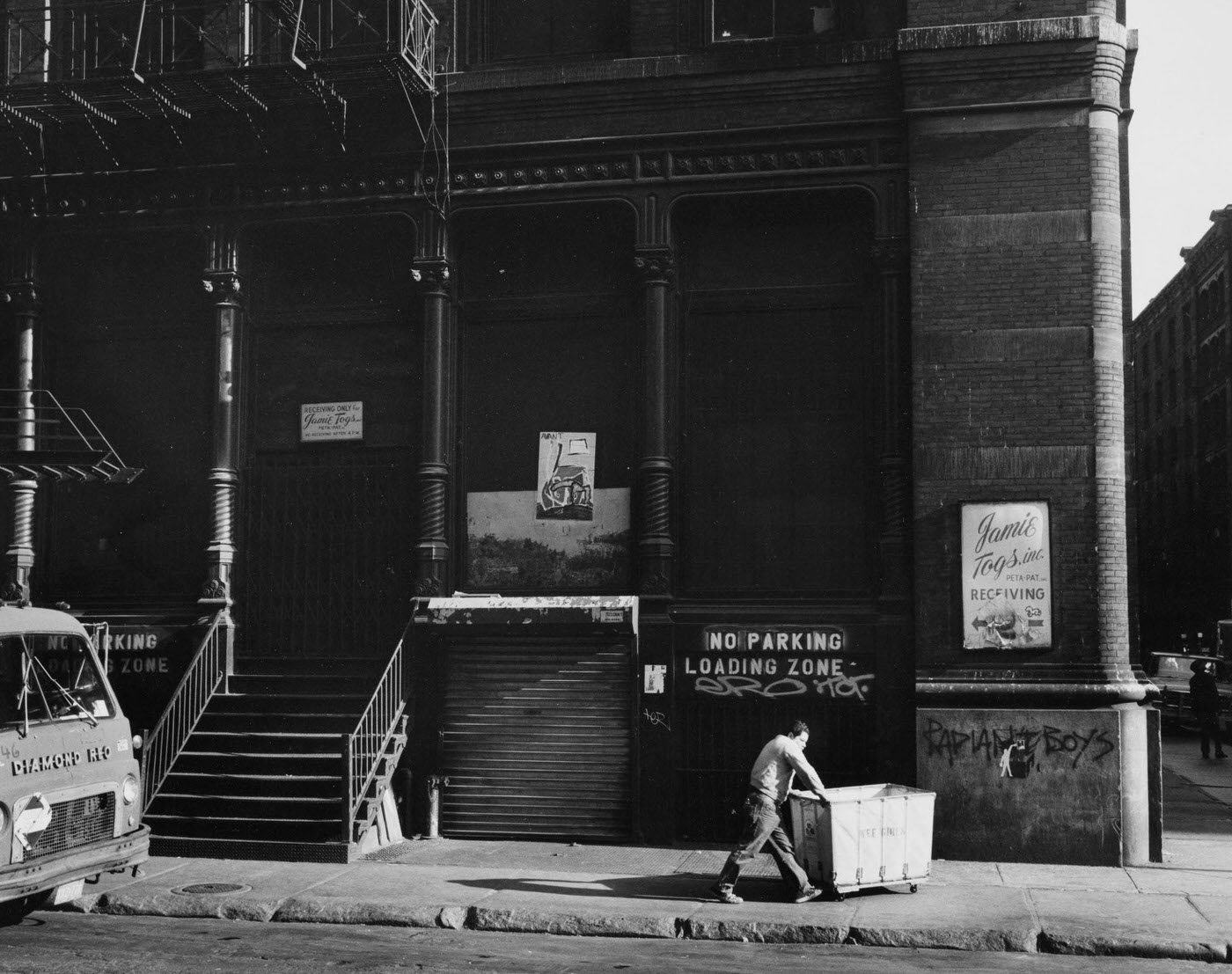
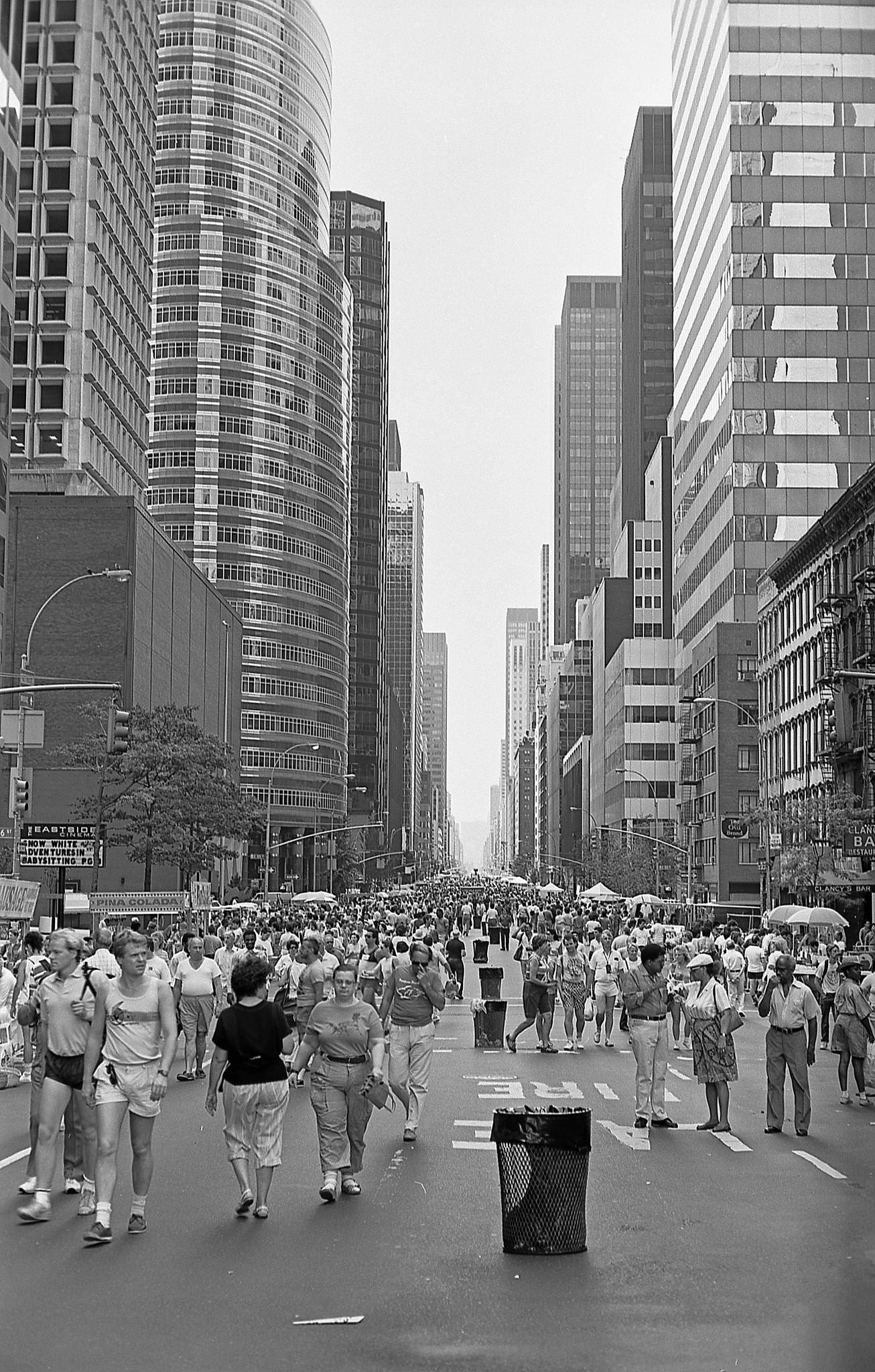
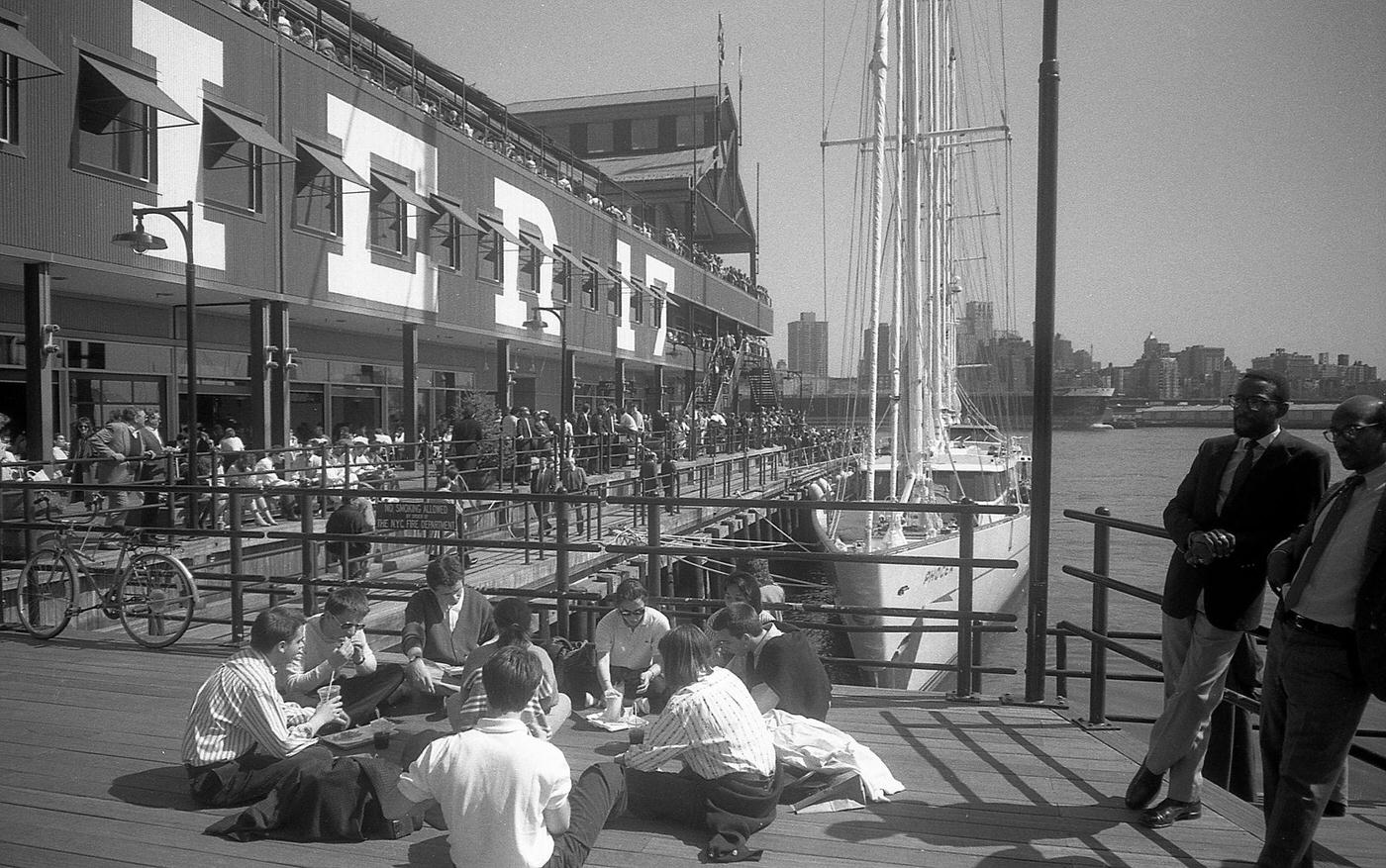
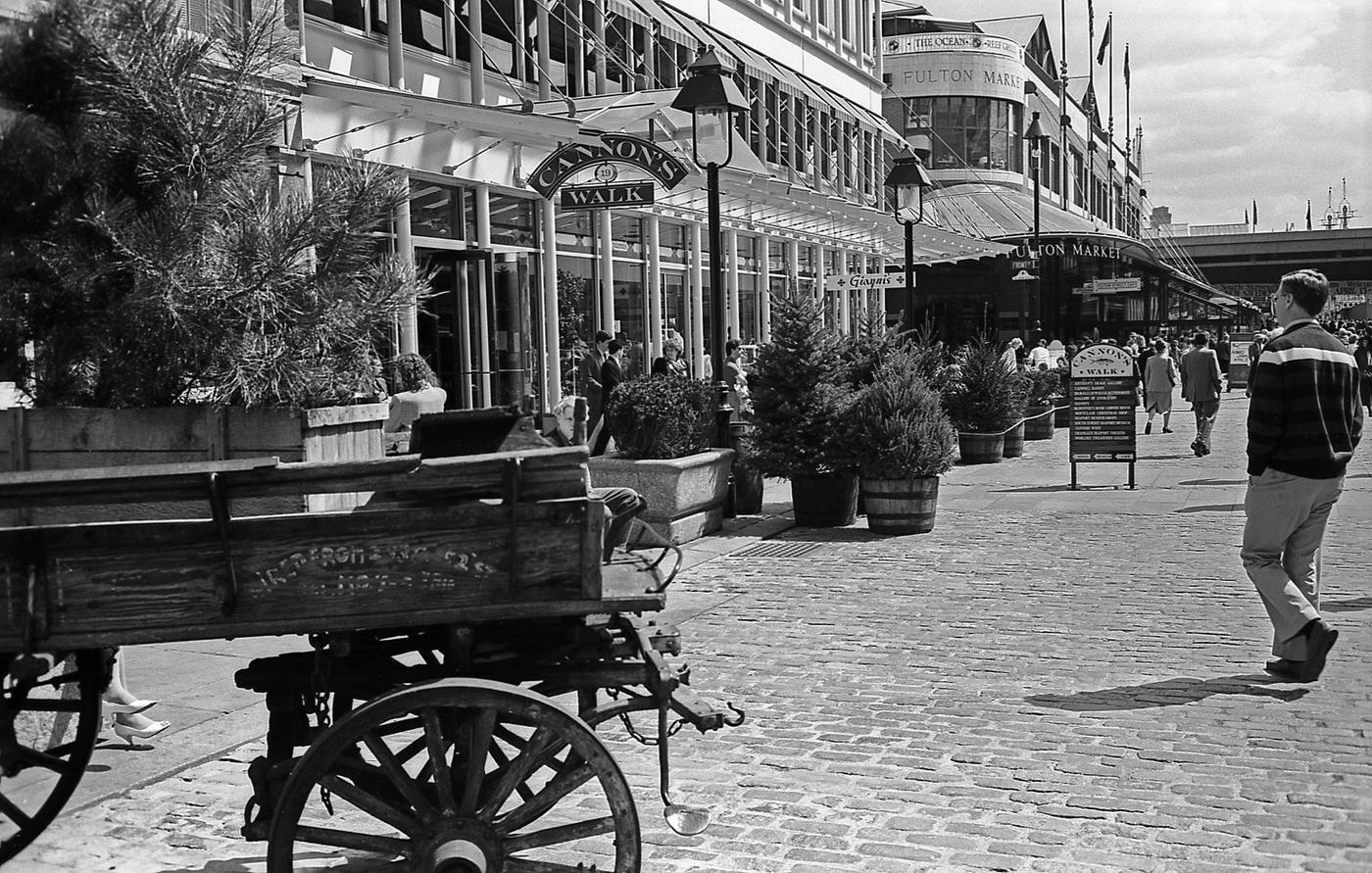
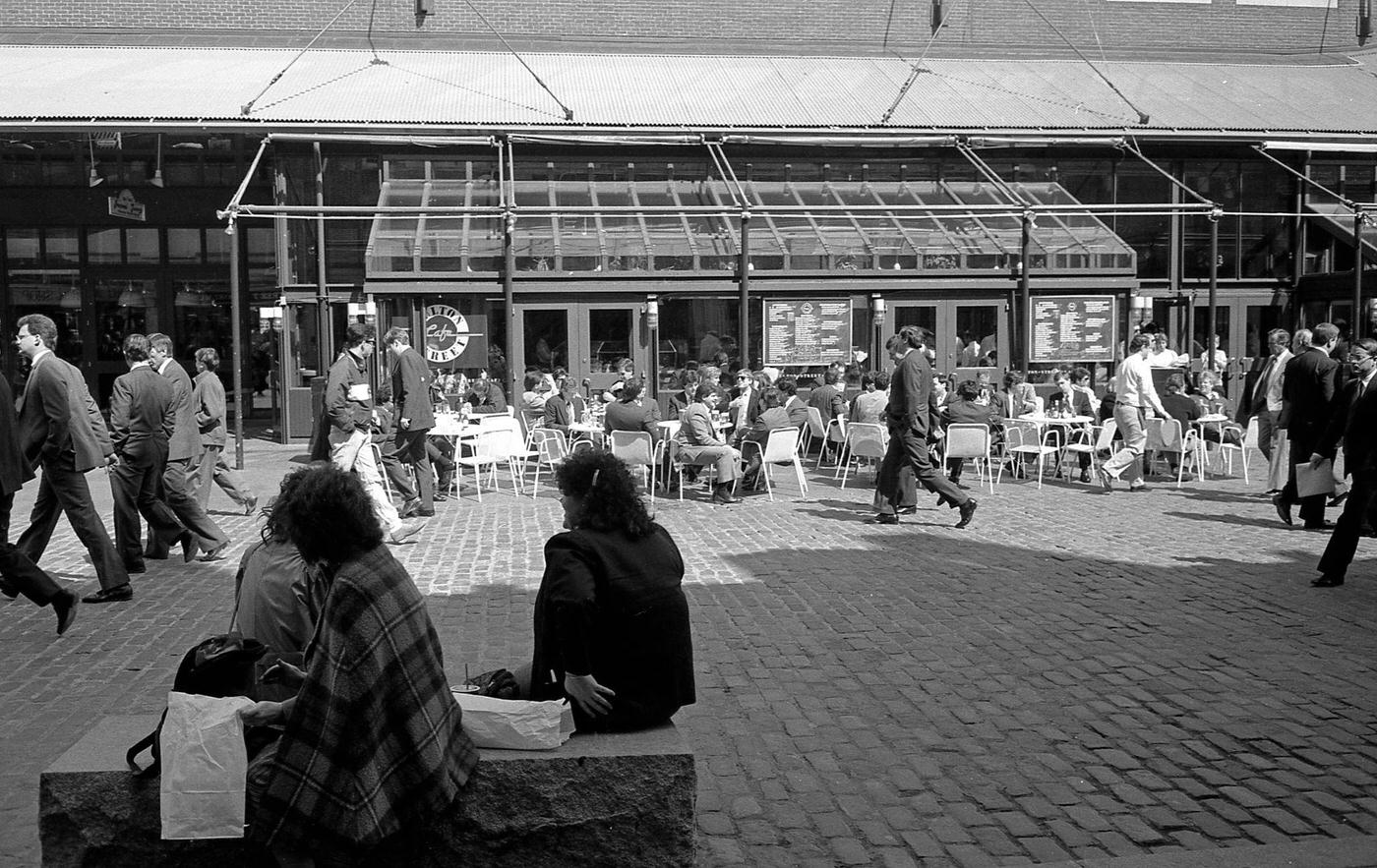
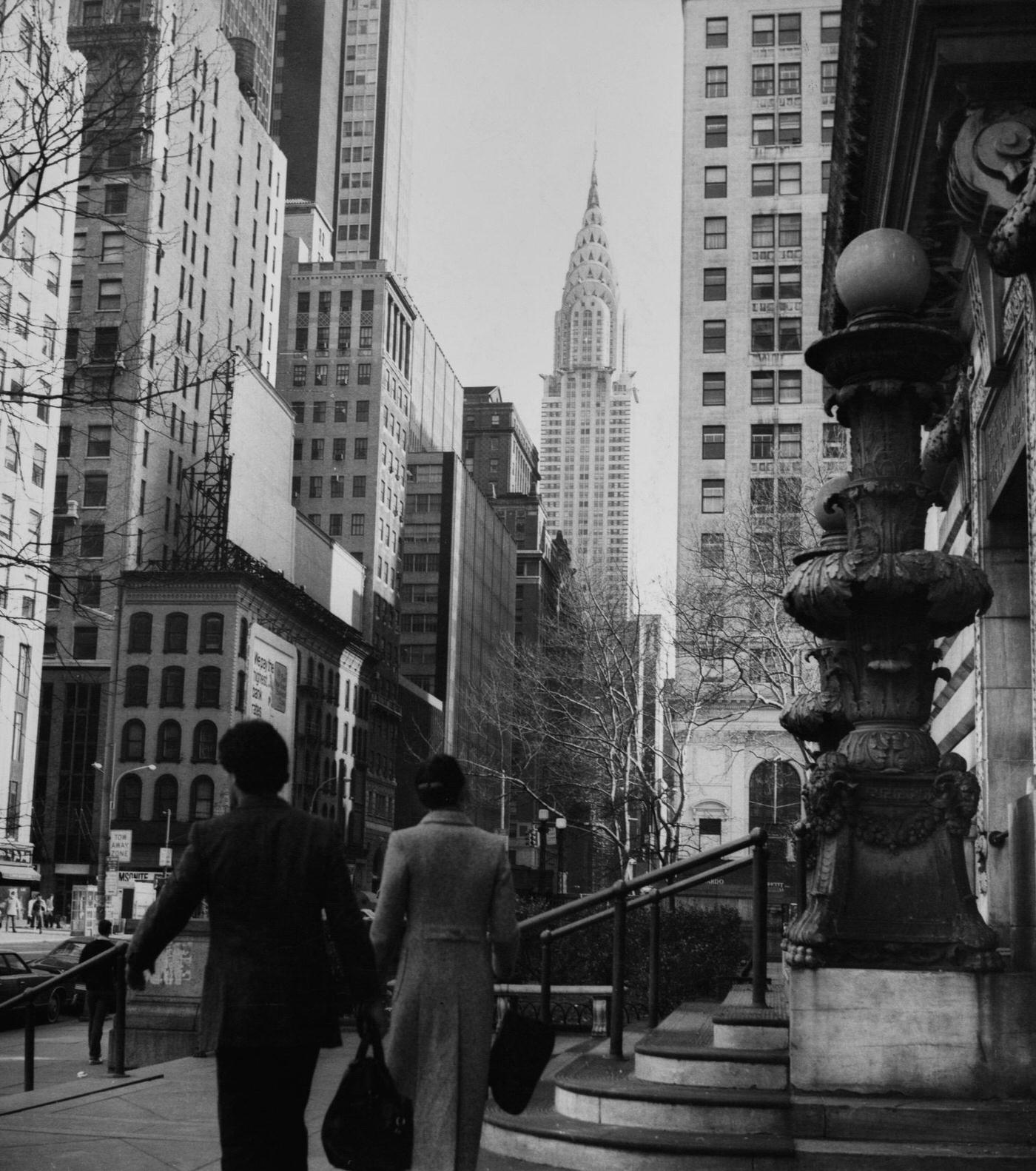

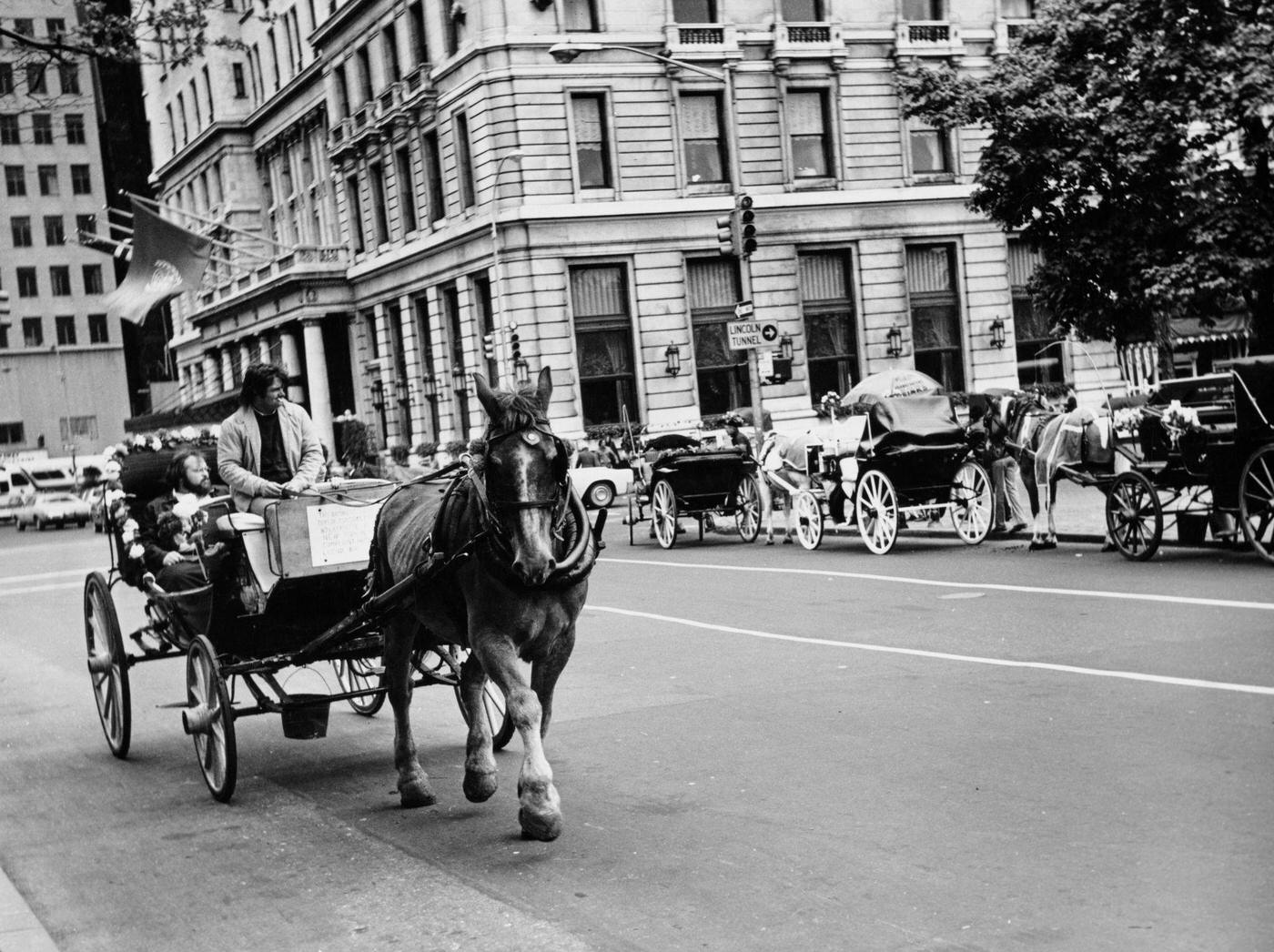
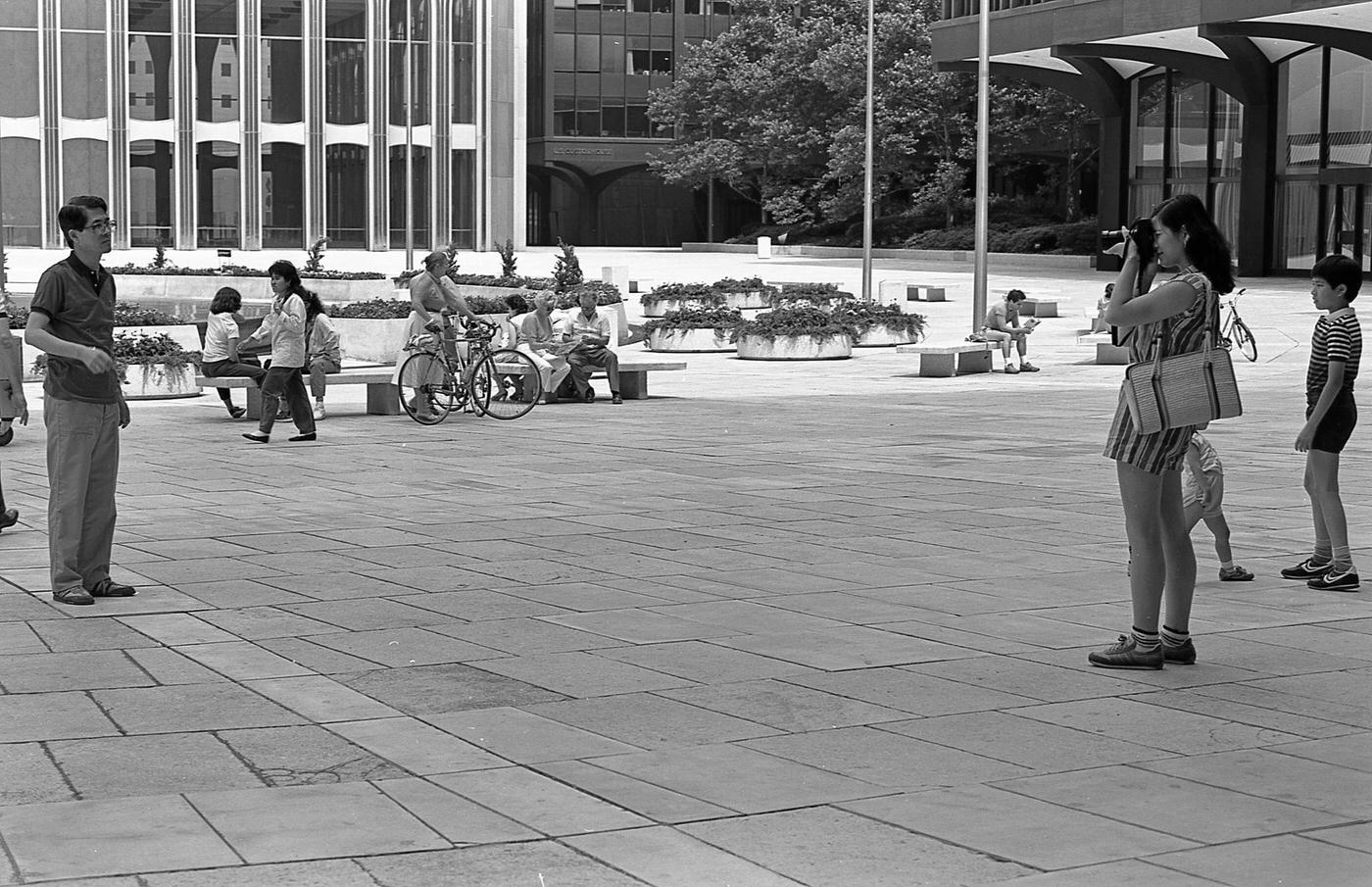
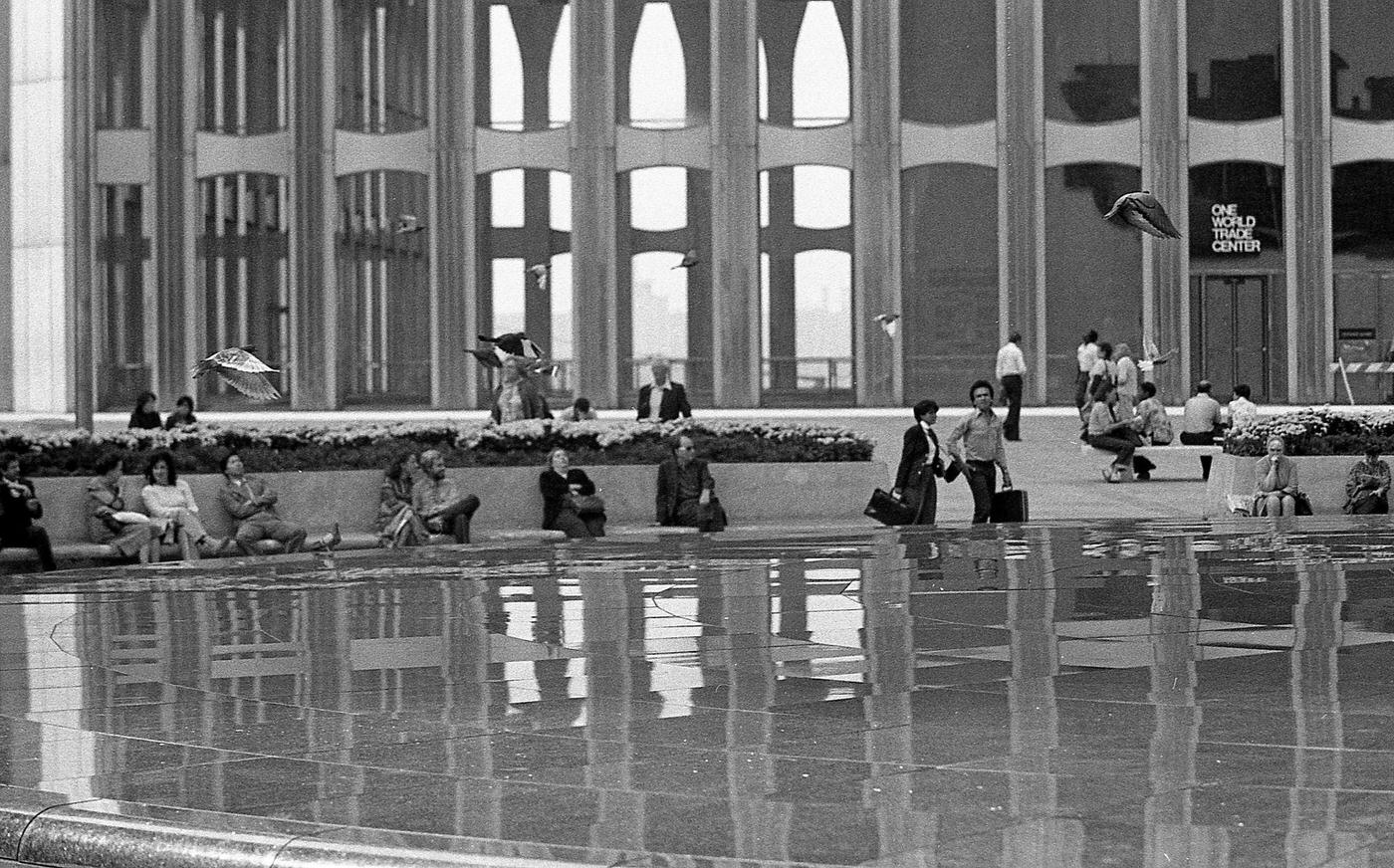

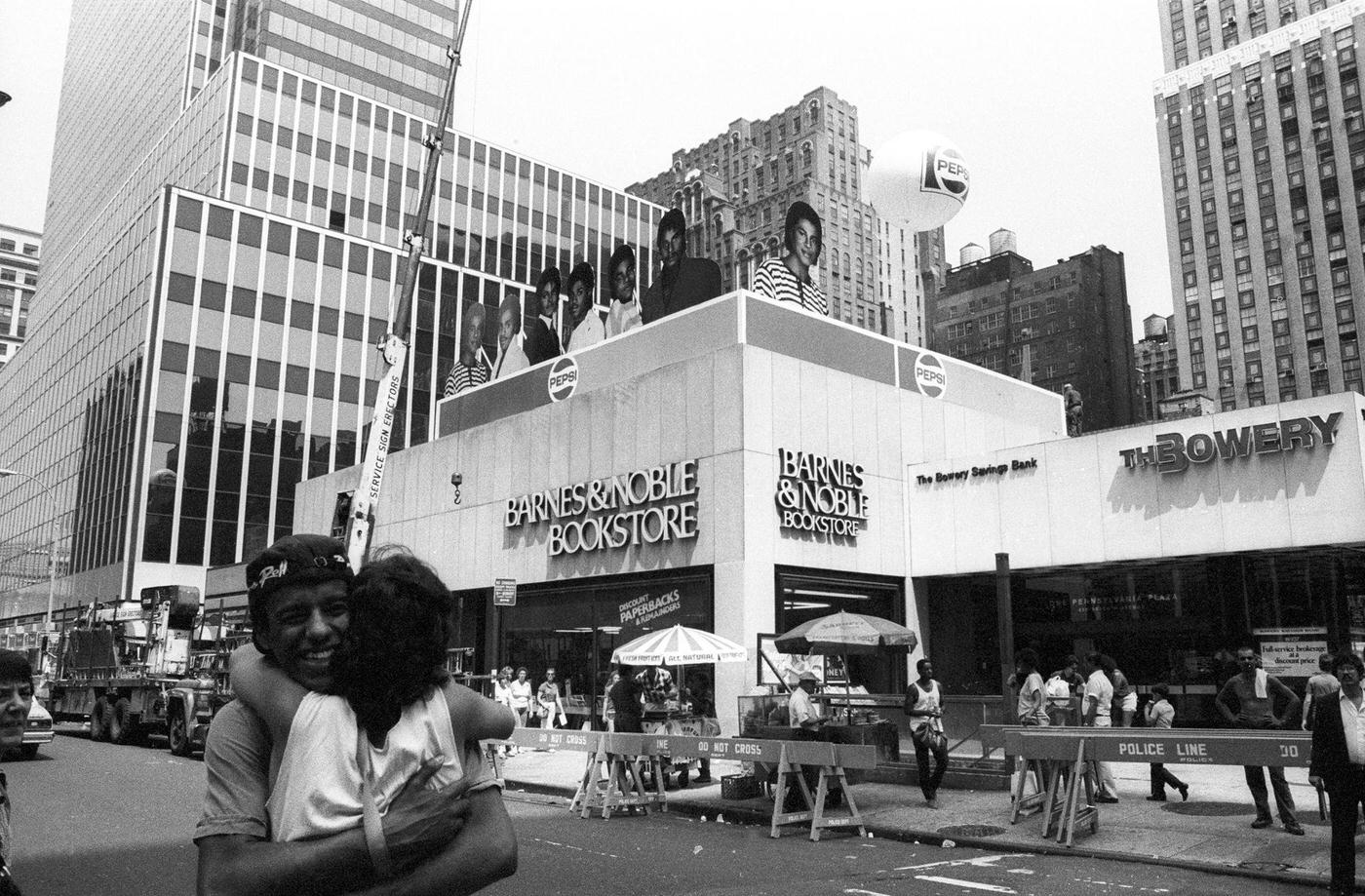
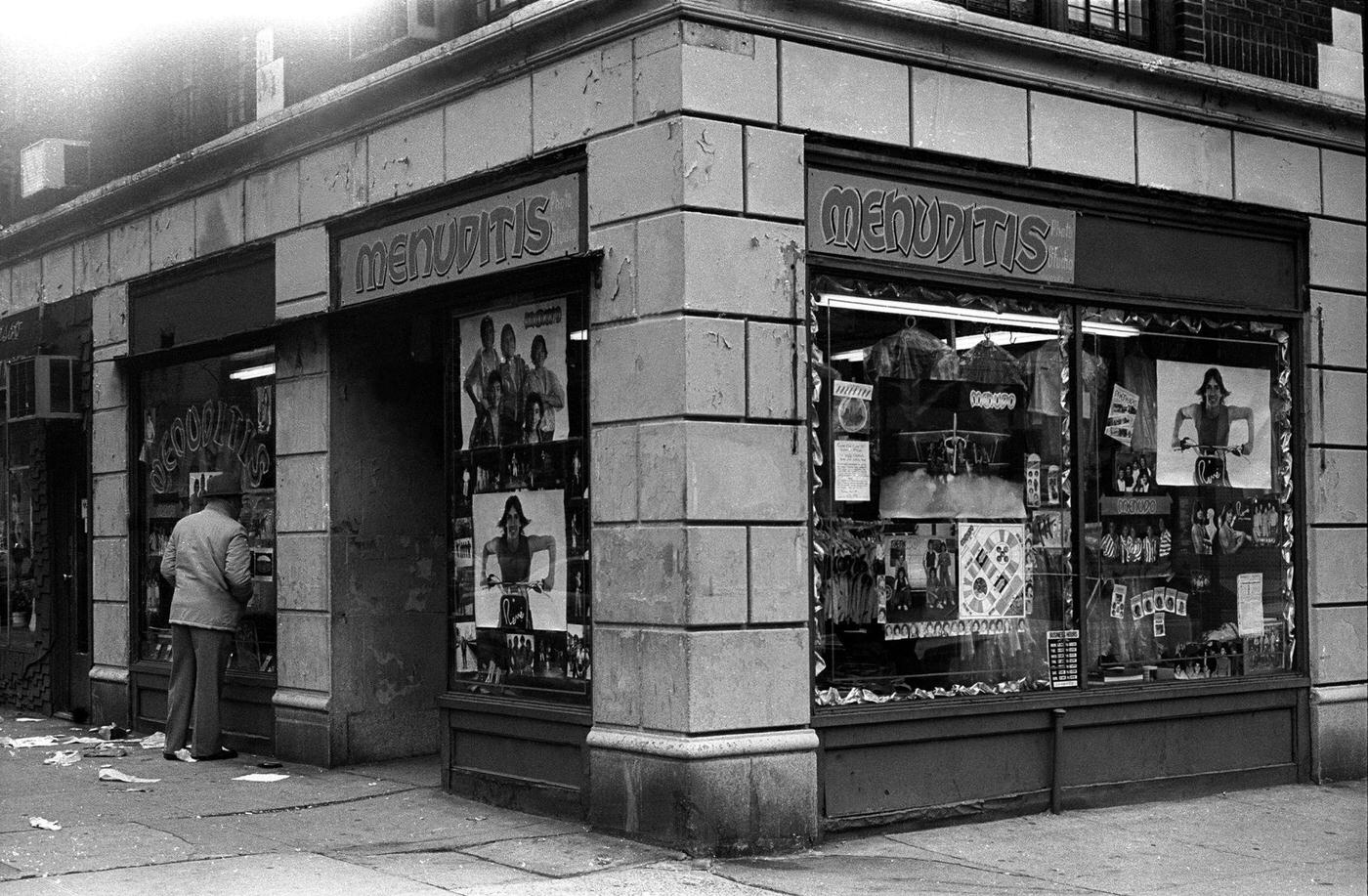
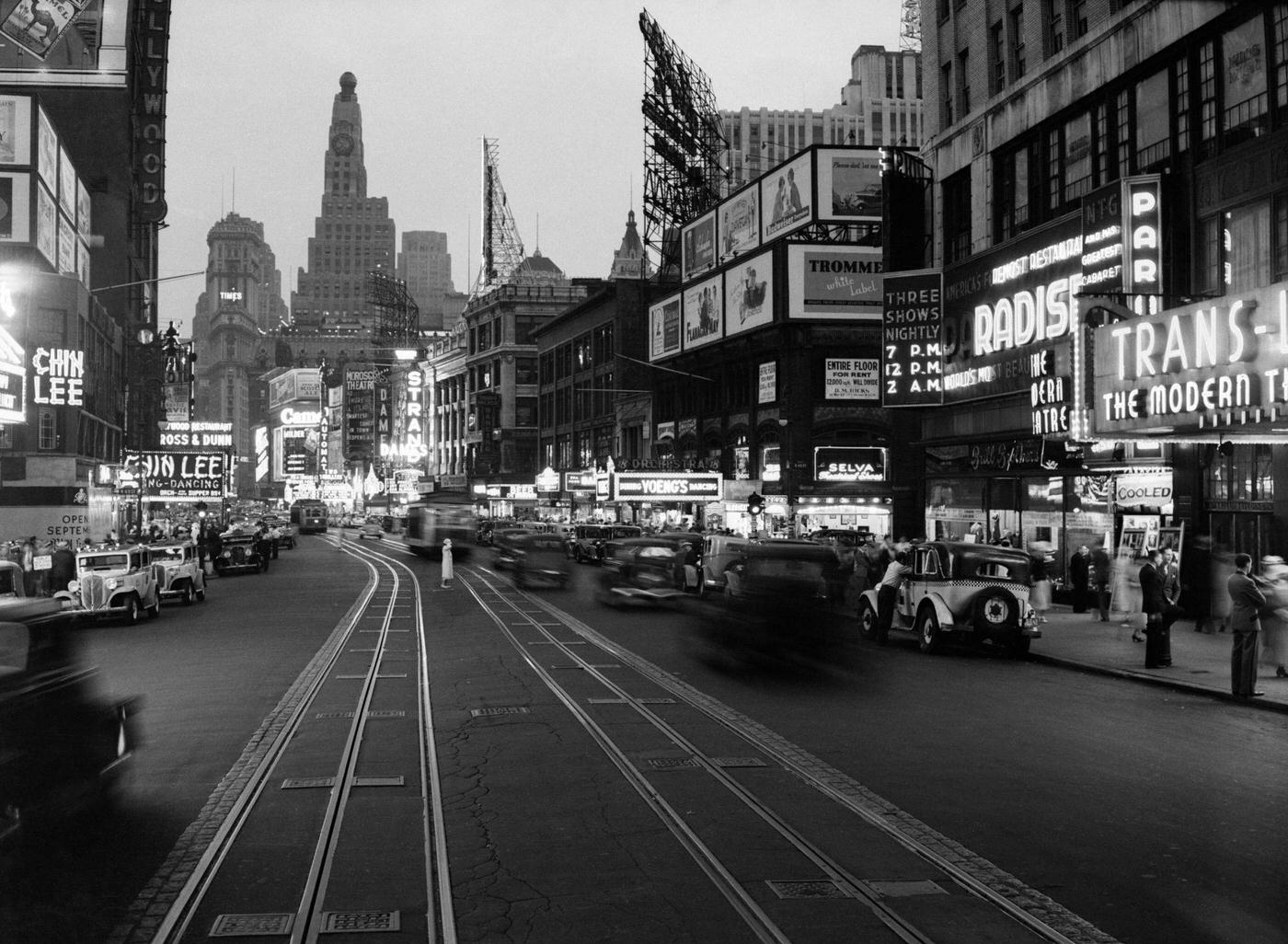
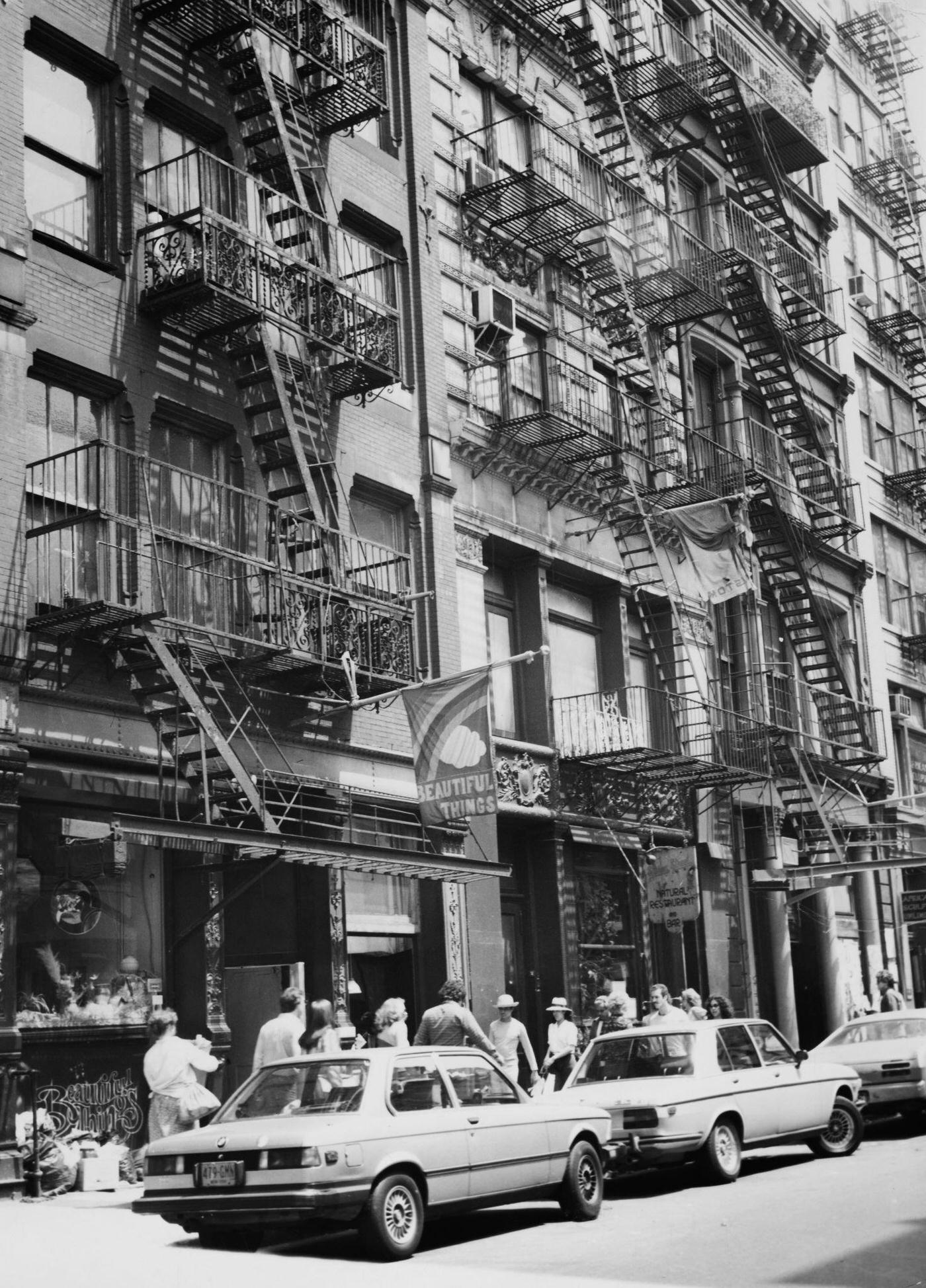
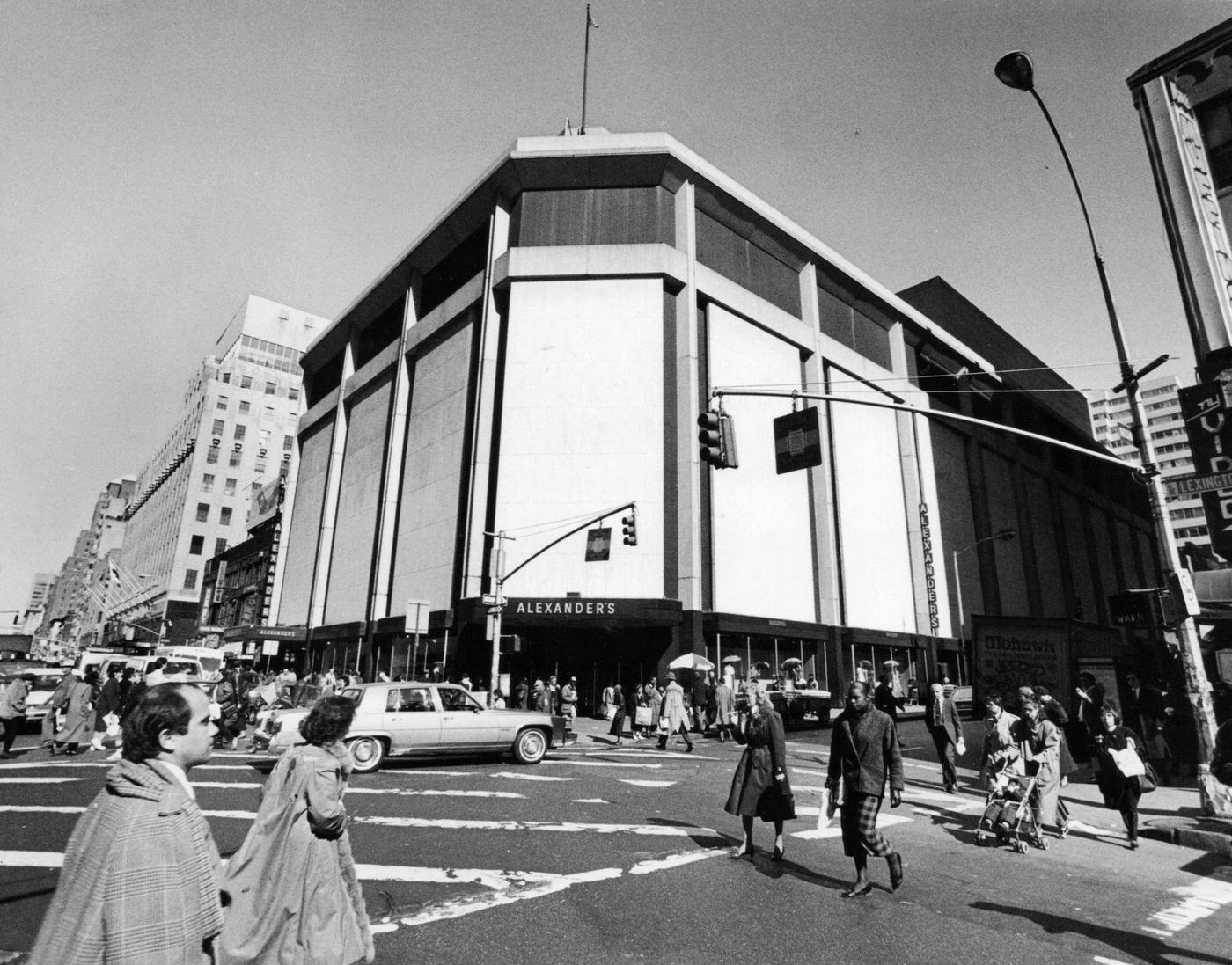
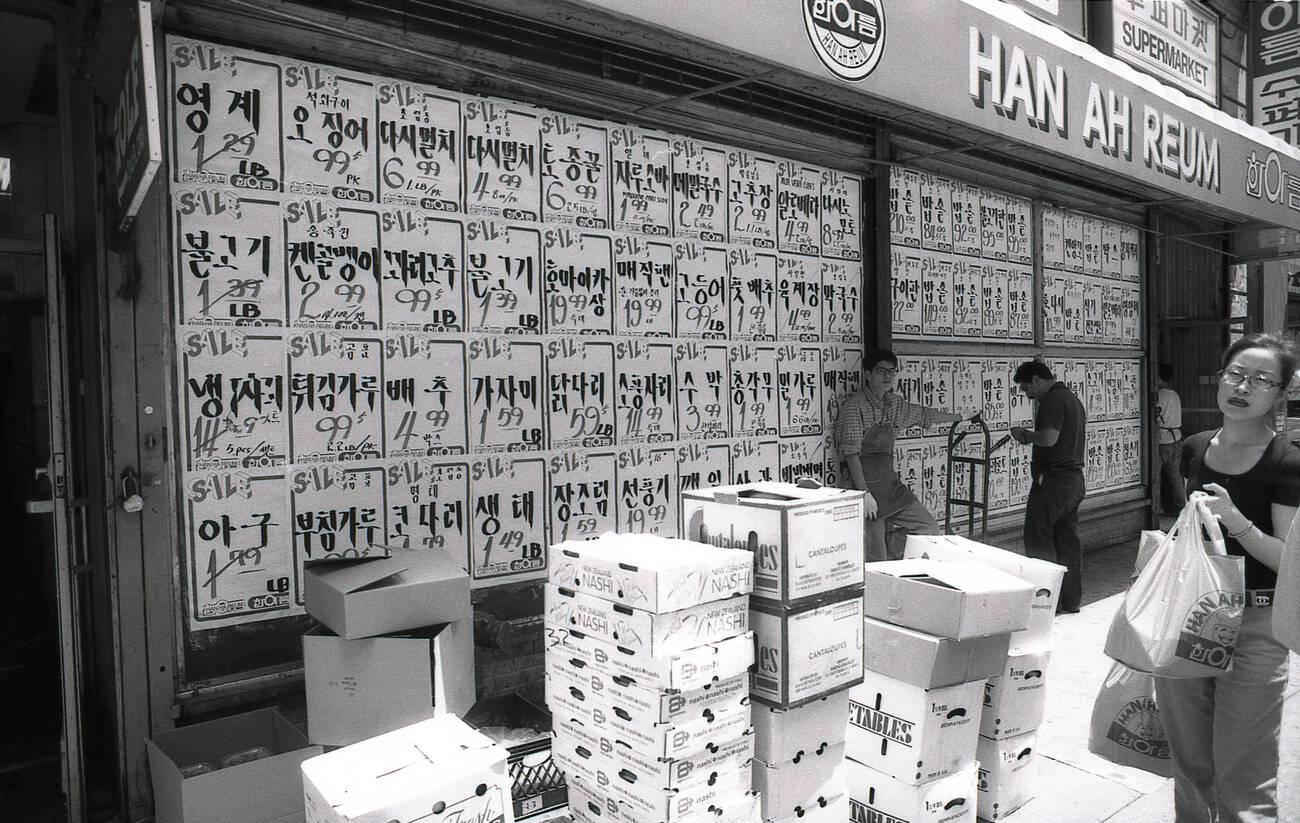
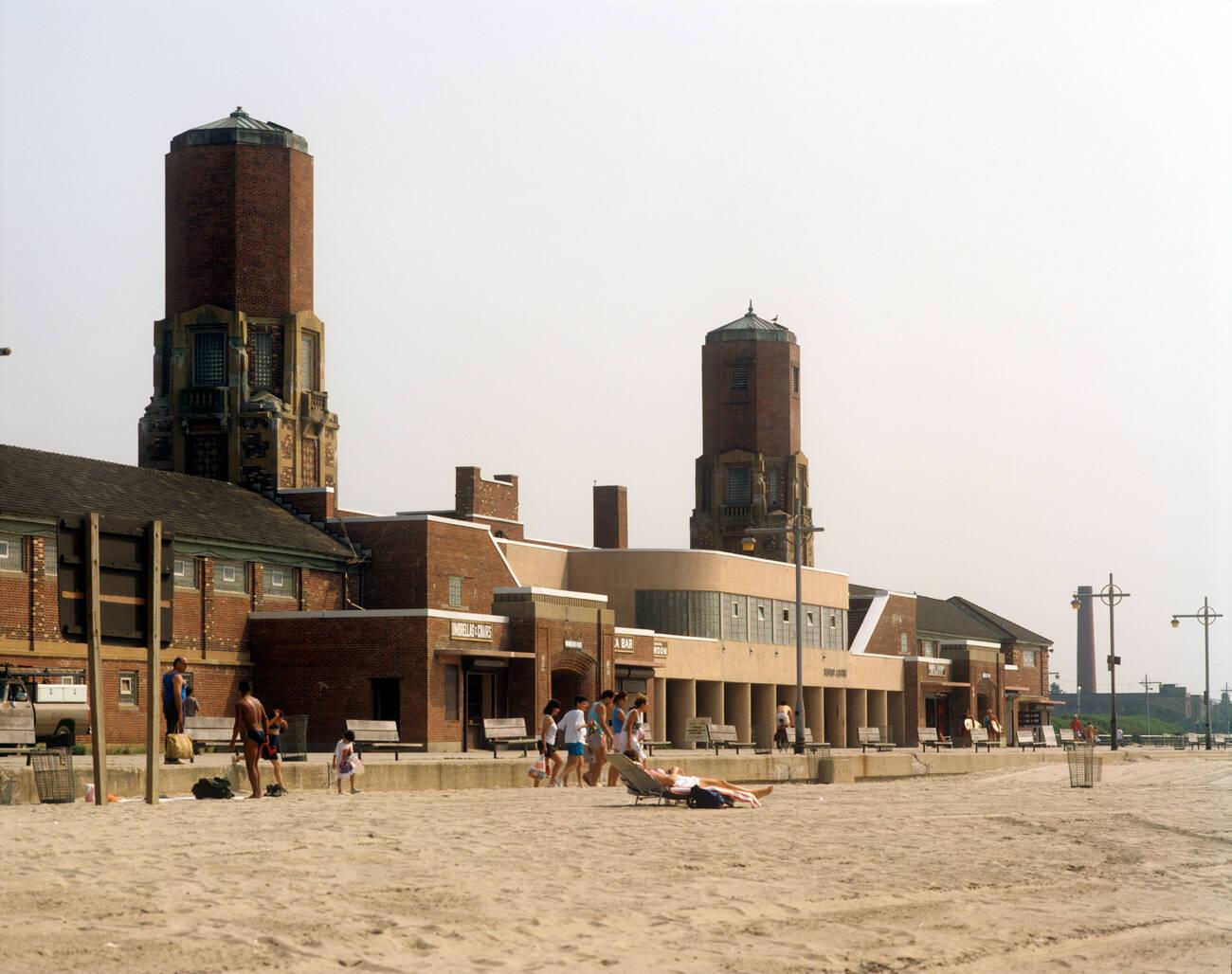
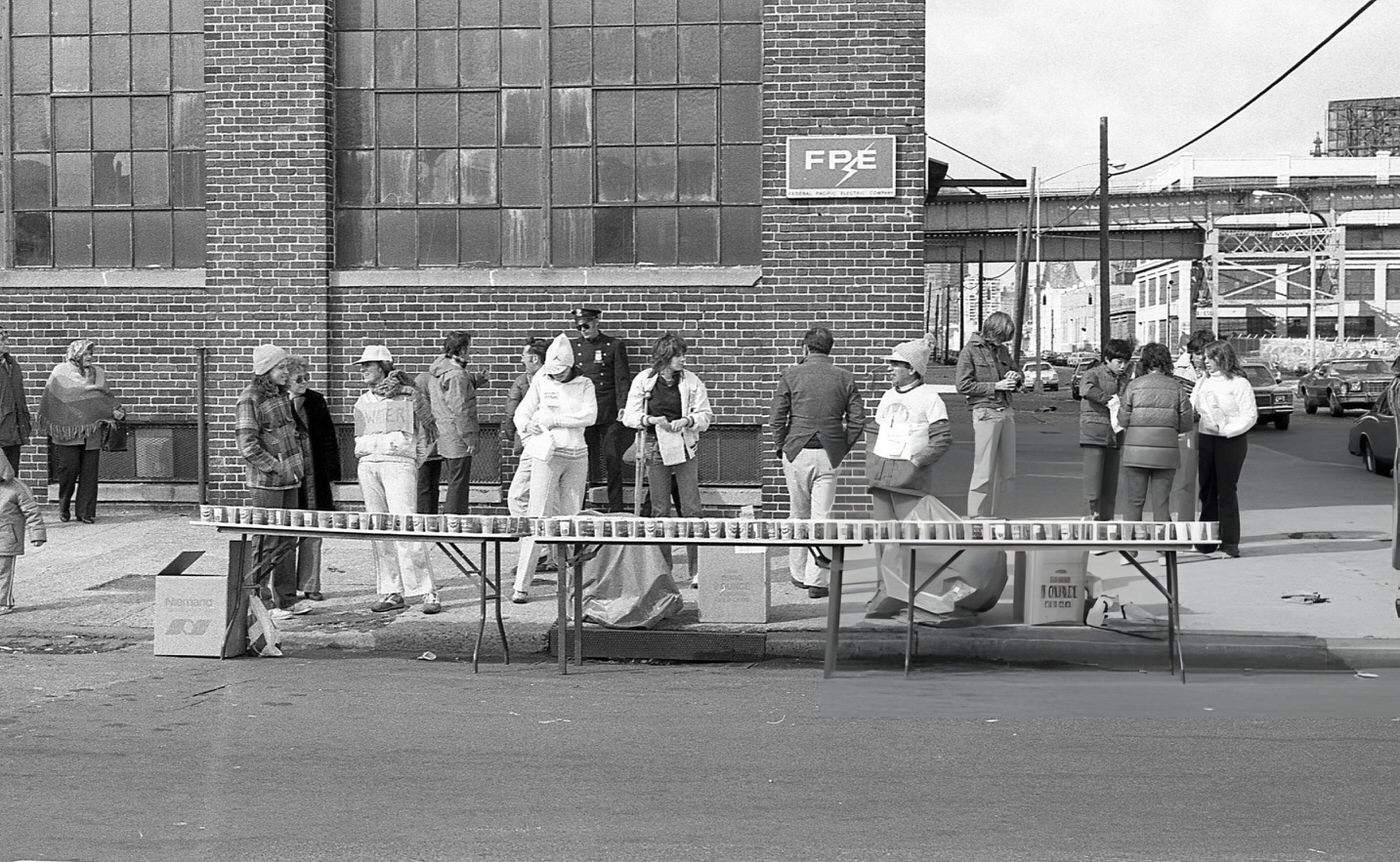
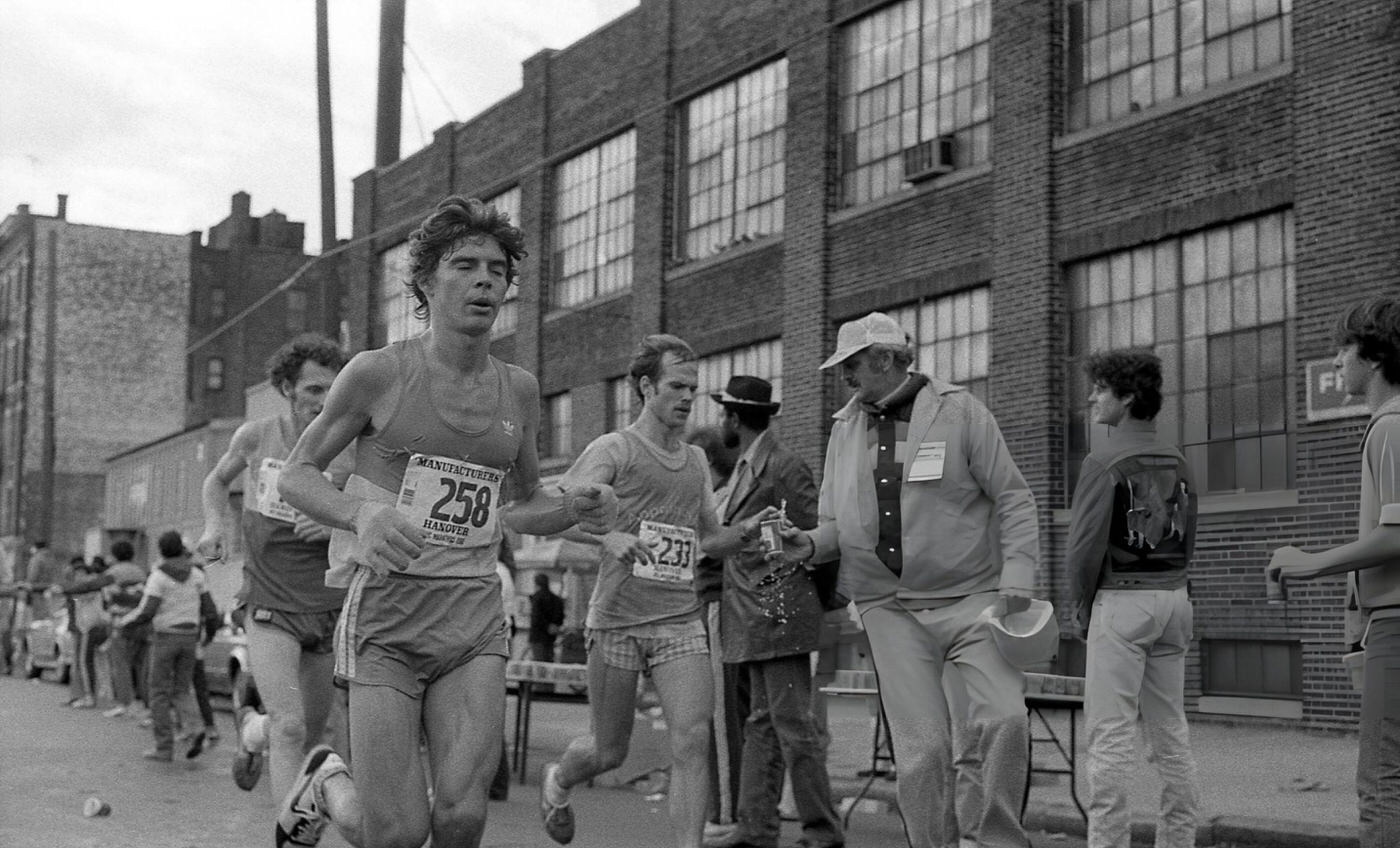
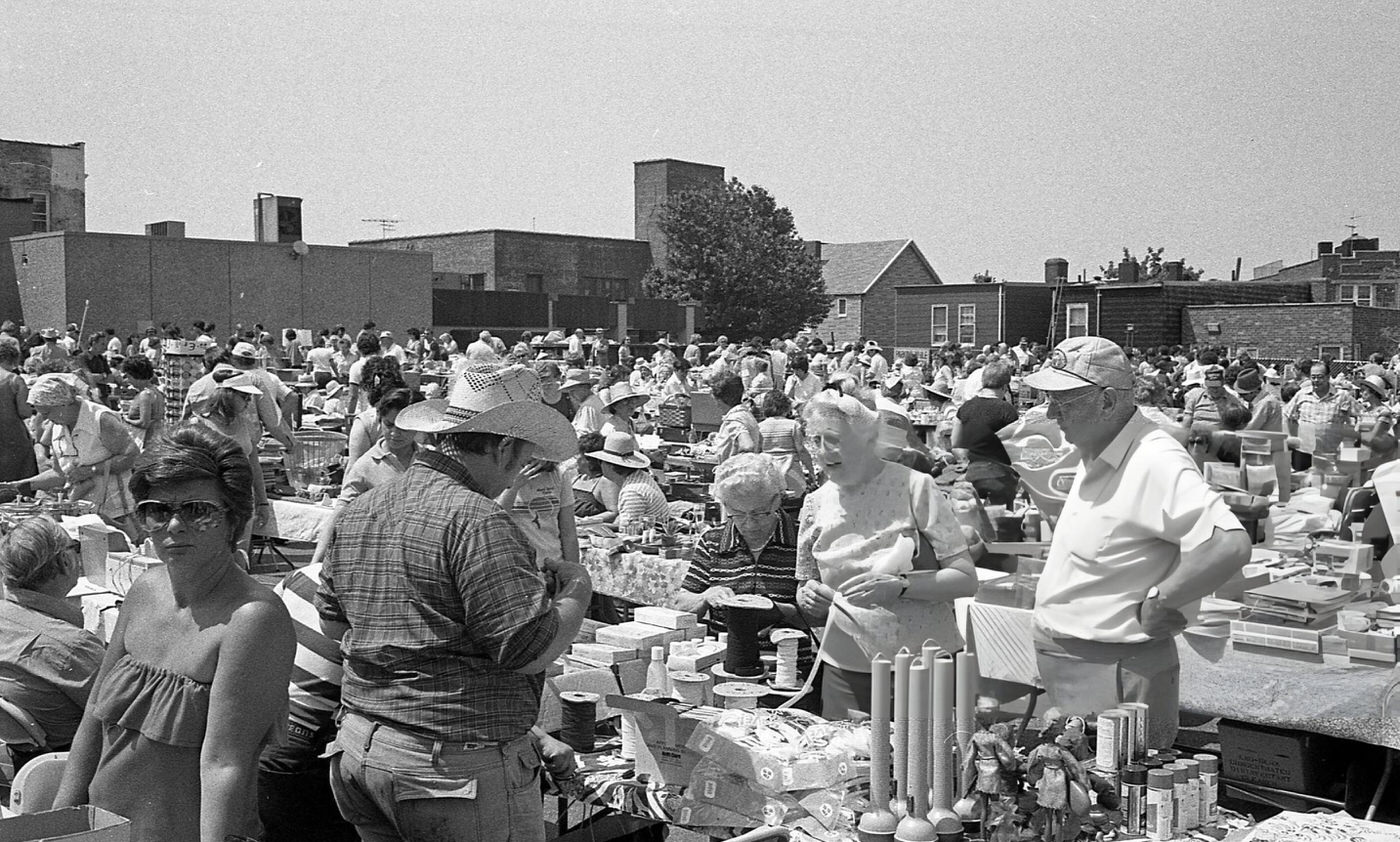
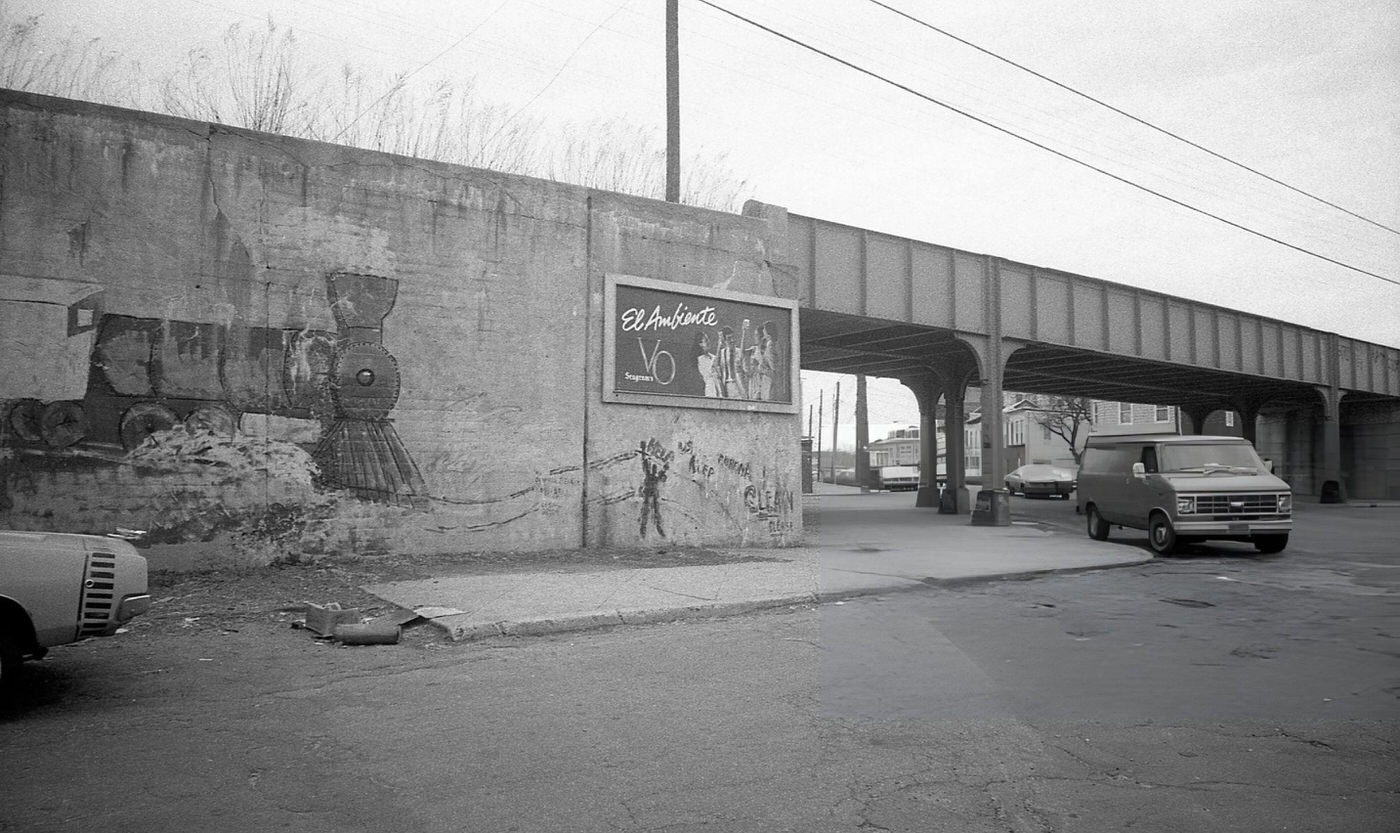

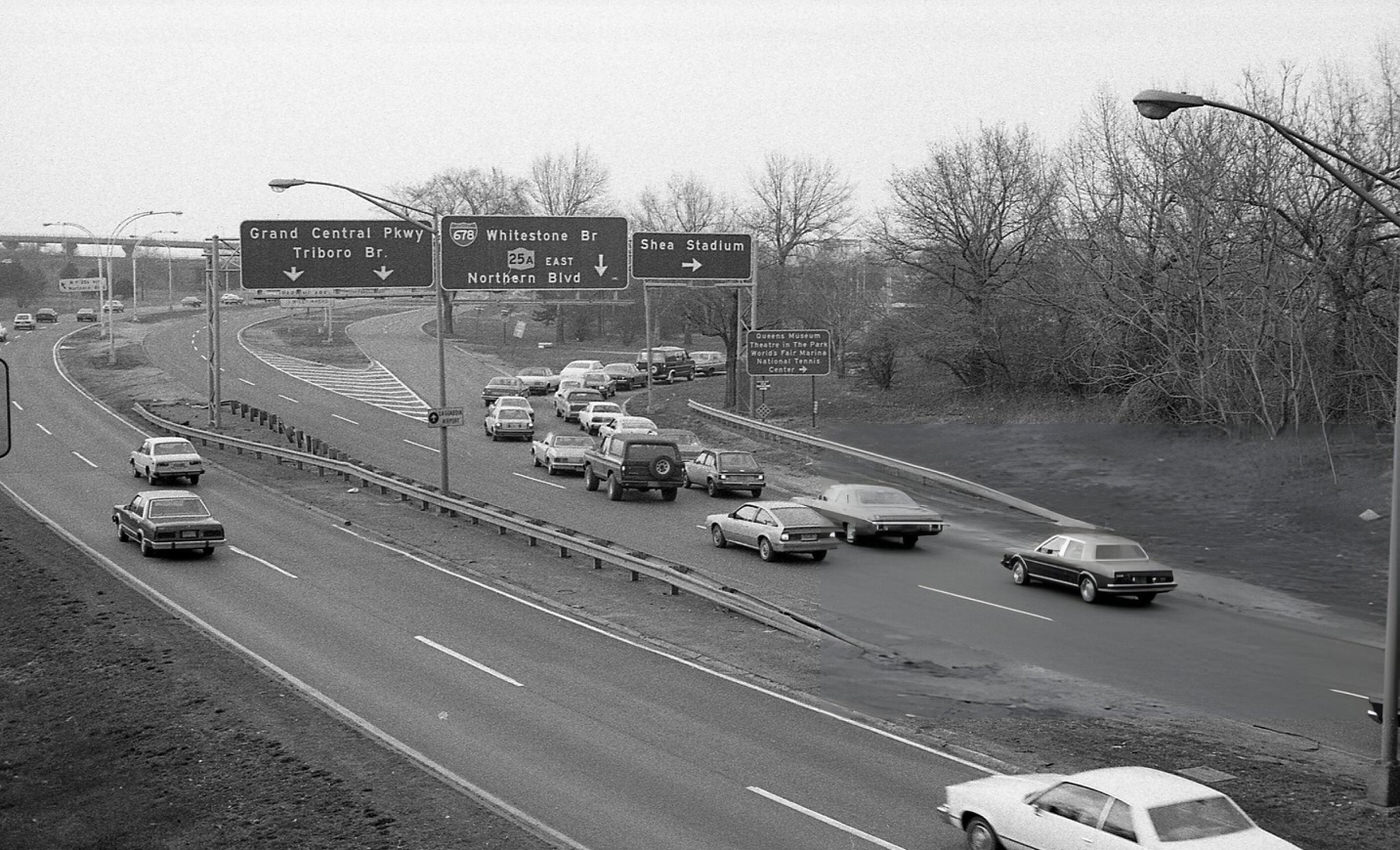
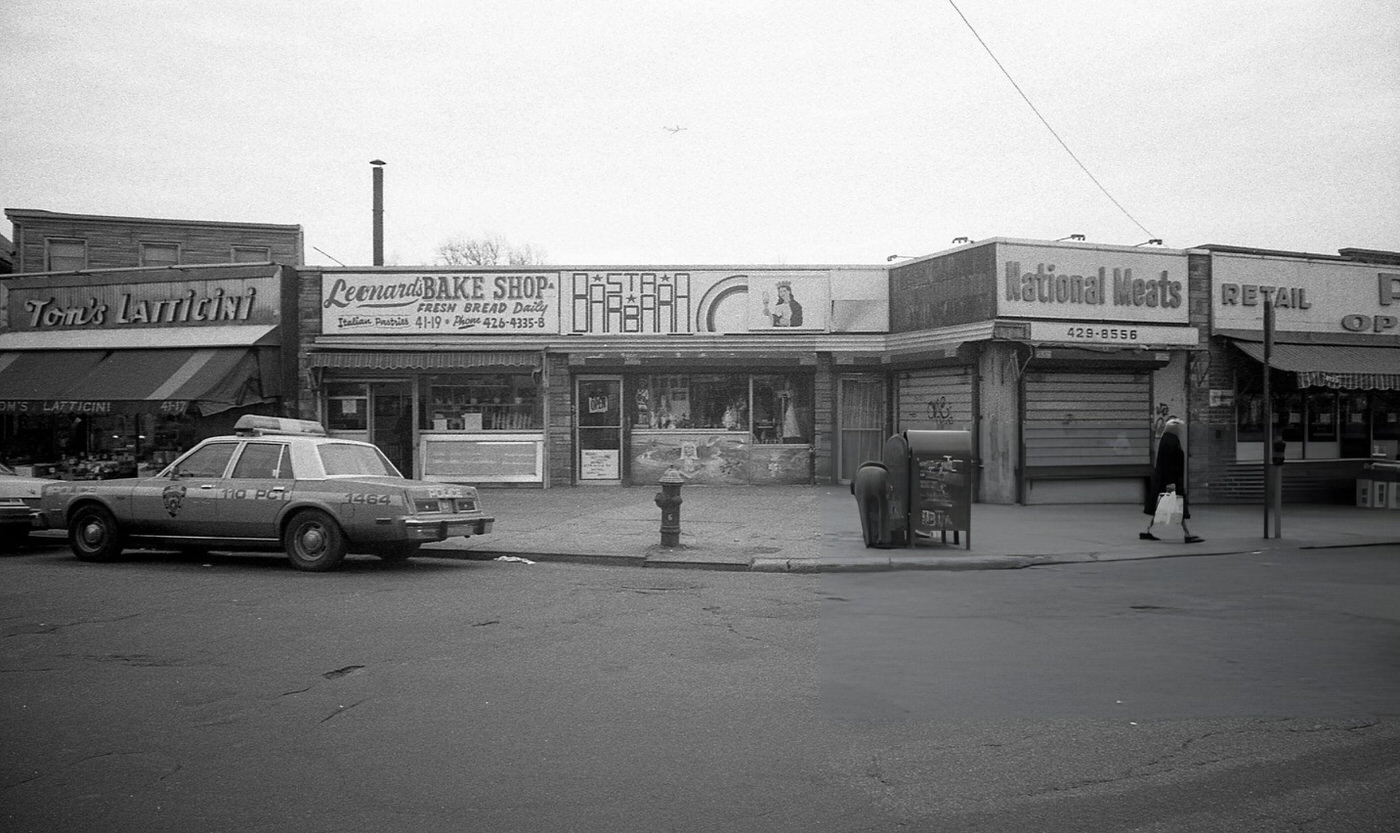
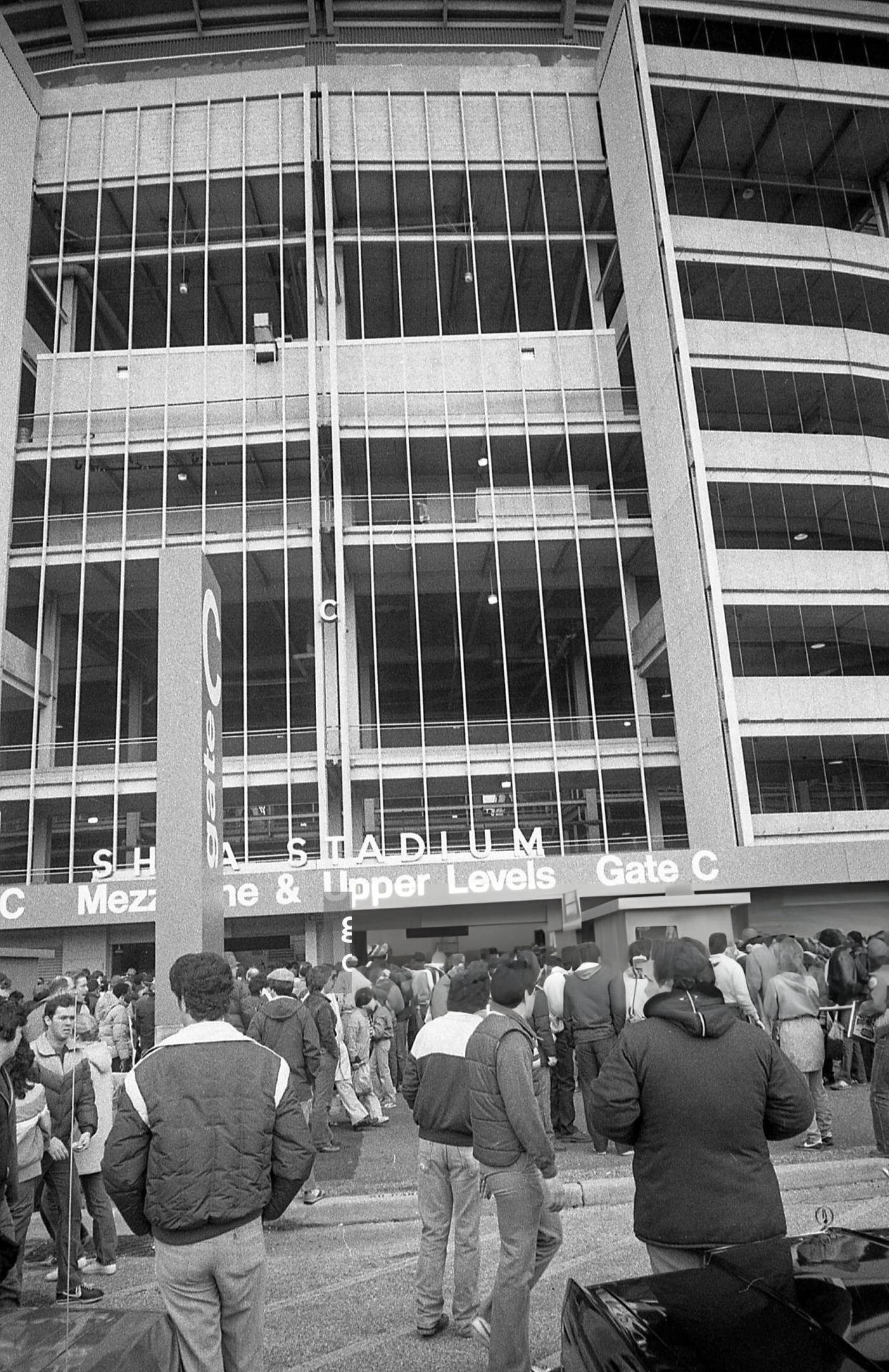
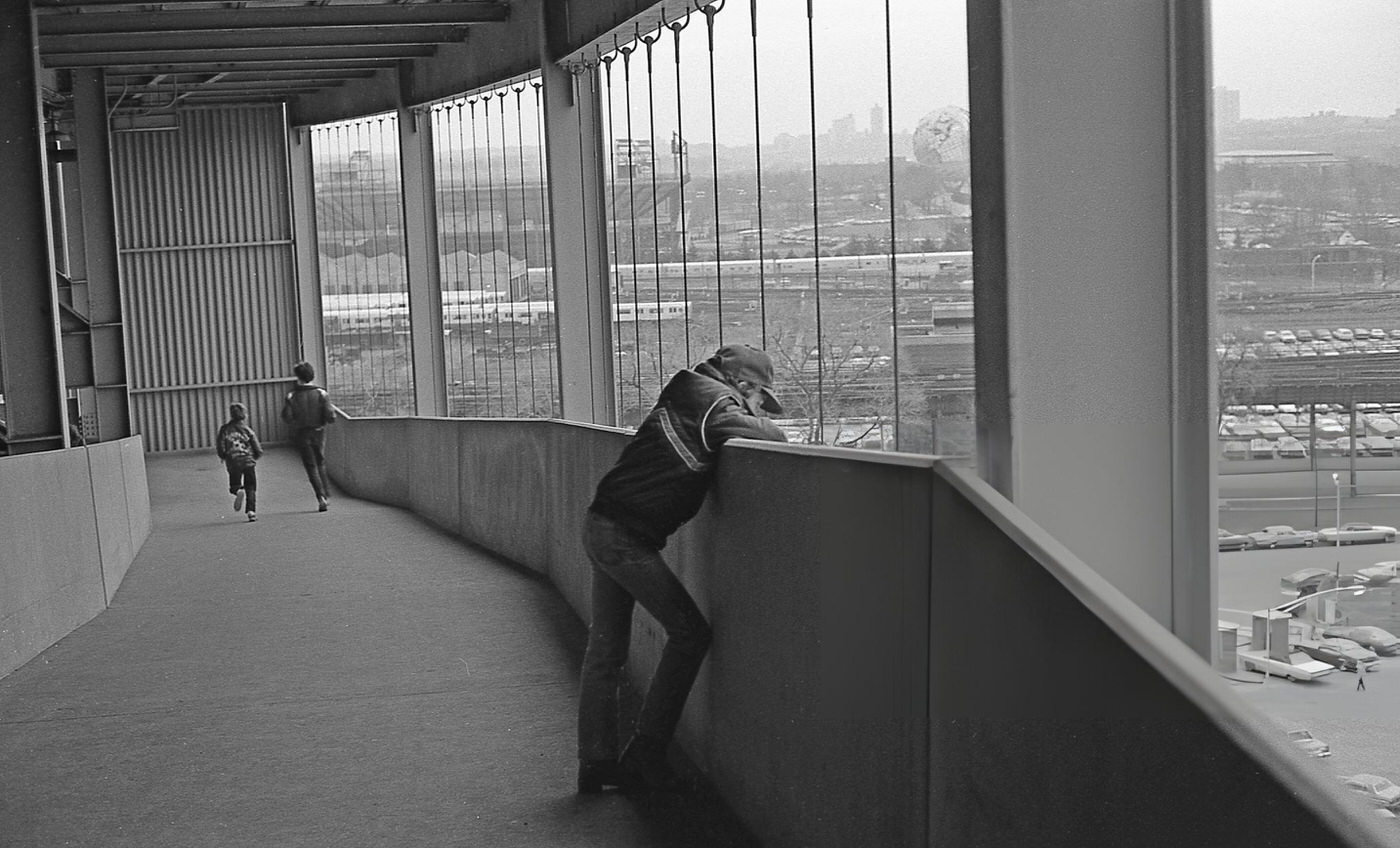
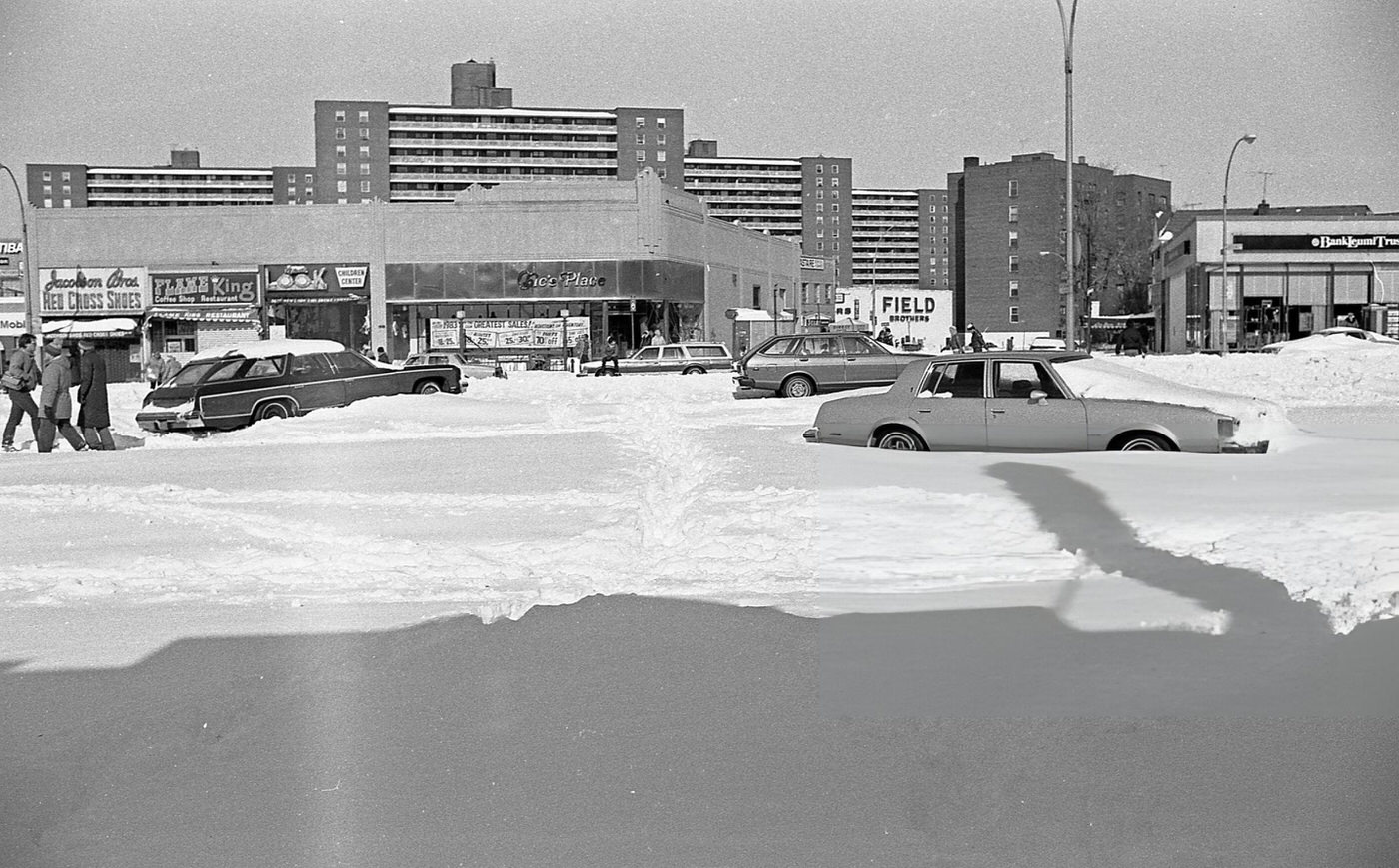
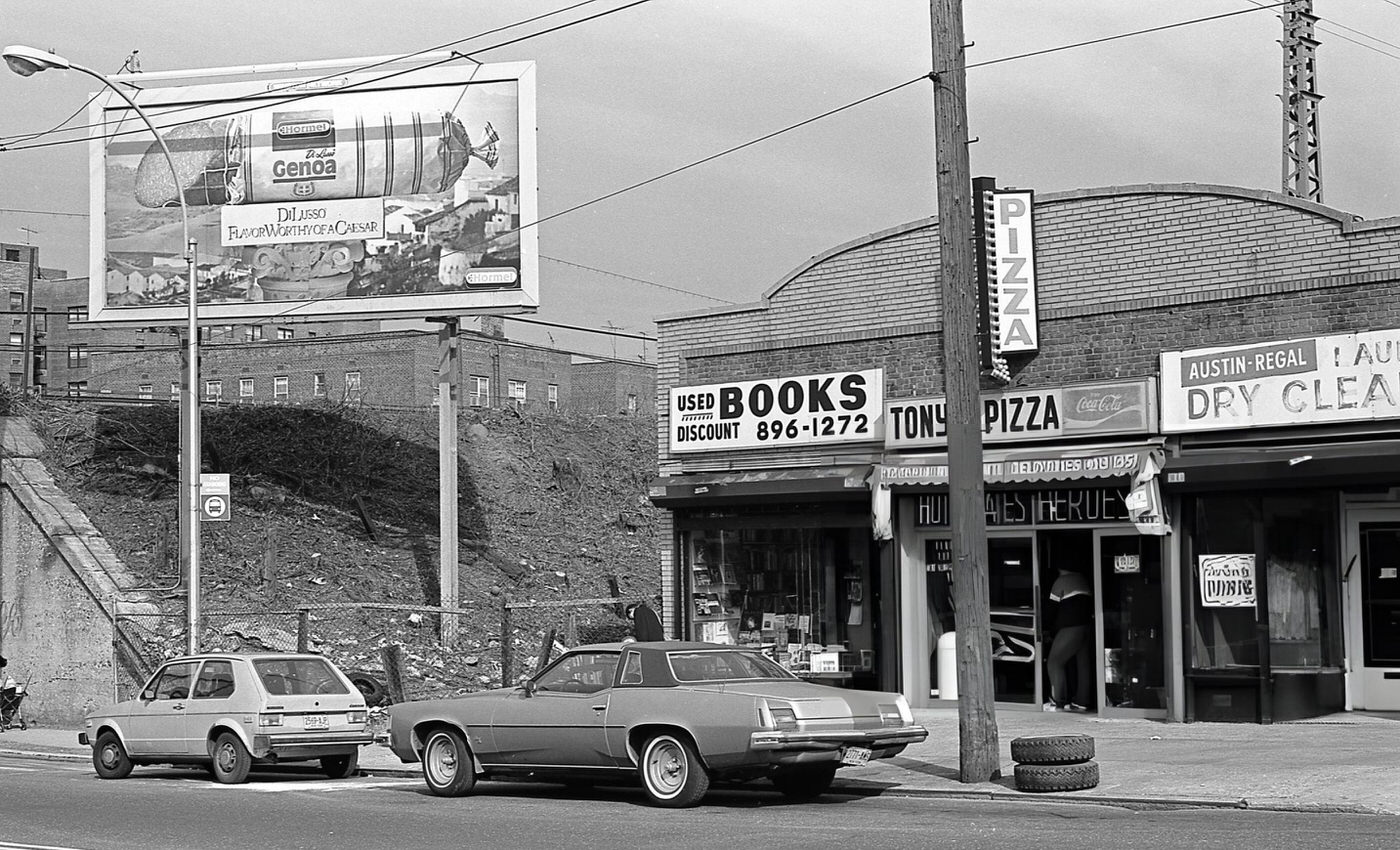
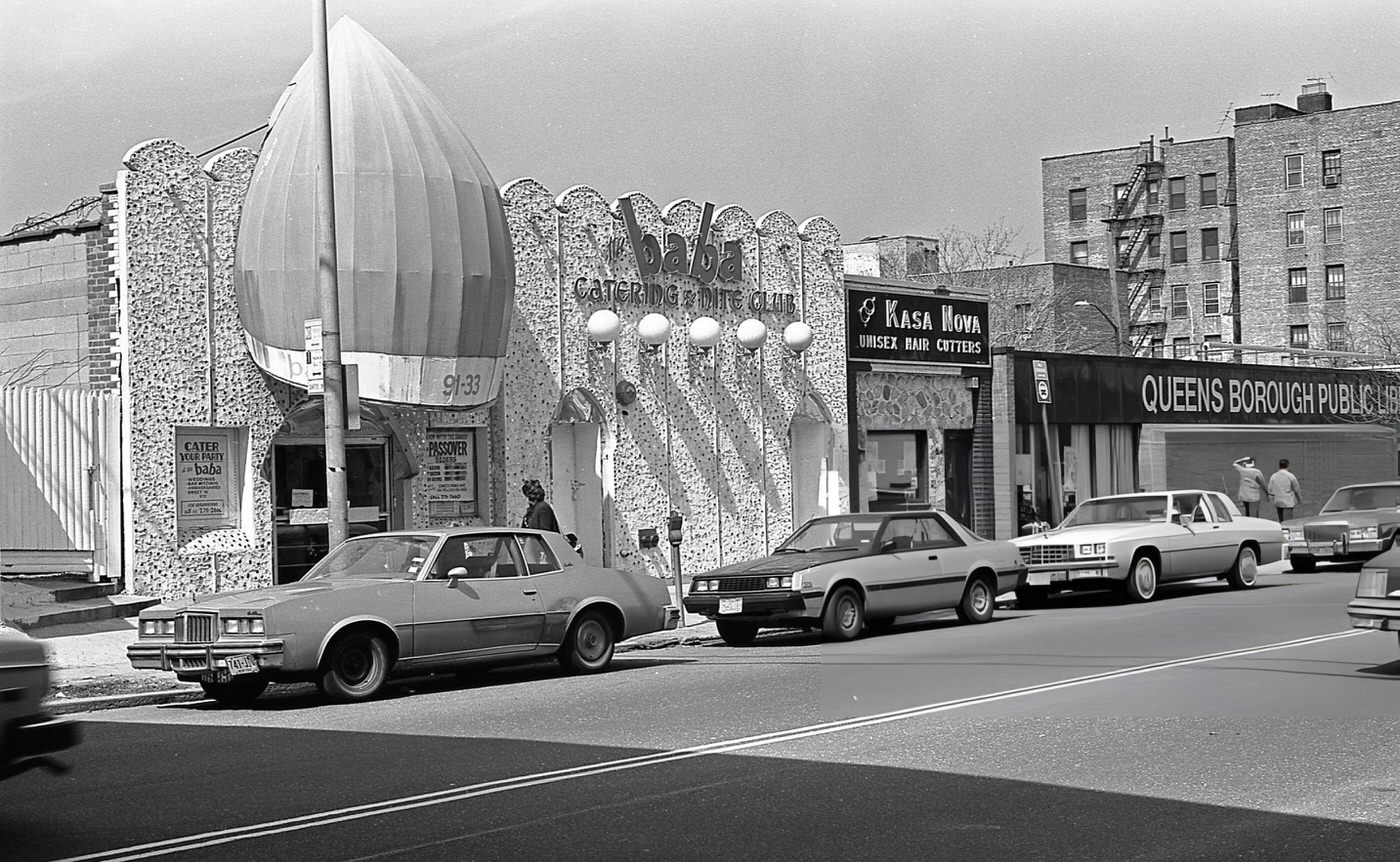
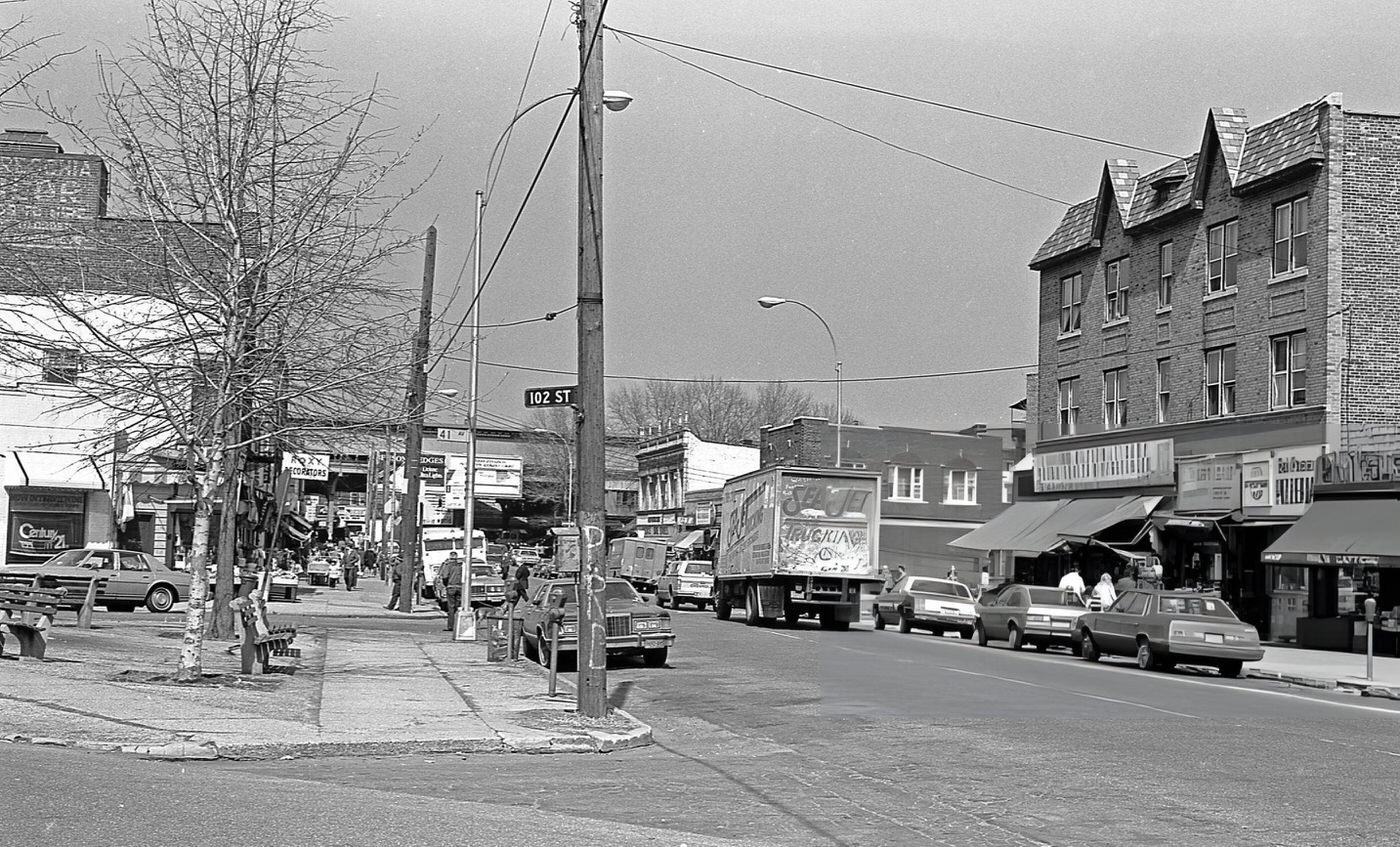
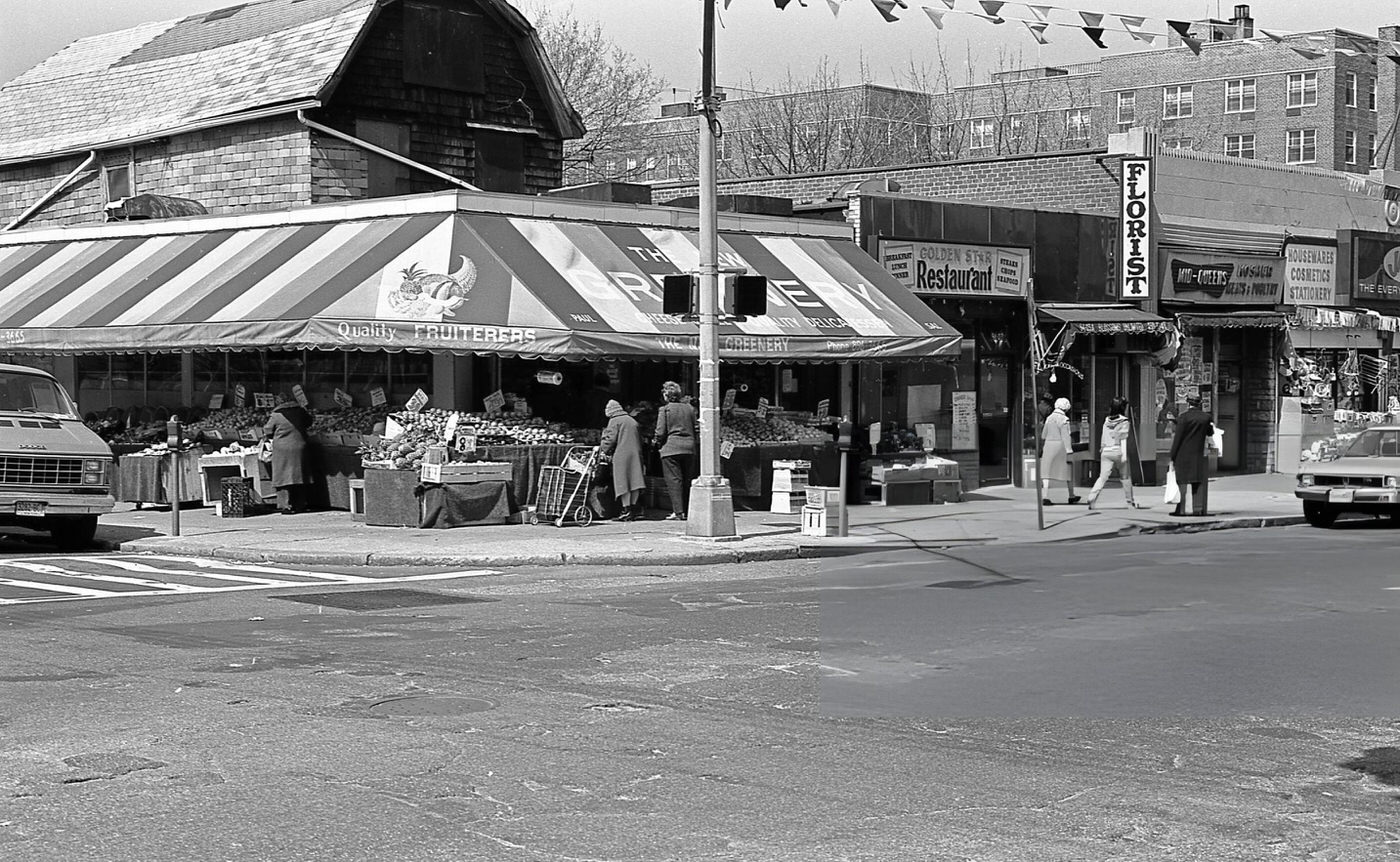
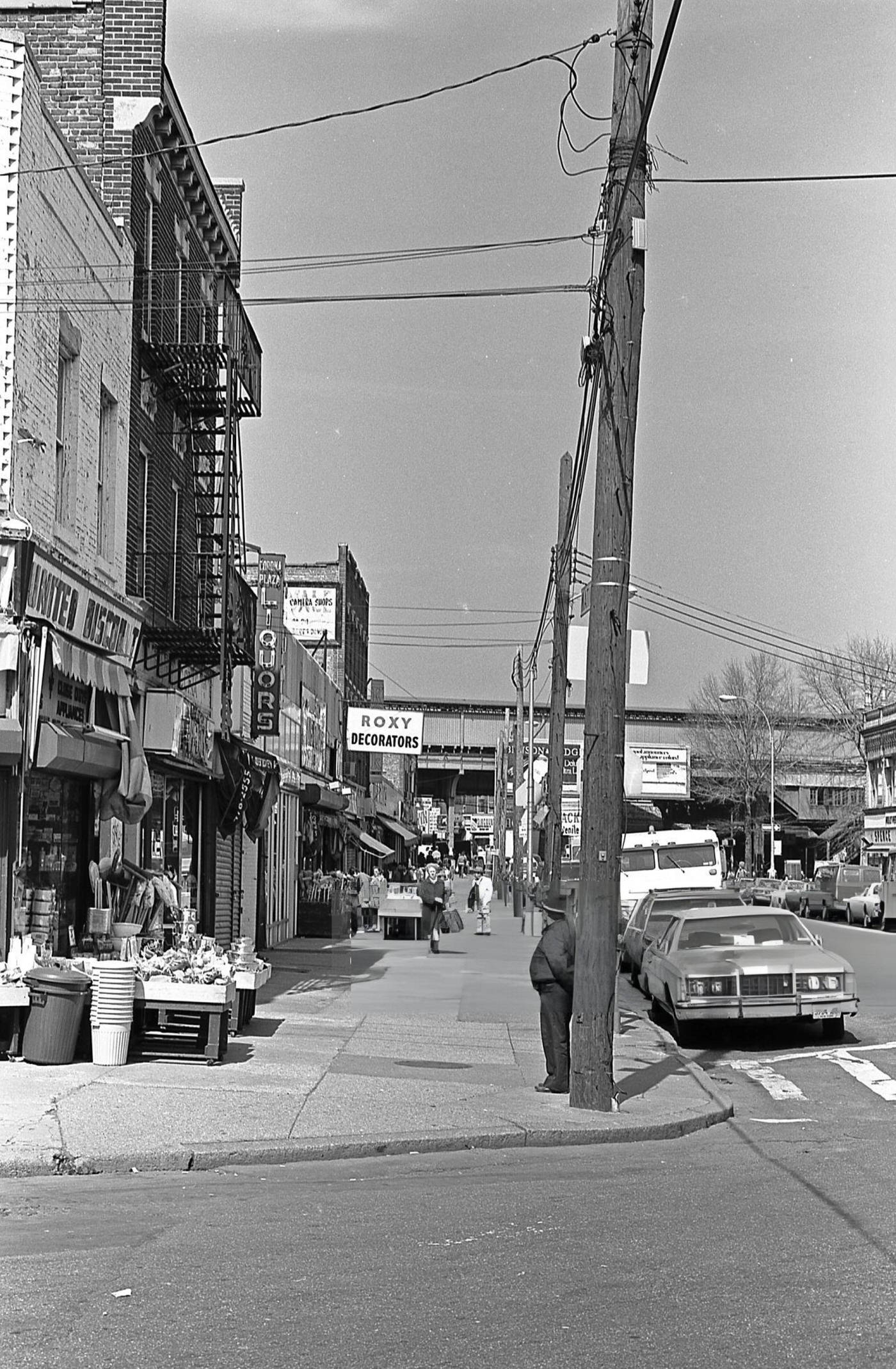

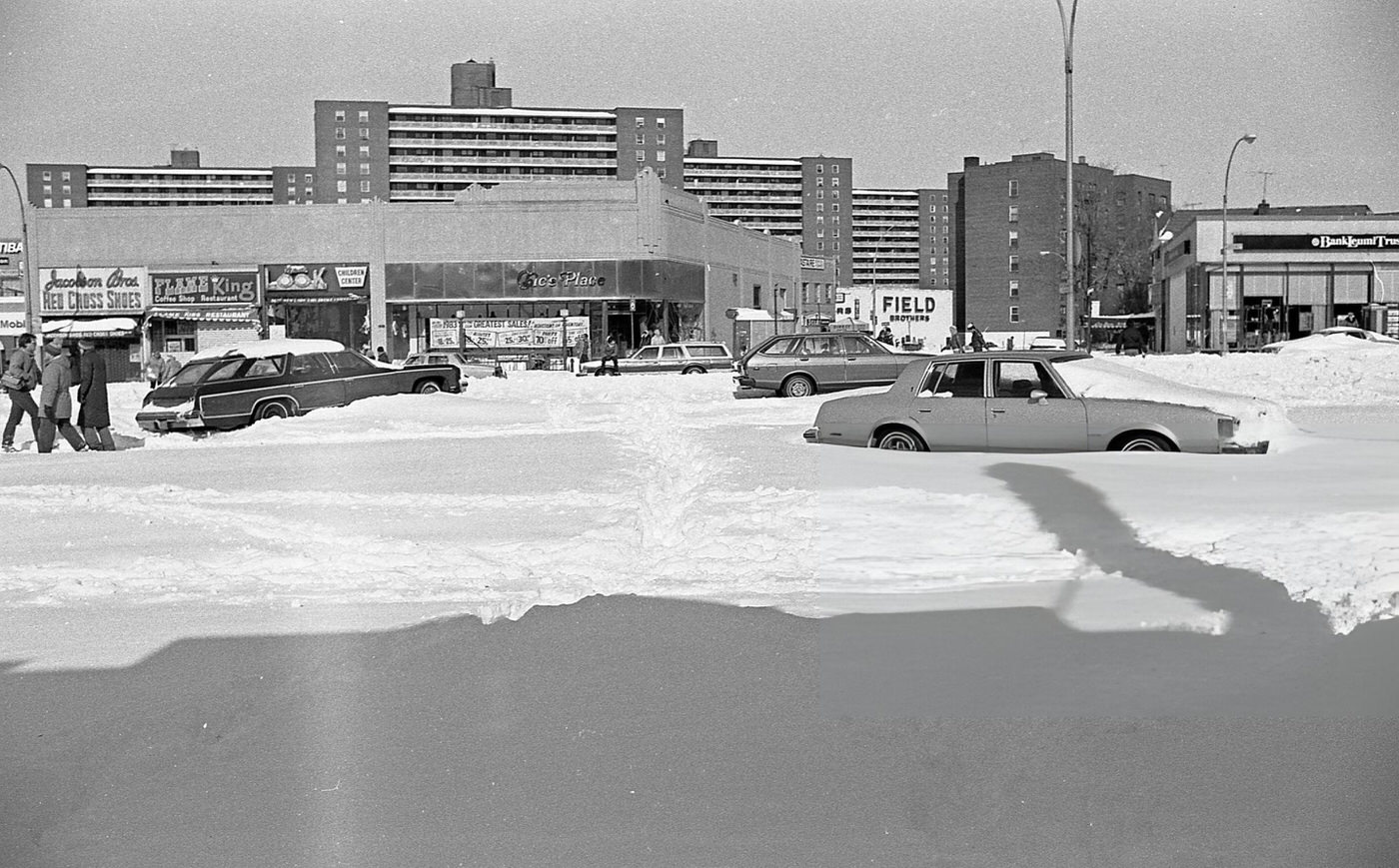
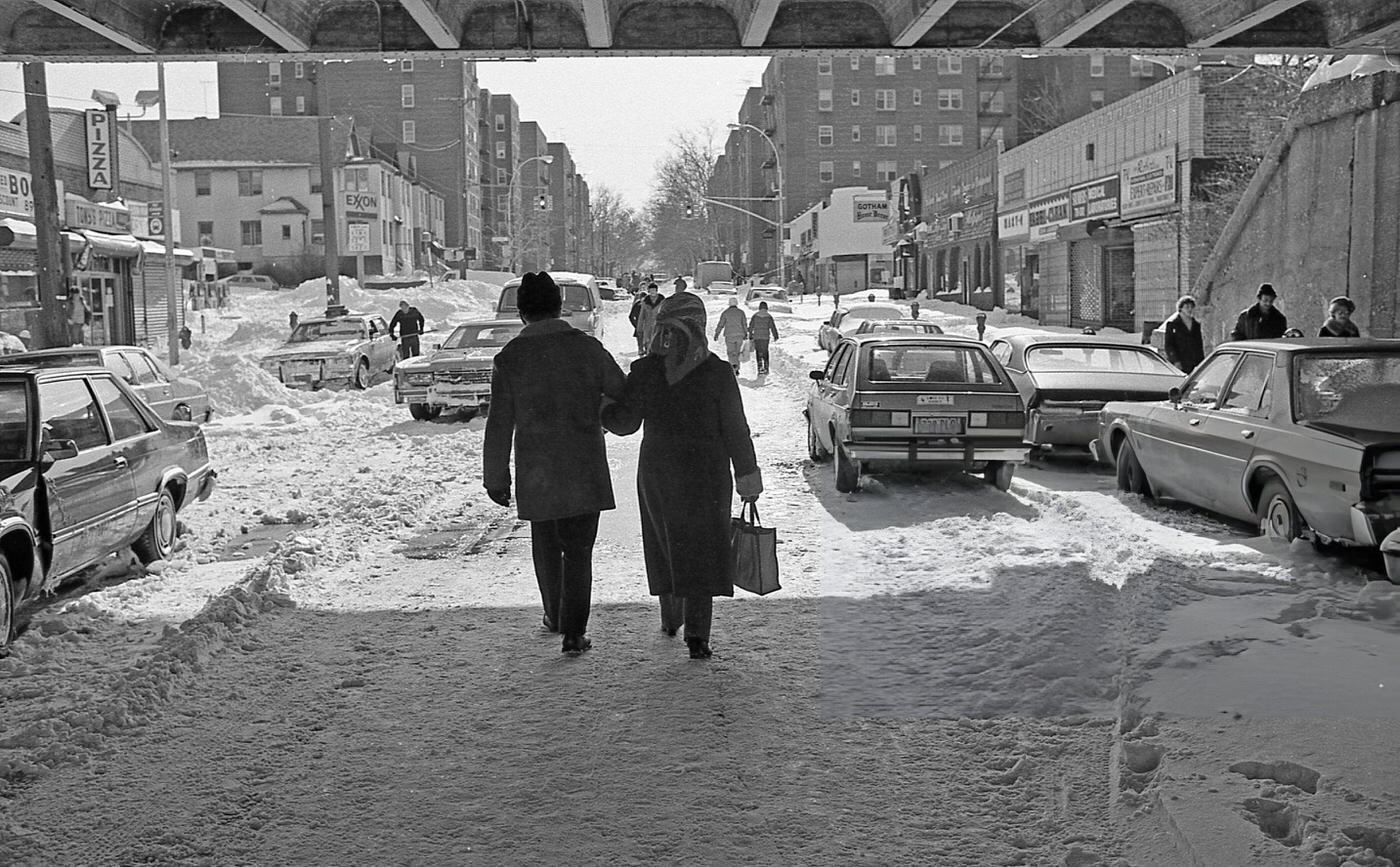
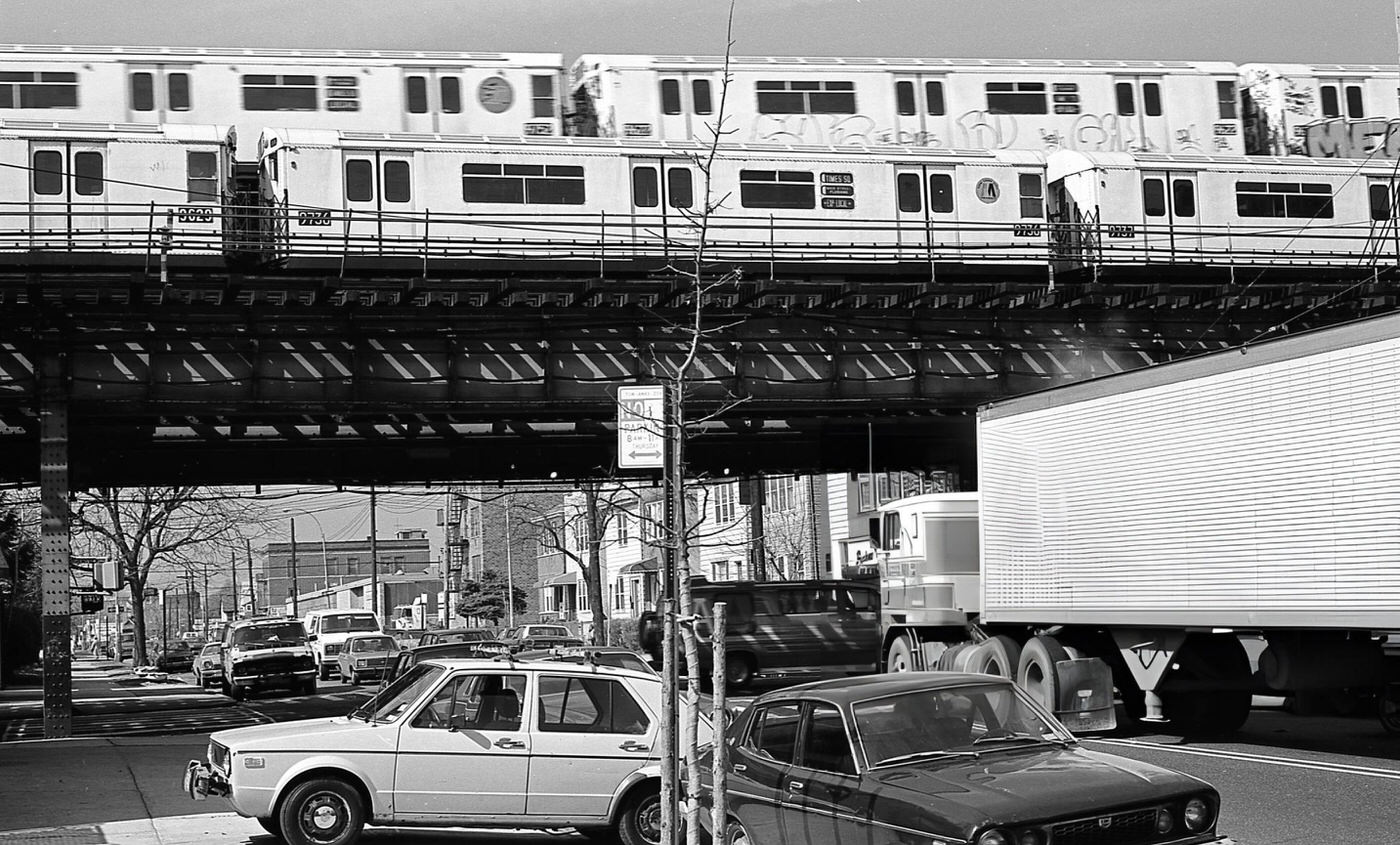
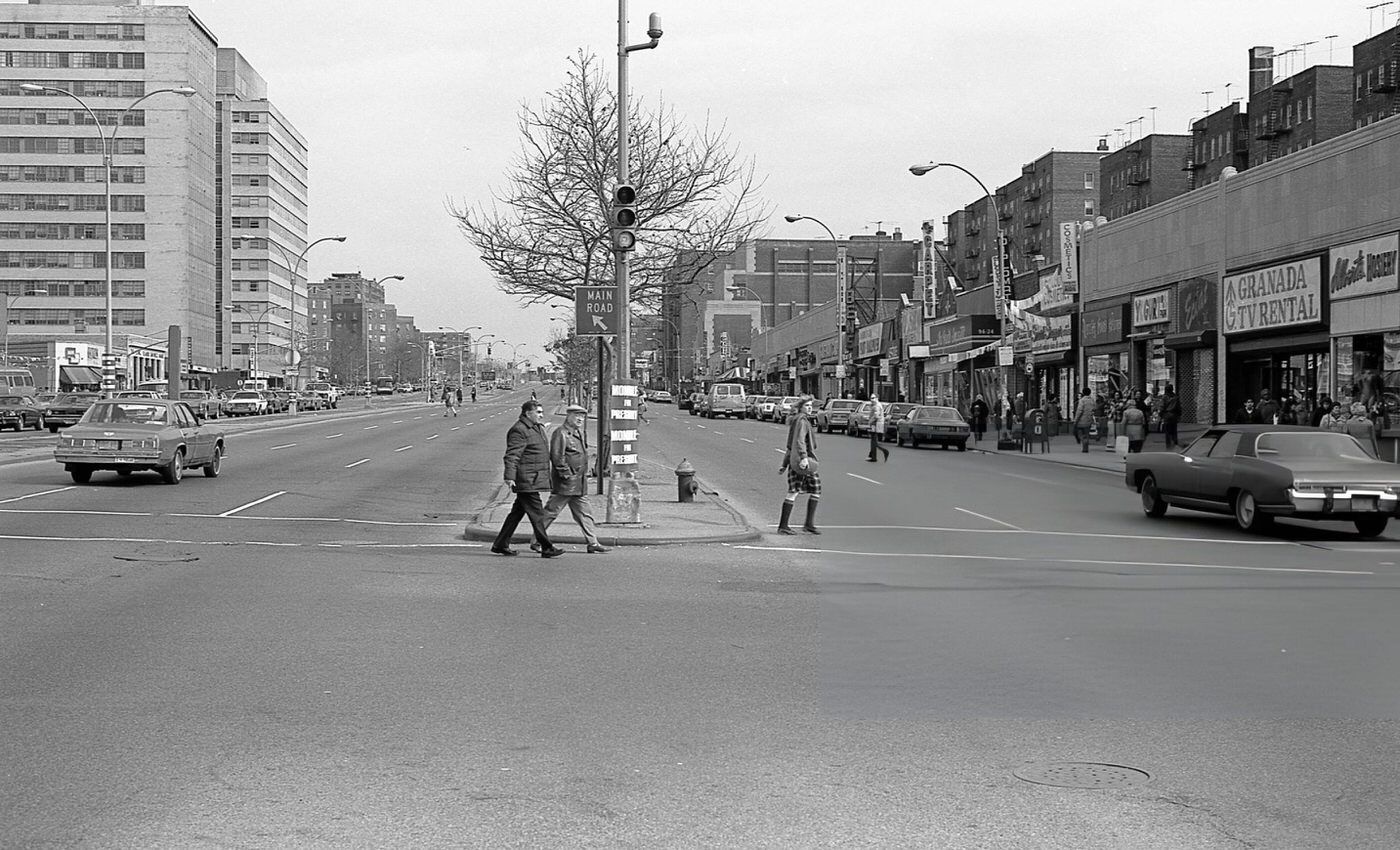
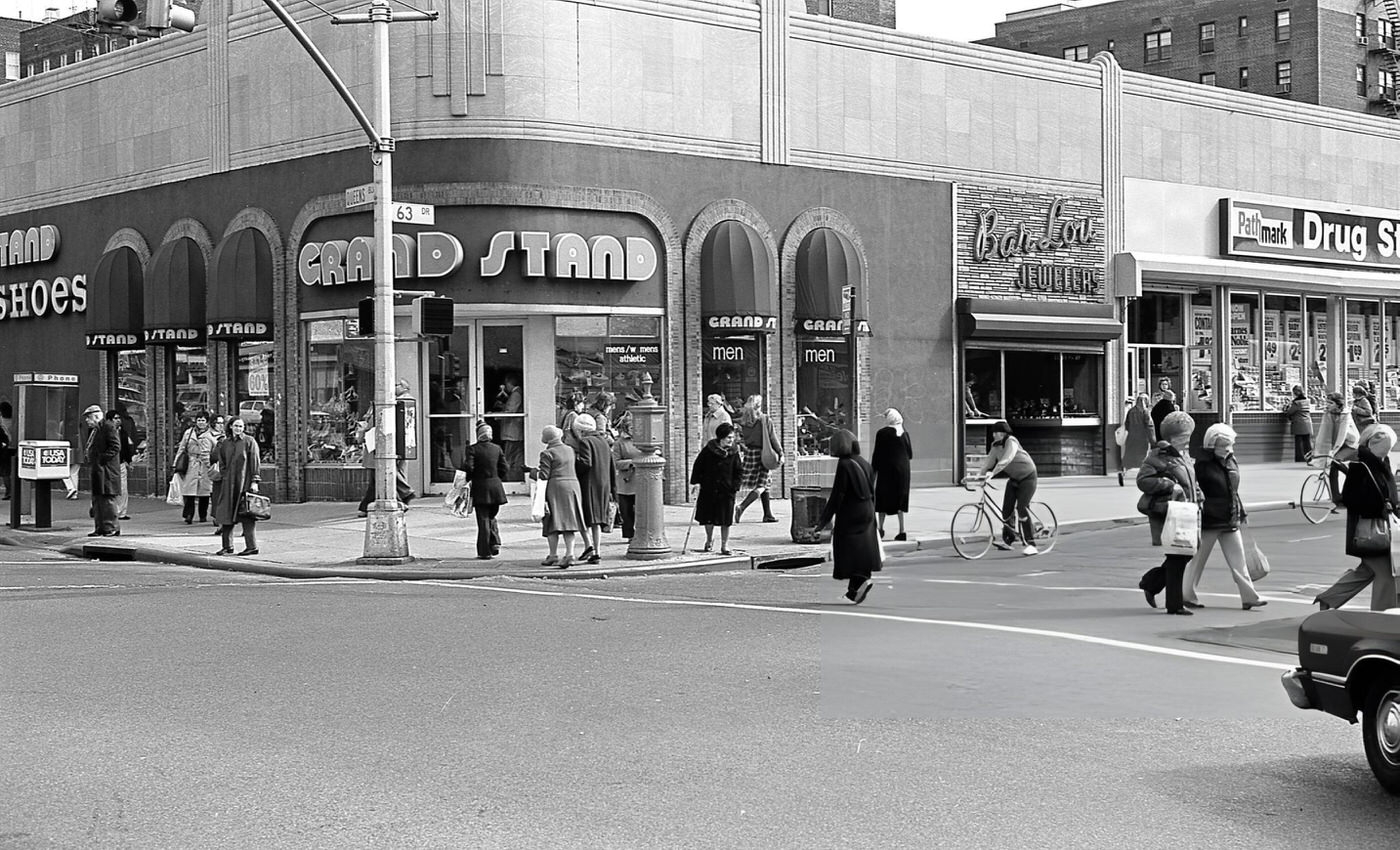
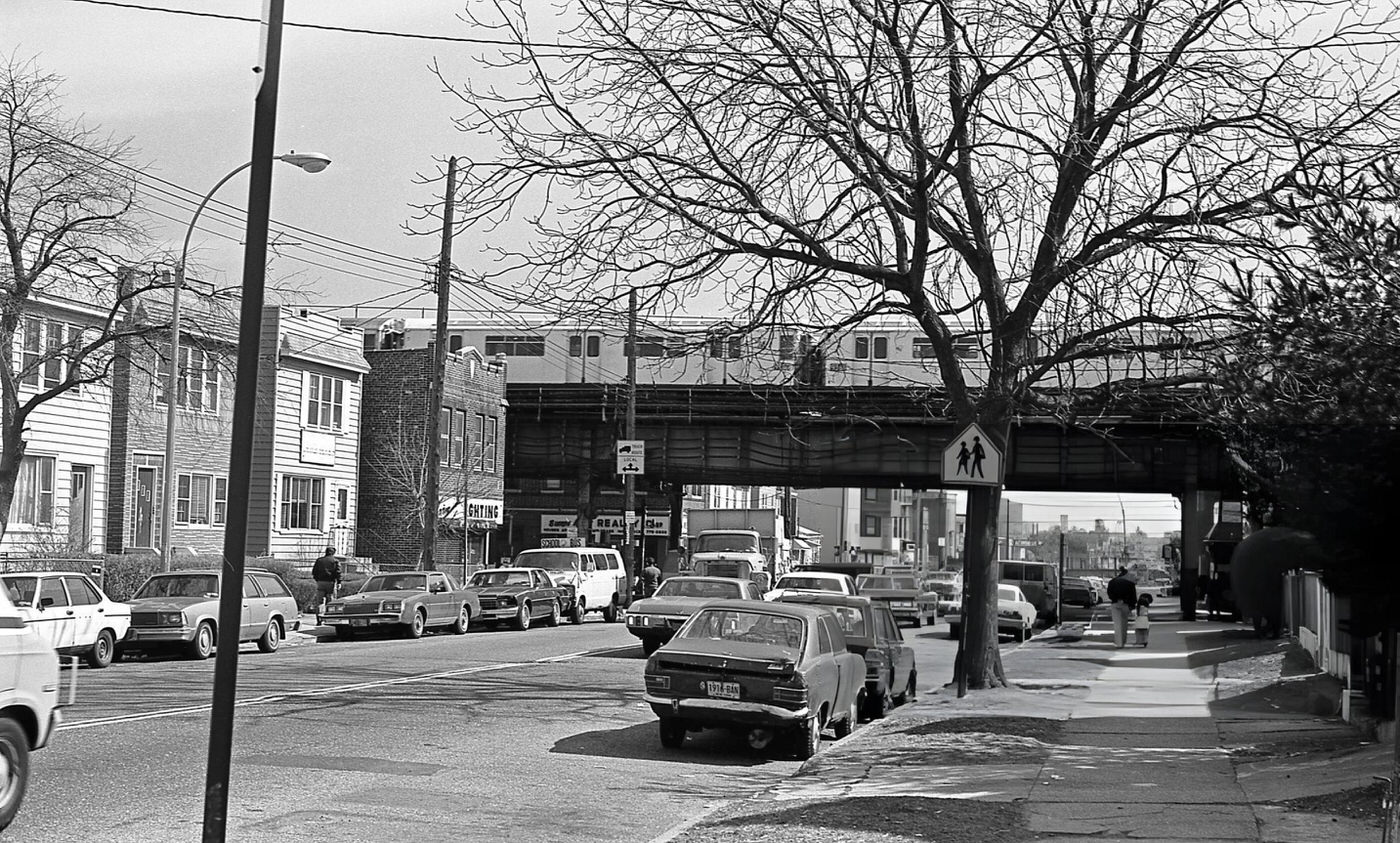
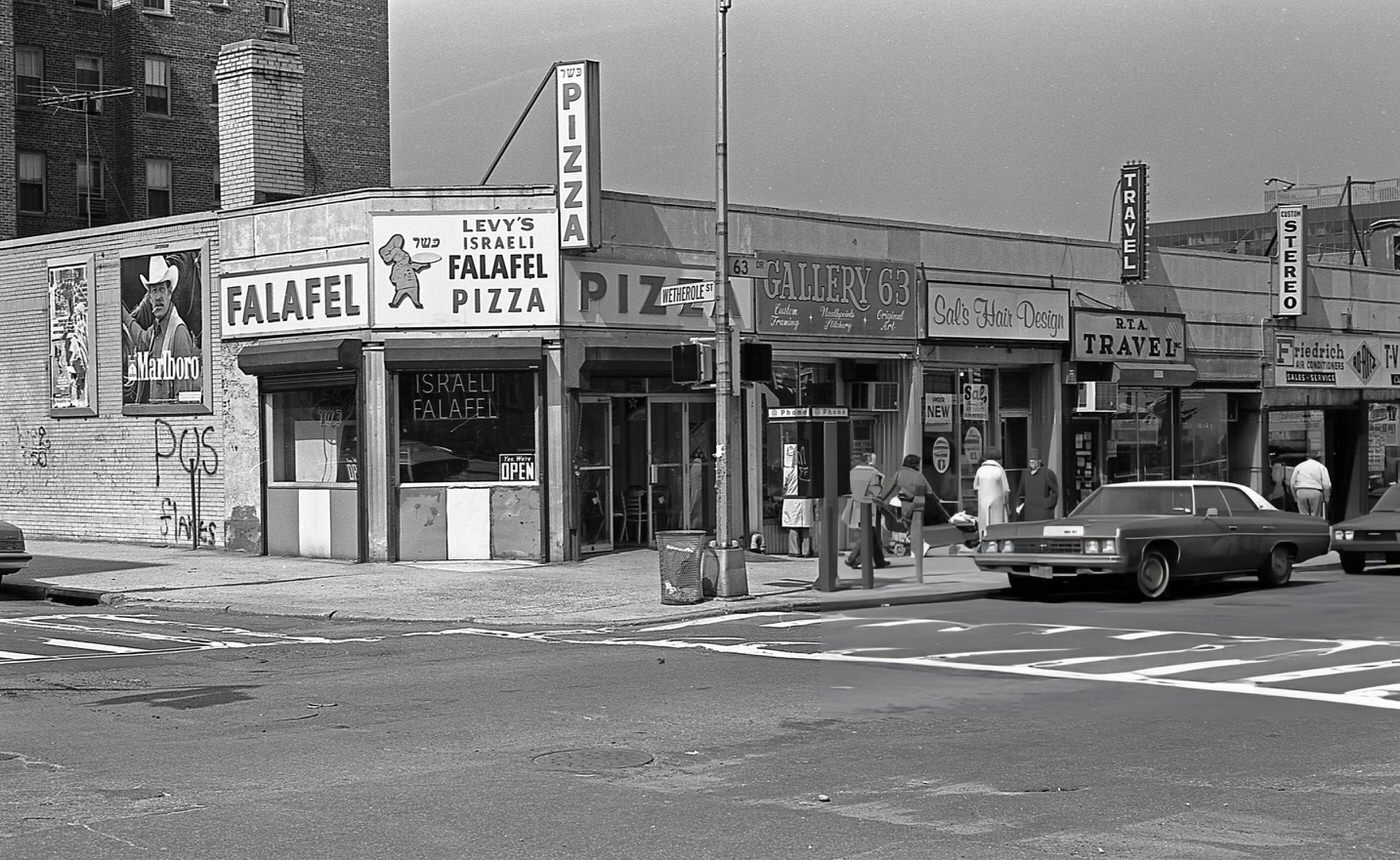
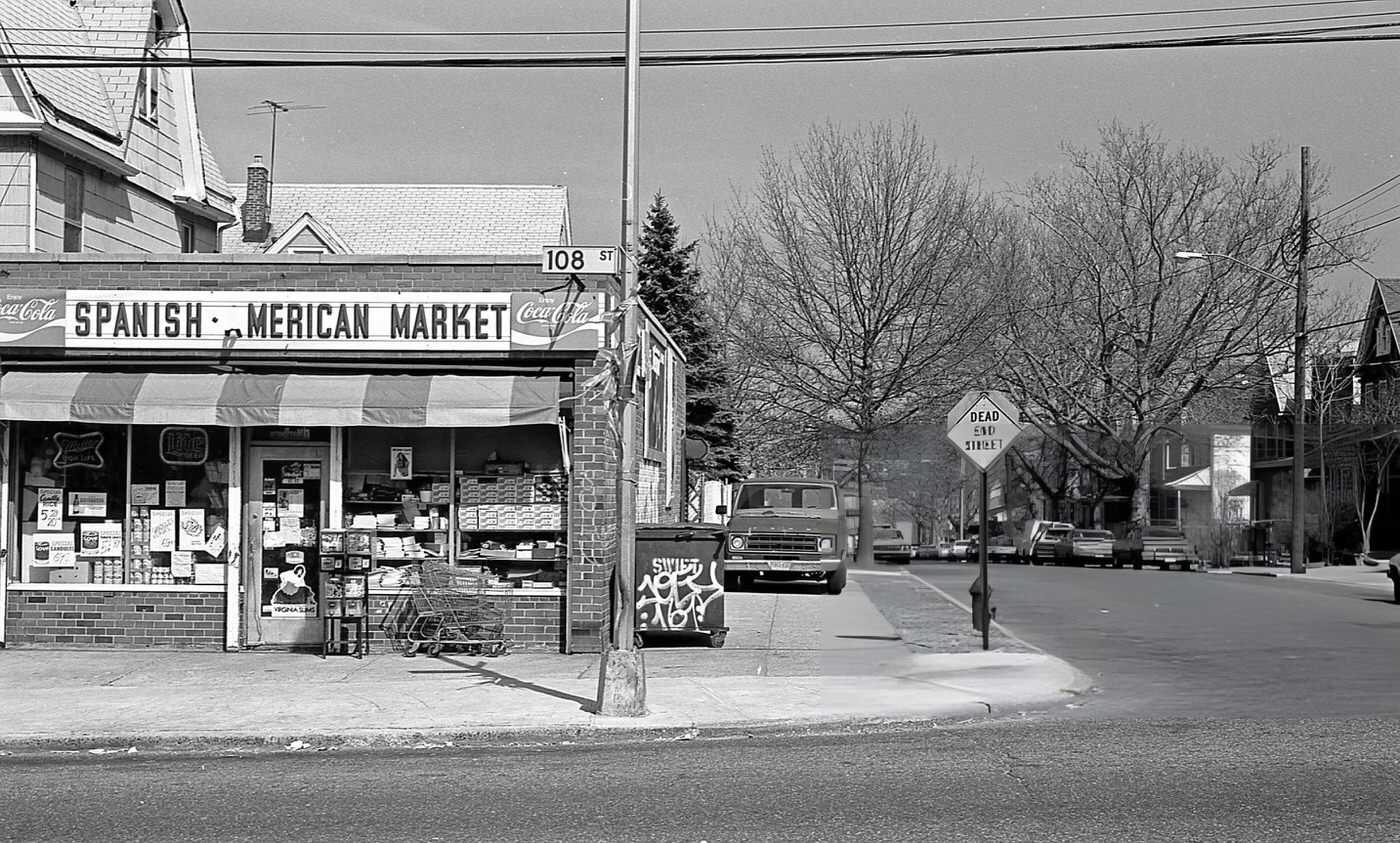
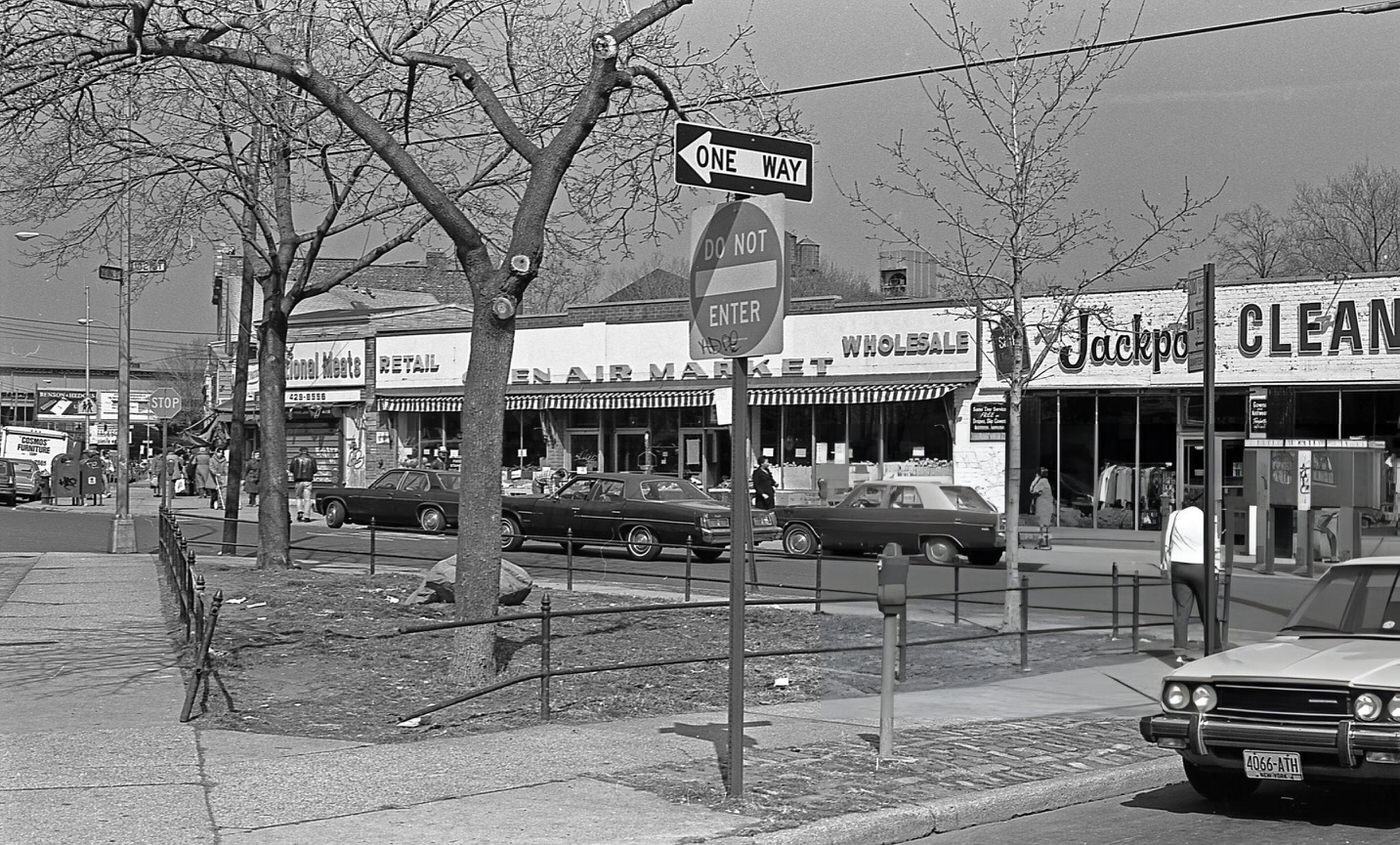
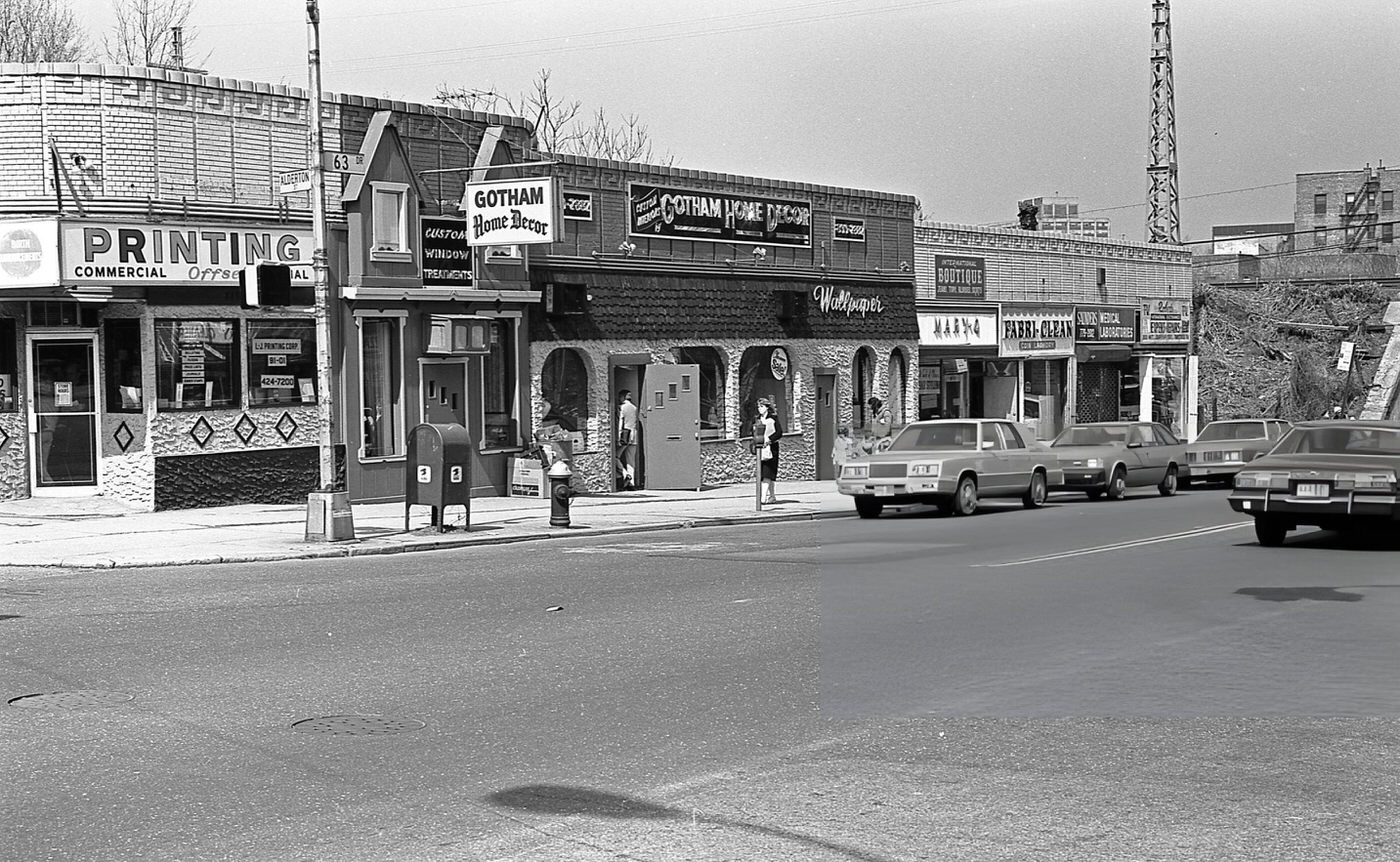
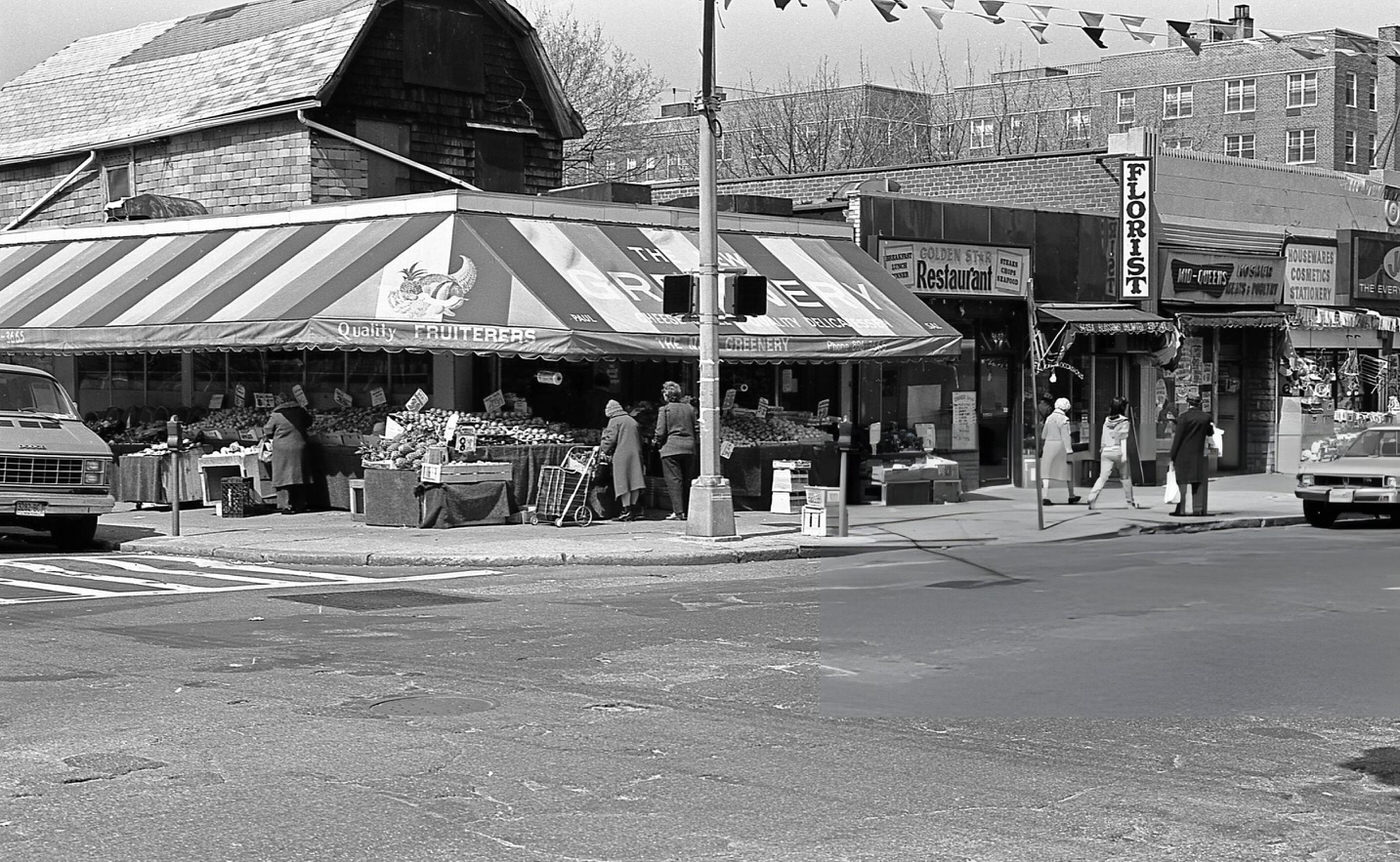
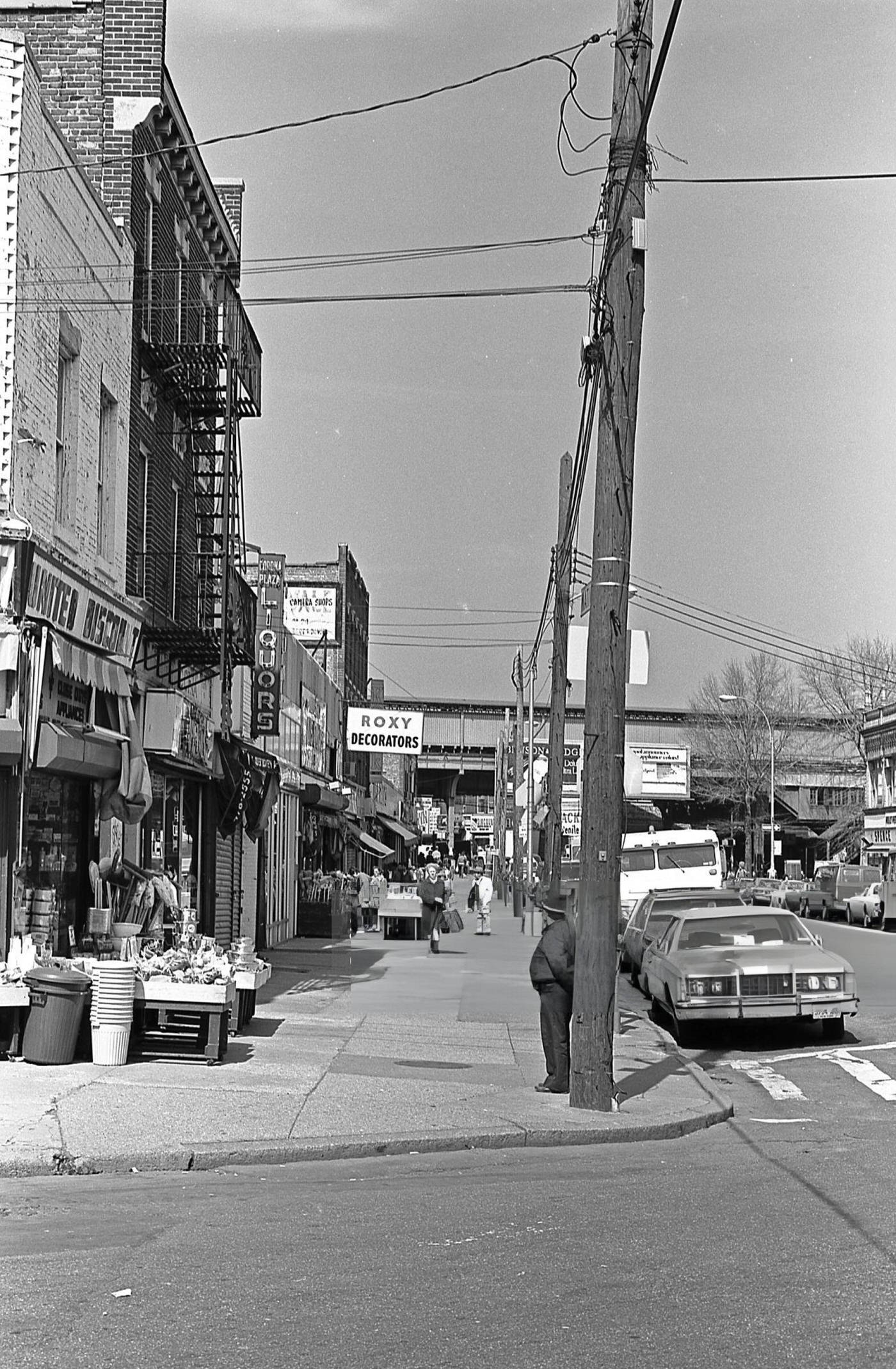
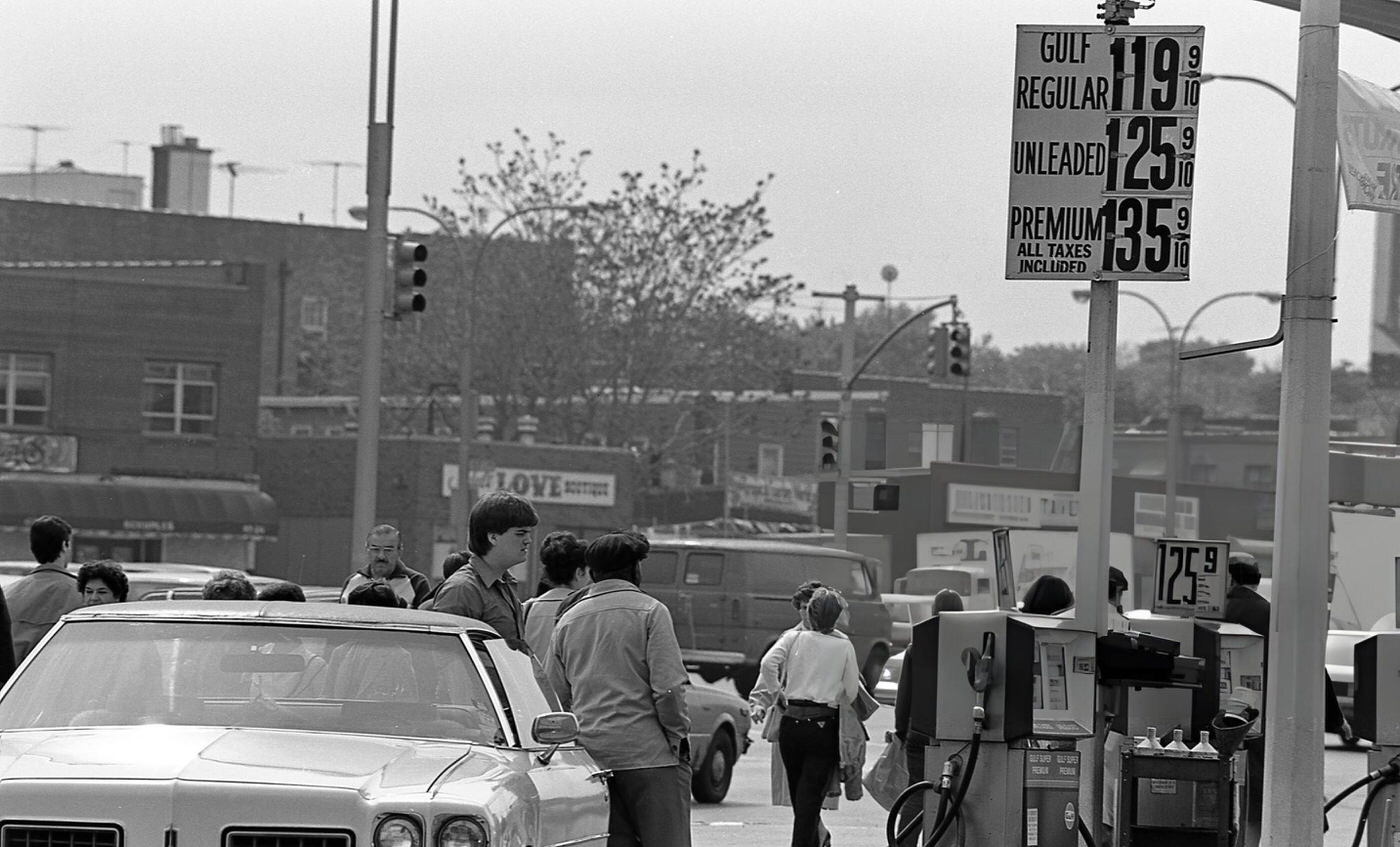
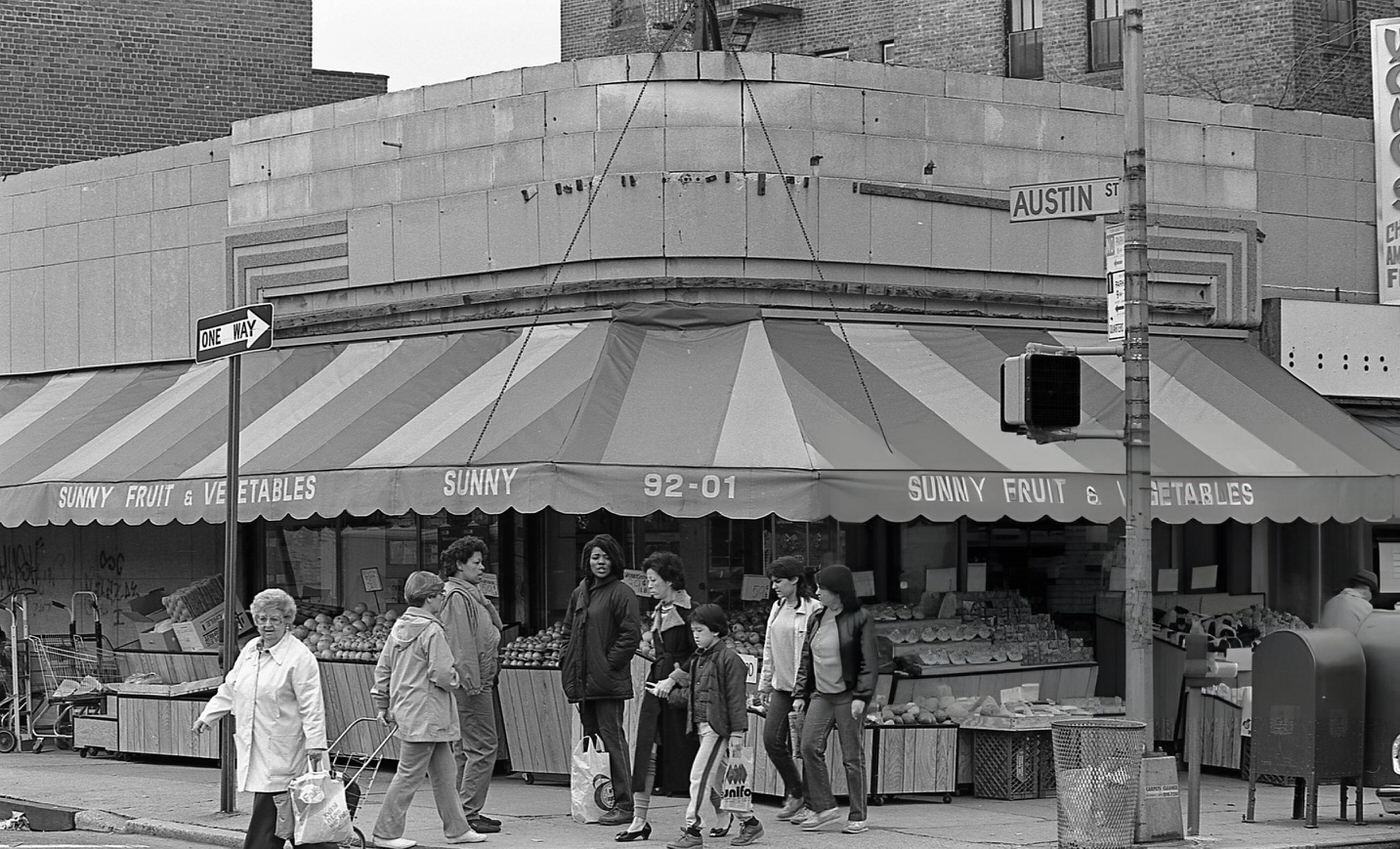
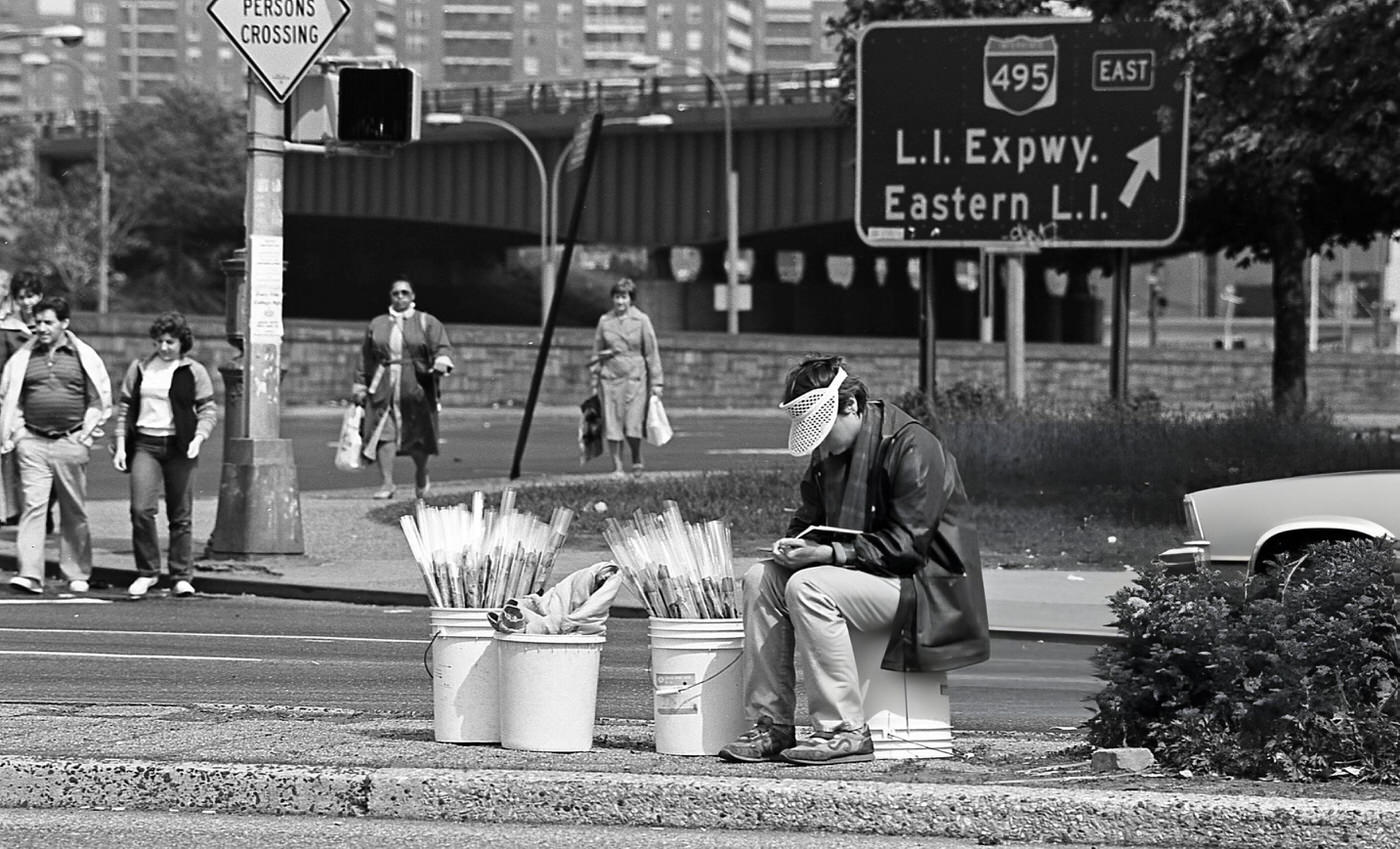
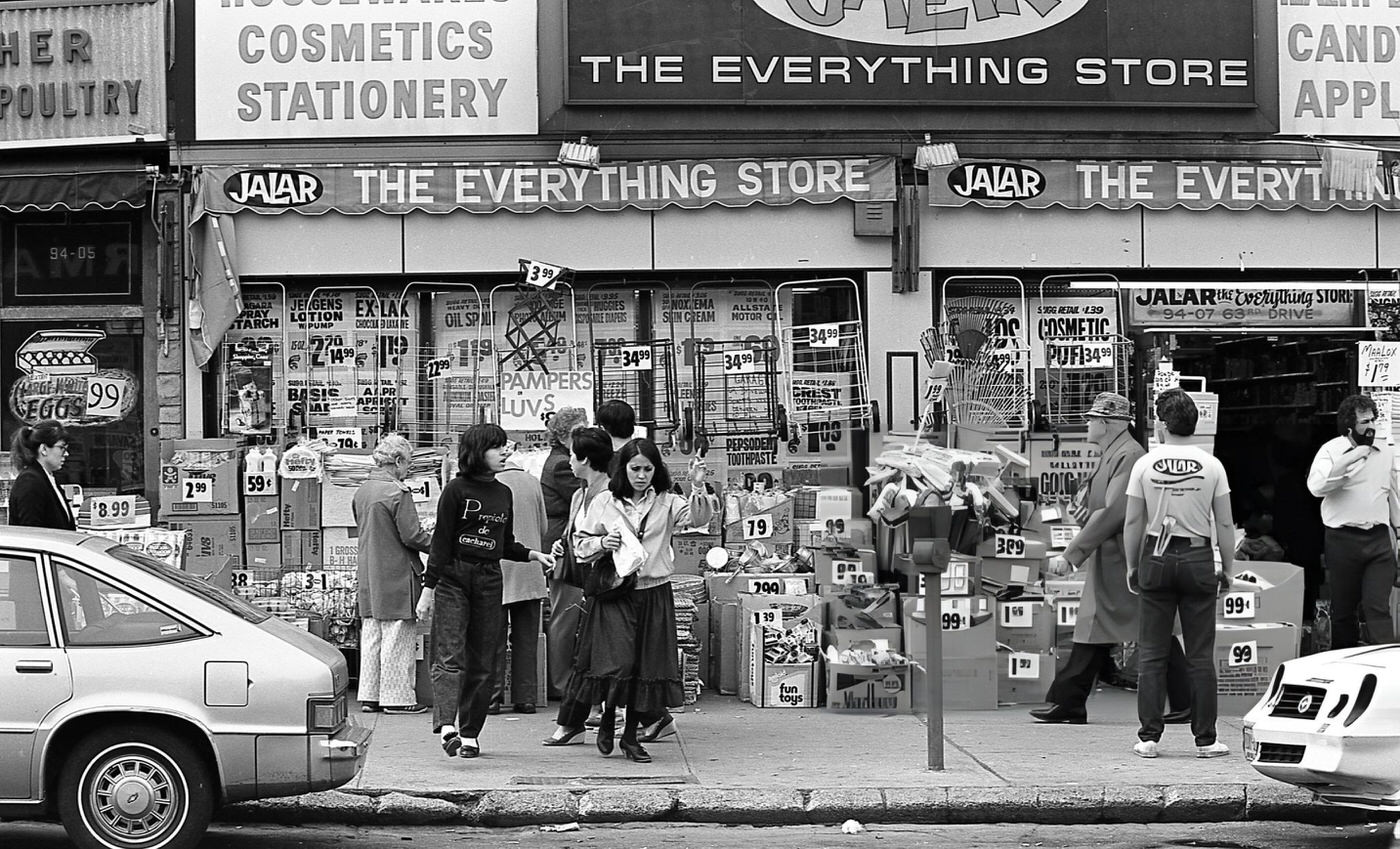
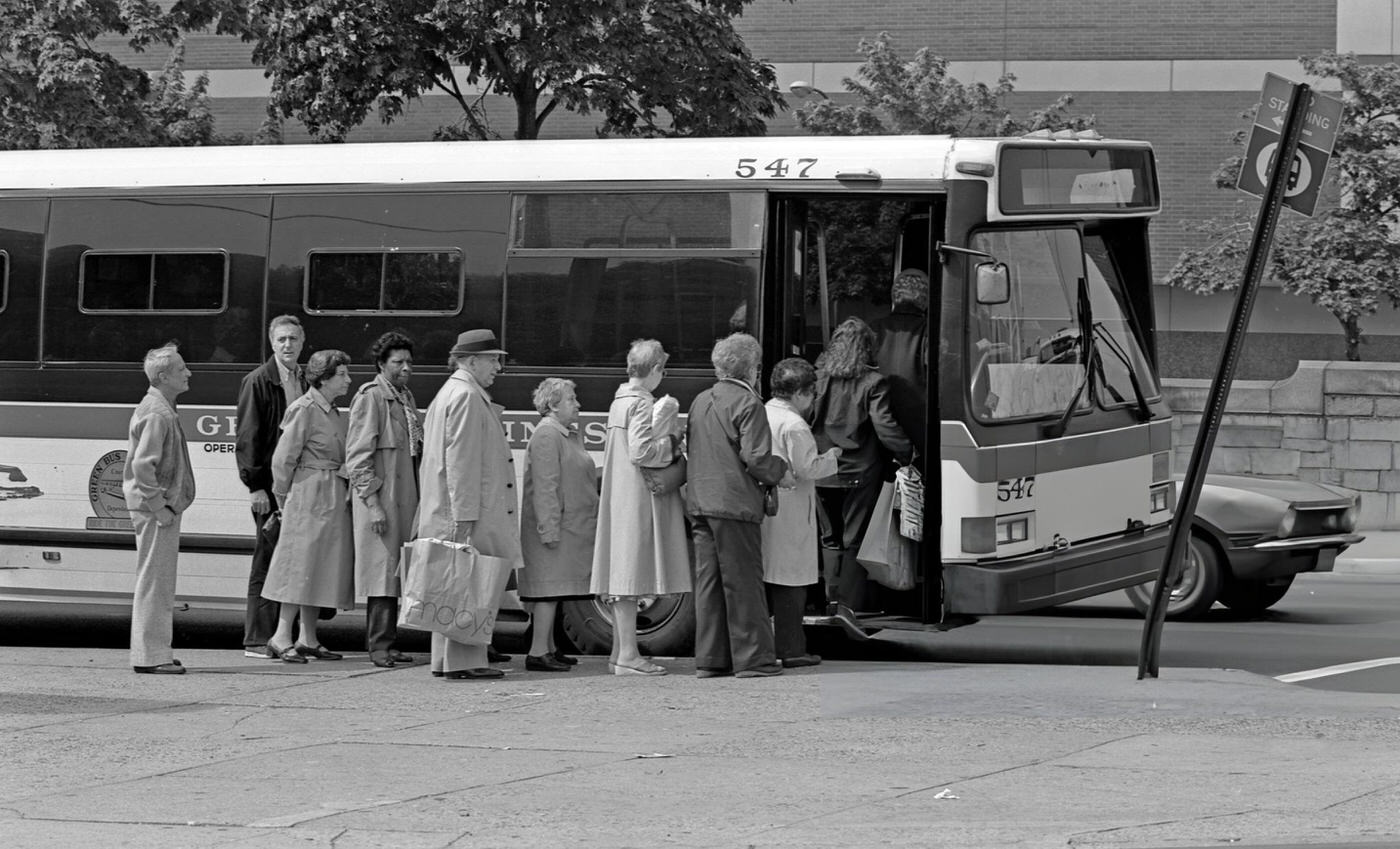
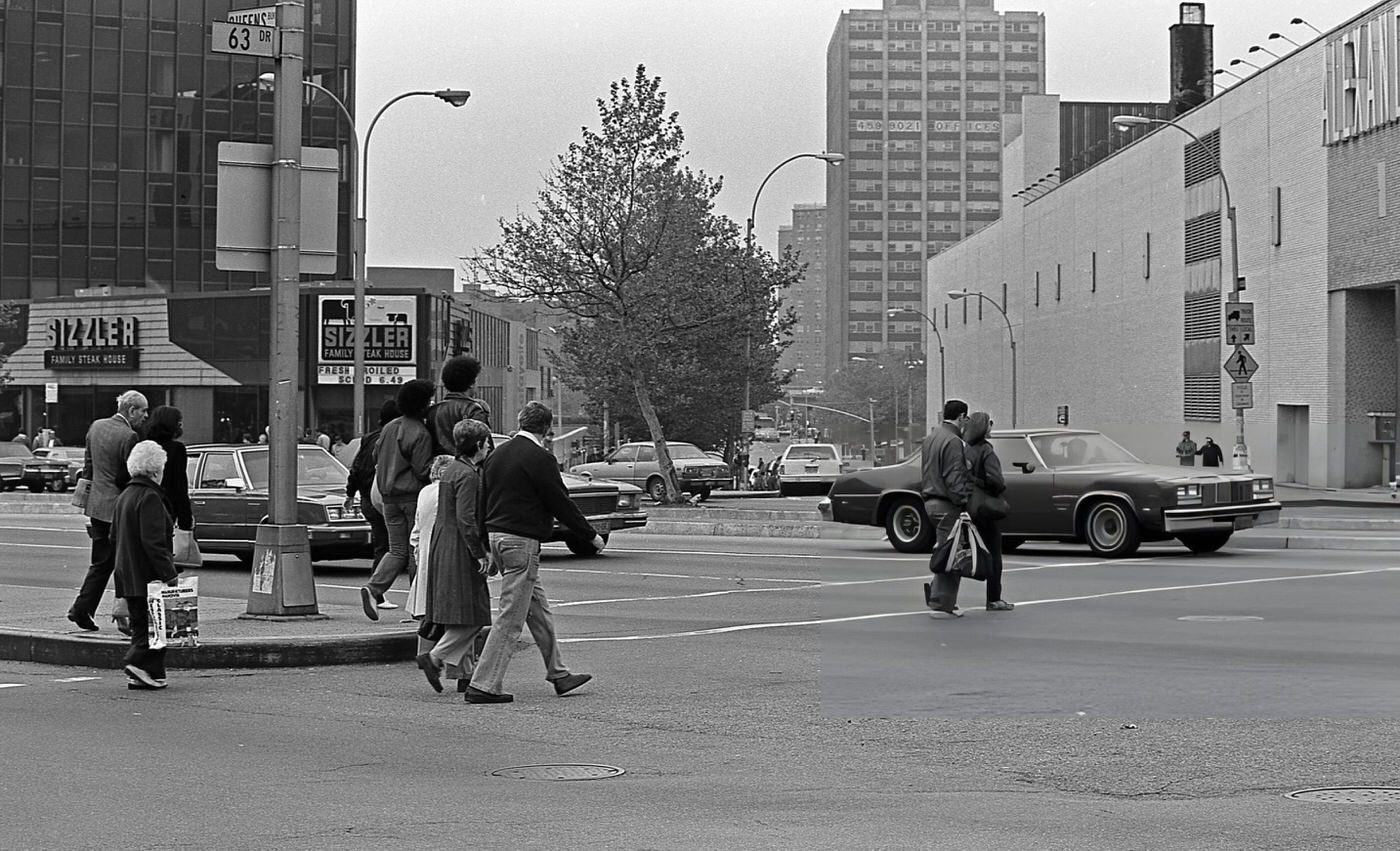
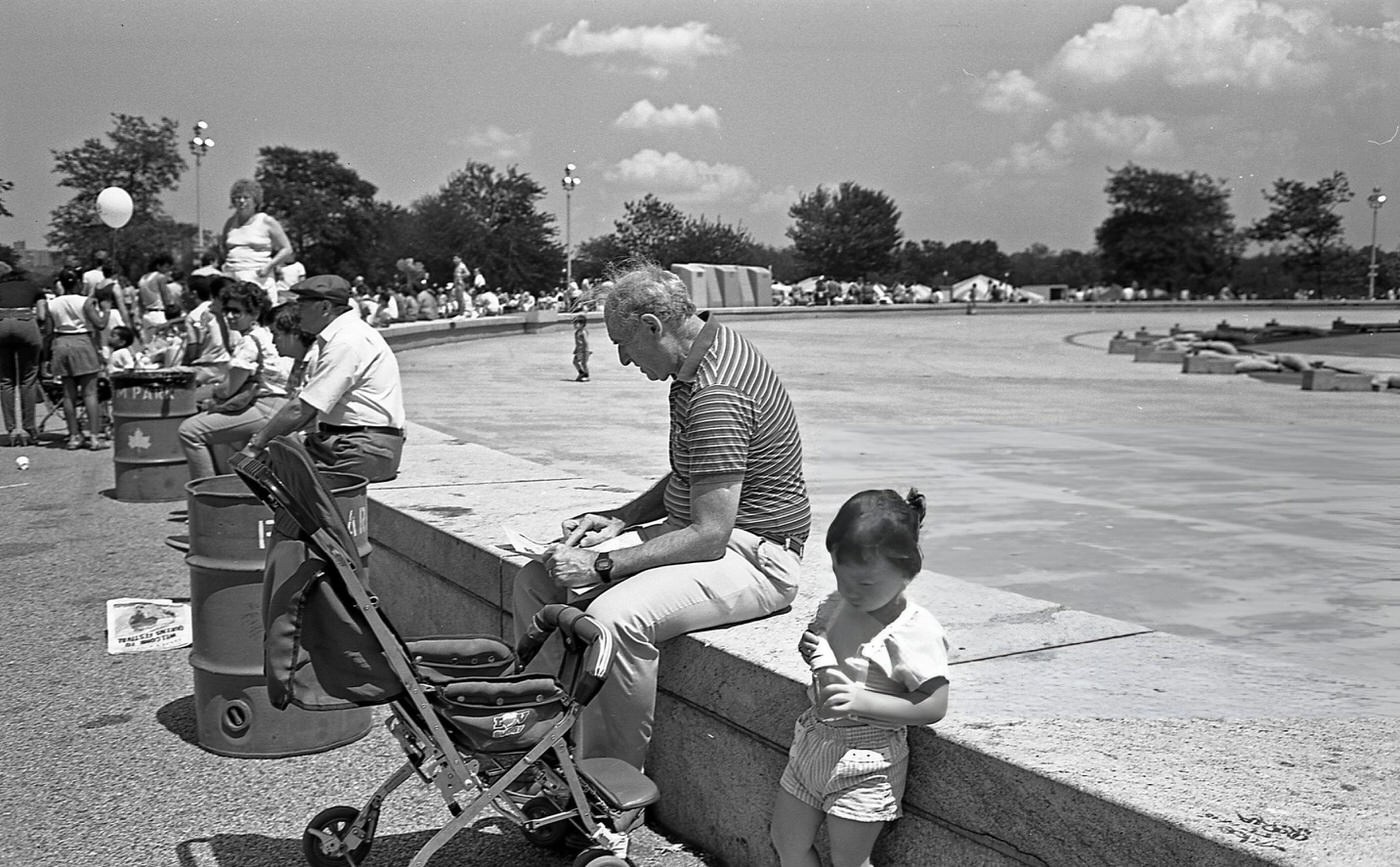
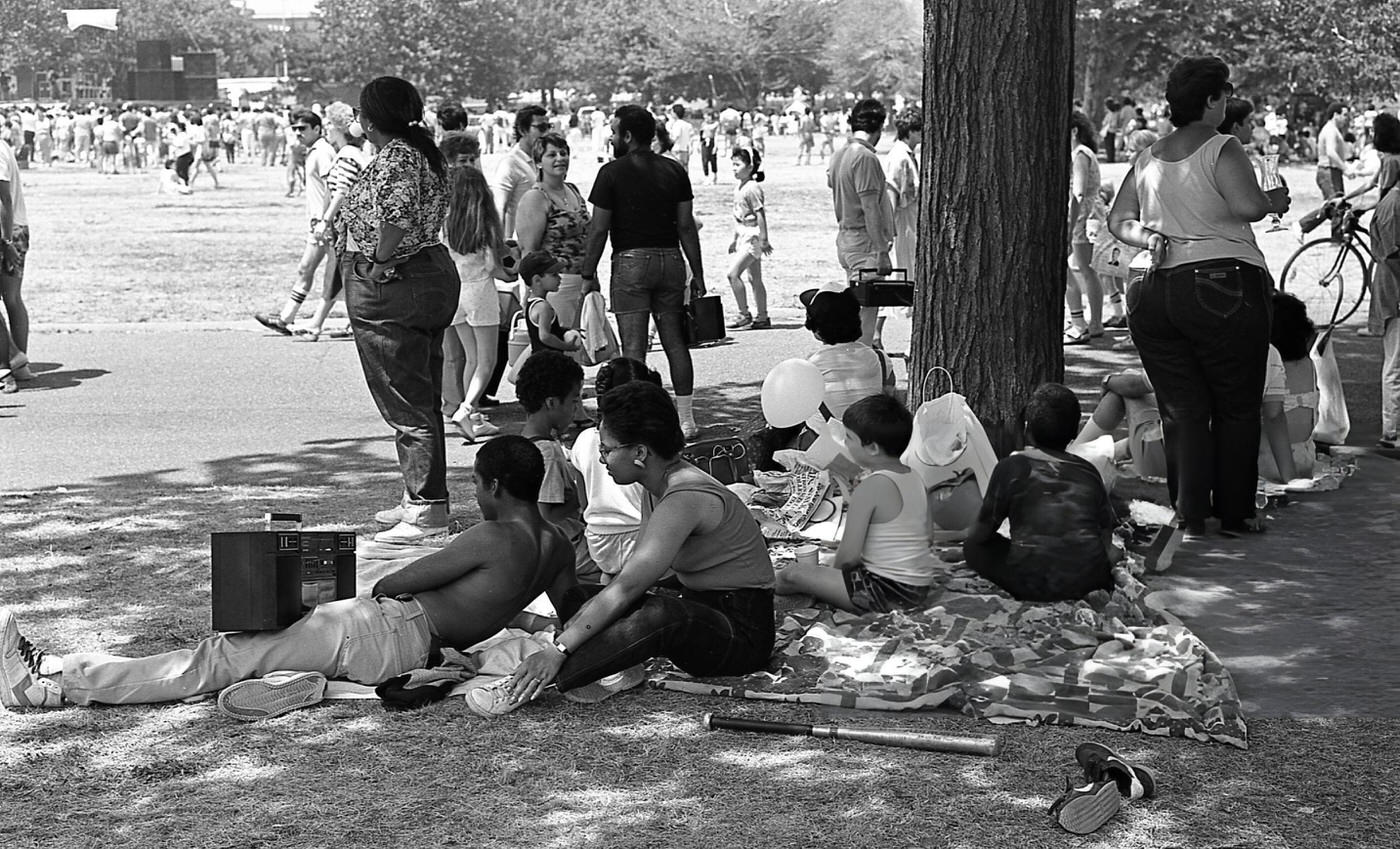
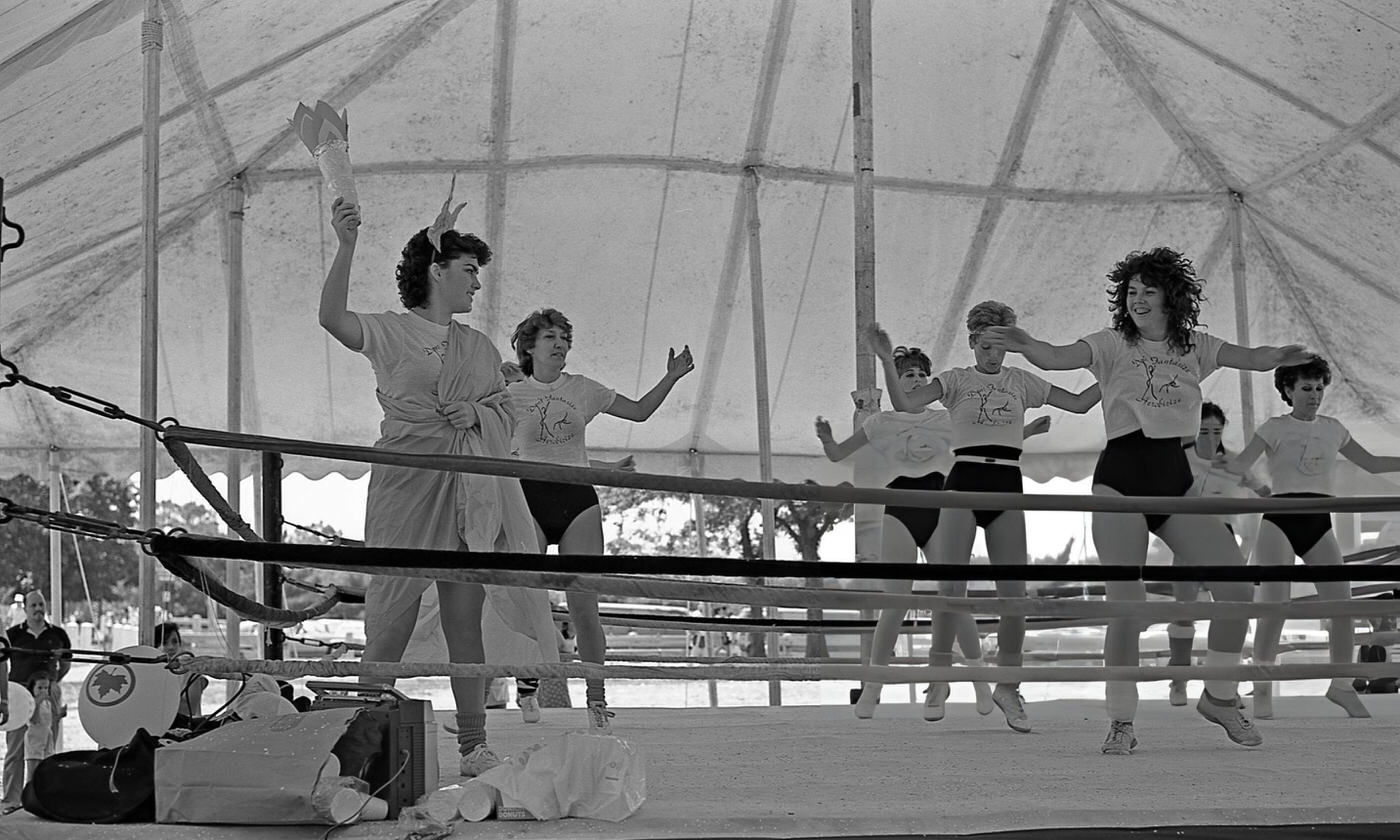
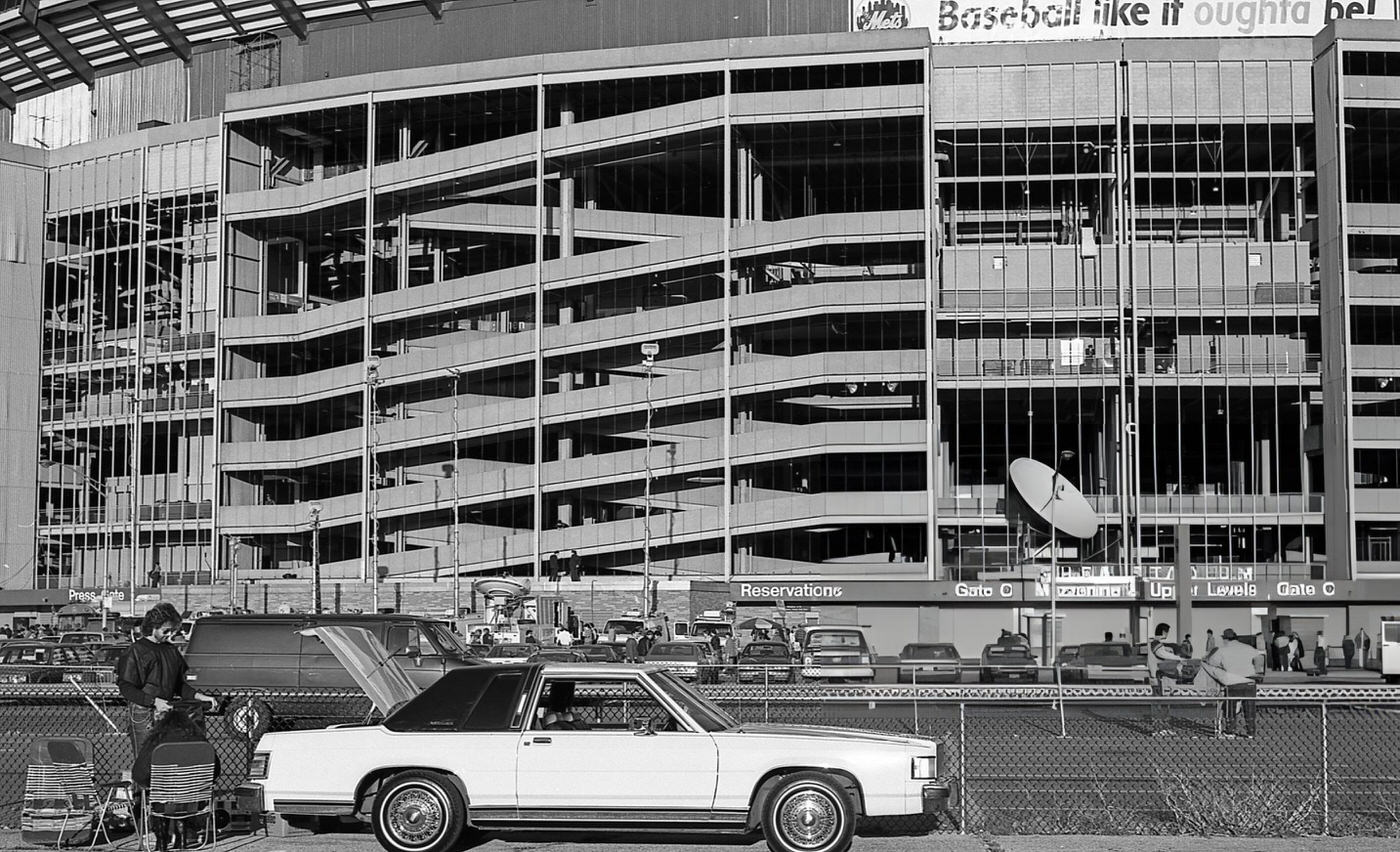
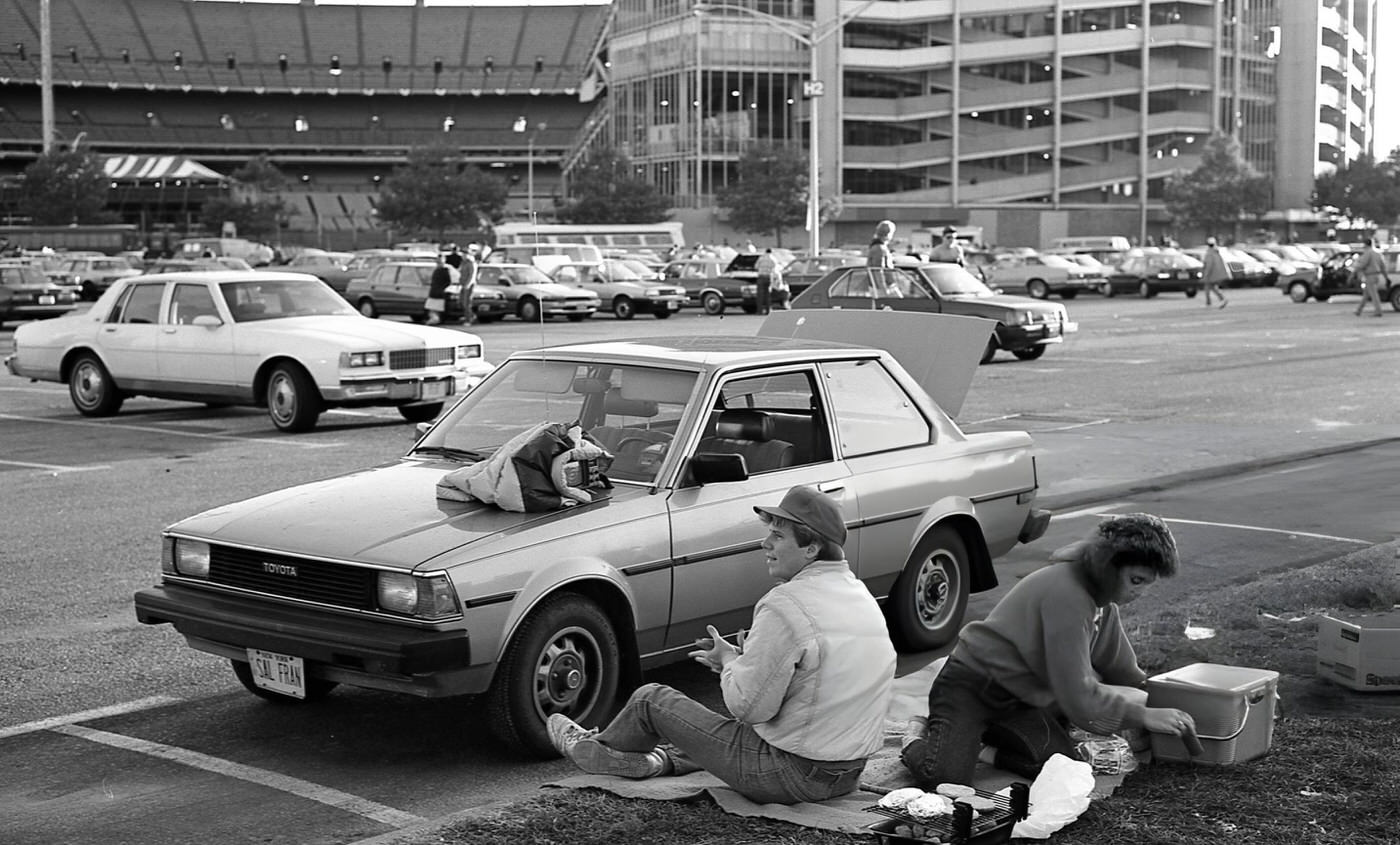

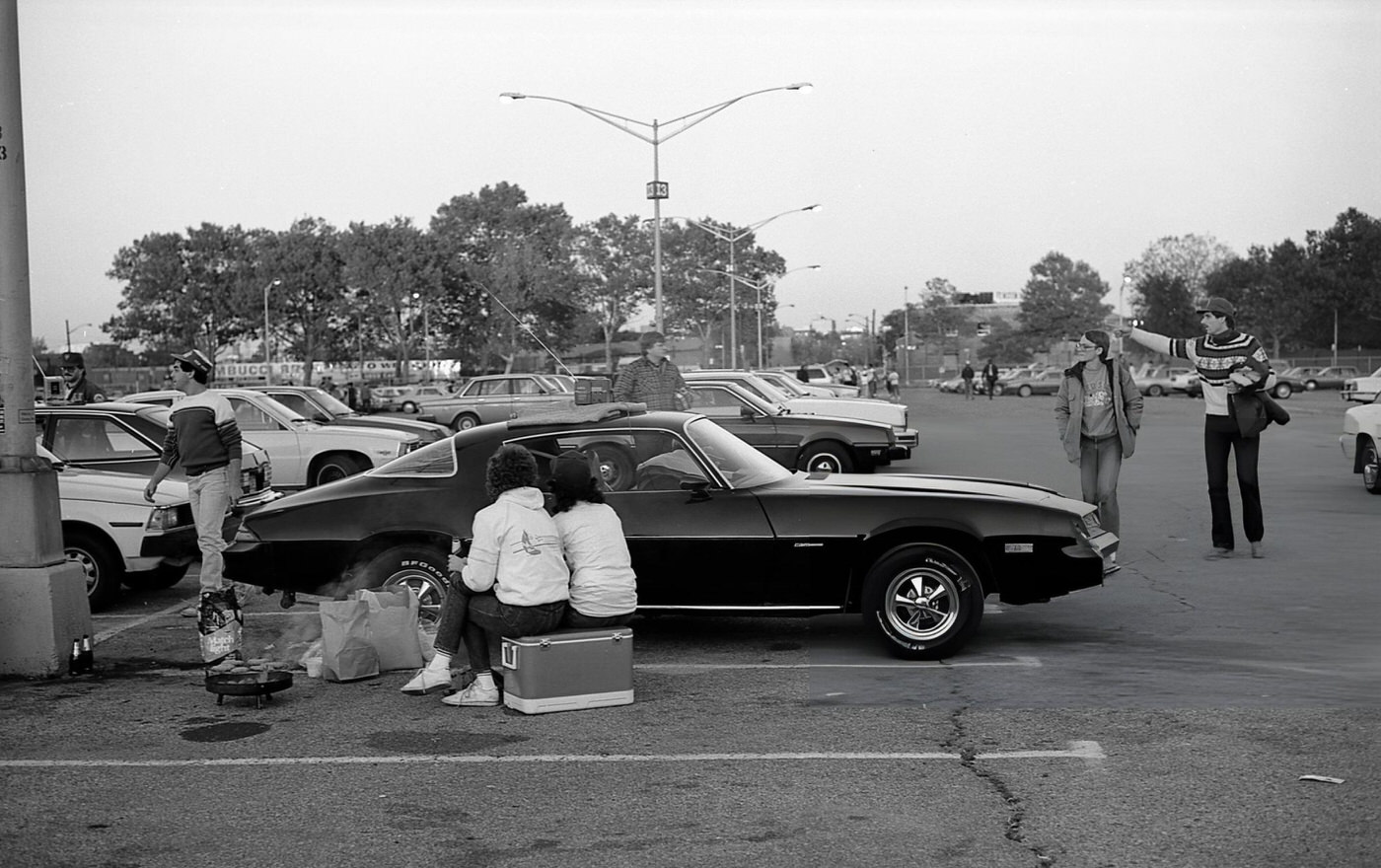
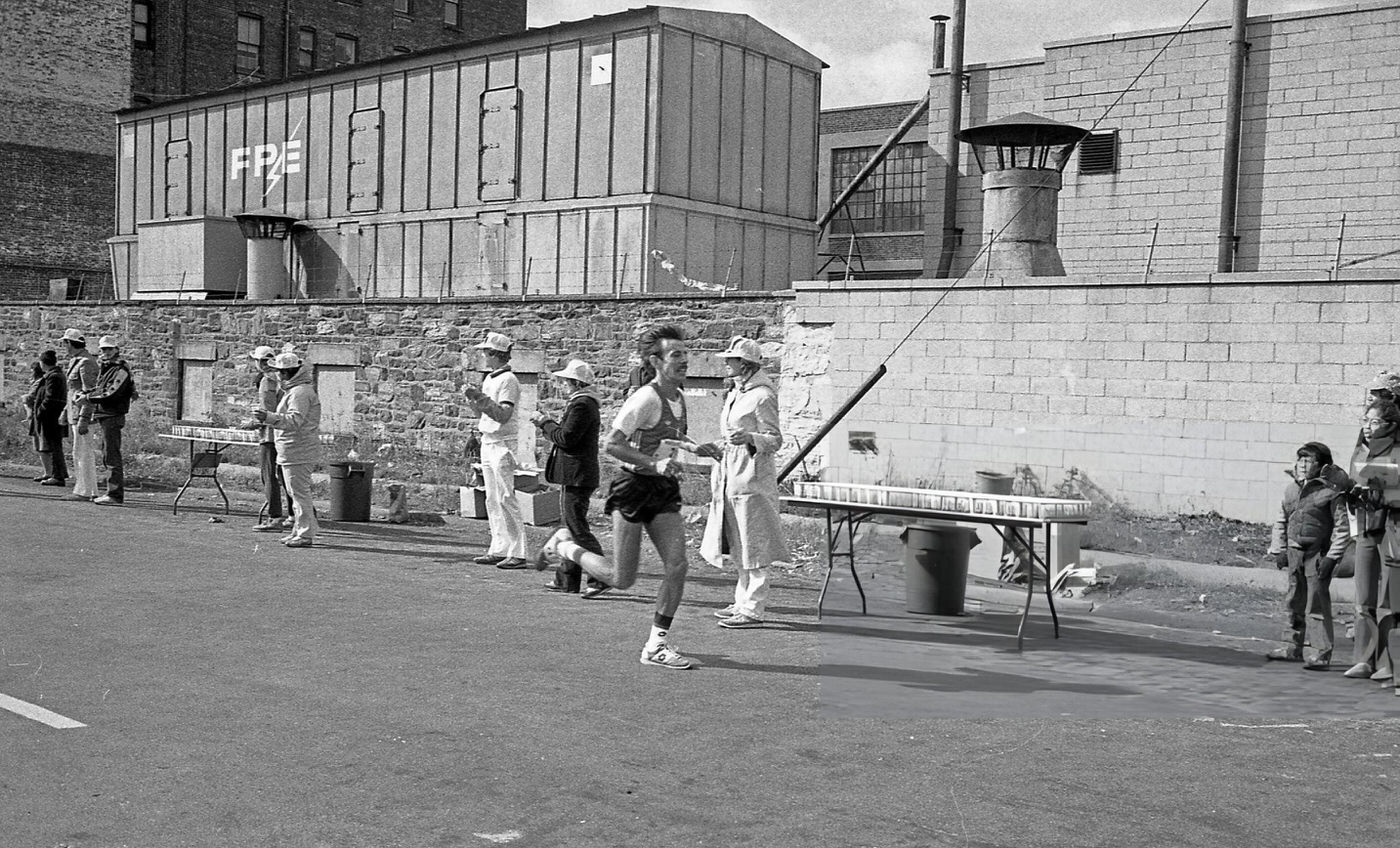
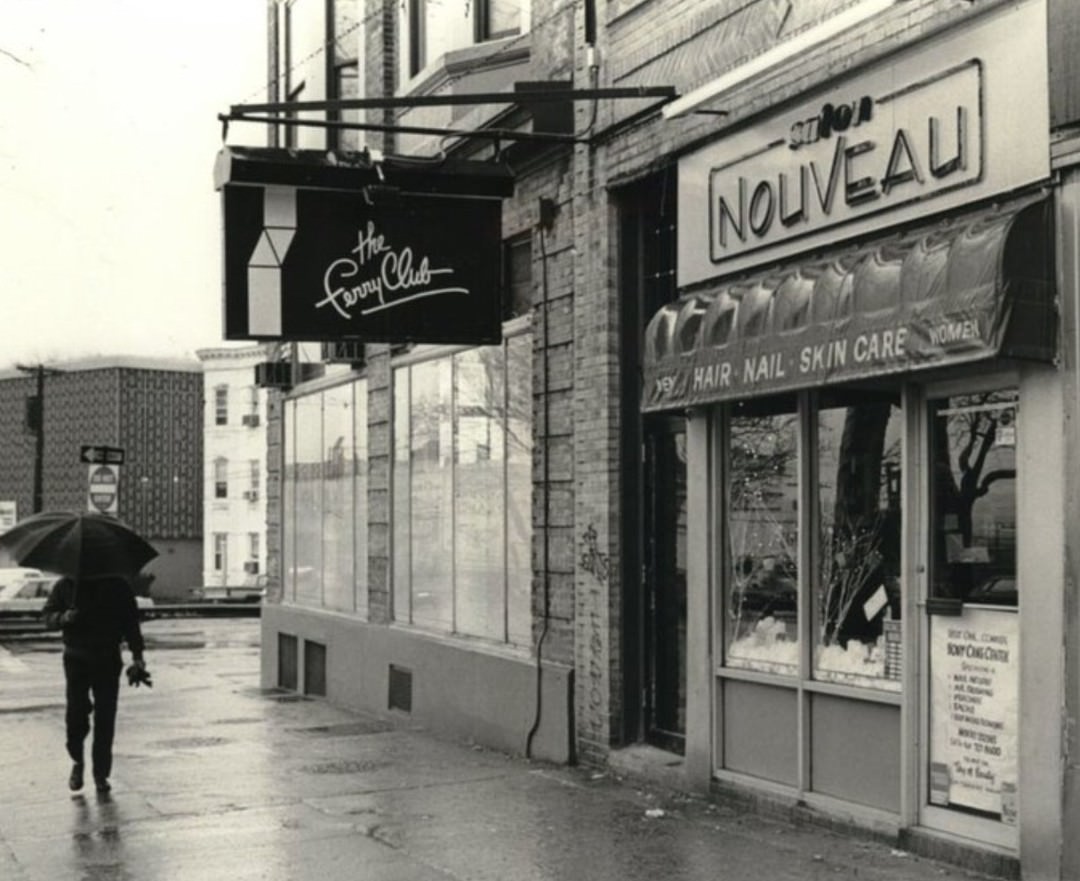
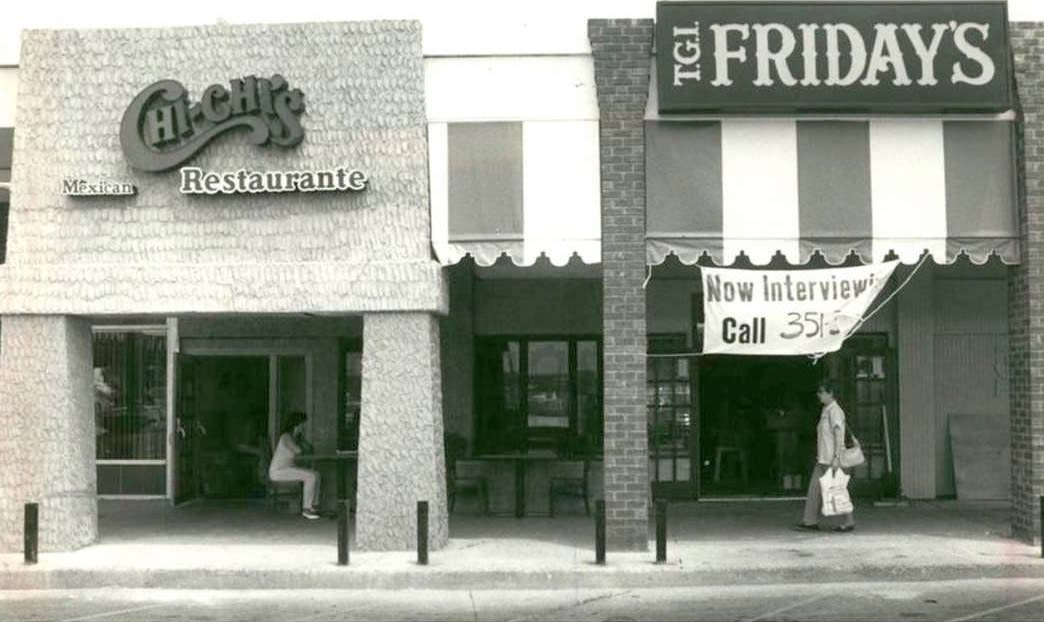
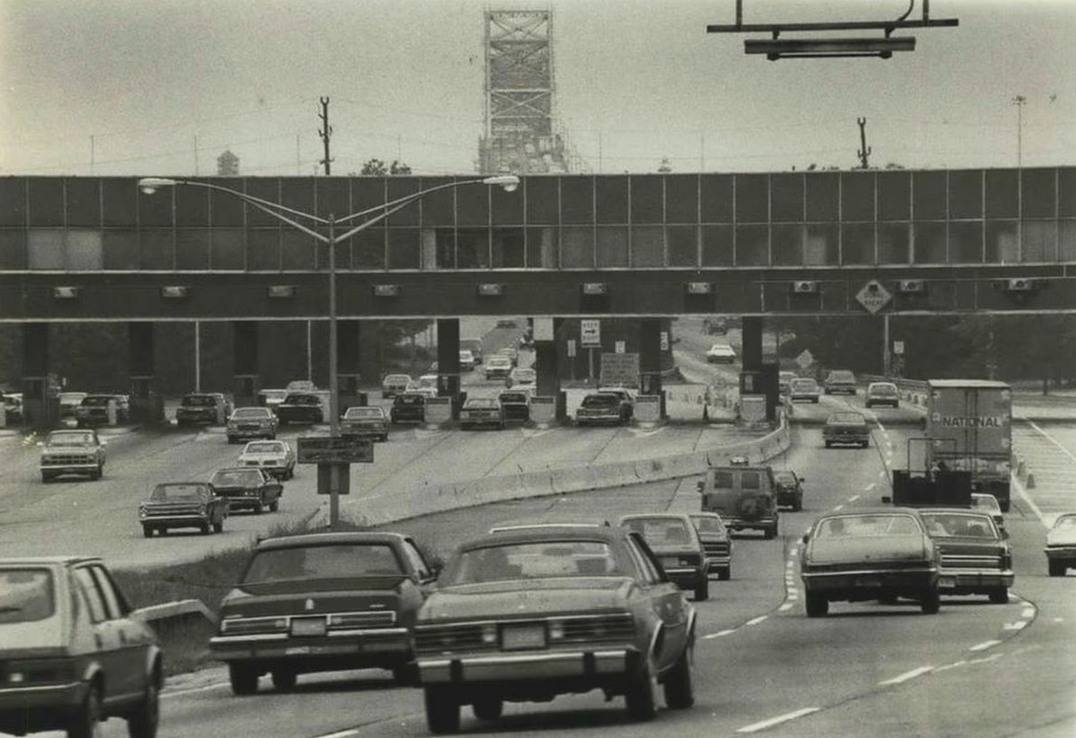

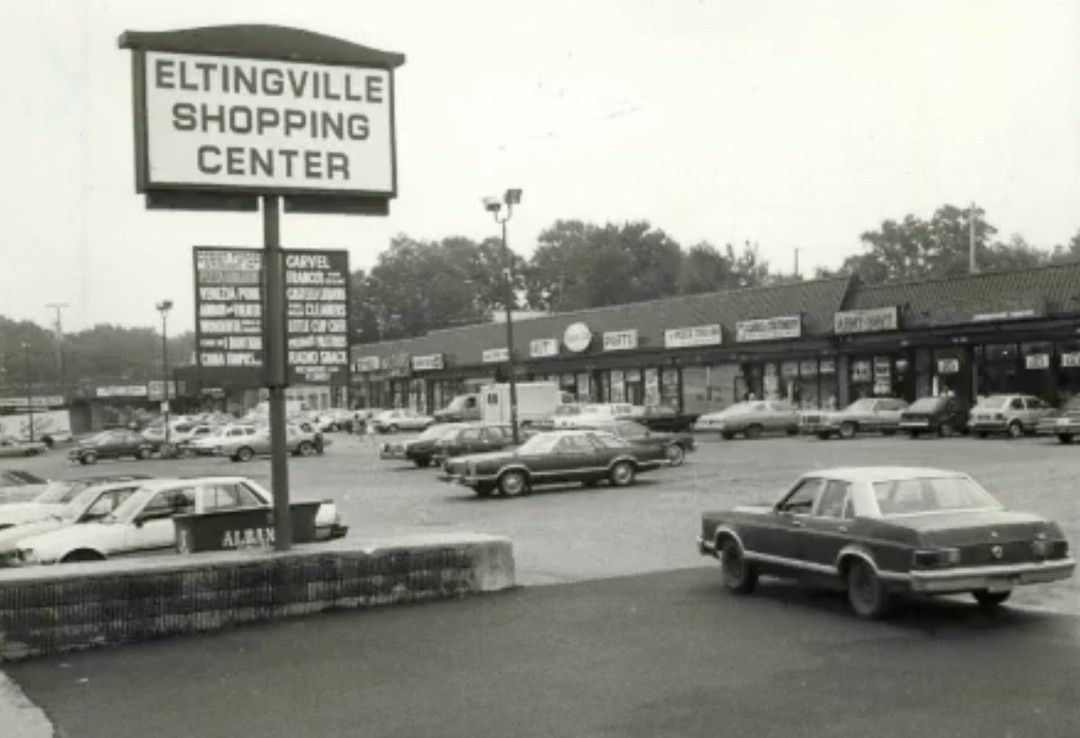
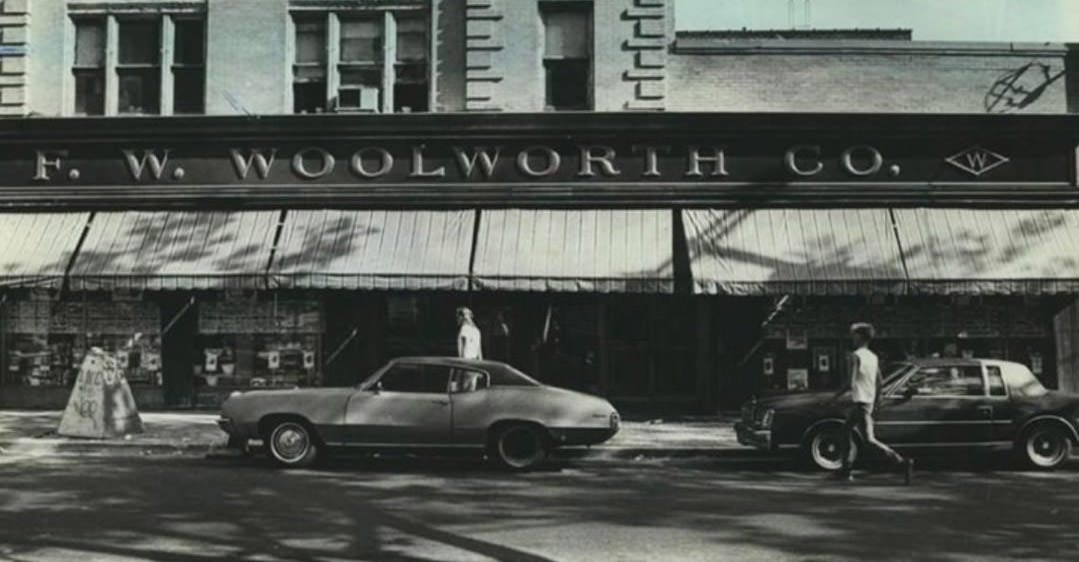
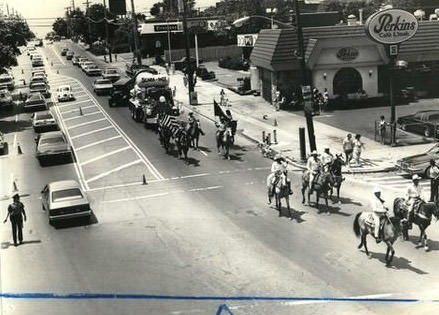
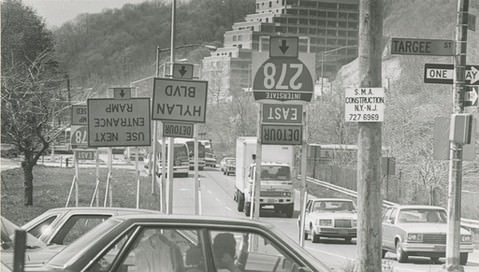
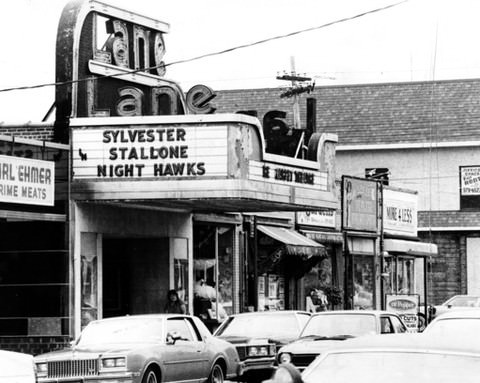
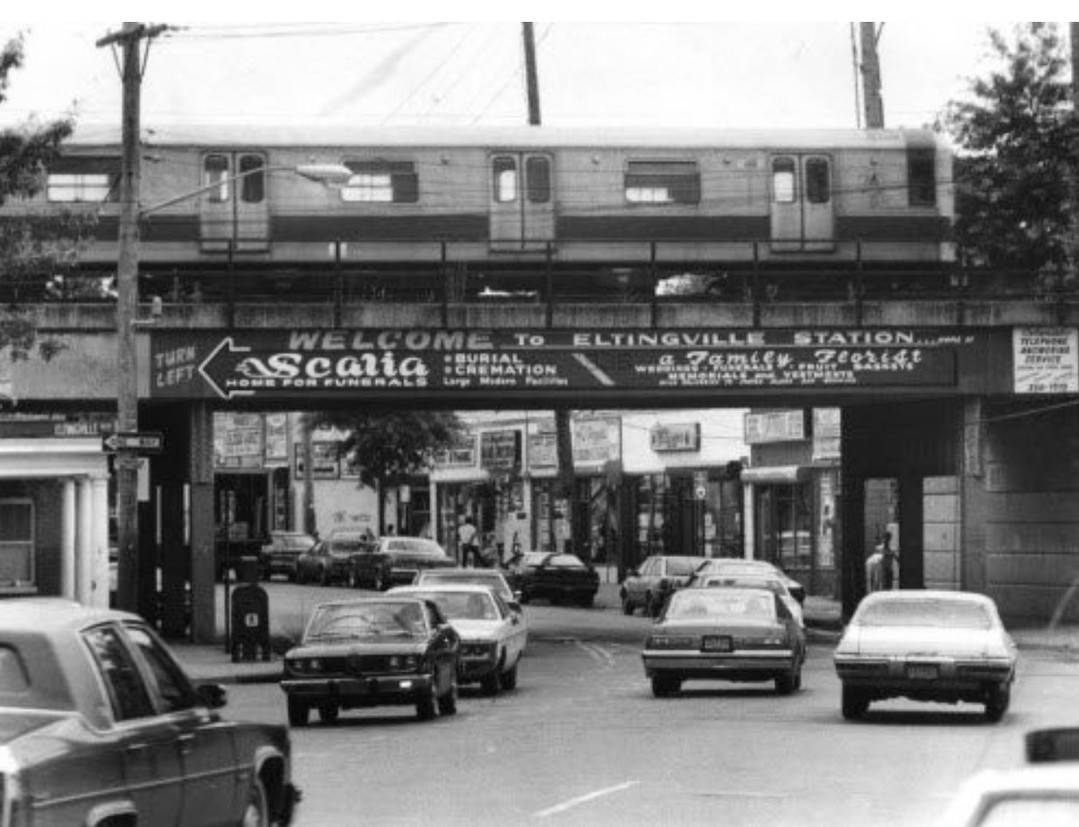
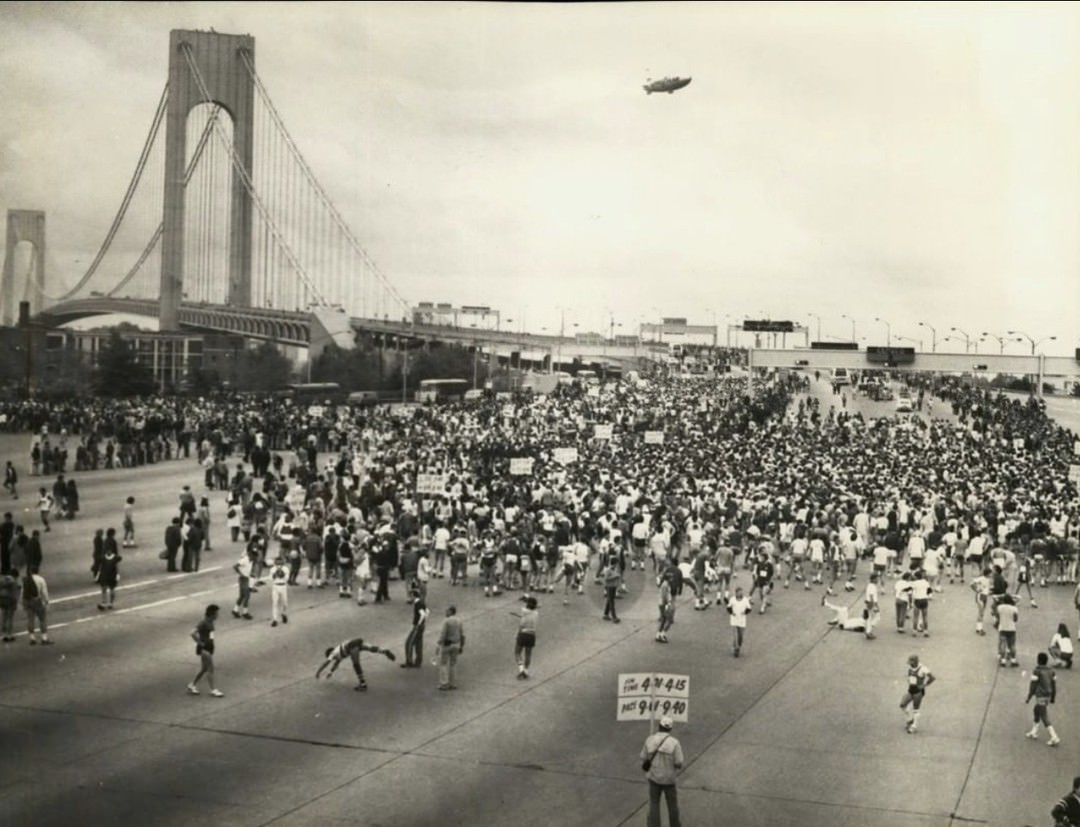
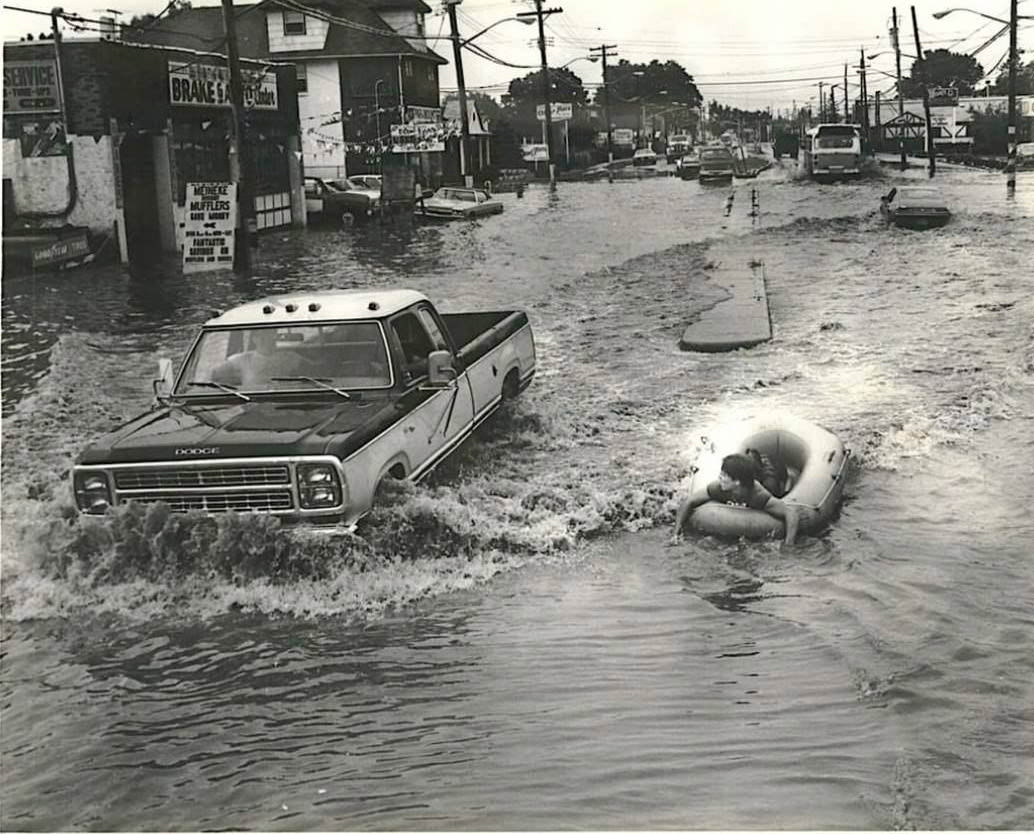
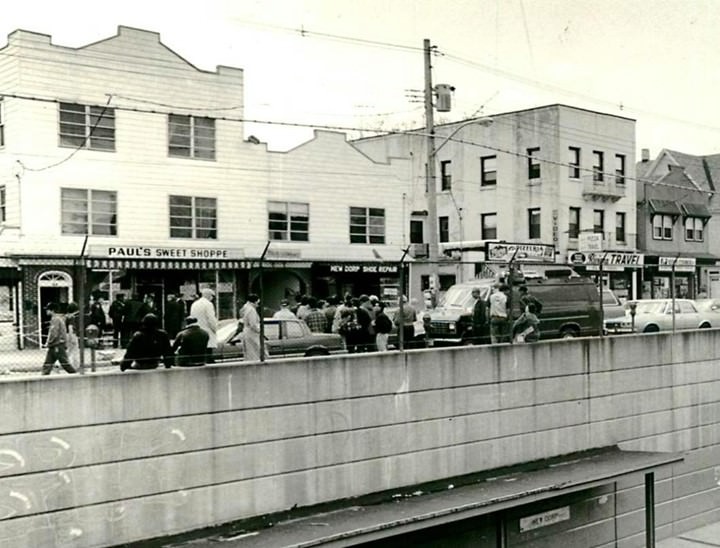
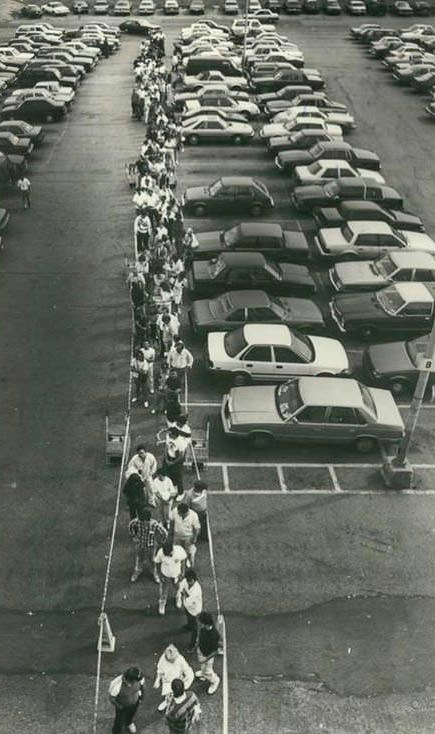

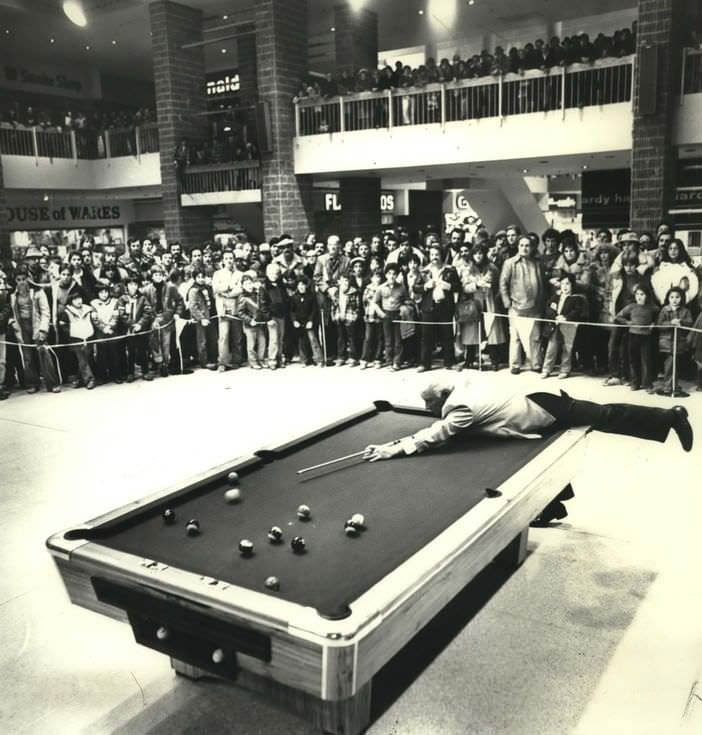
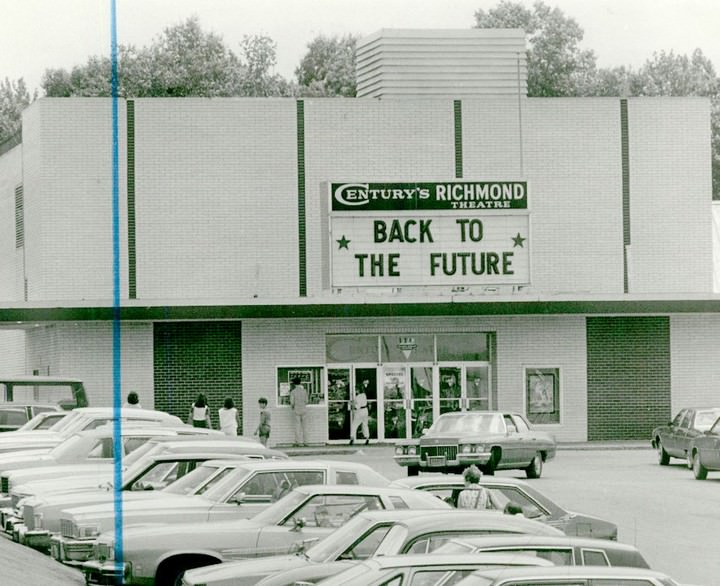
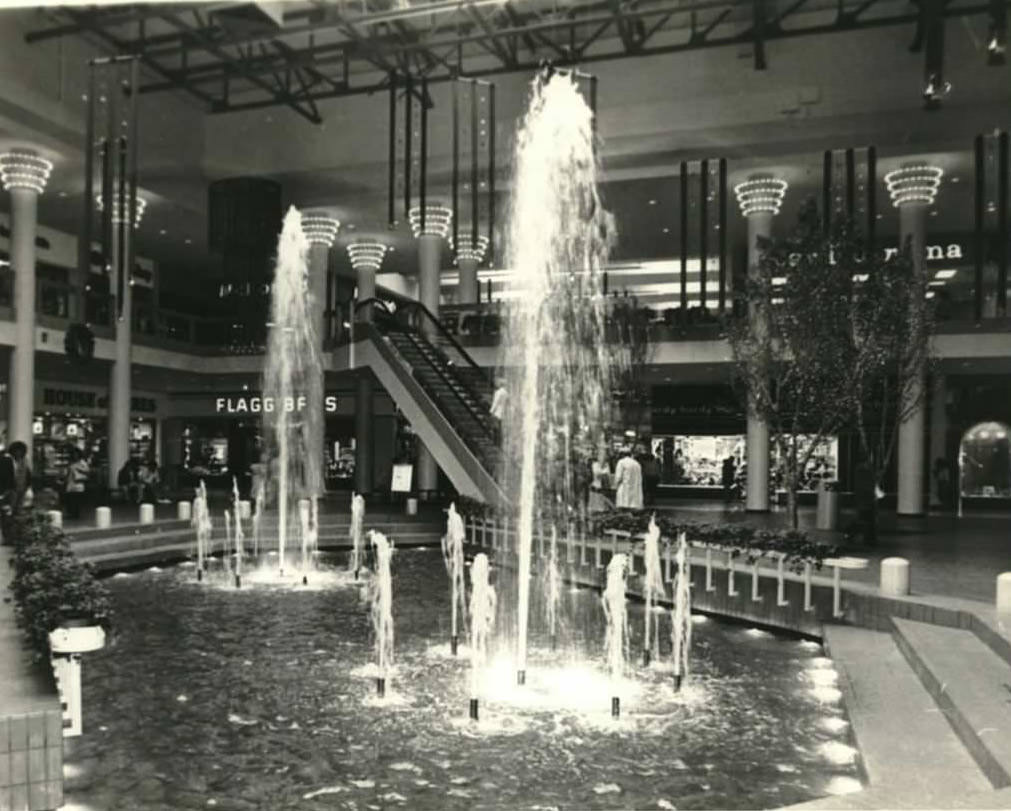
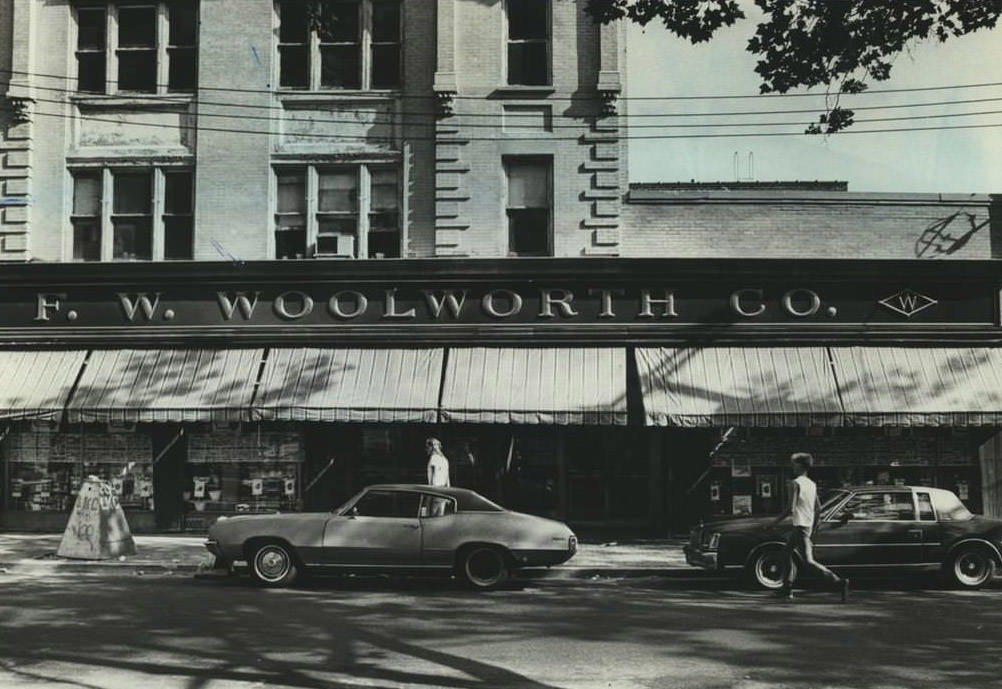
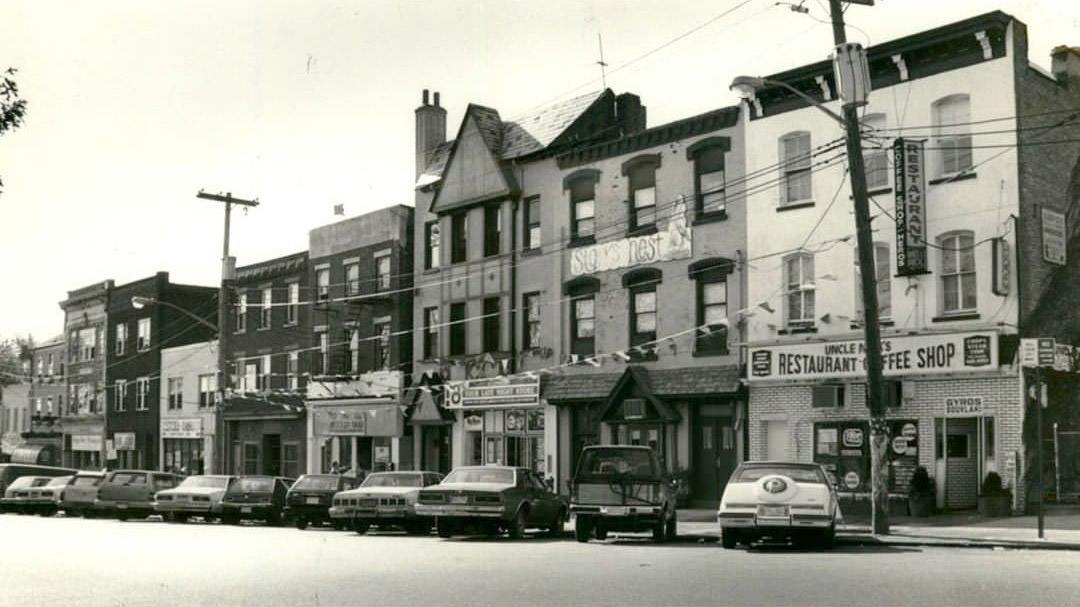
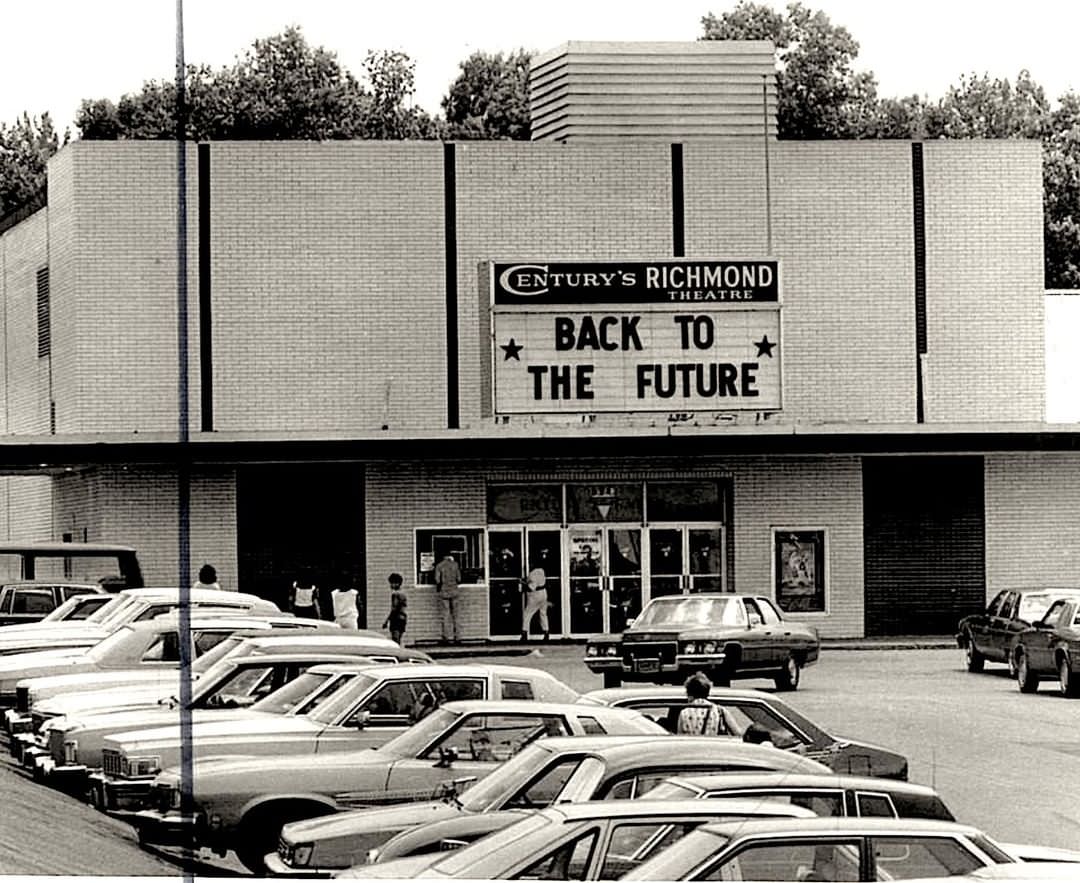
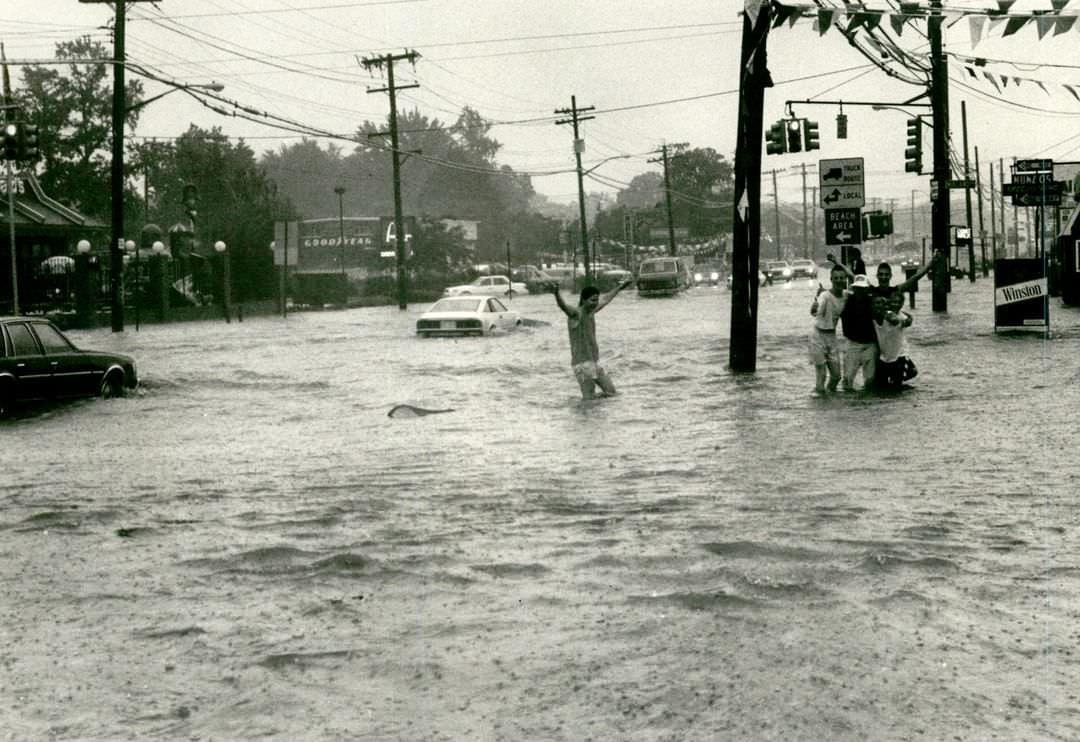

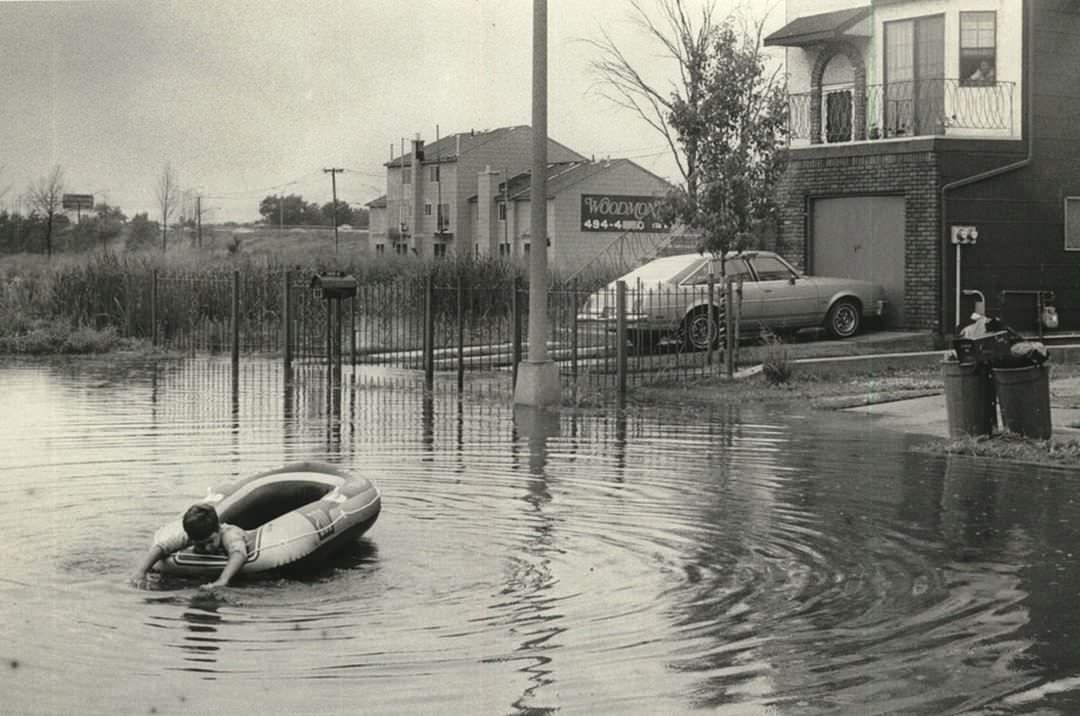
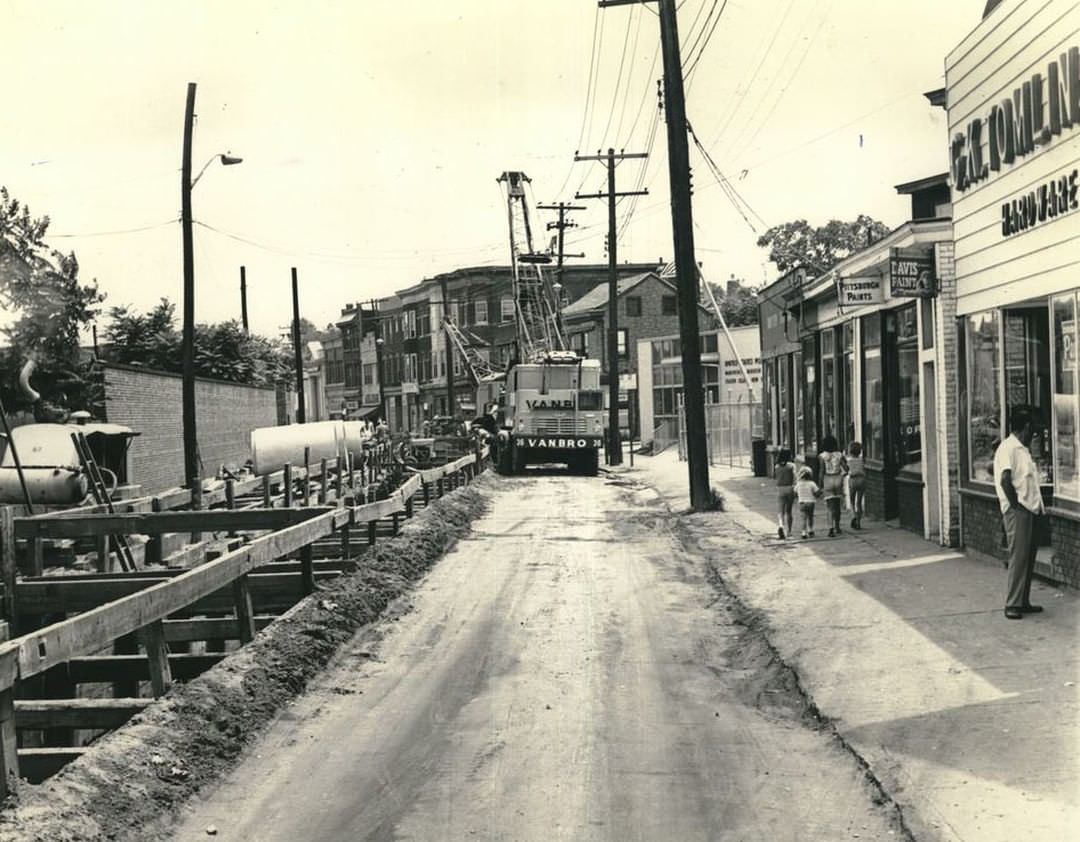
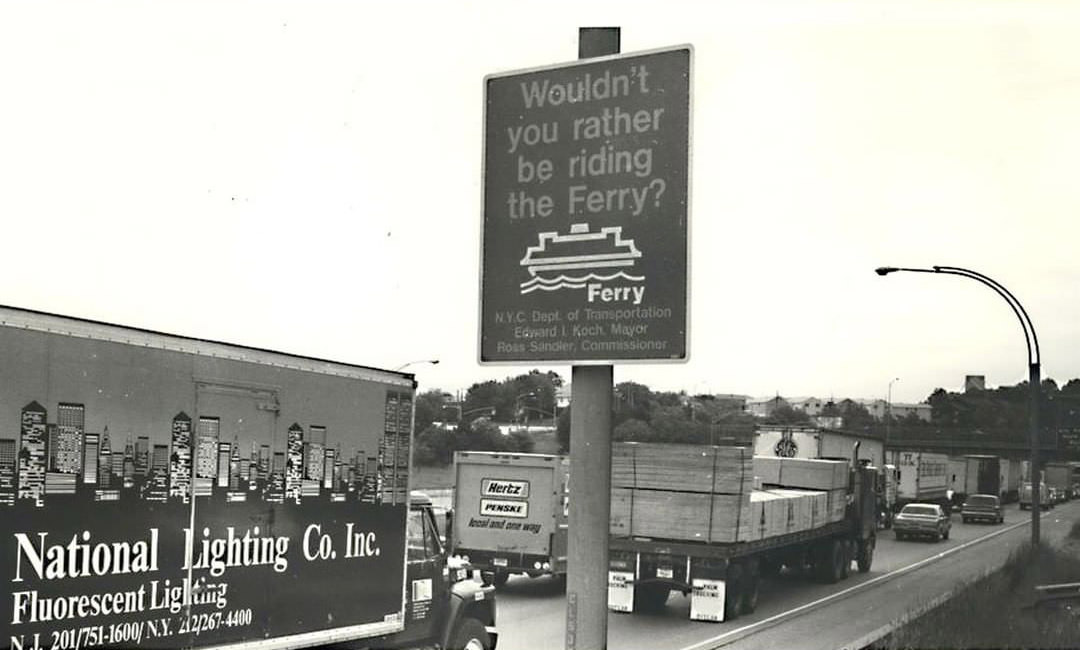

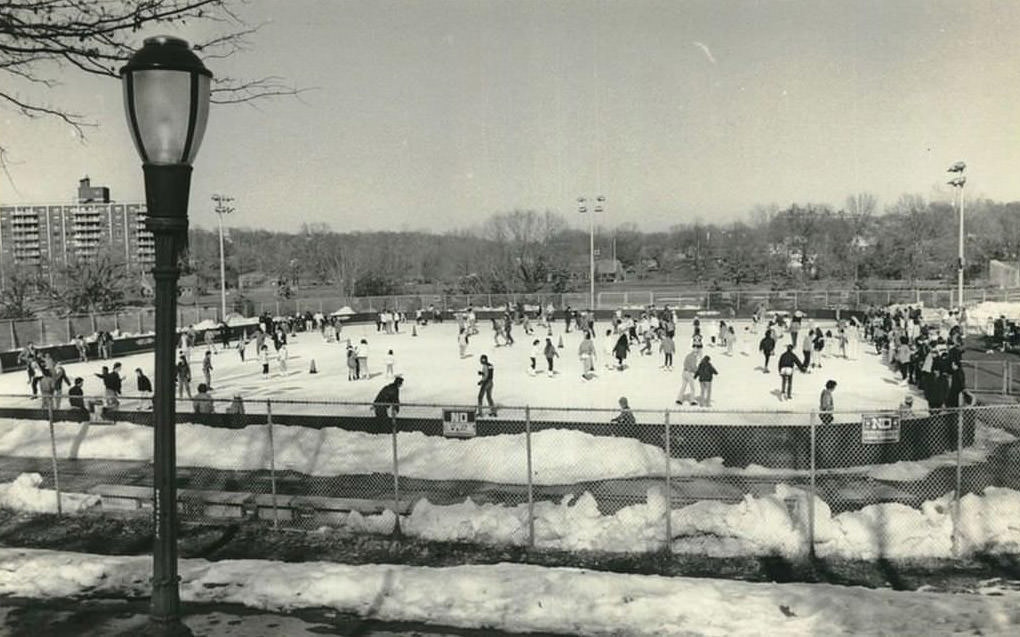

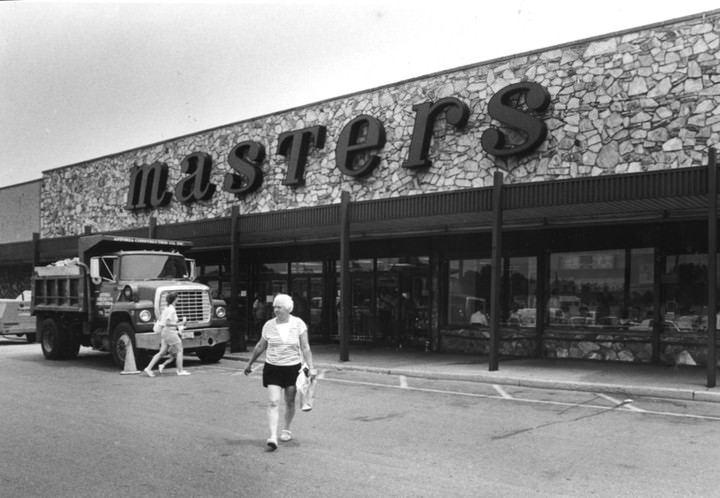
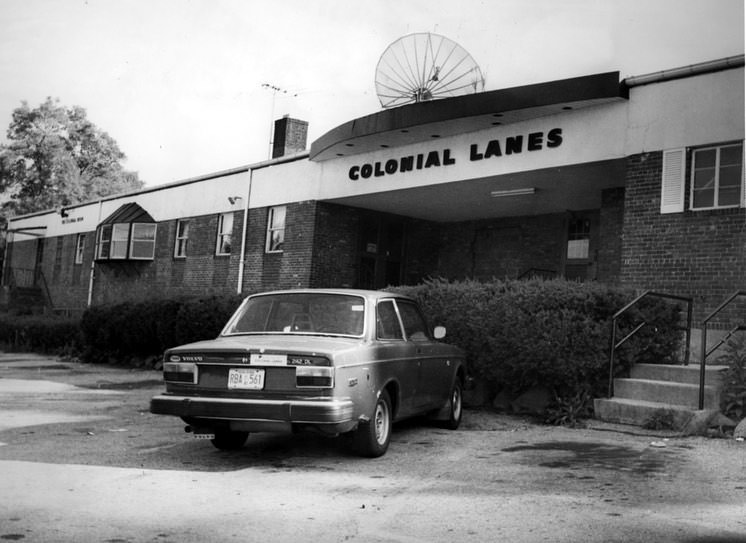
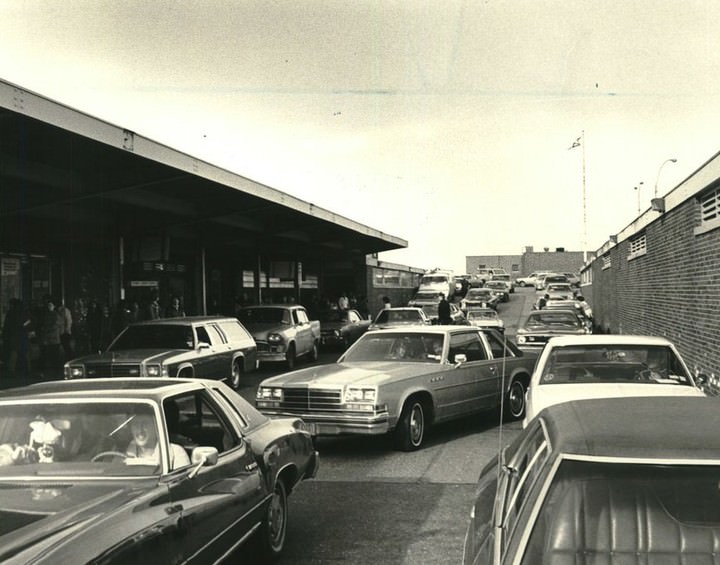
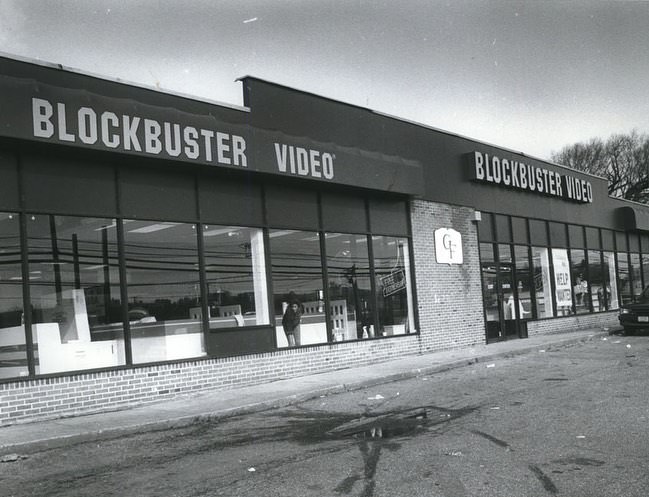
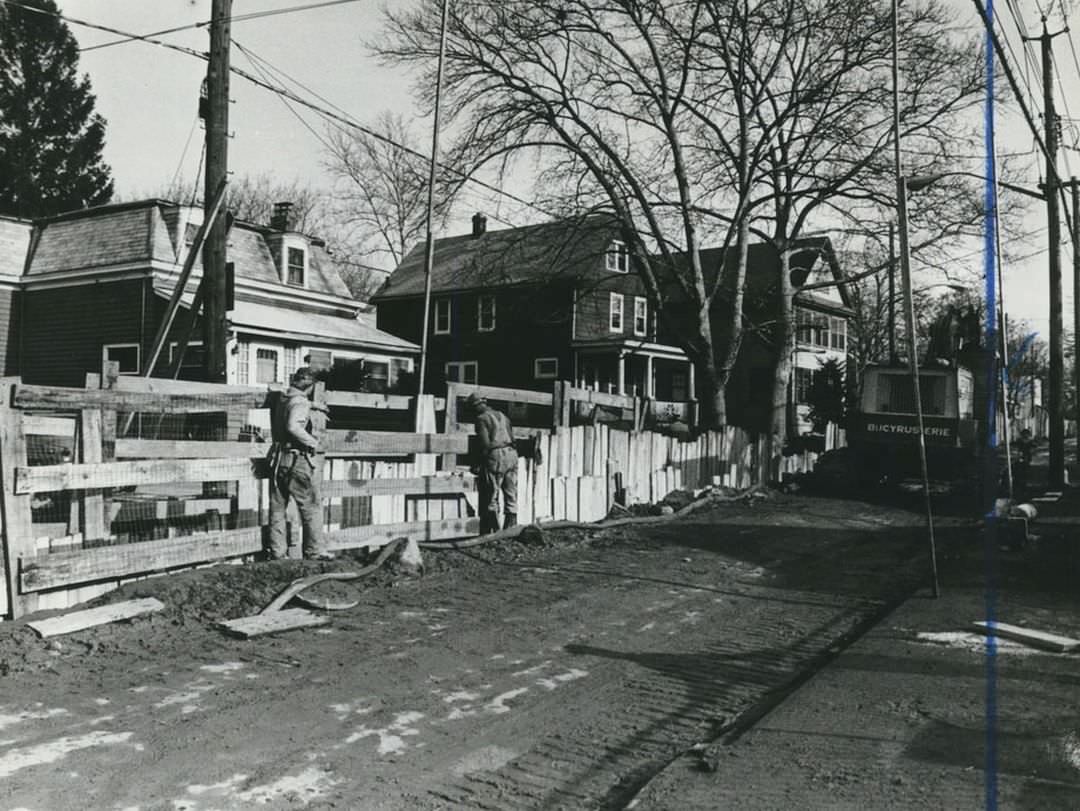
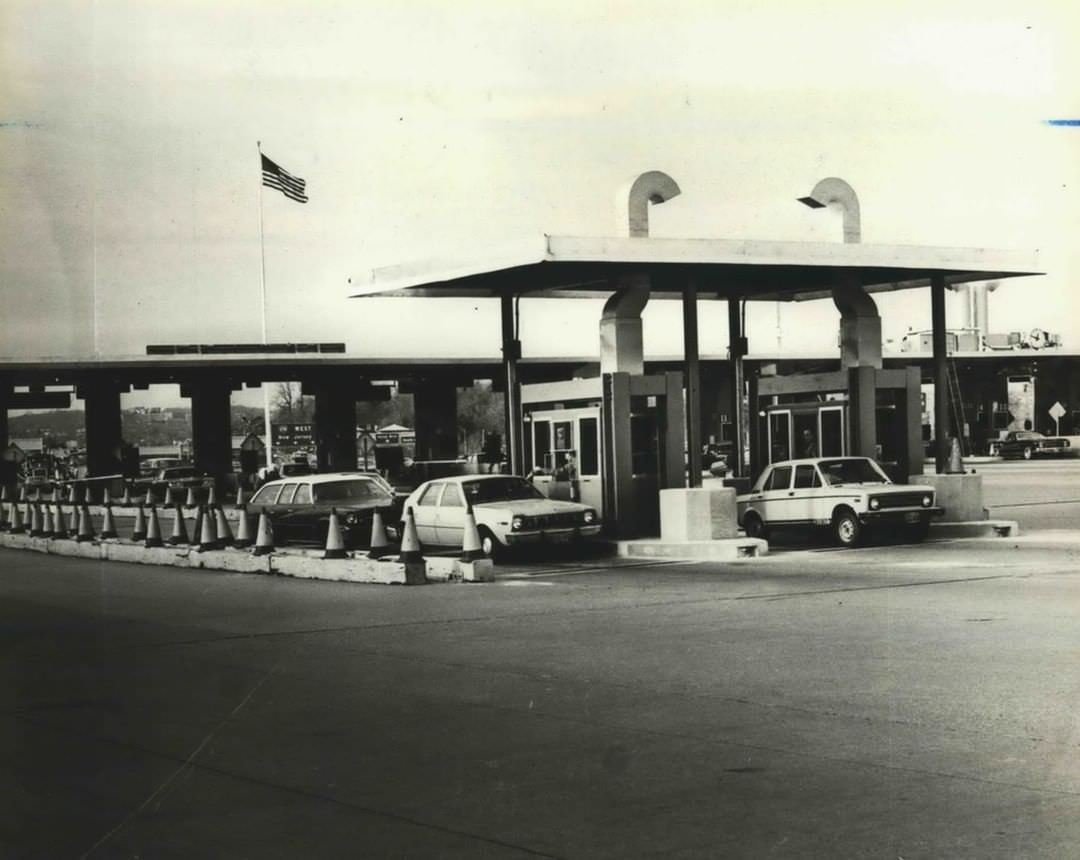
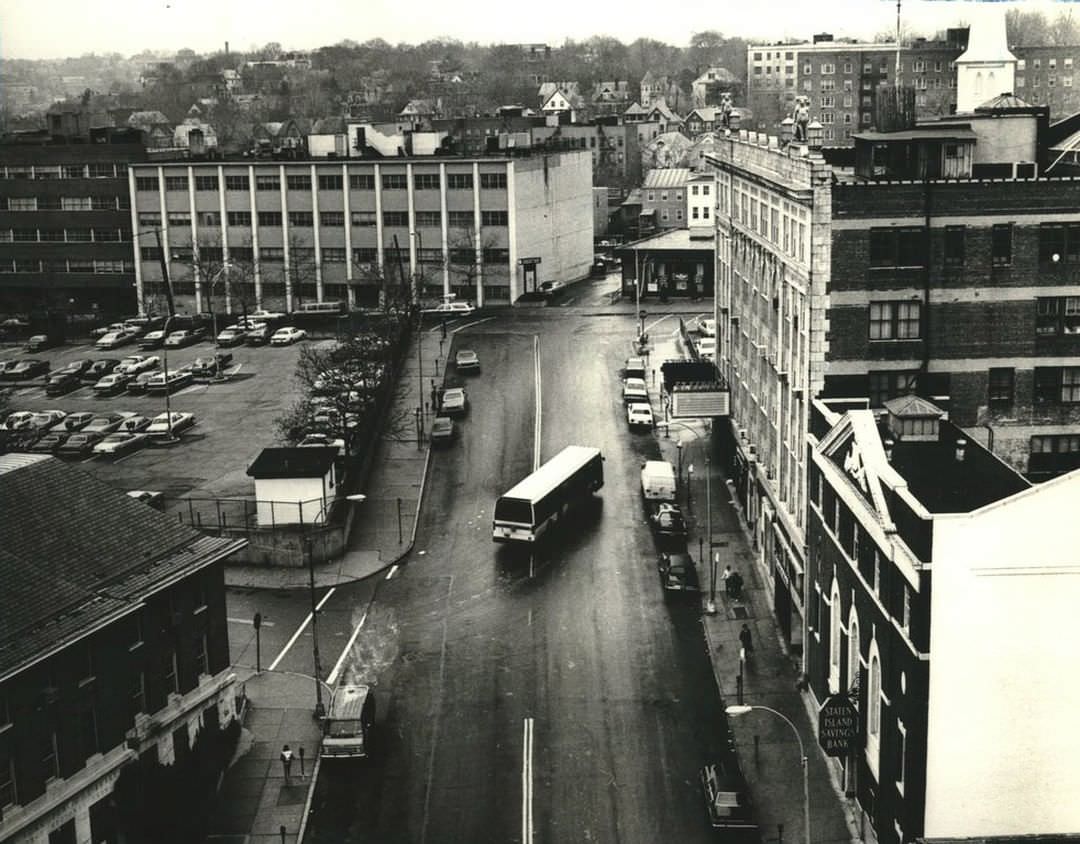
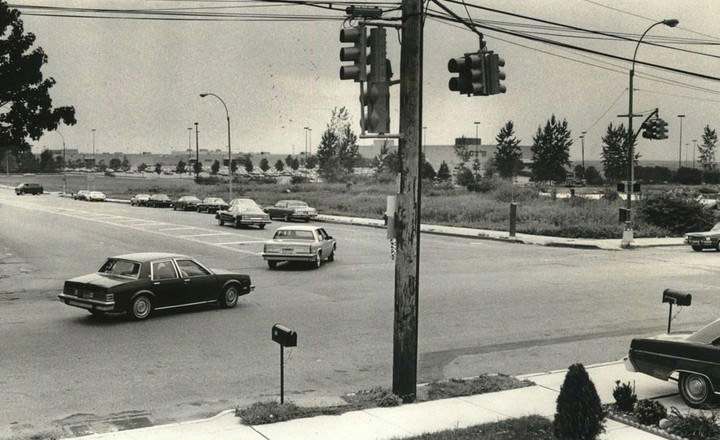
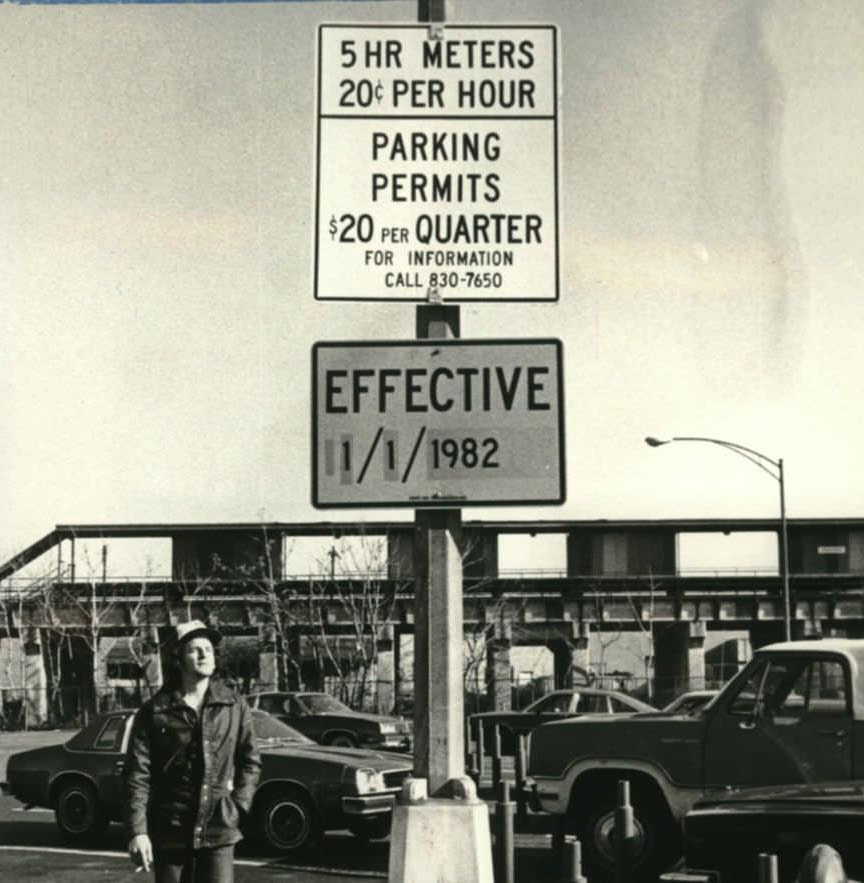

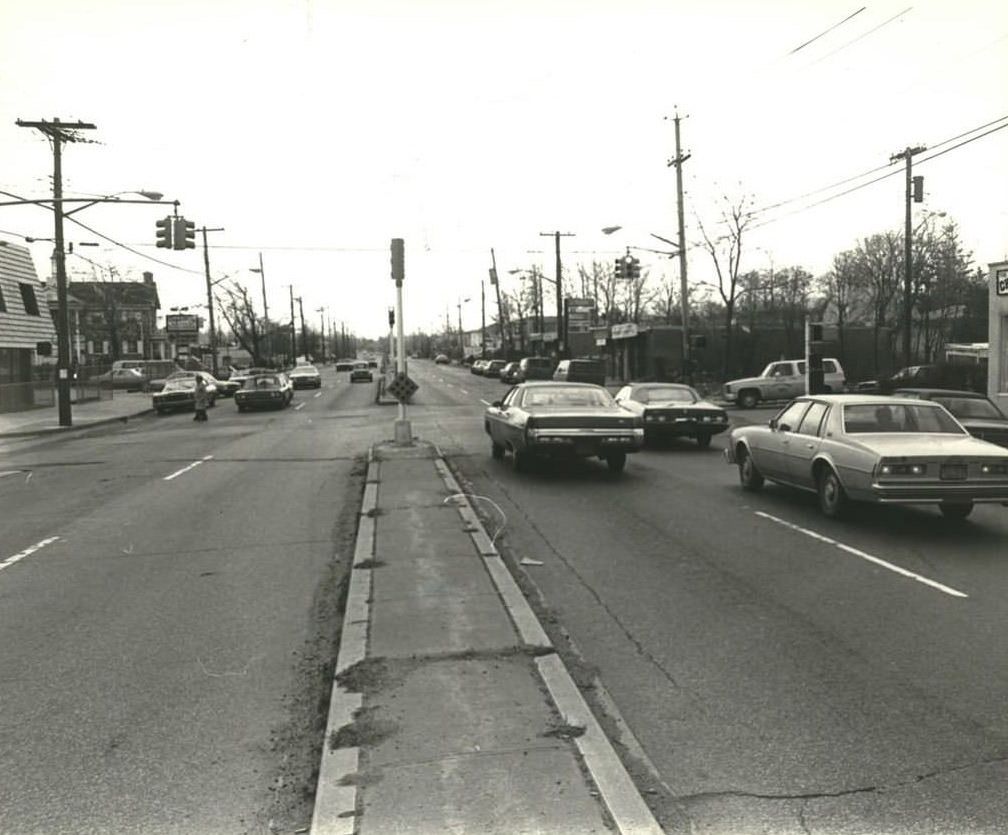

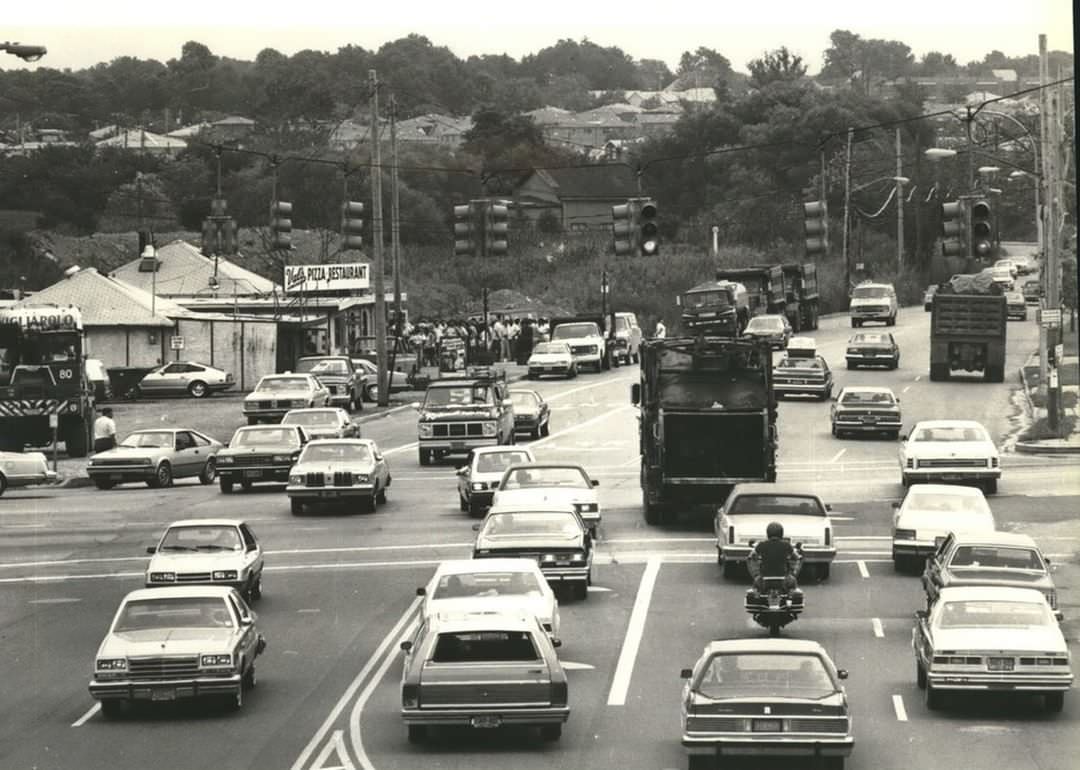
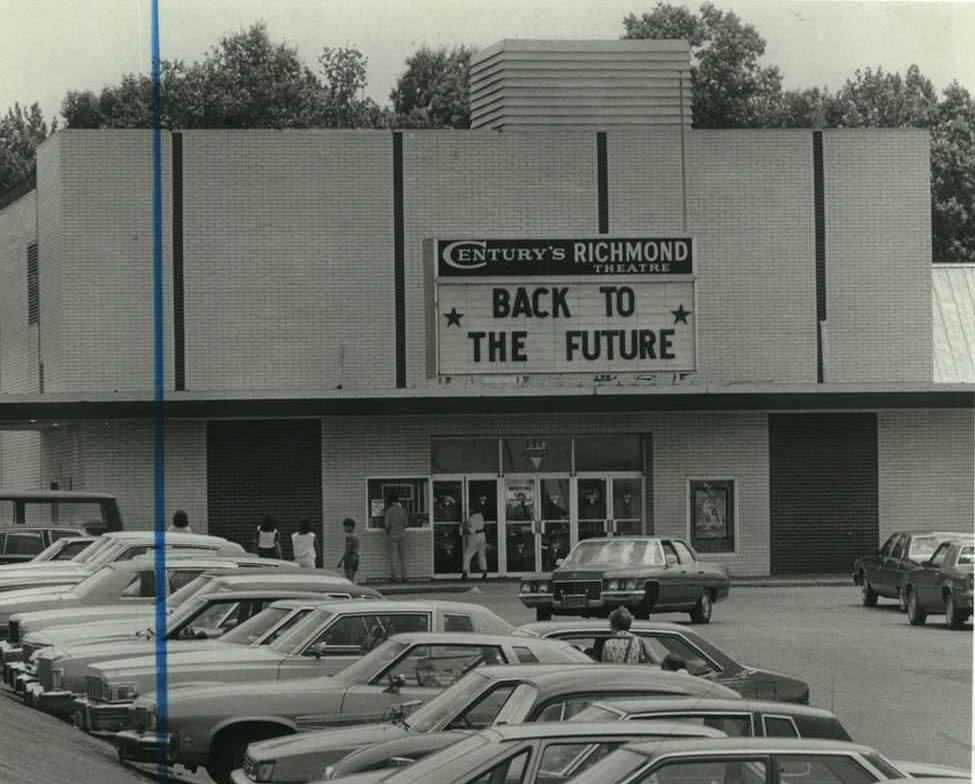
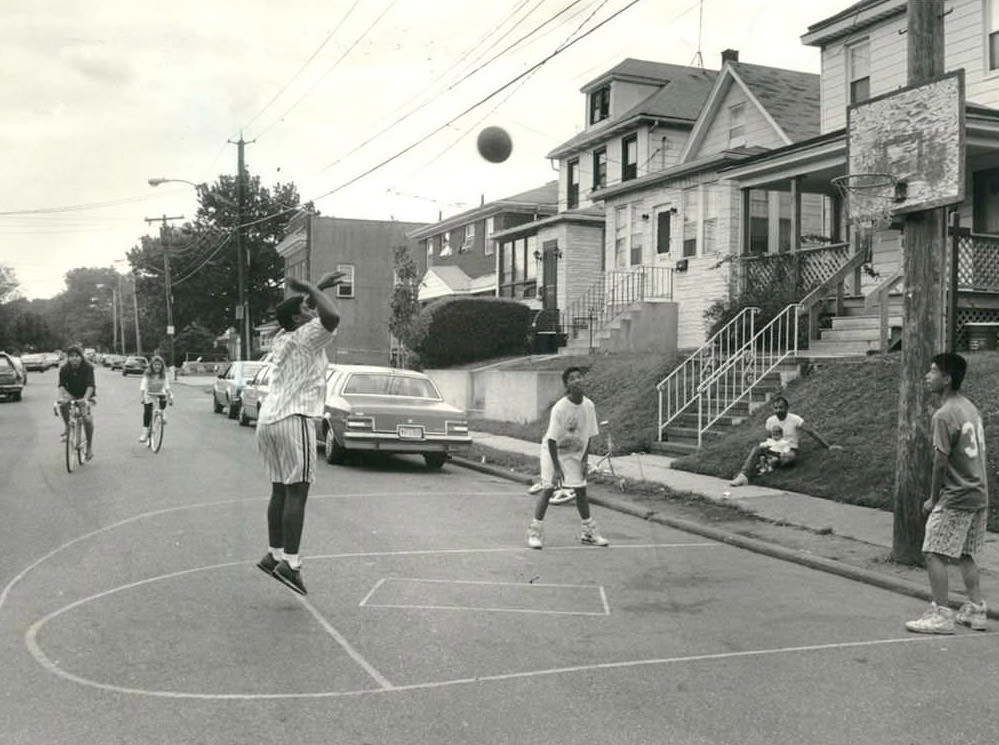
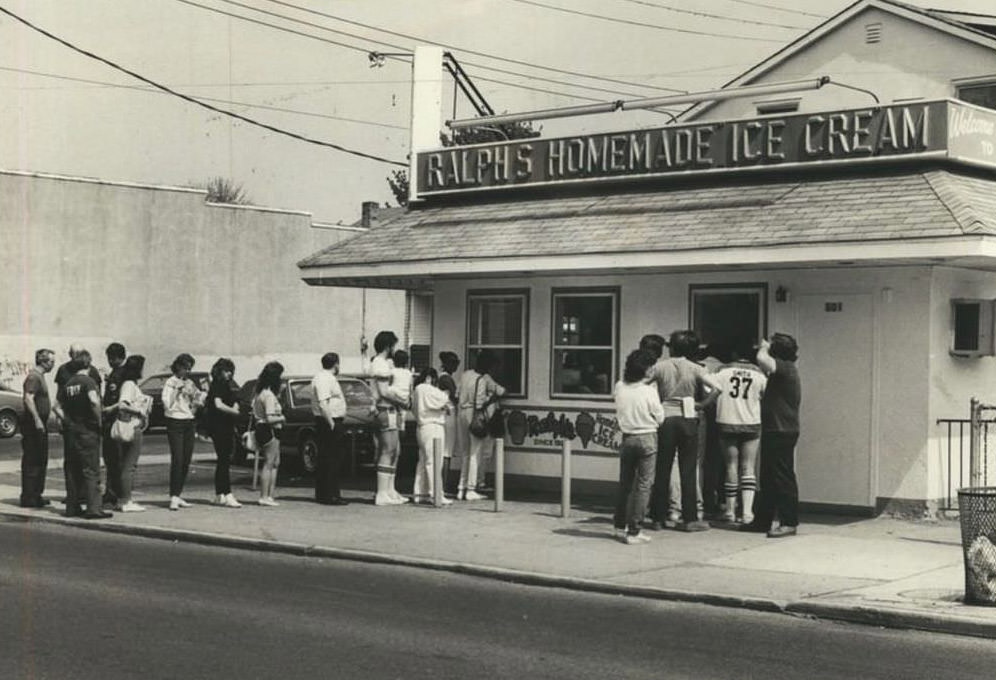
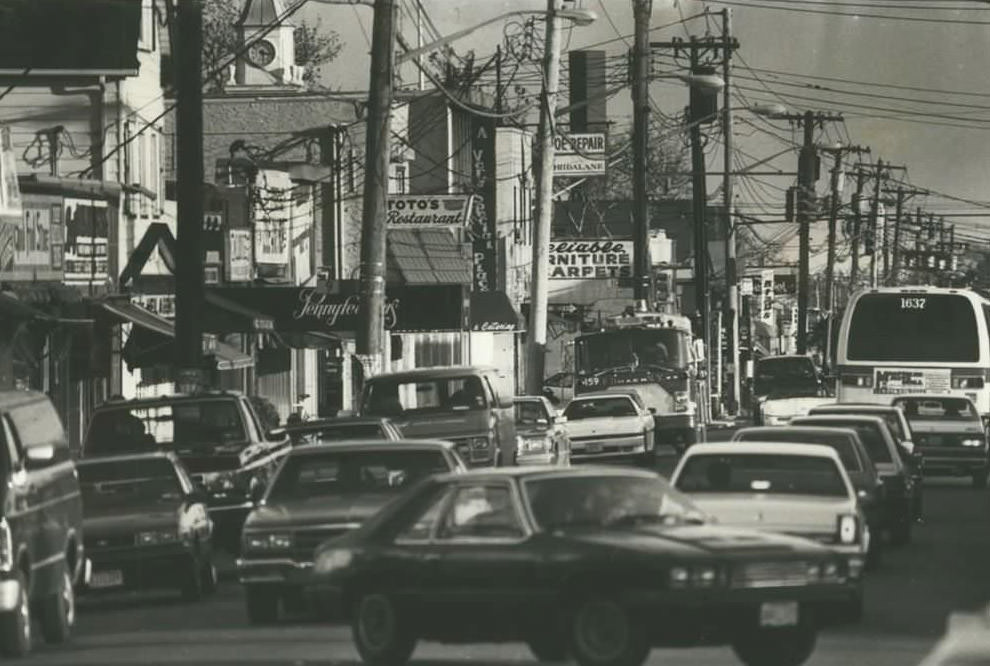
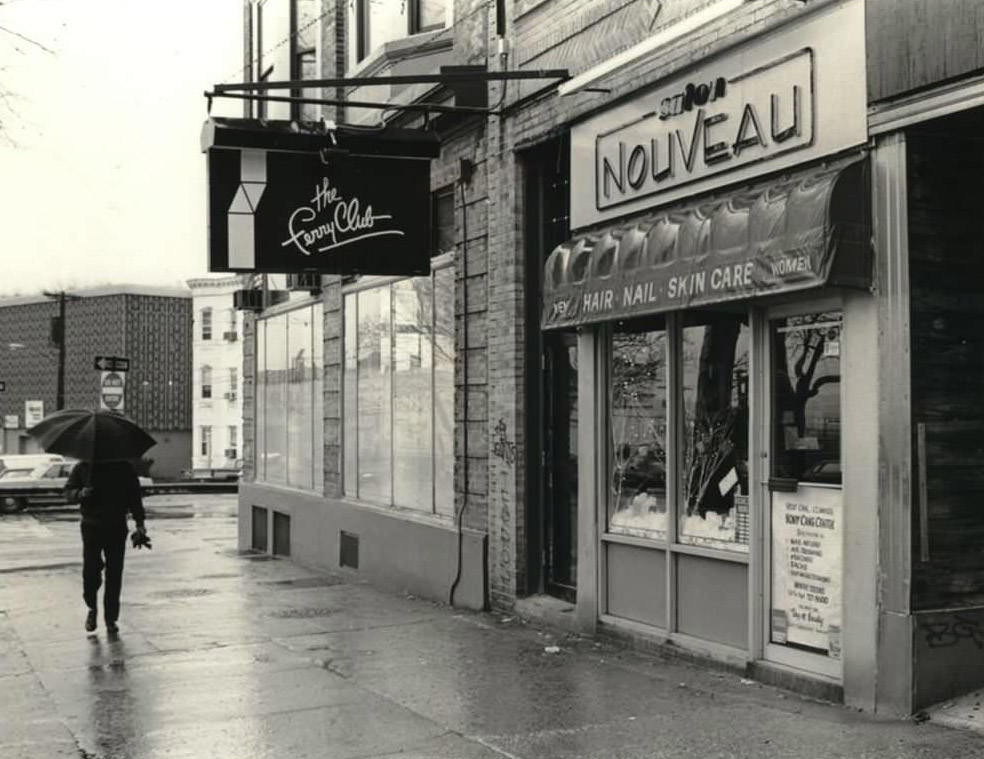
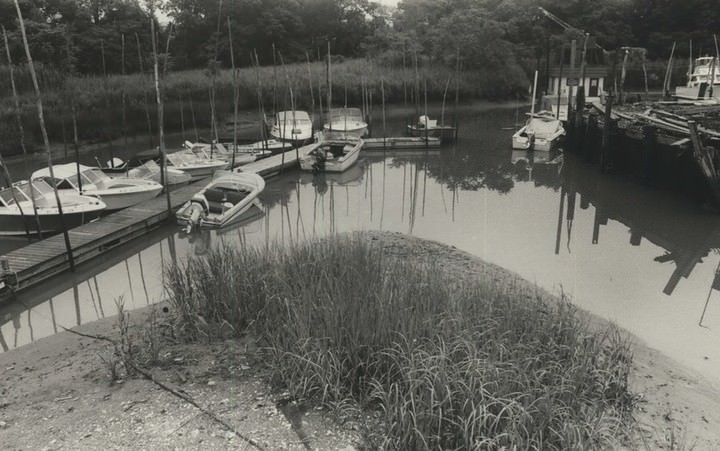
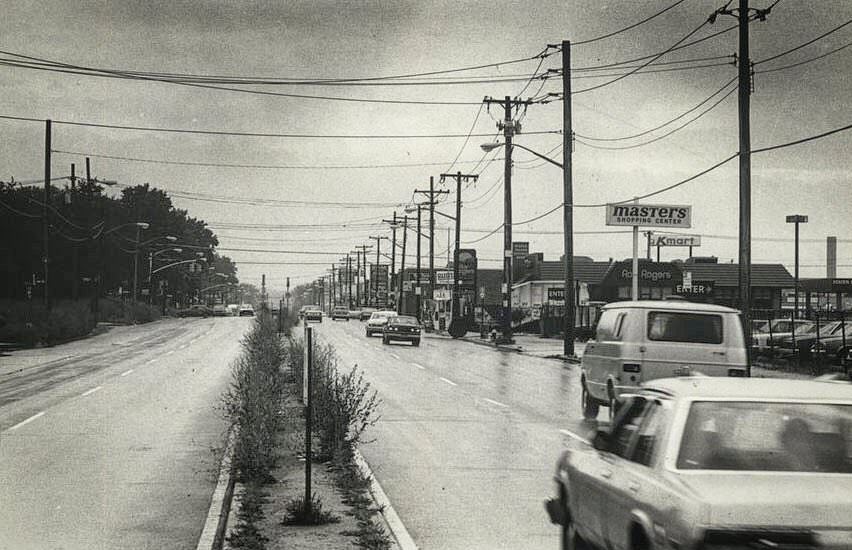
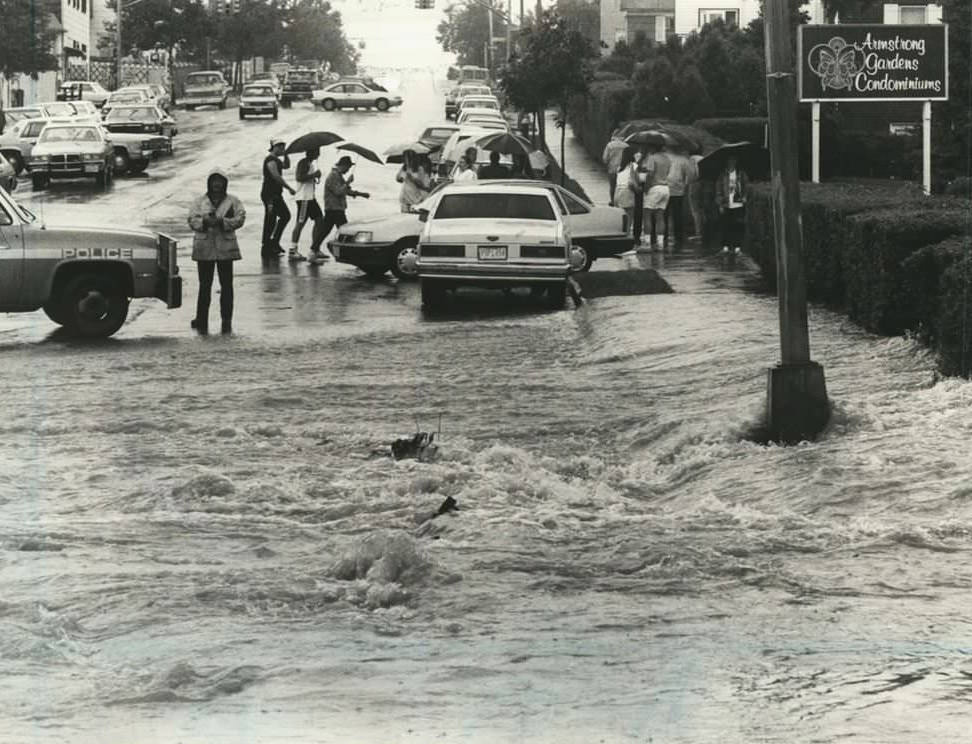
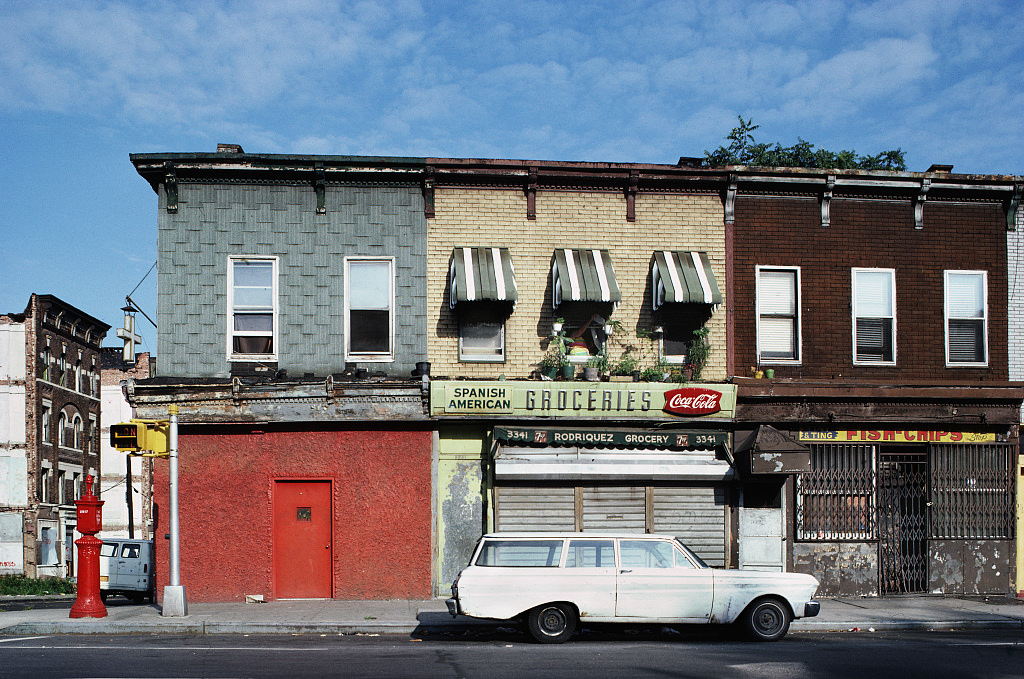

GIPHY App Key not set. Please check settings